Cybersecurity has changed from being a luxury to a necessity. The digital transformation taking place in India means that the landscape of threats is also growing. Regardless of whether you have created a startup, run an IT department, or enjoy building apps.
It is essential to understand web application security. A reputable name in web application security is OWASP. Today’s deep dive is all about OWASP Penetration Testing – understanding it, the importance of it, and how you can use the tools to protect your systems.
What Is OWASP?
OWASP is an acronym for the Open Web Application Security Project, which is a global nonprofit community dedicated to improving software security. OWASP provides open-source software tools, documents, and best practices to help developers and security professionals identify and address security vulnerabilities in applications.
The most popular OWASP project is the OWASP Top 10, which is a list of the ten most critical web application security risks. However, this is just the start. OWASP provides extensive resources like the Web Security Testing Guide (WSTG) and its penetration testing methodologies.
What Is Penetration Testing (Pen Testing)?
Penetration testing can be compared to hiring ethical hackers to test if they can break into your systems before the bad guys do. In the simplest terms, penetration testing is a simulated cyberattack on your application or network in order to find security gaps and weaknesses now, before anyone else does as well.
In the context of OWASP, penetration testing is done in a structured way and according to a standard framework and best practices, which enables coverage of the most likely and most impactful attack vectors.
Why Use OWASP for Penetration Testing?
In penetration testing, selecting the right framework can be a game-changer. The OWASP community model is globally accepted, allowing for consistency with community review and framework implementation. Best of all, for organisations in India wanting to conduct checks on their application security using reputable frameworks with open source methods, OWASP can be of benefit. Here’s what stands out with OWASP.
Here’s why:
- Globally Standardised & Accepted: Community-reviewed methods are known to the industry and used by many organisations worldwide.
- Open Source: All tools and documents used with OWASP do not cost anything or come with any licensing agreement — they are open source.
- Timely Updates: The OWASP team publishes its references on current threats and industry trends.
- Wide Test Coverage: The OWASP Testing Guide covers testing in tremendous depth, not just testing for known vulnerabilities, but methods covering business logic, identity management, and unique testing surfaces.
Choose Qualysec for OWASP-Based Security Testing – Trusted by Top Indian Brands.
Latest Penetration Testing Report
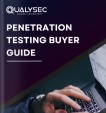
OWASP Penetration Testing Framework: What It Includes
The OWASP Penetration Testing Framework is modelled after the Web Security Testing Guide (WSTG). The WSTG outlines the testing process in stages, which helps security professionals and ethical hackers have a roadmap to follow.
Here’s what it includes:
1. Valuable Information Gathering
Before beginning a test, it is important to gather information about the target system before attempting any testing.
- Fingerprinting web servers and technologies
- Web service entry point identification
- Application mapping
2. Configuration and Deployment Management Testing
This involves identifying any misconfigured services, ports that are open but not needed, or software that is outdated and exploitable.
- Checking for default credentials
- Version disclosure possibilities
- Error handling exploits
3. Identity Management Testing
Tests how well the application manages user identities and sessions.
- User registration and authentication issues
- Password reset functionality
- Session fixation problems
4. Authentication Testing
Tests how well the application handles the logon functions.
- Brute-force protections
- Multi-factor authentication
- Credential storage
3. Identity Management Testing
Tests how well the application manages user identities and sessions.
- User registration and authentication issues
- Password reset functionality
- Session fixation problems
4. Authentication Testing
Tests how well the application handles the logon functions.
- Brute-force protections
- Multi-factor authentication
- Credential storage
5. Authorisation Testing
This step ensures that users can only access what they are supposed to.
- Insecure direct object references (IDOR)
- Privilege escalation
6. Session Management Testing
This is an examination of session tokens, how they’re being issued, stored, and expired.
- Secure cookie attributes
- Session timeout configurations
- Token predictability
7. Input Validation Testing
Describes how the application handles user input and safeguards against attacks through:
- SQL Injection
- Cross-Site Scripting (XSS)
- Command Injection
8. Error Handling
Misconfigured error messages can potentially expose system internals. The OWASP test will check for the inappropriate leak of this sensitive information.
9. Functional testing
Functional testing is often underestimated, yet it is extremely important. It checks to see if malicious actors can leverage an application’s business logic.
- Place an order with a negative price
- Bypass payment steps
10. Client-side testing
- DOM-based XSS
- JavaScript security
- HTML5-specific issues
OWASP Top 10 and Penetration Testing
The OWASP Top 10 is a must-know list for penetration testers. The current Top 10 includes risks like:
- Broken Access Control
- Cryptographic Failures
- Injection
- Insecure Design
- Security Misconfiguration
- Vulnerable and Outdated Components
- Identification and Authentication Failures
- Software and Data Integrity Failures
- Security Logging and Monitoring Failures
- Server-Side Request Forgery (SSRF)
During penetration testing, aligning your tests with the OWASP Top 10 ensures you’re covering the most critical issues first.
Who Should Do OWASP Penetration Testing?
This type of testing is ideal for:
- Startups launching new applications
- Enterprises managing legacy or large-scale systems
- Government organizations needing compliance
- Fintech & Healthcare companies where data protection is critical
Even if you’re a freelance developer or run a small business, periodic pen testing using OWASP methods adds a strong layer of defence.
Benefits of OWASP Penetration Testing
Let’s quickly sum up the major benefits:
- Detect vulnerabilities early
- Improve app security posture
- Protect customer data
- Comply with regulations (like PCI-DSS, ISO 27001)
- Build customer trust
Challenges You Might Face
While OWASP Pen Testing is solid, it’s not plug-and-play. Here are a few things to watch out for:
- Requires skilled testers
- Takes time to cover thoroughly
- Tools need frequent updating
- Must be customised to your app, not just a checklist
But once you build the right workflow, the return on security is well worth the investment.
Why Indian Companies Choose Qualysec Over Freelance Ethical Hackers
Cybersecurity is something that is not a choice anymore; it’s a necessity in today’s digital age. Regardless of whether you are a startup, a fintech company, or an e-commerce brand in India, it’s time to protect your apps and data from cyber threats. Penetration testing is where you want to focus.
Most companies then search for ethical hackers to uncover weaknesses in their systems. However, the big question becomes whether you should go with a freelance hacker or a company like Qualysec?
There is a remarkable number of Indian companies making the choice to work with Qualysec. Here is why.
1. A Team of Experts, Not an Individual
Freelancers tend to work in isolation. The freelancer may have the experience, but the experience is limited by their knowledge and toolset. Qualysec, on the other hand, has its own full-fledged cybersecurity company. It has a team of certified professionals, experts in their fields in web apps, mobile app testing, cloud security, compliance testing, and more.
2. Tested Processes and Tools
Freelancers typically have their own processes and tools, which can vary from freelancer to freelancer. Meaning, if you bring on a freelancer, there will always be the chance of missing vulnerabilities. Qualysec has standardized and widely accepted processes like the OWASP Testing Guide, and Qualysec uses top tools in the industry and performs manual testing as well. Therefore, we can maintain consistency and reliability.
3. Proper Reports and Documentation
One of the common complaints Indian companies have experienced from freelancers is that they receive poor and confusing reports. Qualysec will produce a proper report that is comprehensive and easy to understand, which includes screenshots, the level of severity, and solid recommendations to your development team for remediation. This way, your developers can remediate issues with speed and confidence.
4. Support After Testing
Freelancers typically go radio silent after they have submitted the report, but not at Qualysec. Qualysec provides support after the assessment is finished, including retesting and other consulting. You don’t have to be on your own; there are qualified experts ready to help you after testing has been done.
5. Data Security and Legal Contracts
Freelancers do not always sign legal contracts/NDAs, leaving companies exposed to risk when handling sensitive data. Qualysec signs the appropriate contracts and NDAs to ensure your business data is safe and secure.
Secure Your Business with Qualysec’s Proven Penetration Testing Services.
Final Thought
Cyber threats increase every day; therefore, Indian companies cannot afford to take any shortcuts in the area of security. The OWASP penetration testing has provided a clear path to identify vulnerabilities and fix them before a potential attacker discovers them.
Moreover, there is simply no one better to execute these tests than a trustworthy partner such as Qualysec. It is easy to identify a trusted partner considering their expert teams, established processes and best practices, well-documented procedures, and full support, are all paramount to this security process. After all, testing without precision is not testing at all.
Talk to our Cybersecurity Expert to discuss your specific needs and how we can help your business.
FAQ’s
1. What Is OWASP Penetration Testing?
OWASP penetration testing is a methodical way to discover and remediate security issues within web and mobile applications. There are many scope elements to test, including OWASP pen testing standards, and a scope that could include design issues, input validation, output encoding, authentication issues, and more.
2. What Does OWASP Stand For?
OWASP is an acronym for the Open Web Application Security Project. It’s a global charitable organisation that distributes free tools, guides, templates, and best practices for the improvement of software security.
3. What Is The Timeframe For An OWASP-Based Pentest?
Time Frames vary, but typically, an OWASP-based pentest can take 1-3 weeks. The timeline includes planning, testing, reporting, and, if necessary, retesting after fixes.
4. Why Qualysec Technologies Pentest?
Qualysec Technologies offers expert leadership in an OWASP-based penetration test, with detailed, accurate, and thorough reports and documentation, with post-test follow-up for reliability and protection of your legally protected data. Qualysec Technologies is a trusted source for quality pentesting, with credibility and trusted reliability for Indian companies.





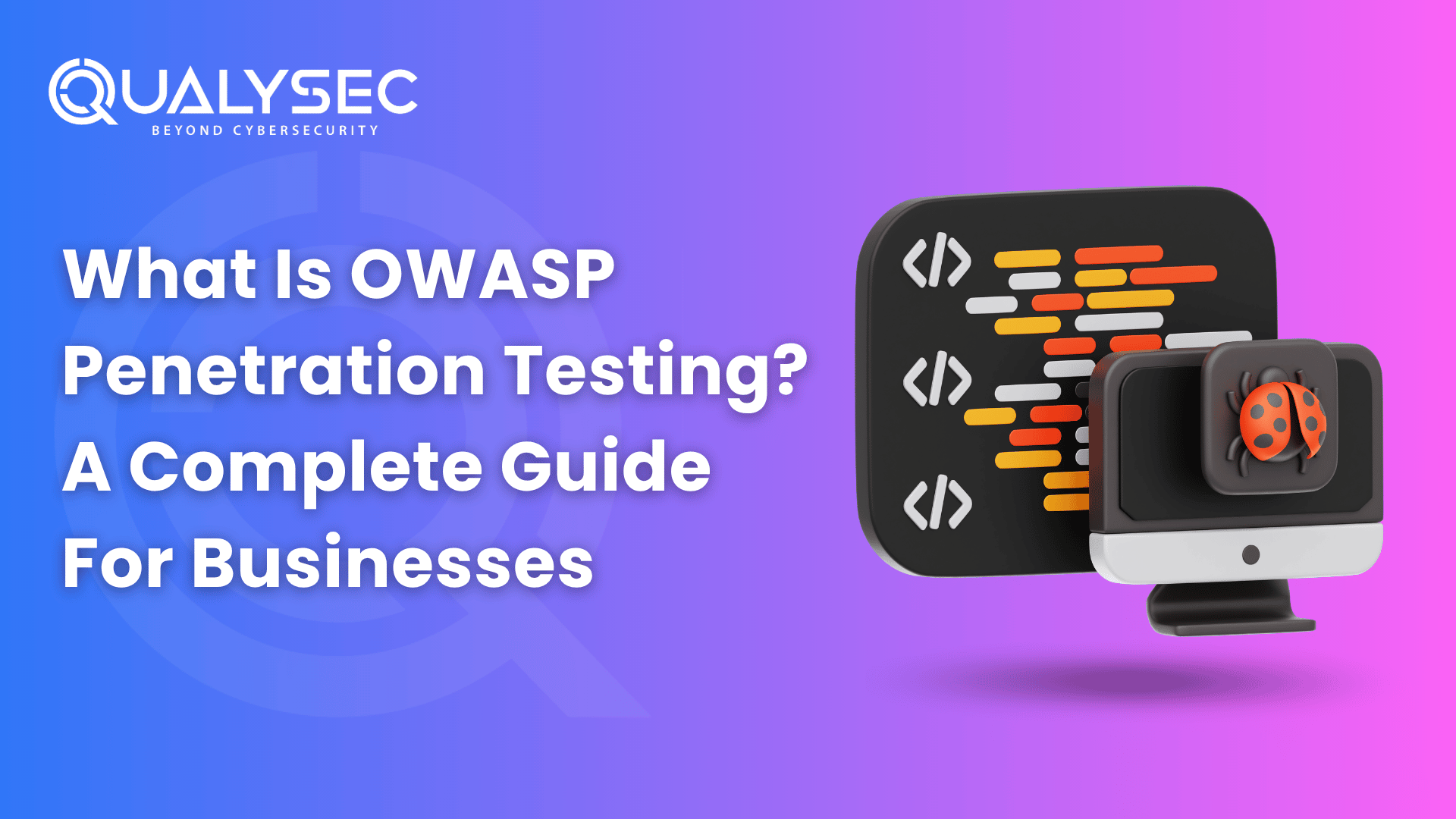




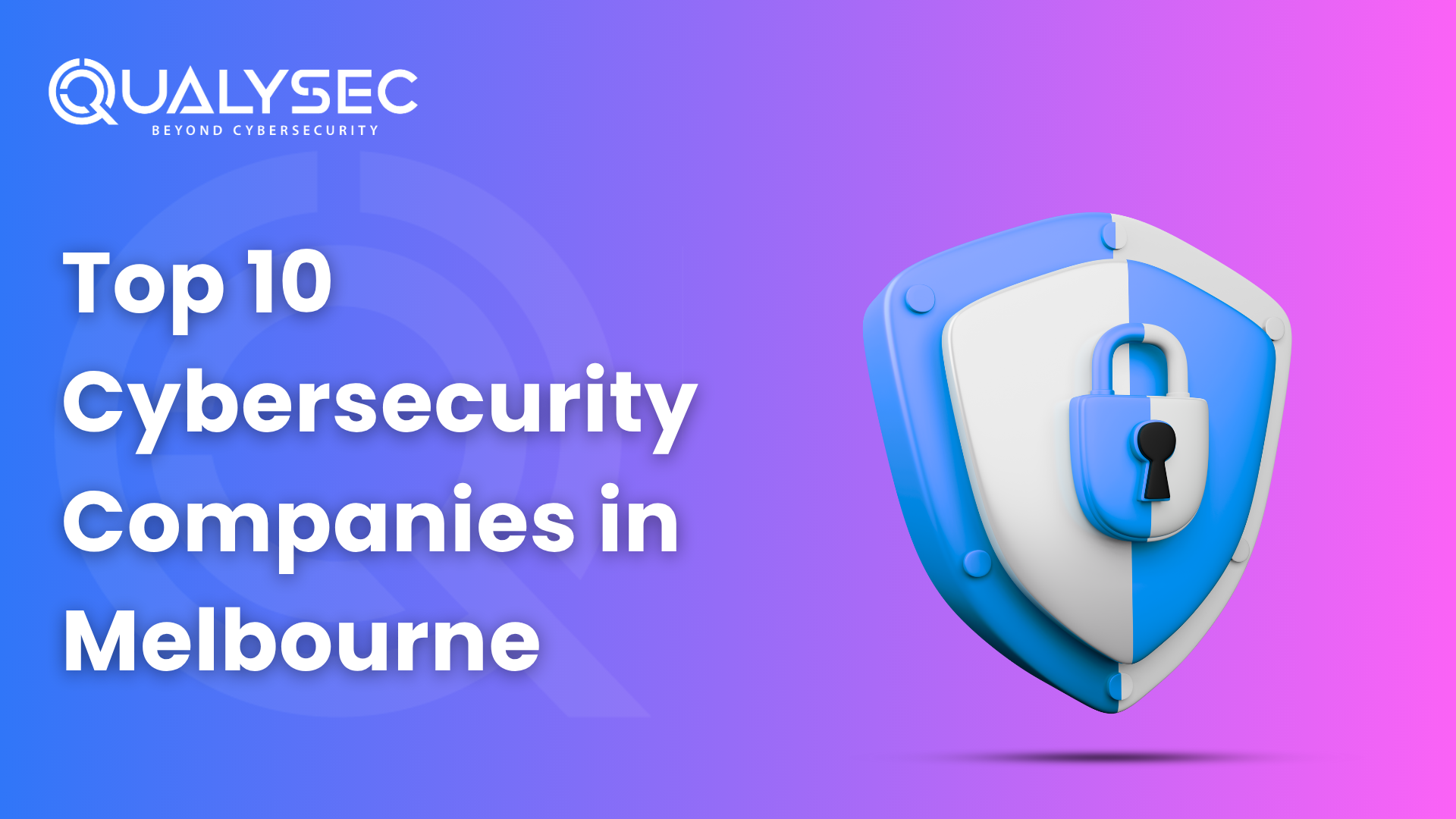
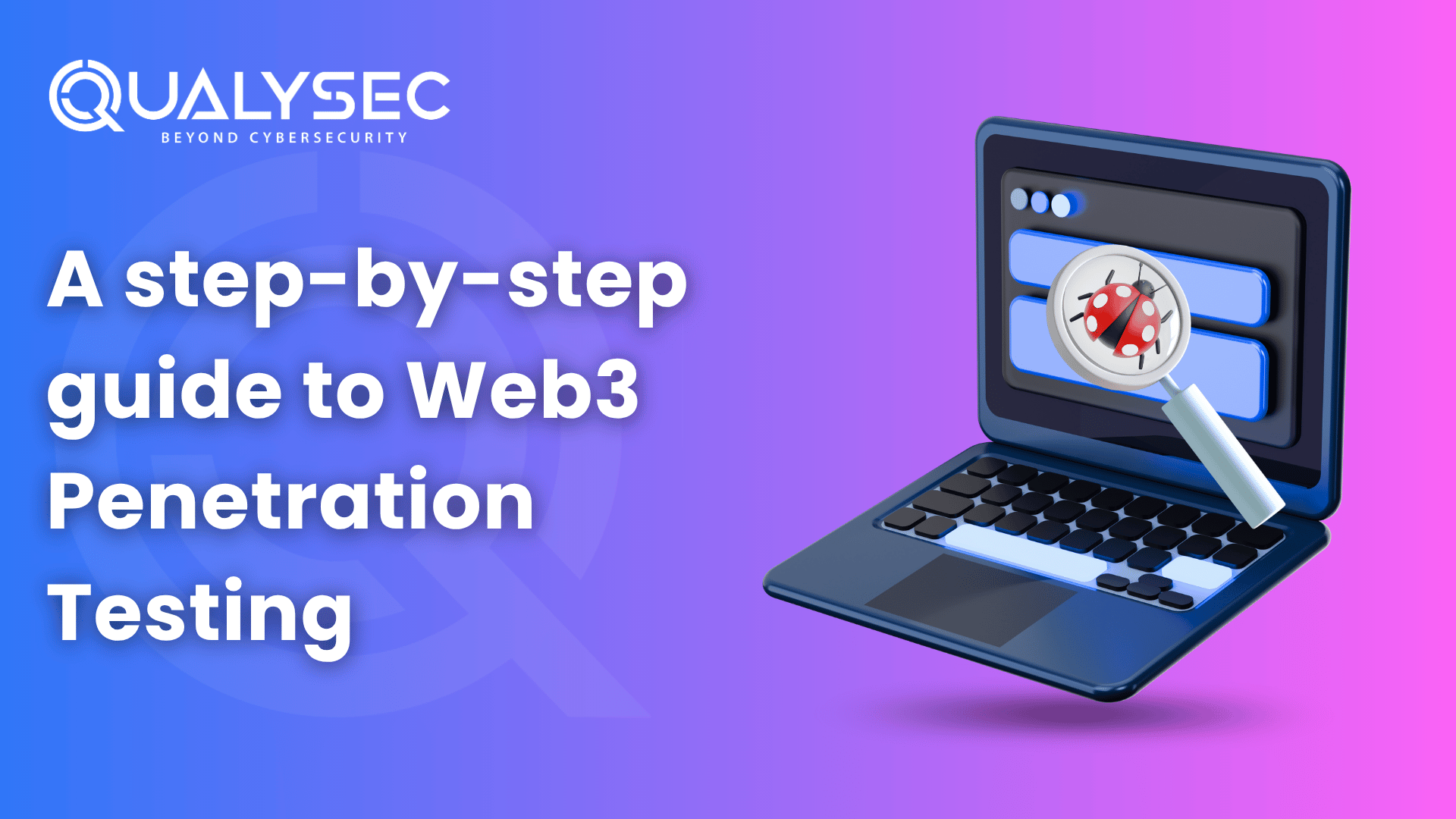
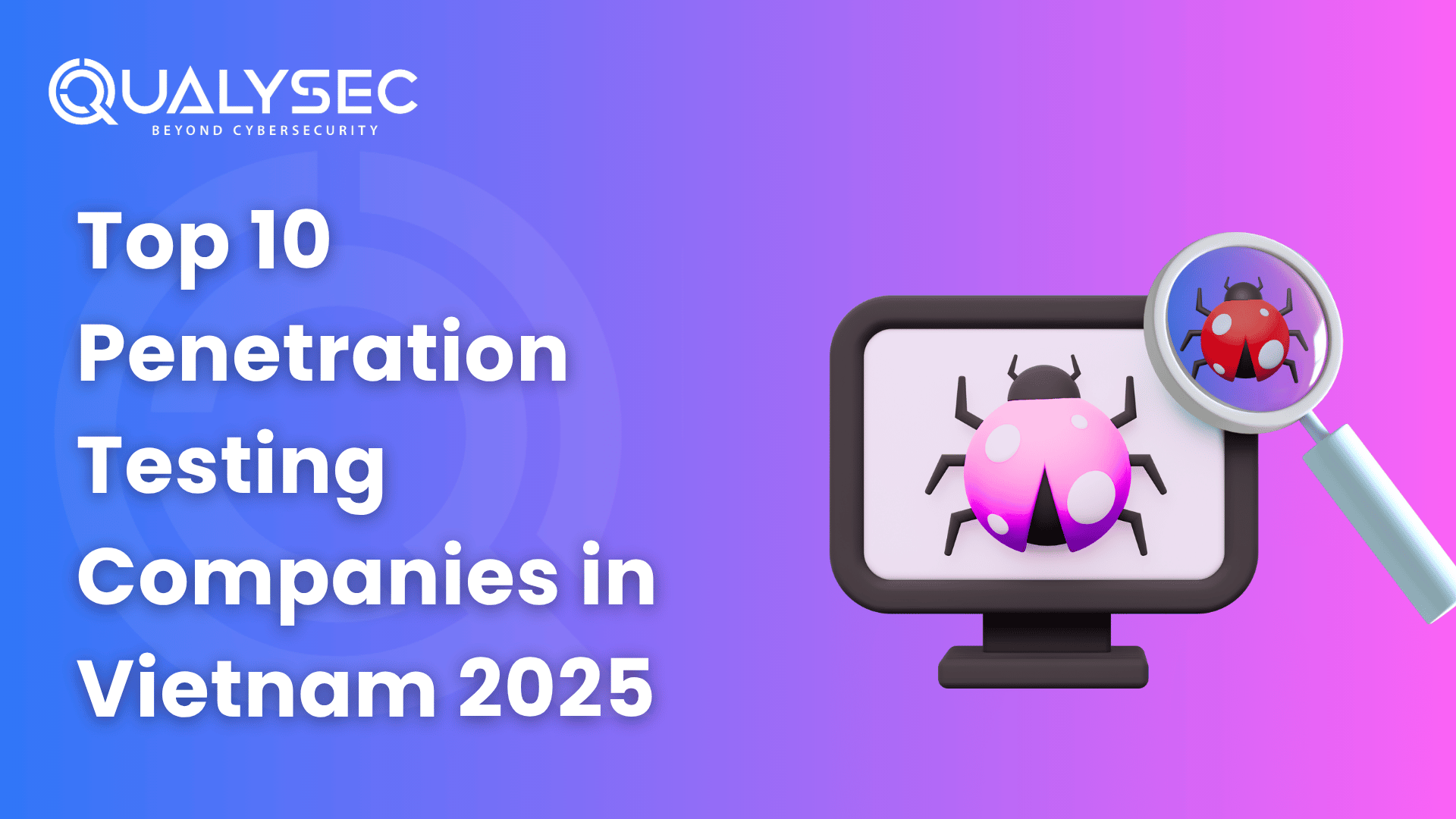
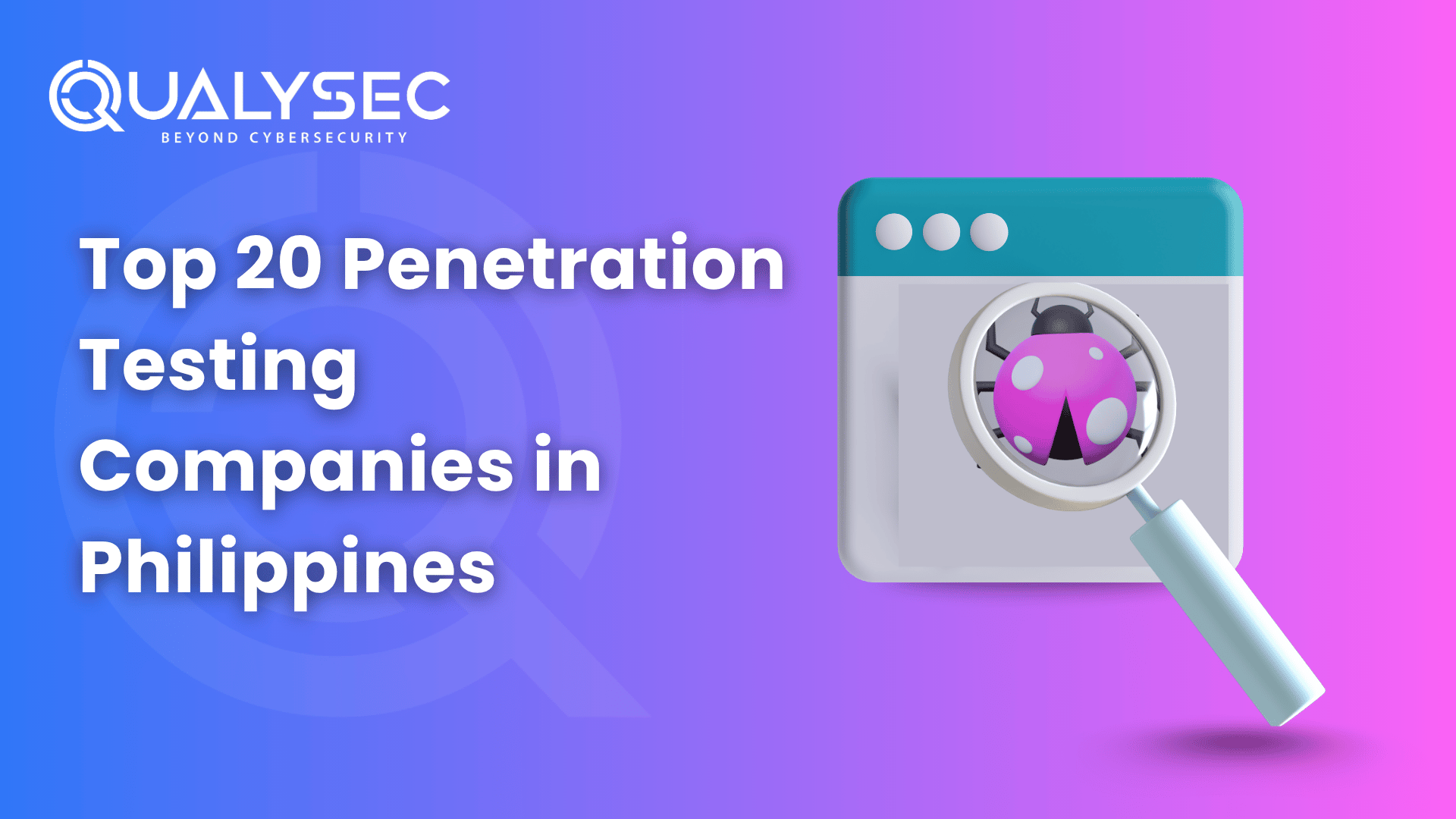
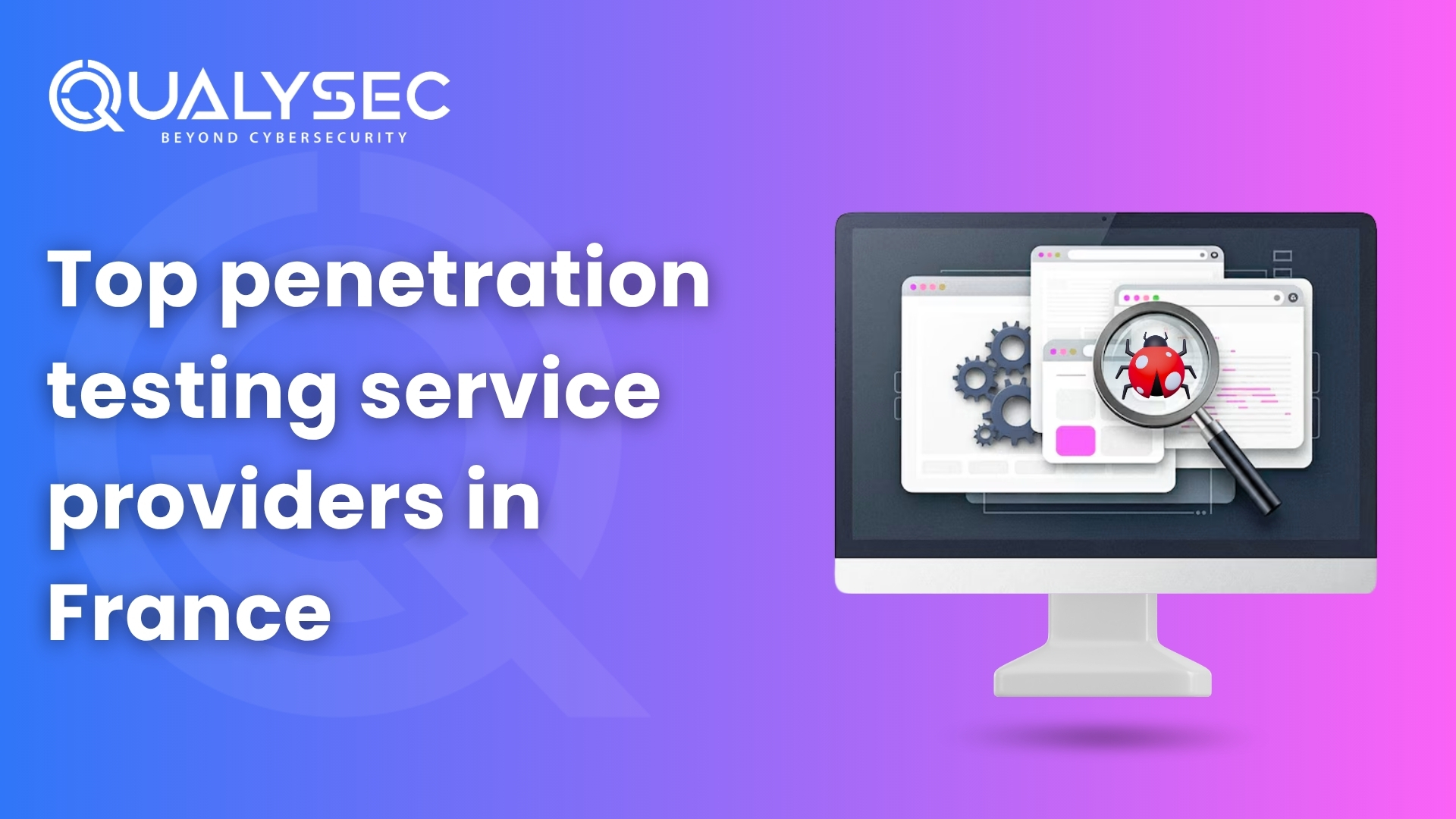
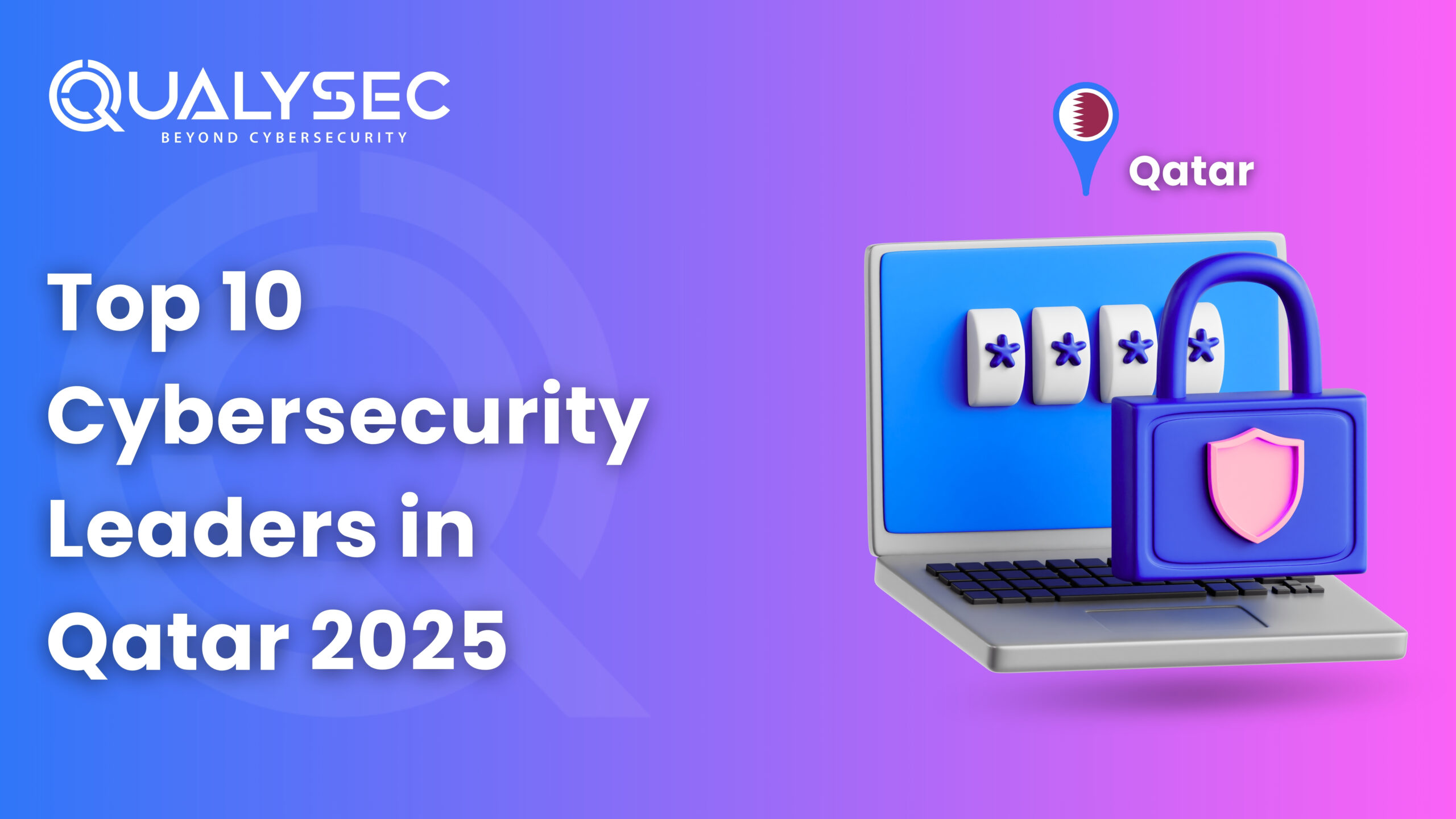
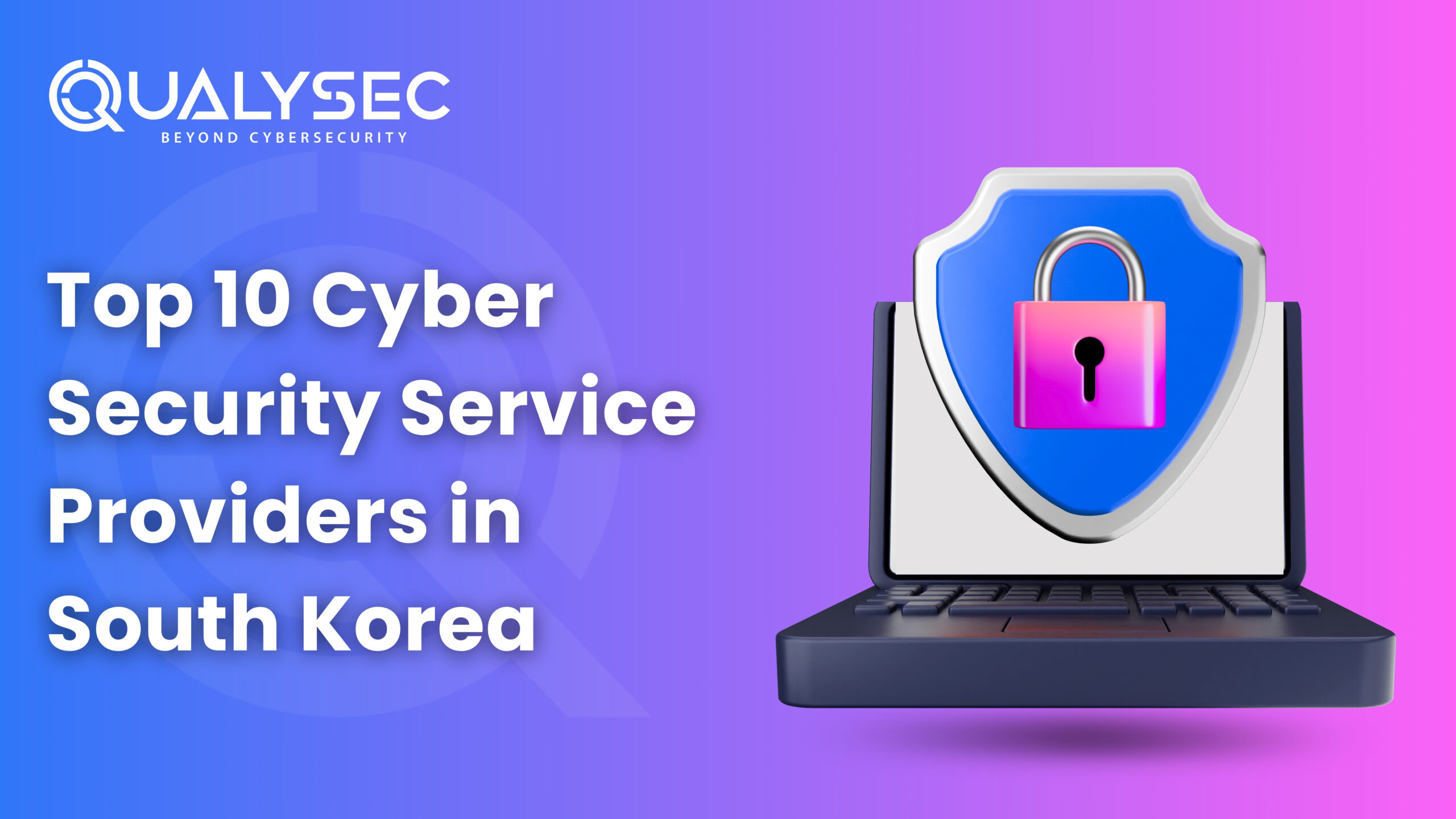

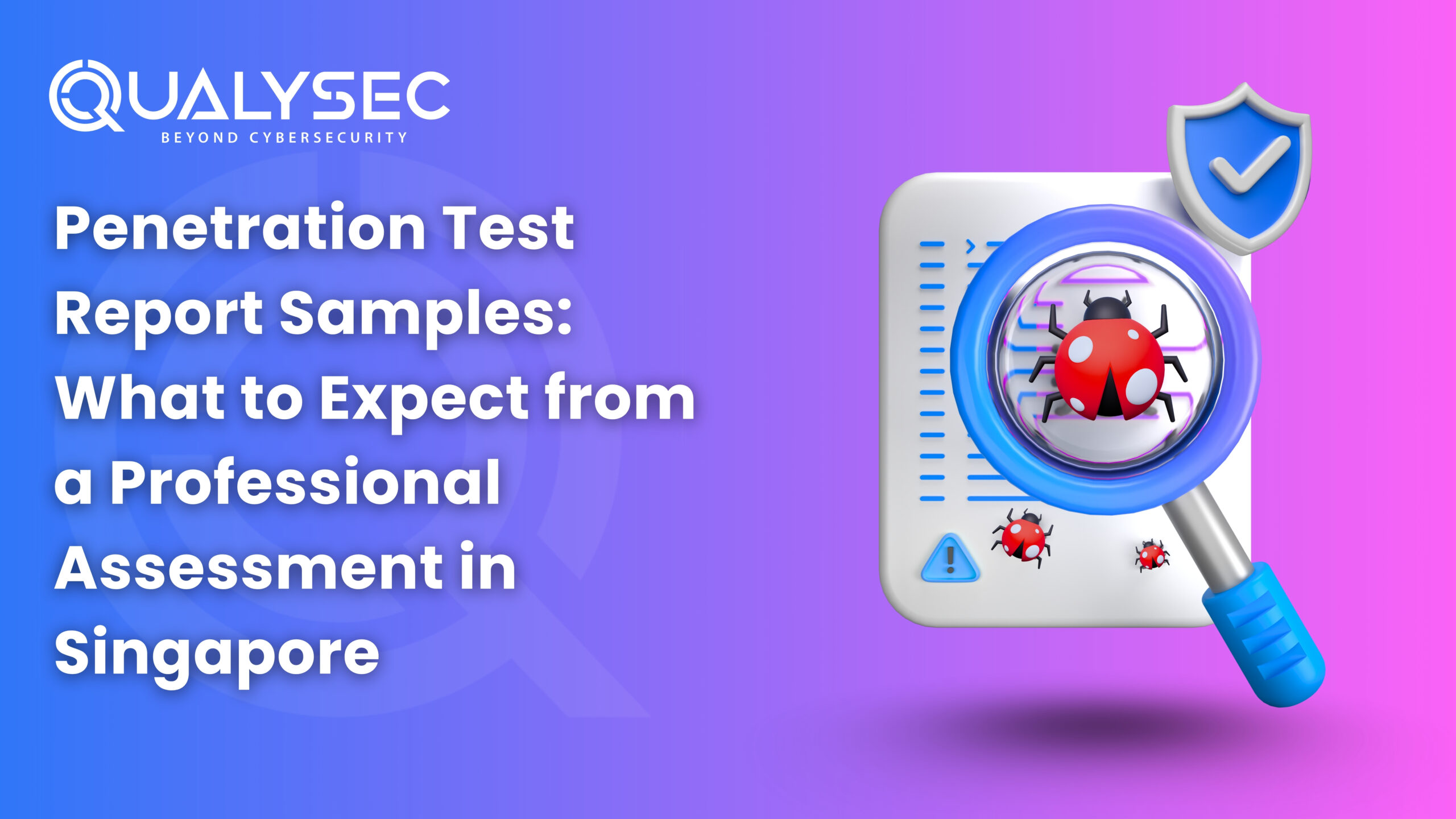
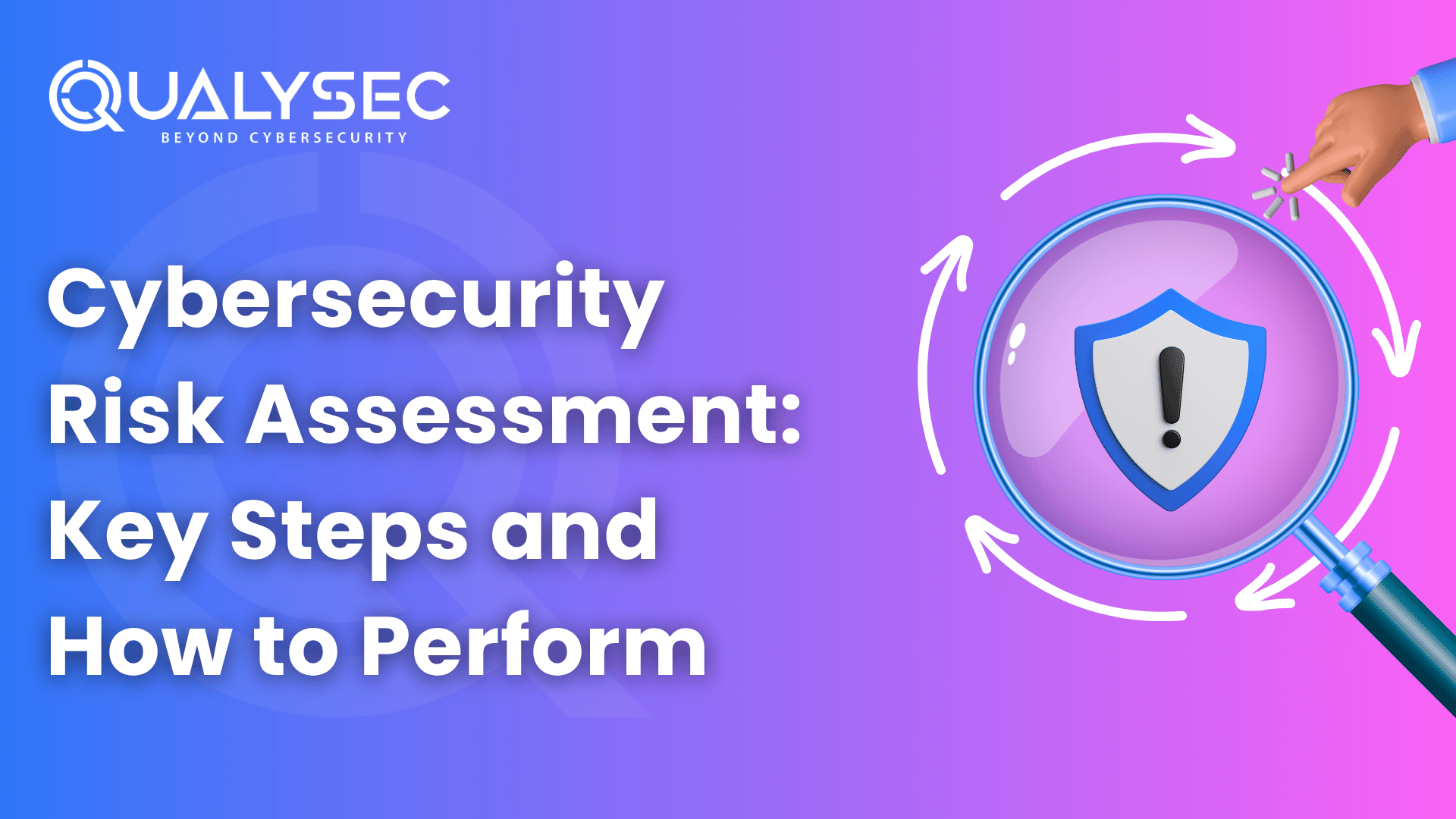
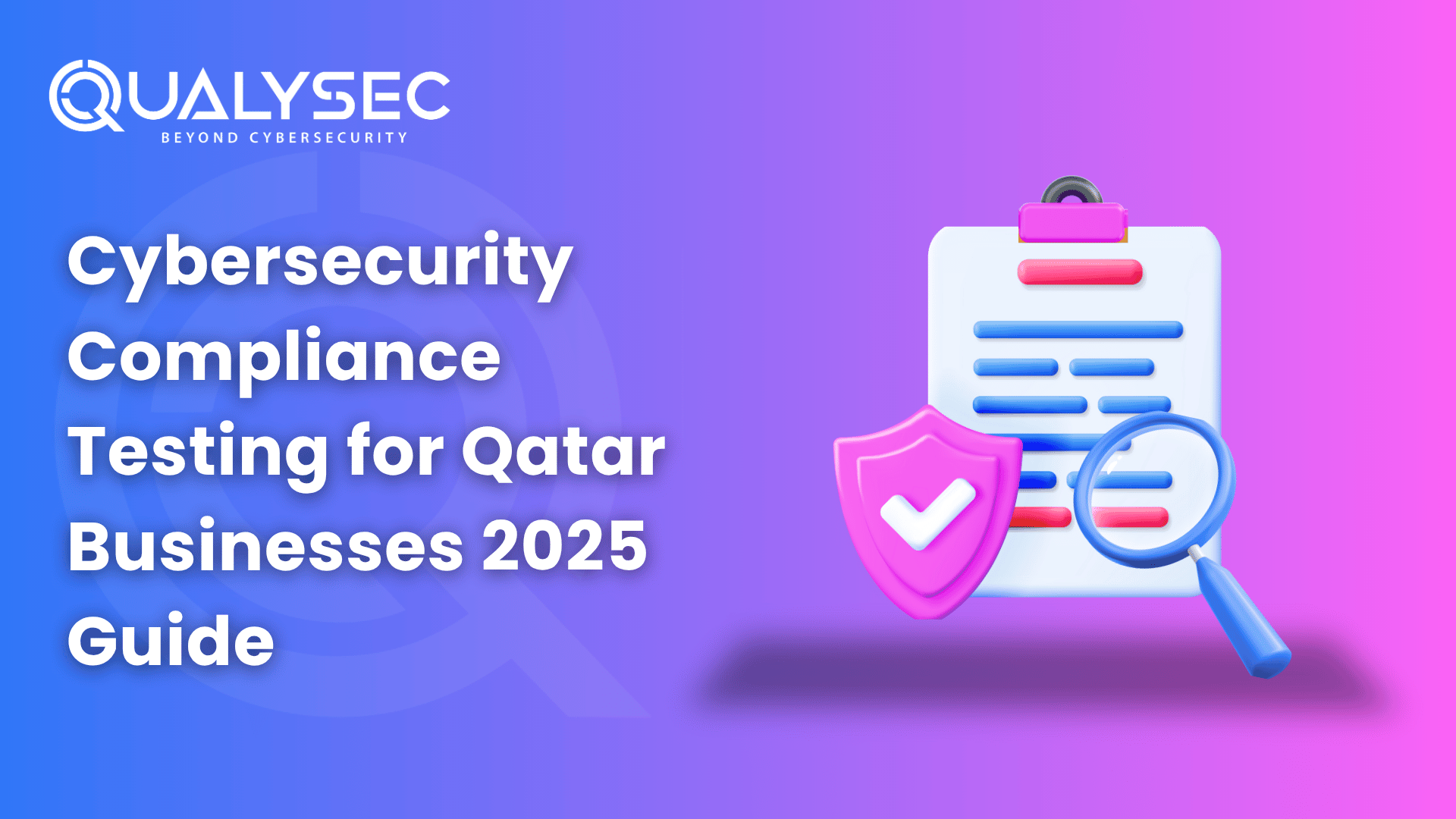
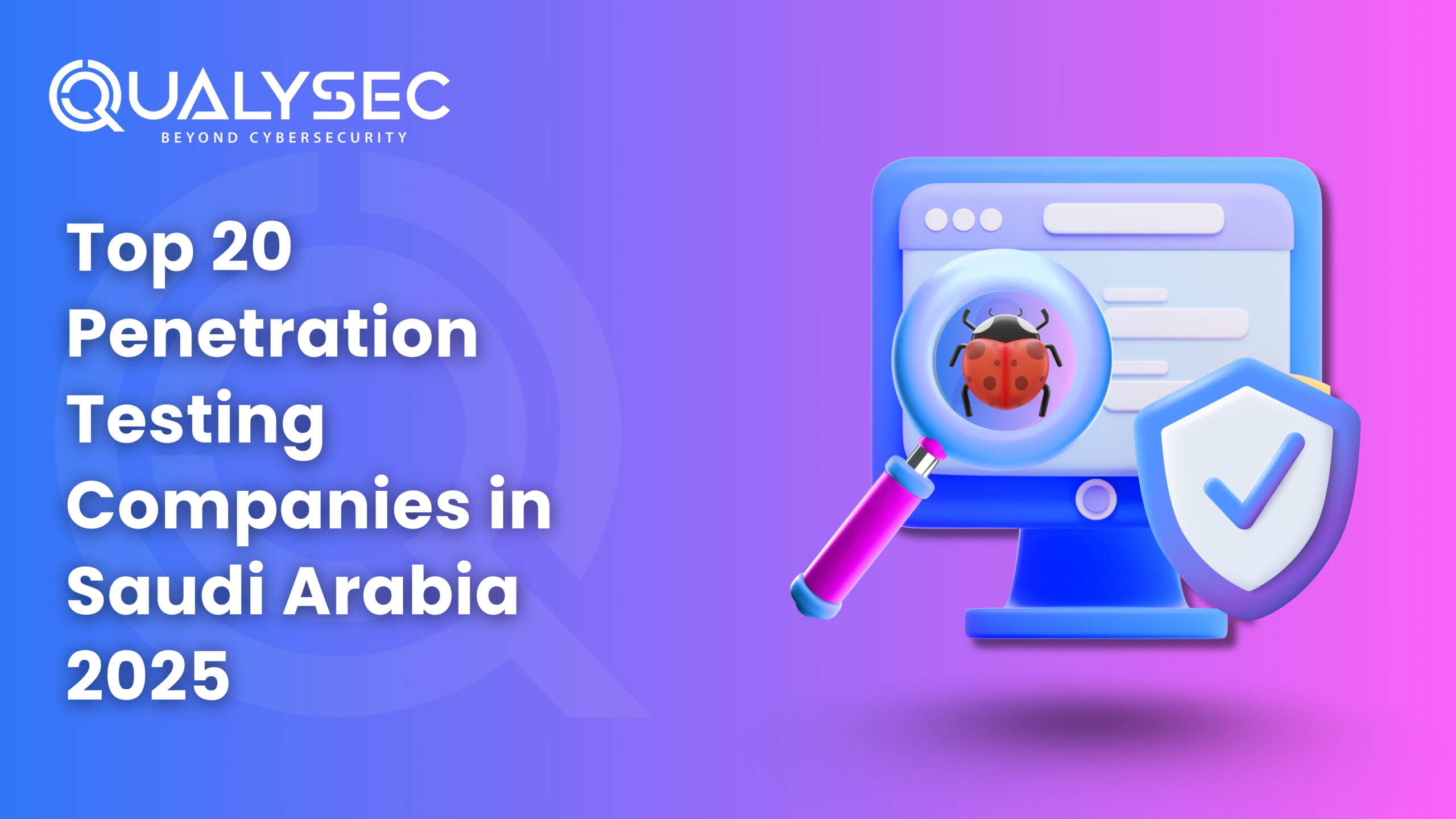

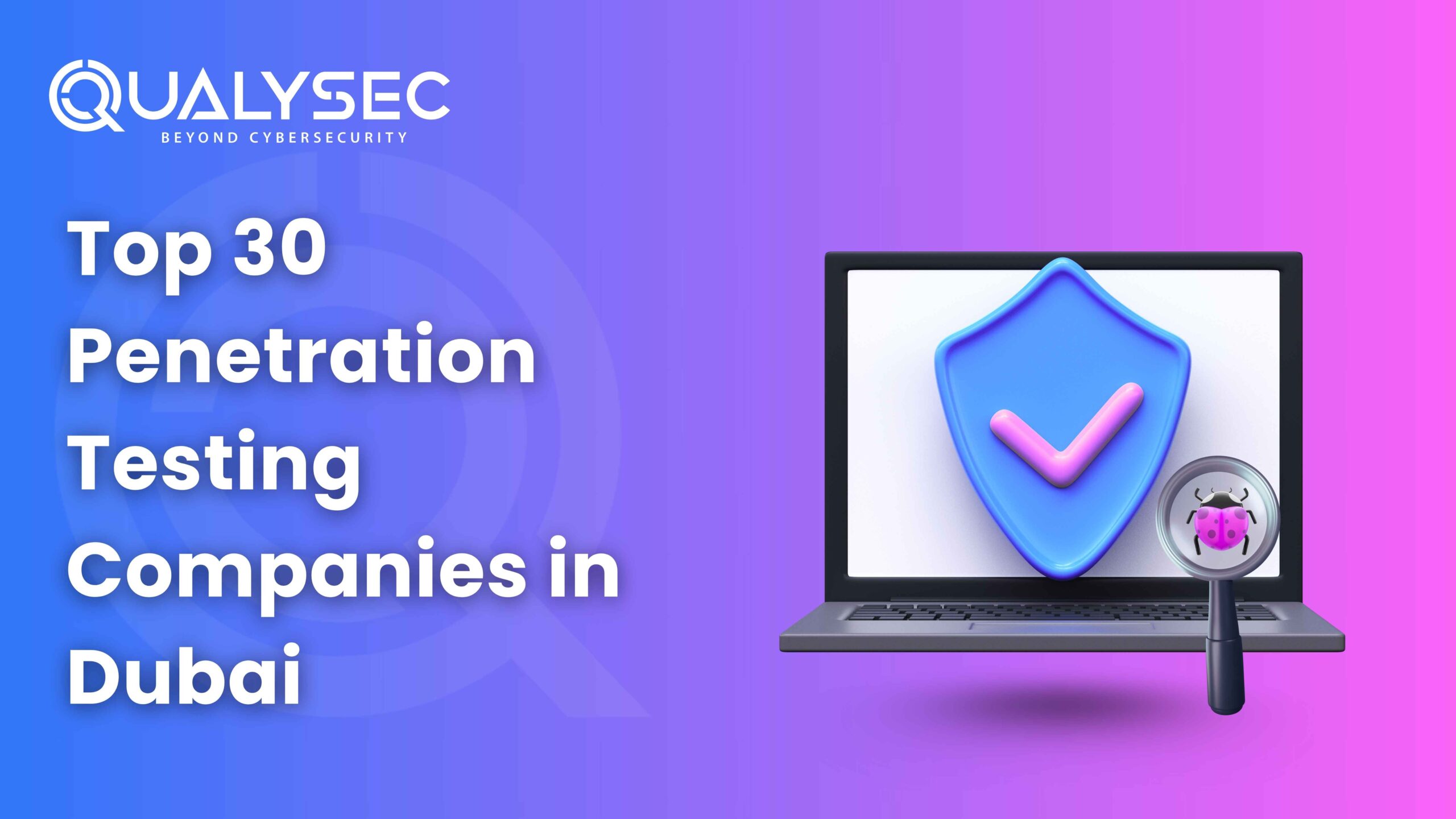

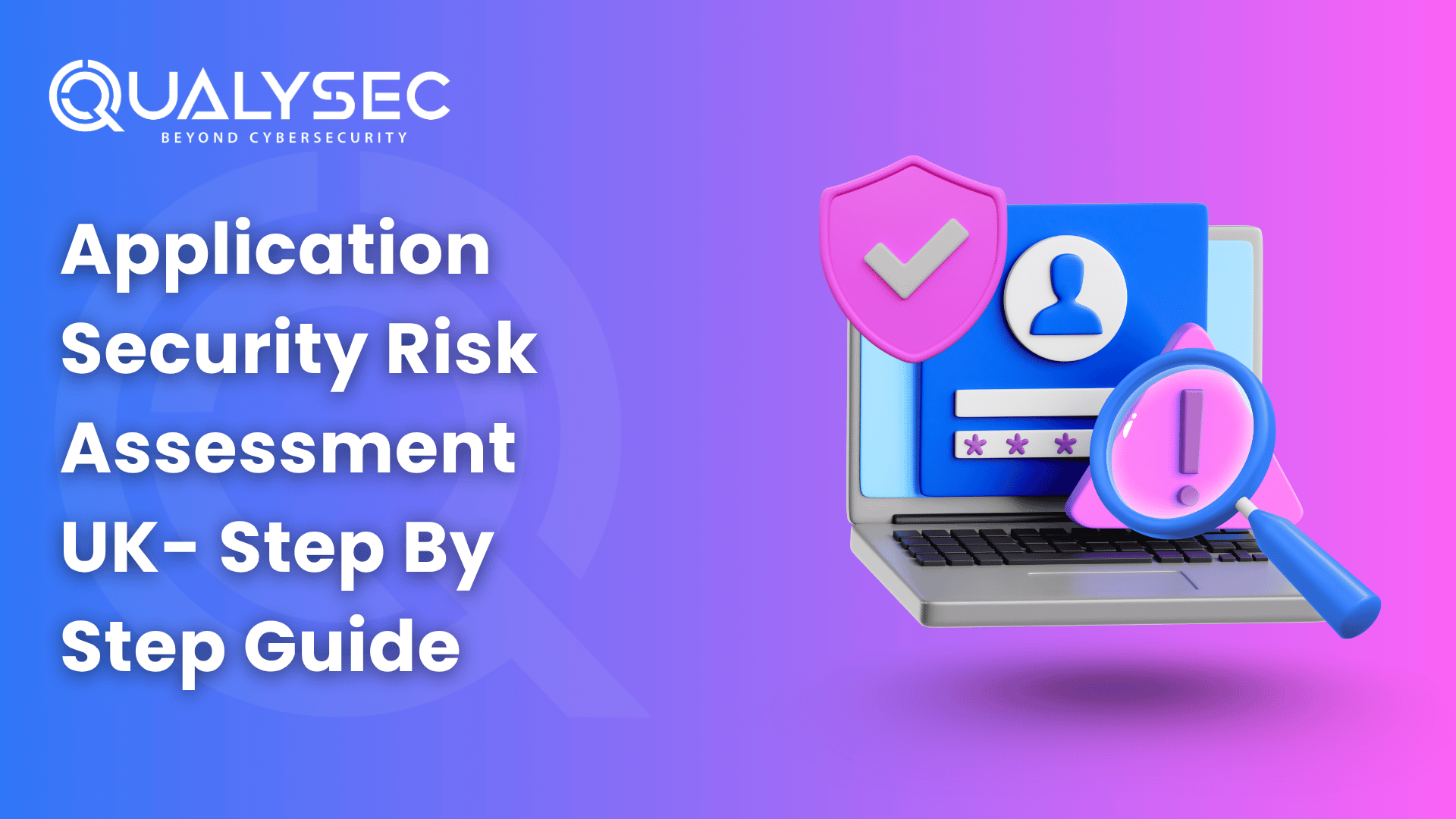
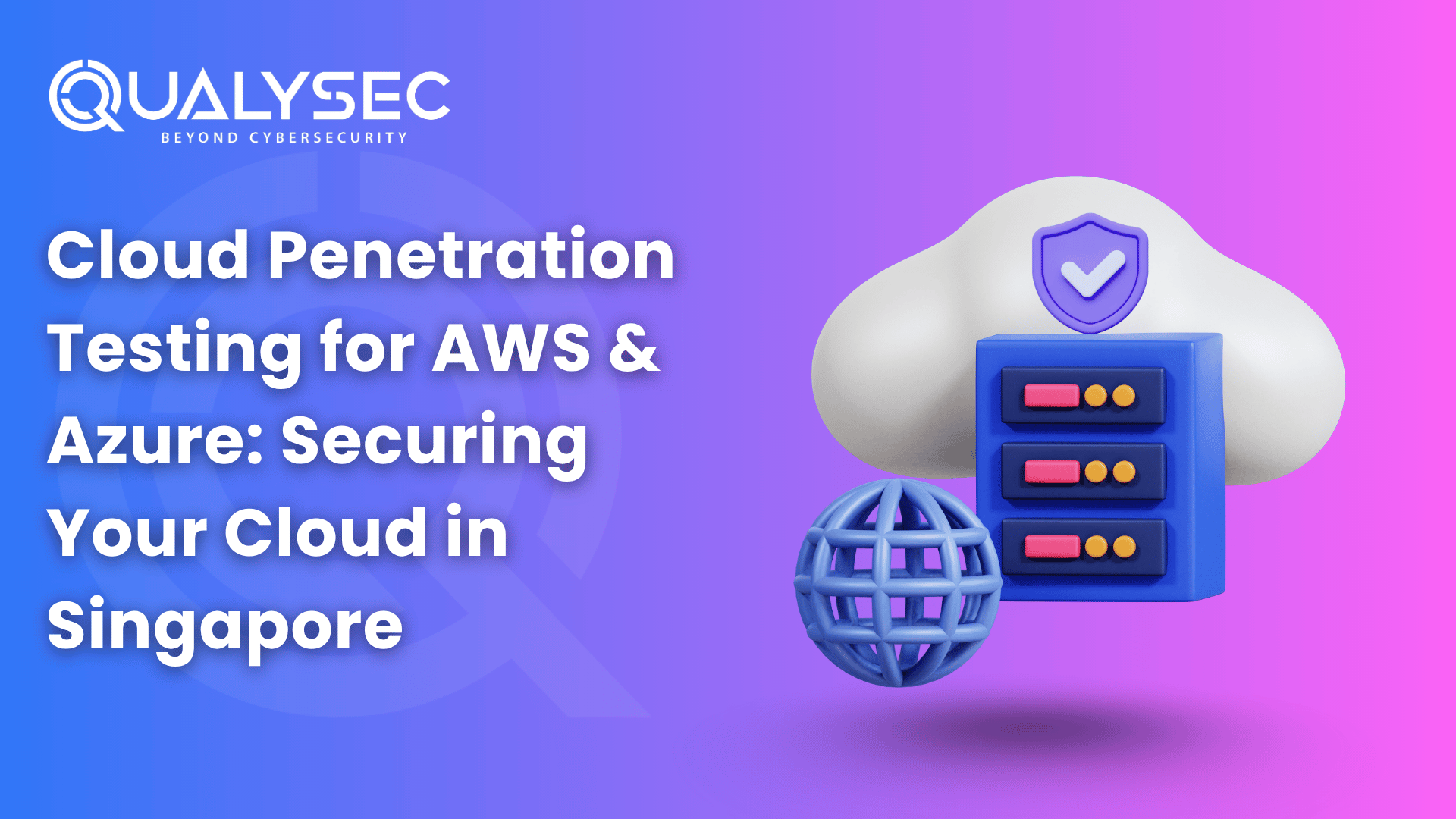

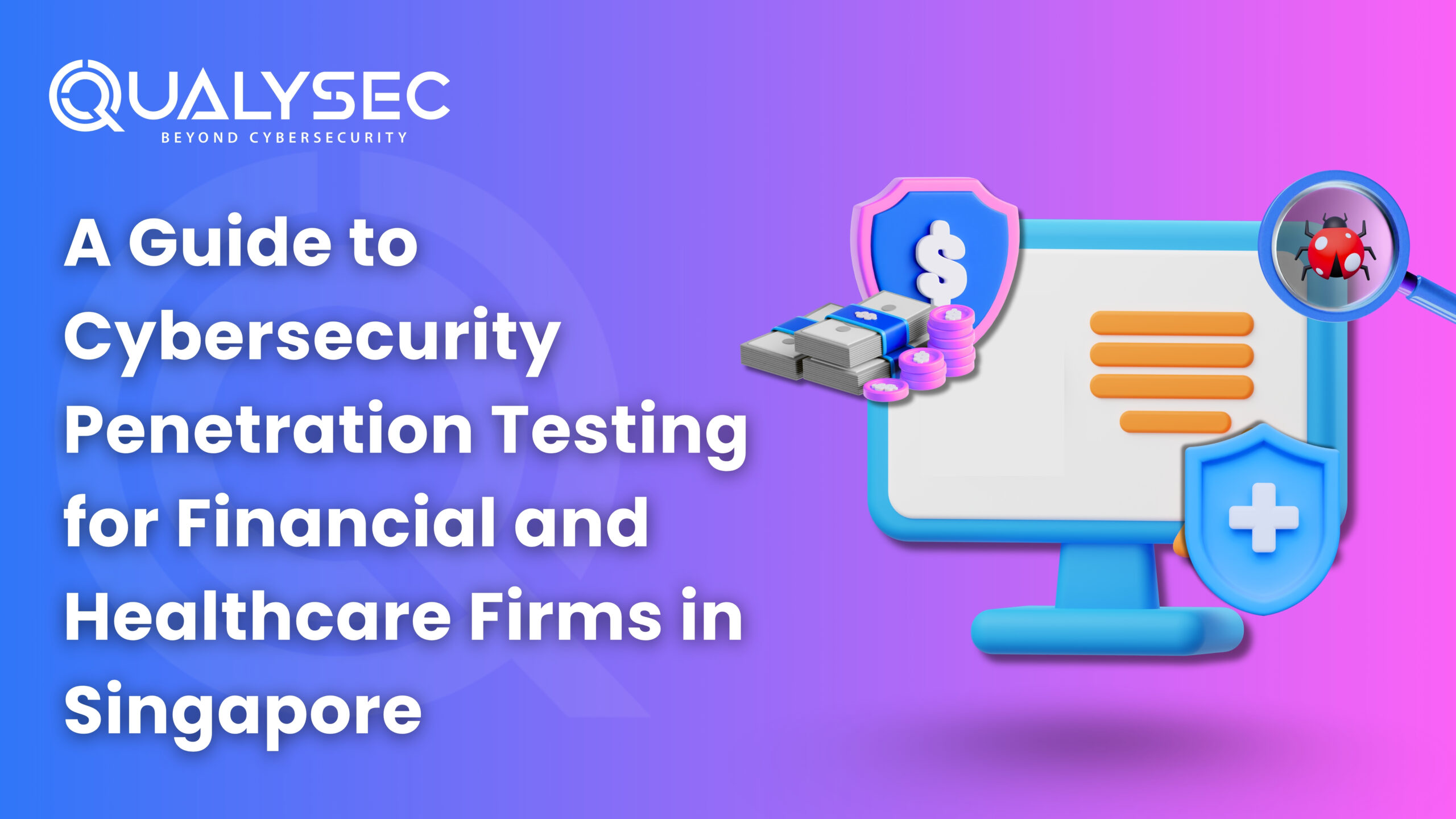

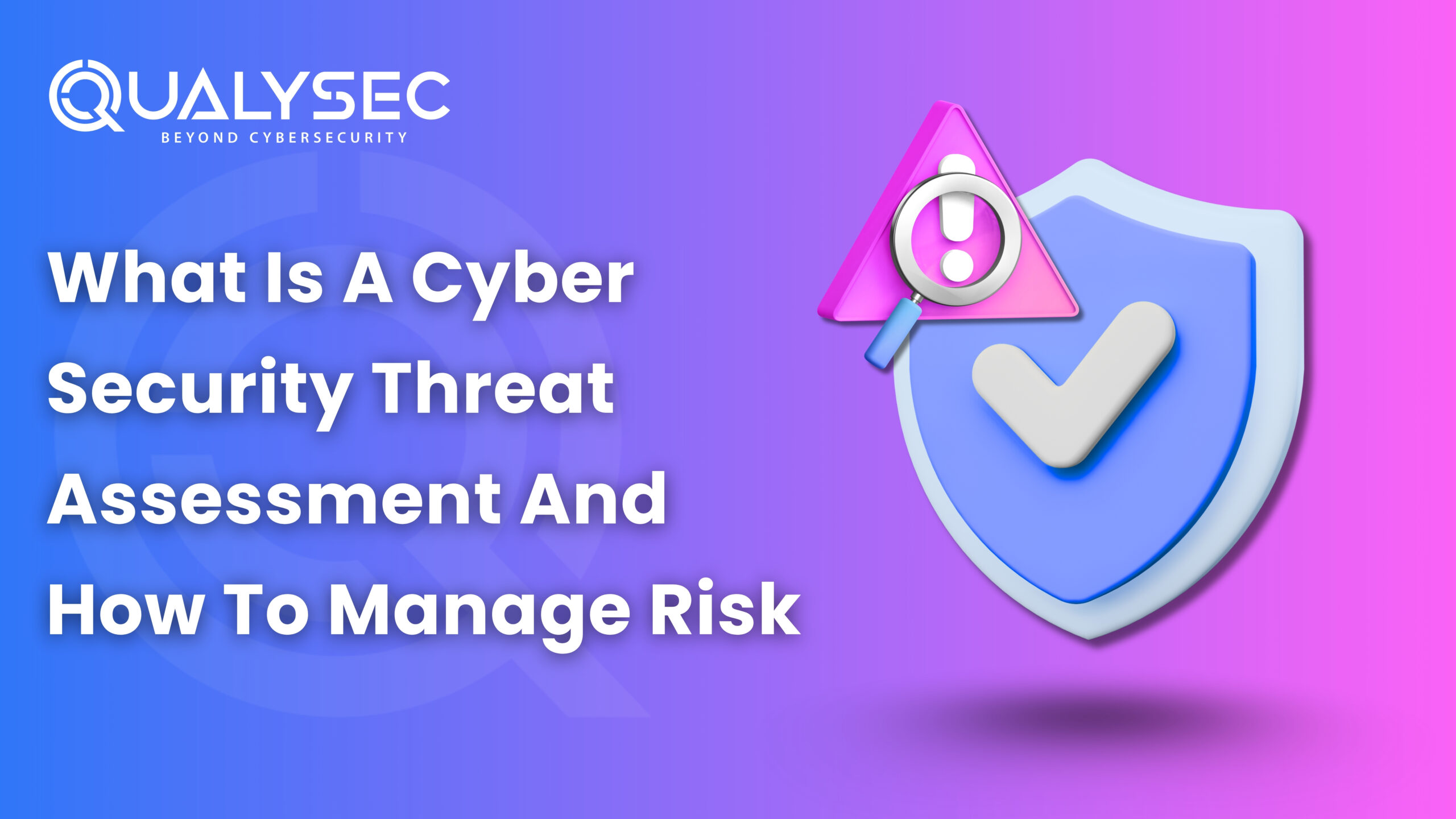





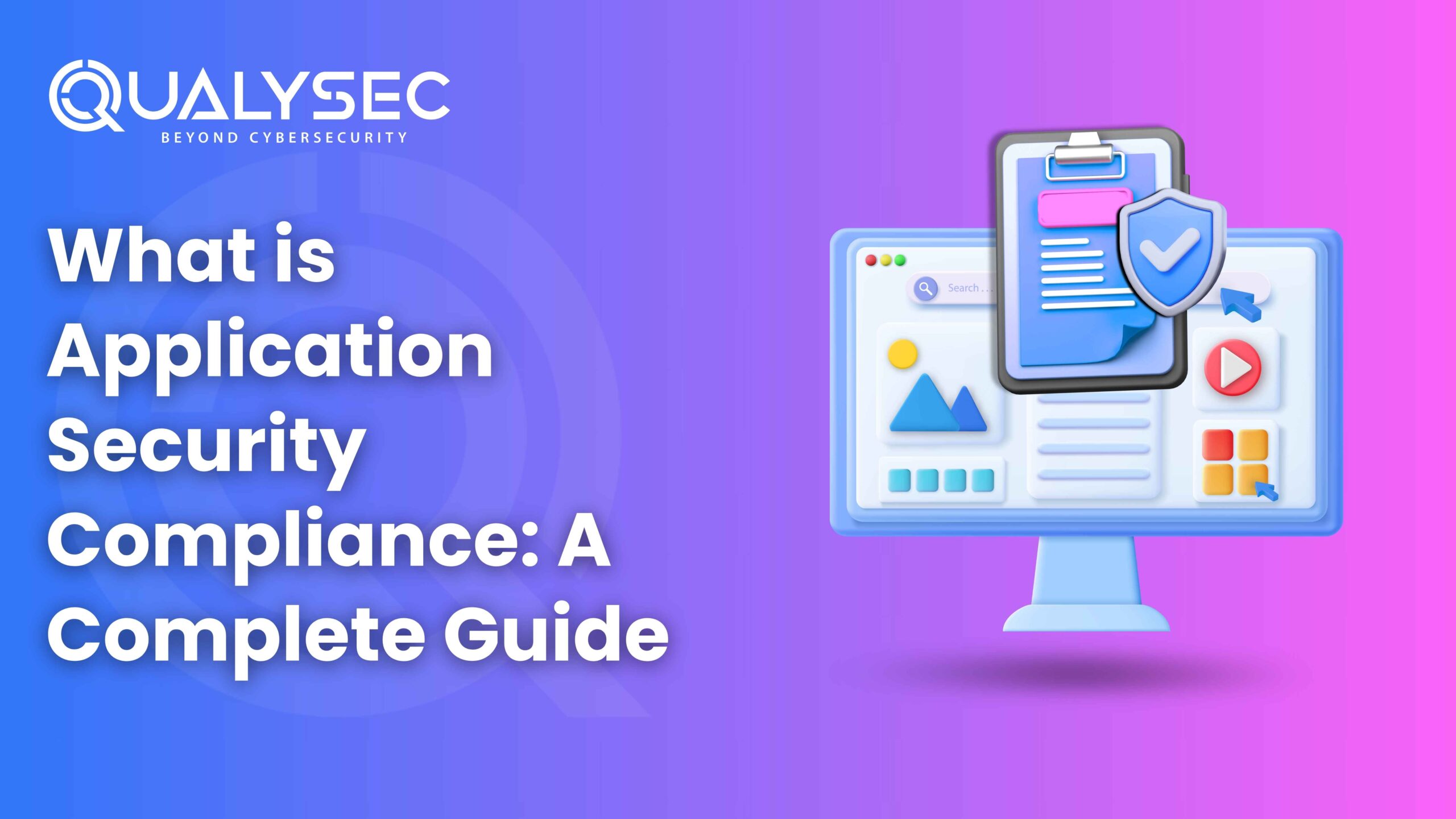
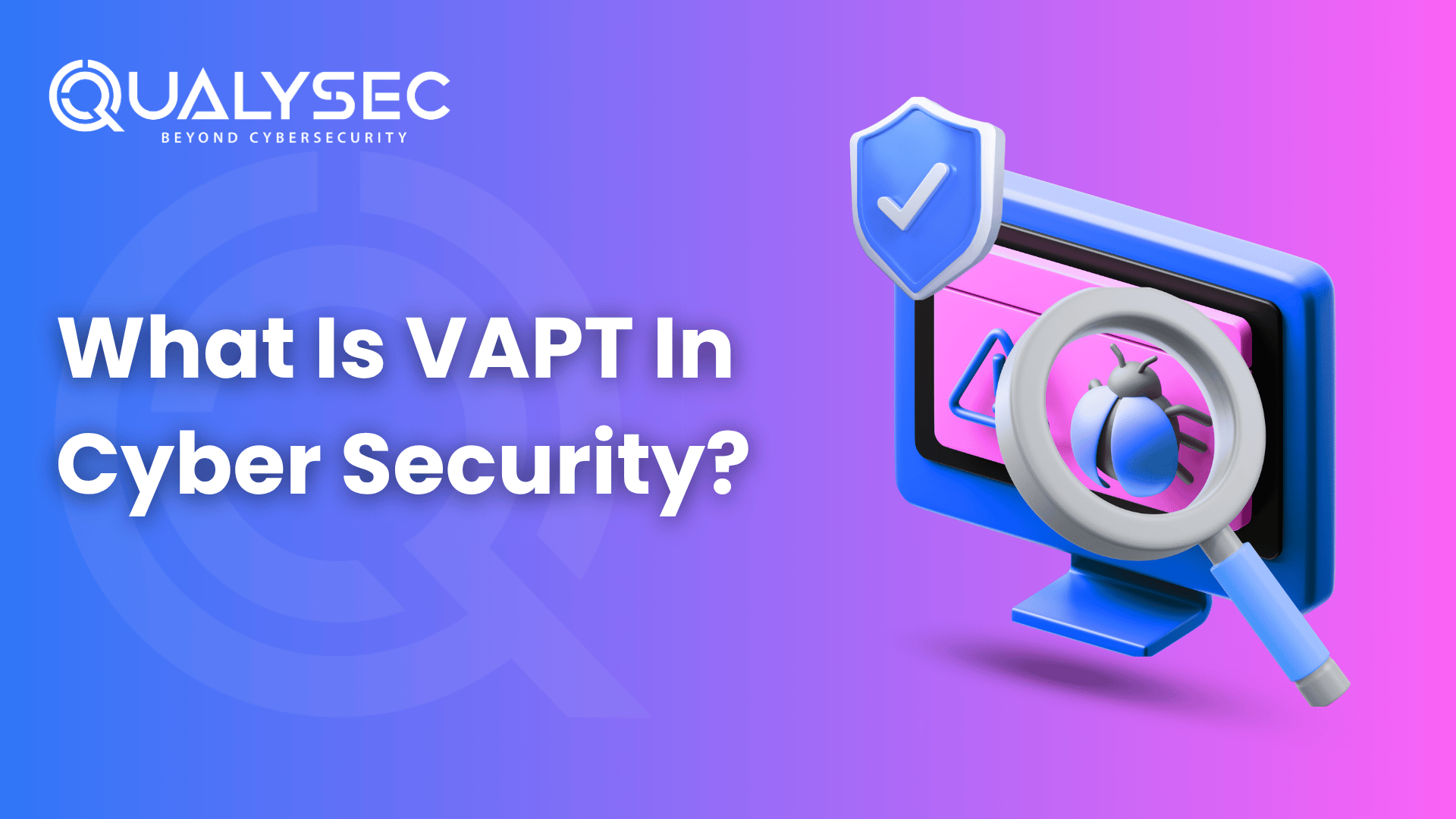
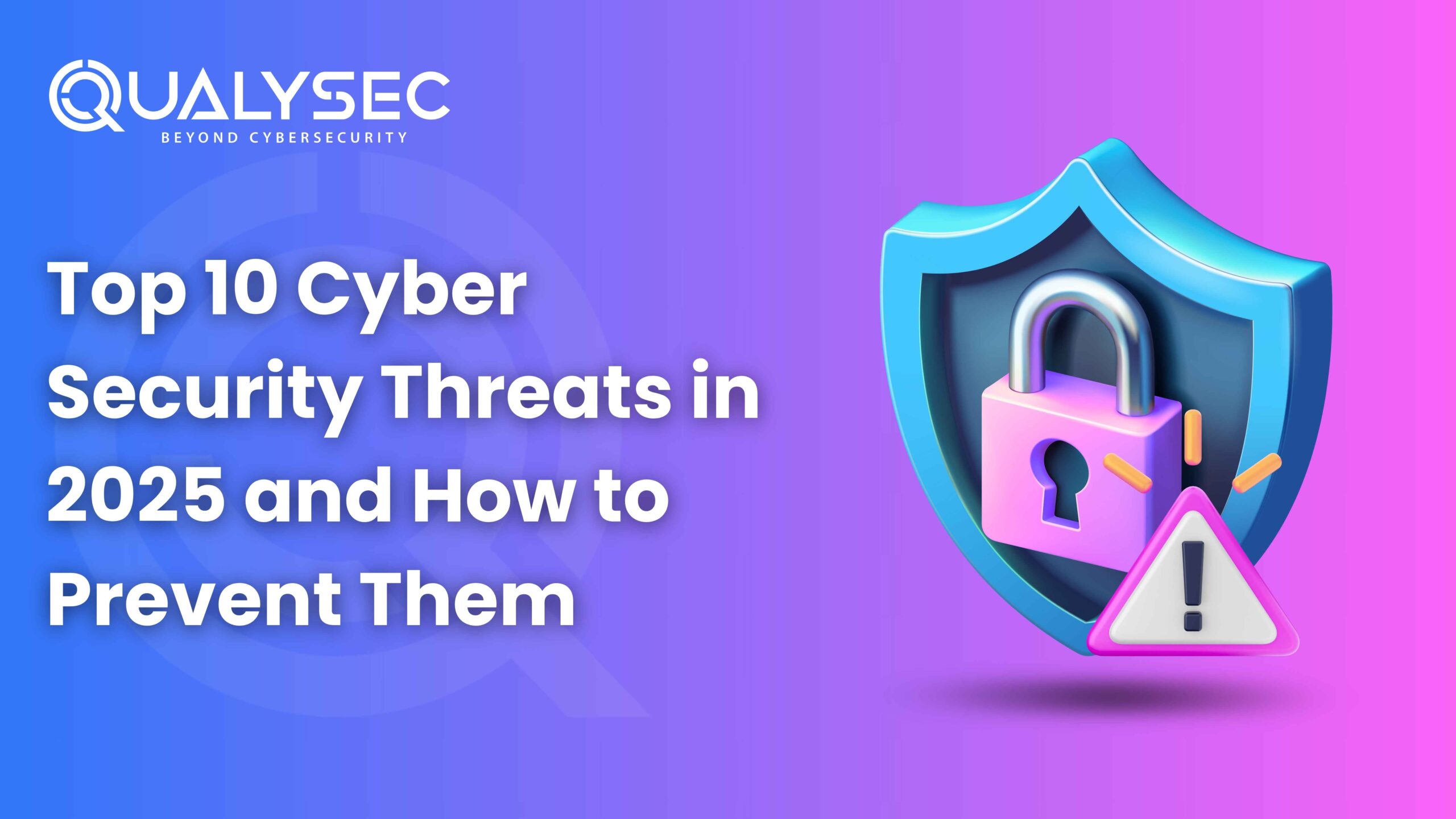
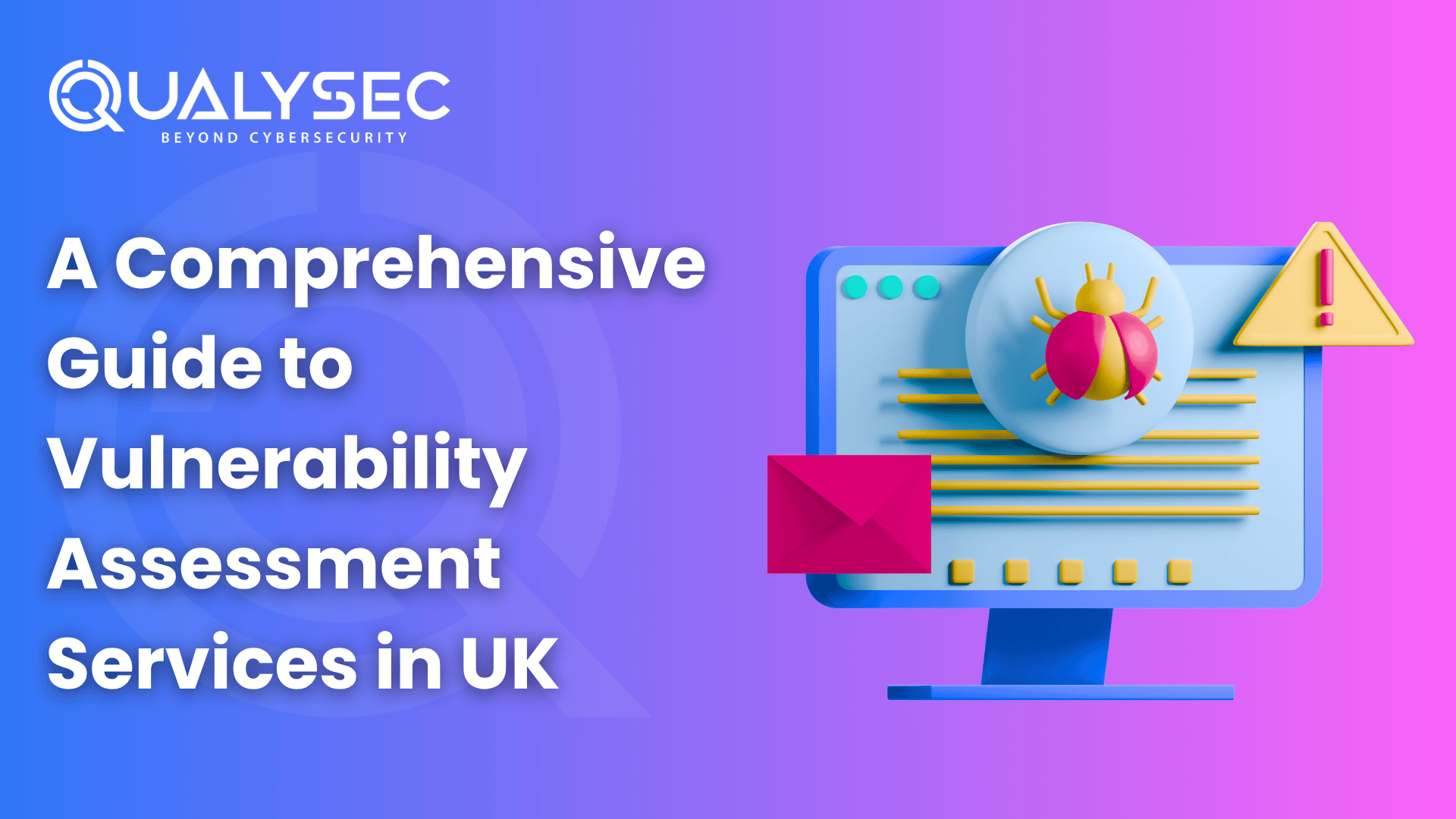
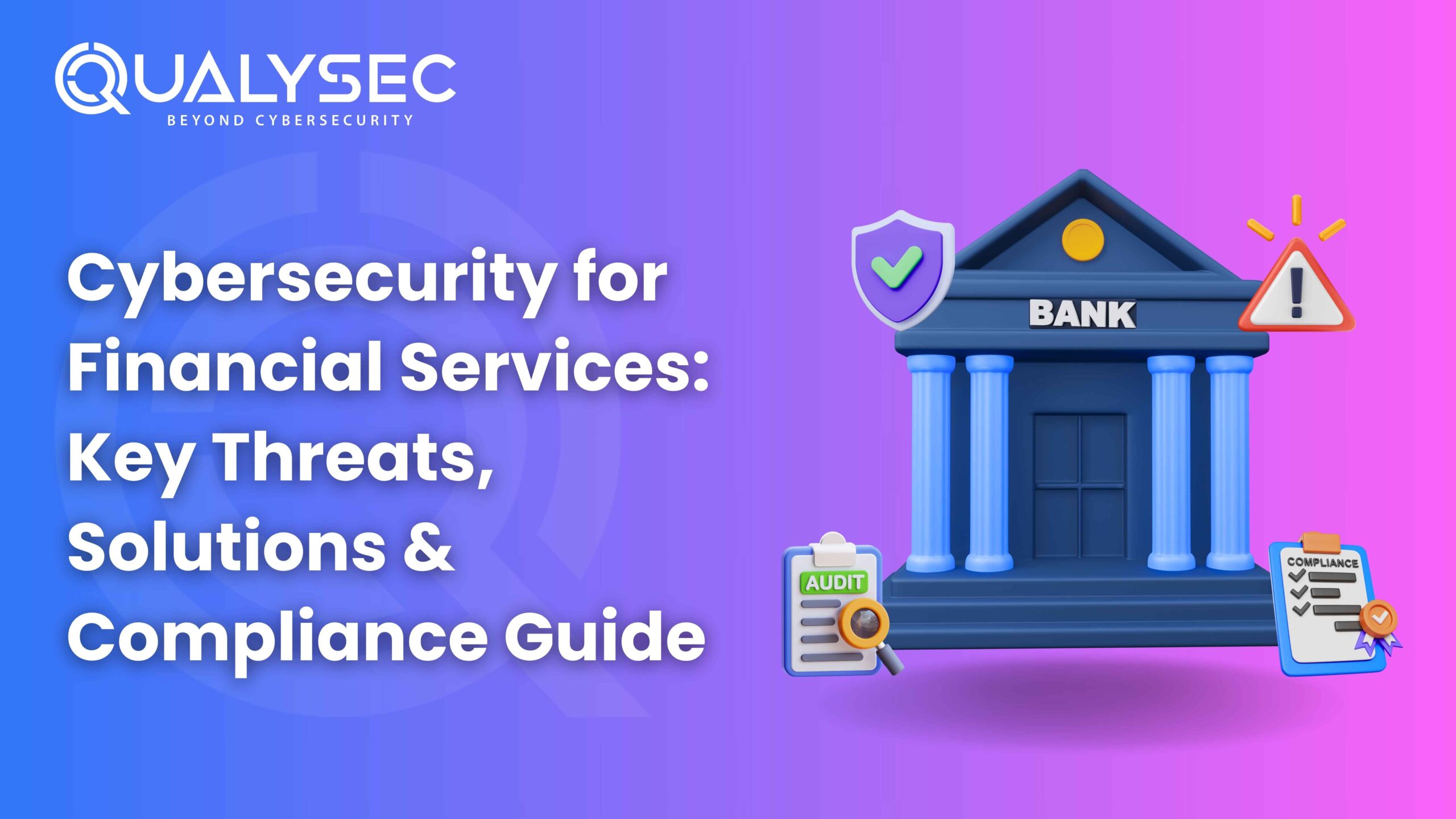
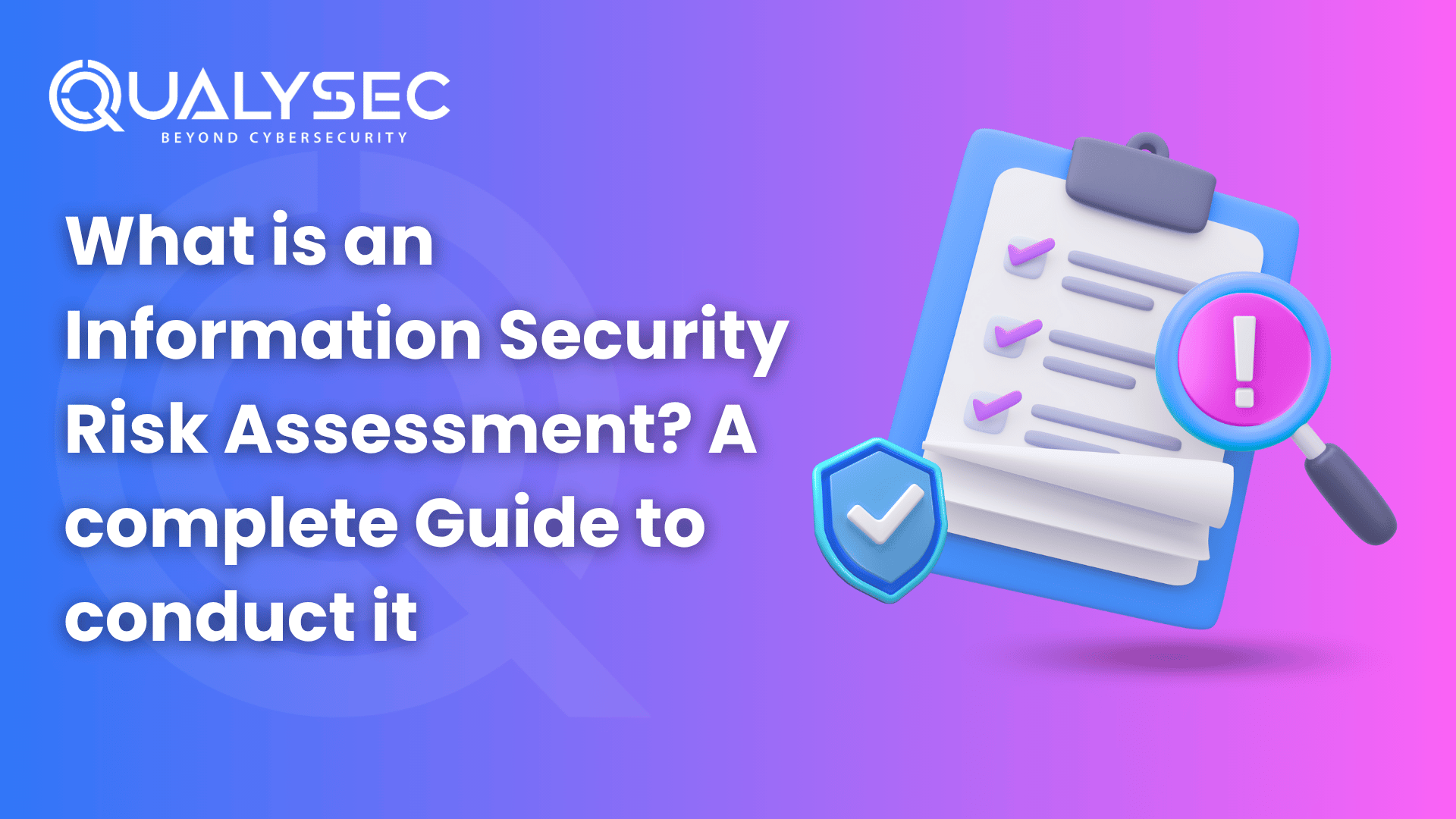
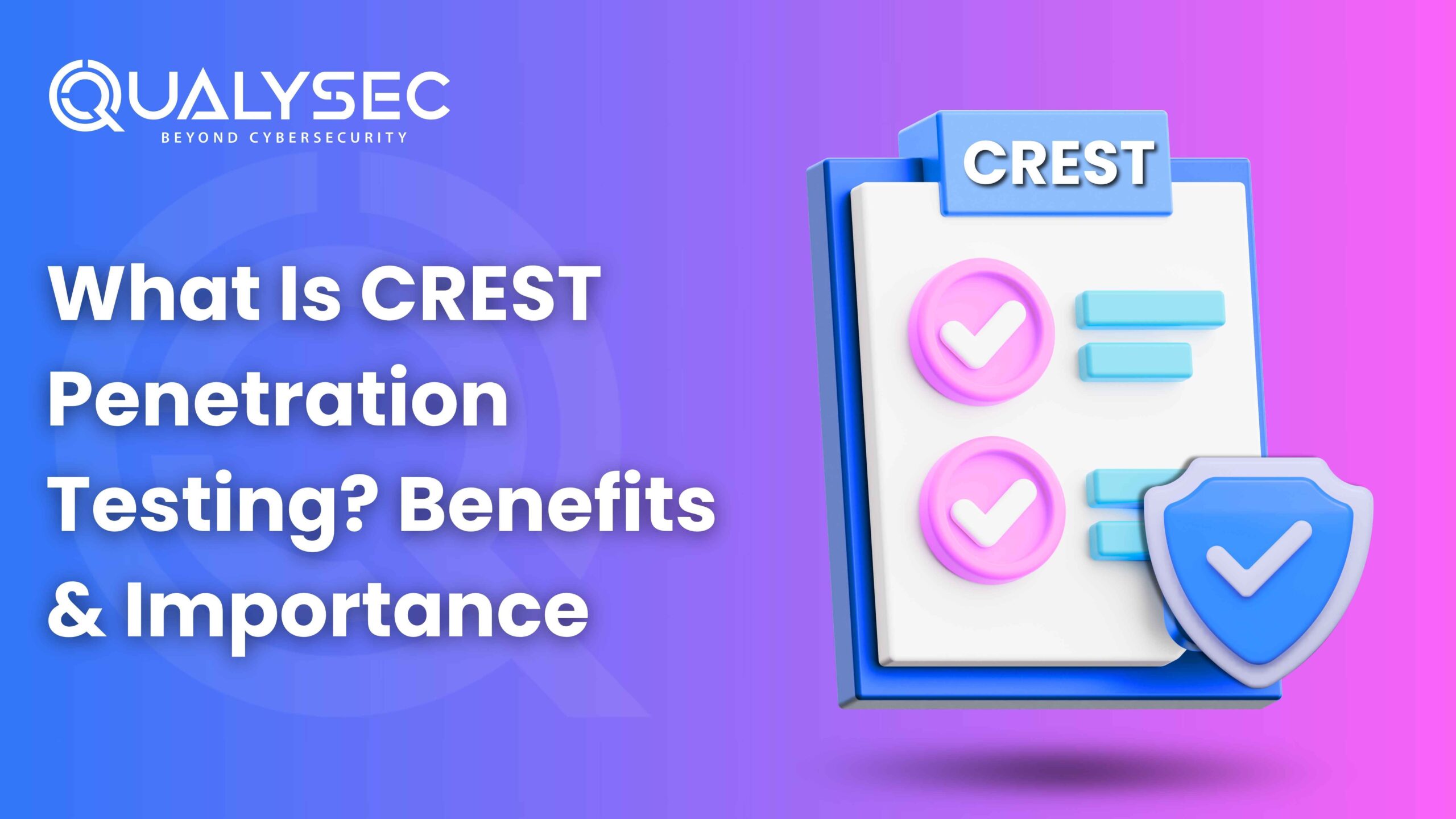
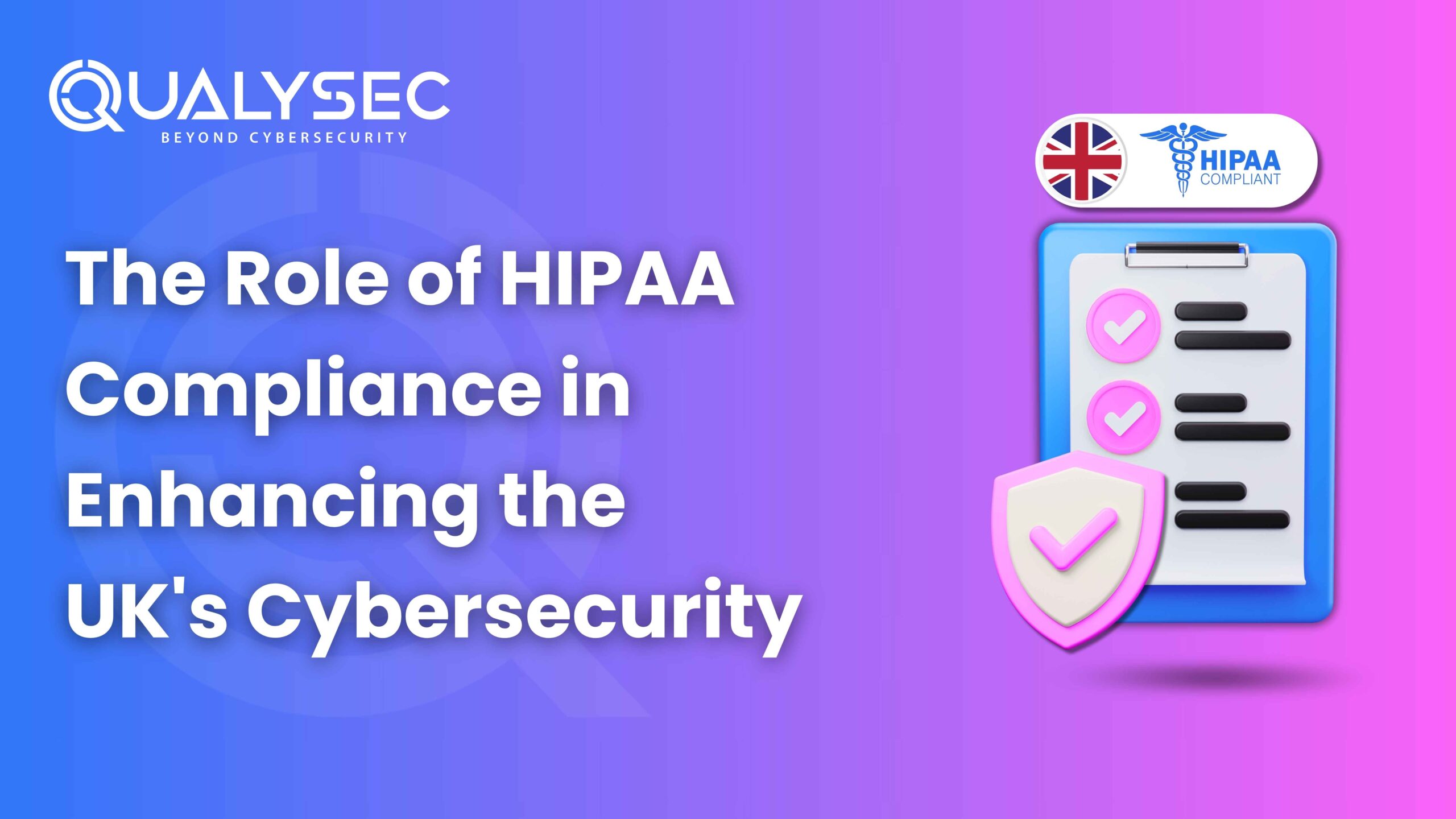





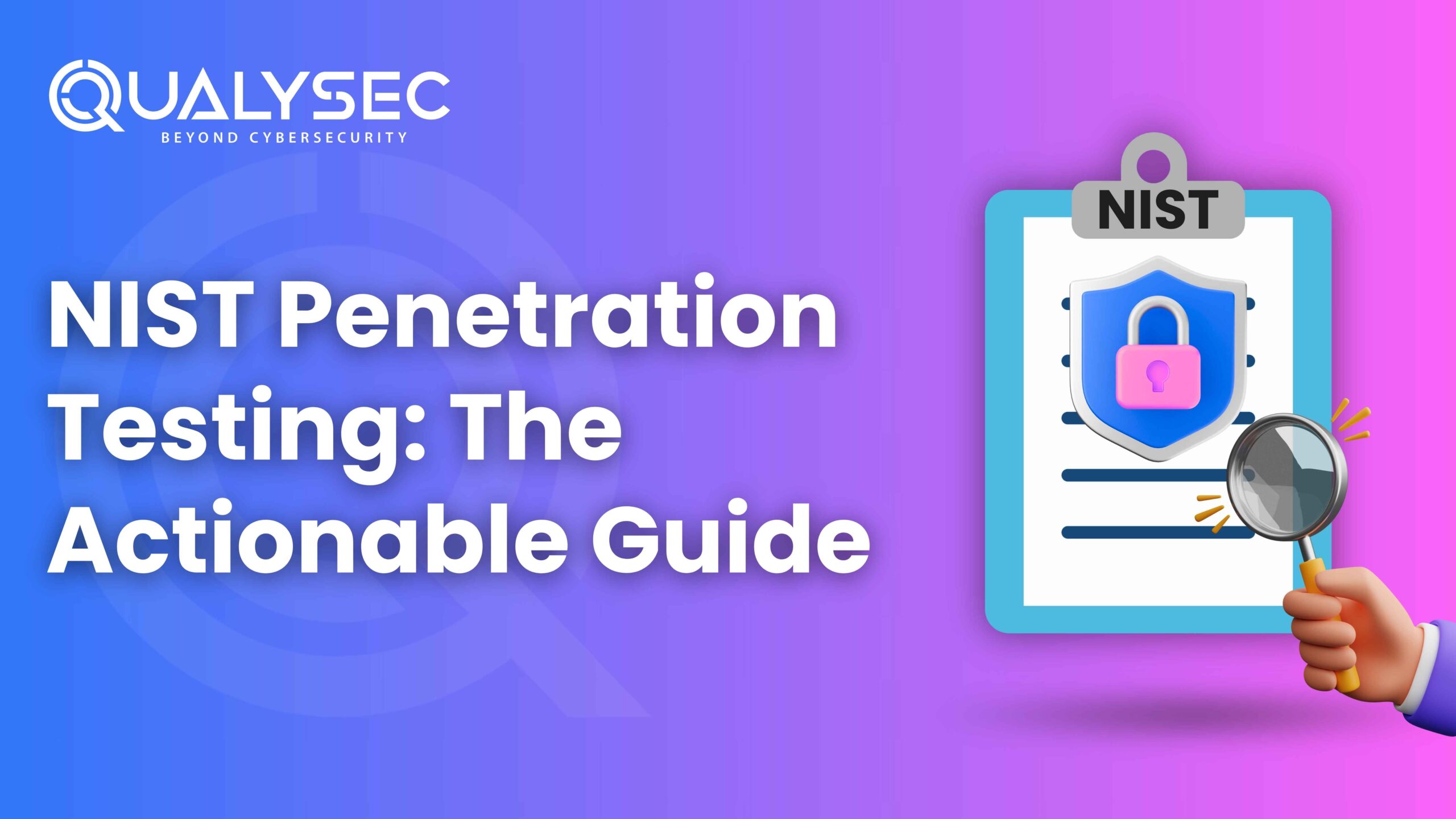
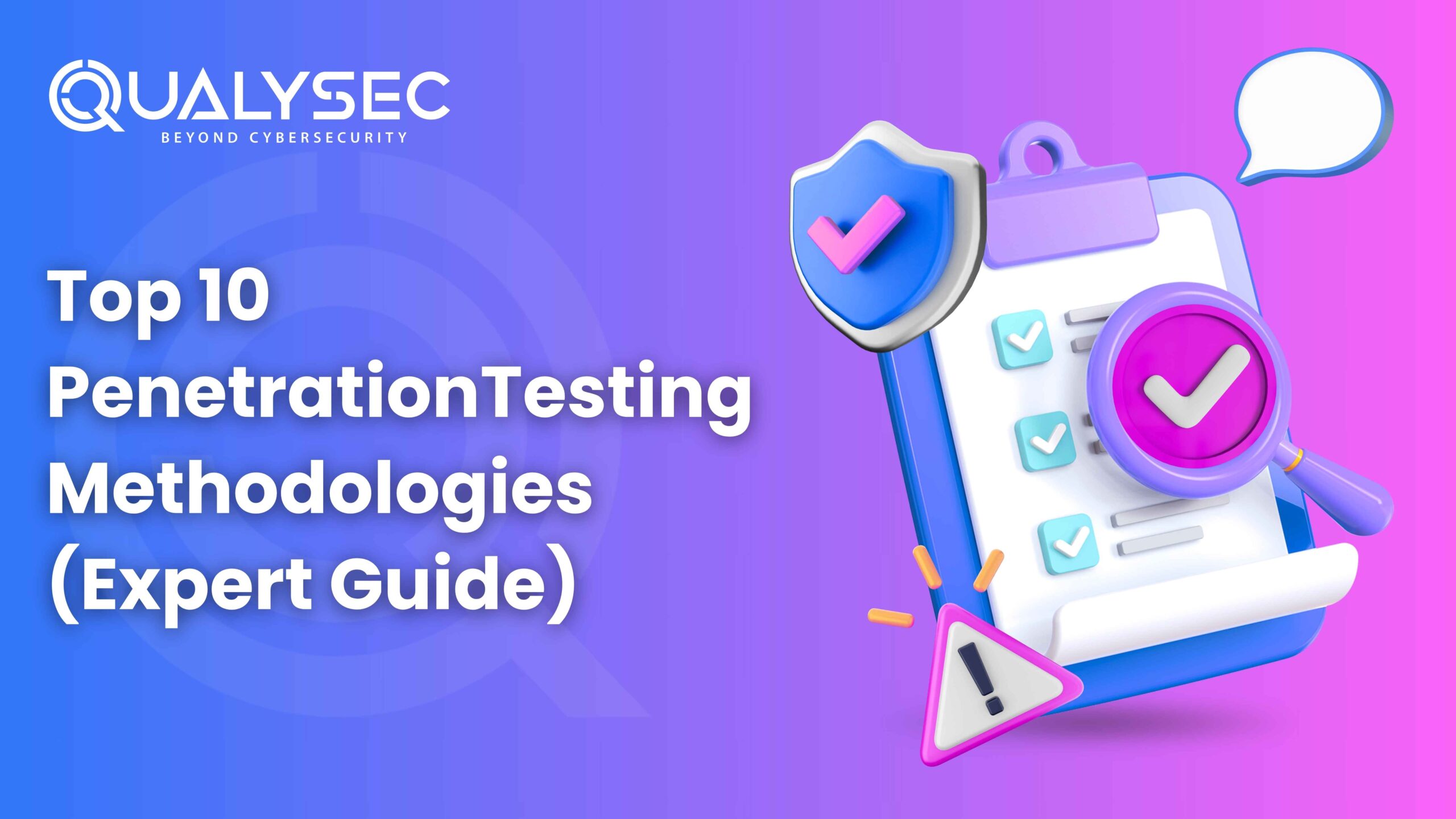

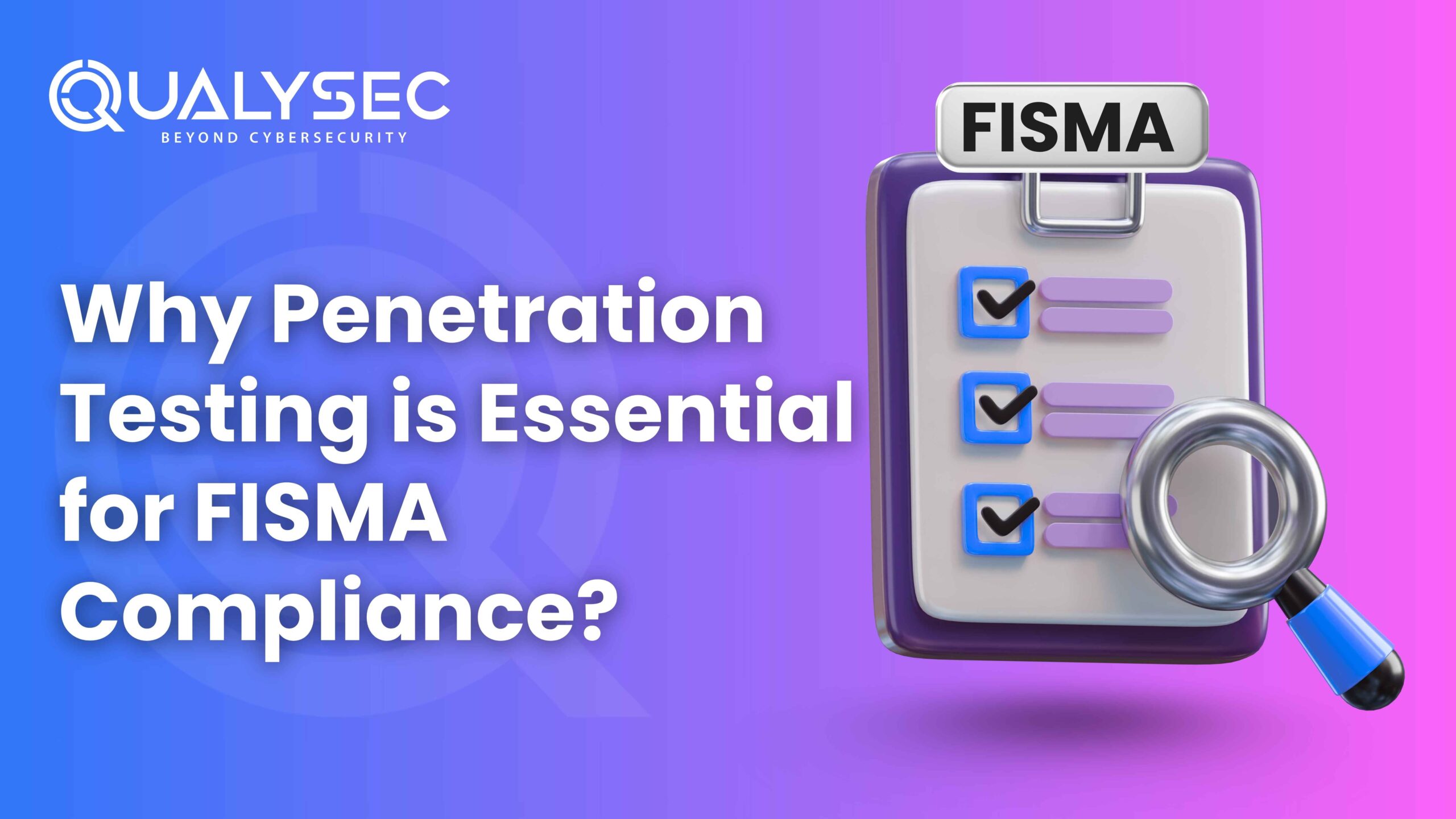
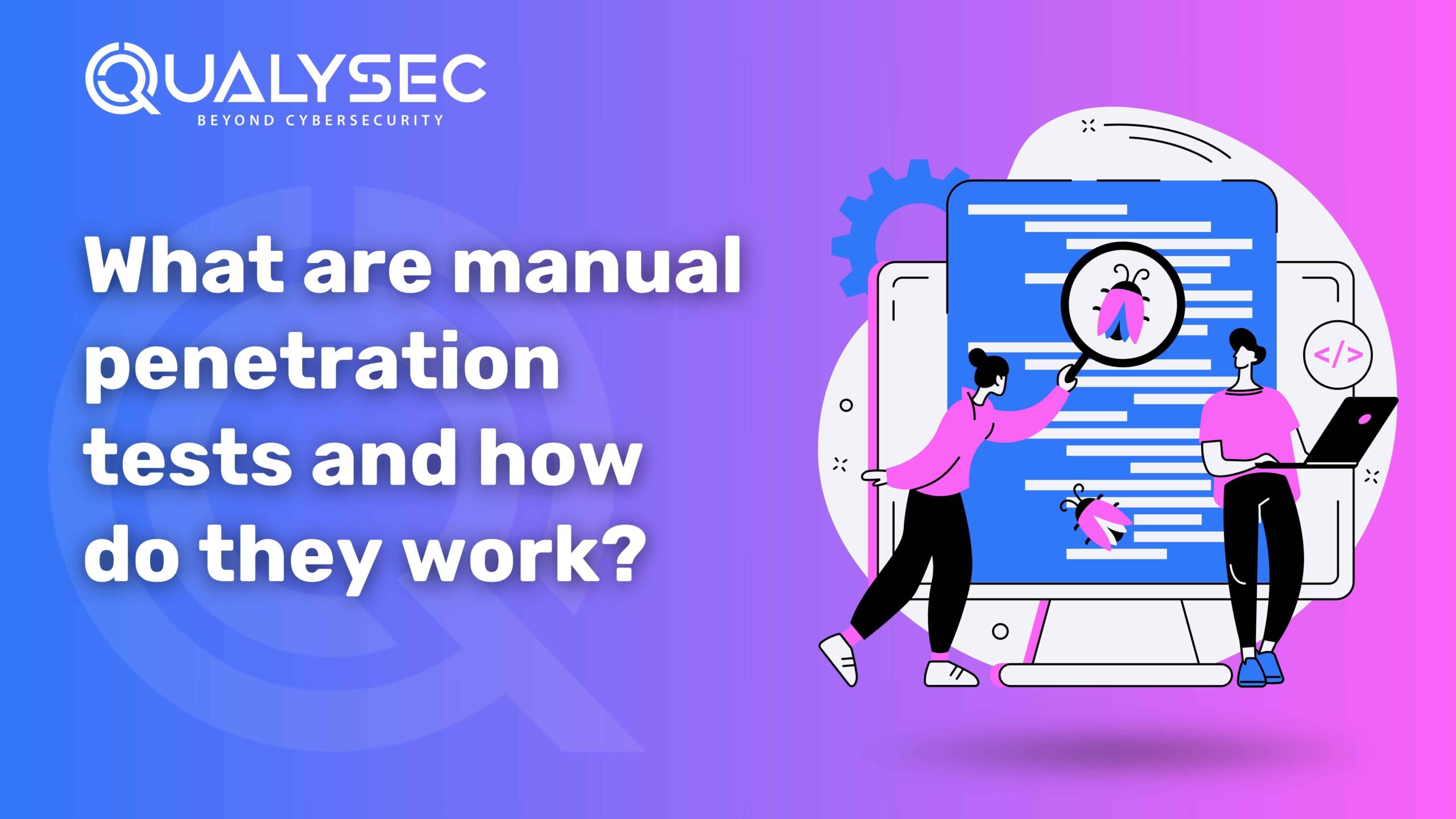
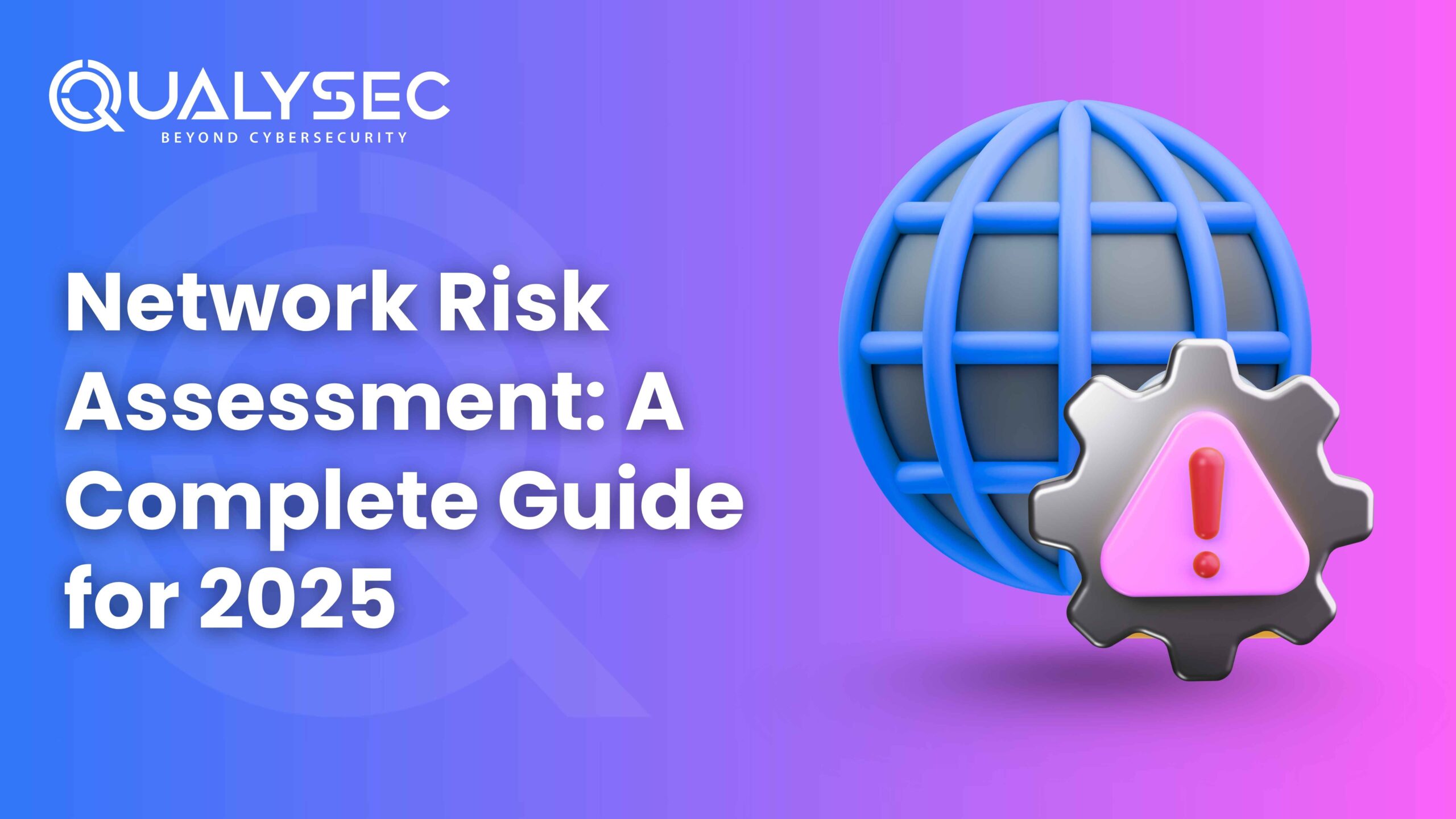
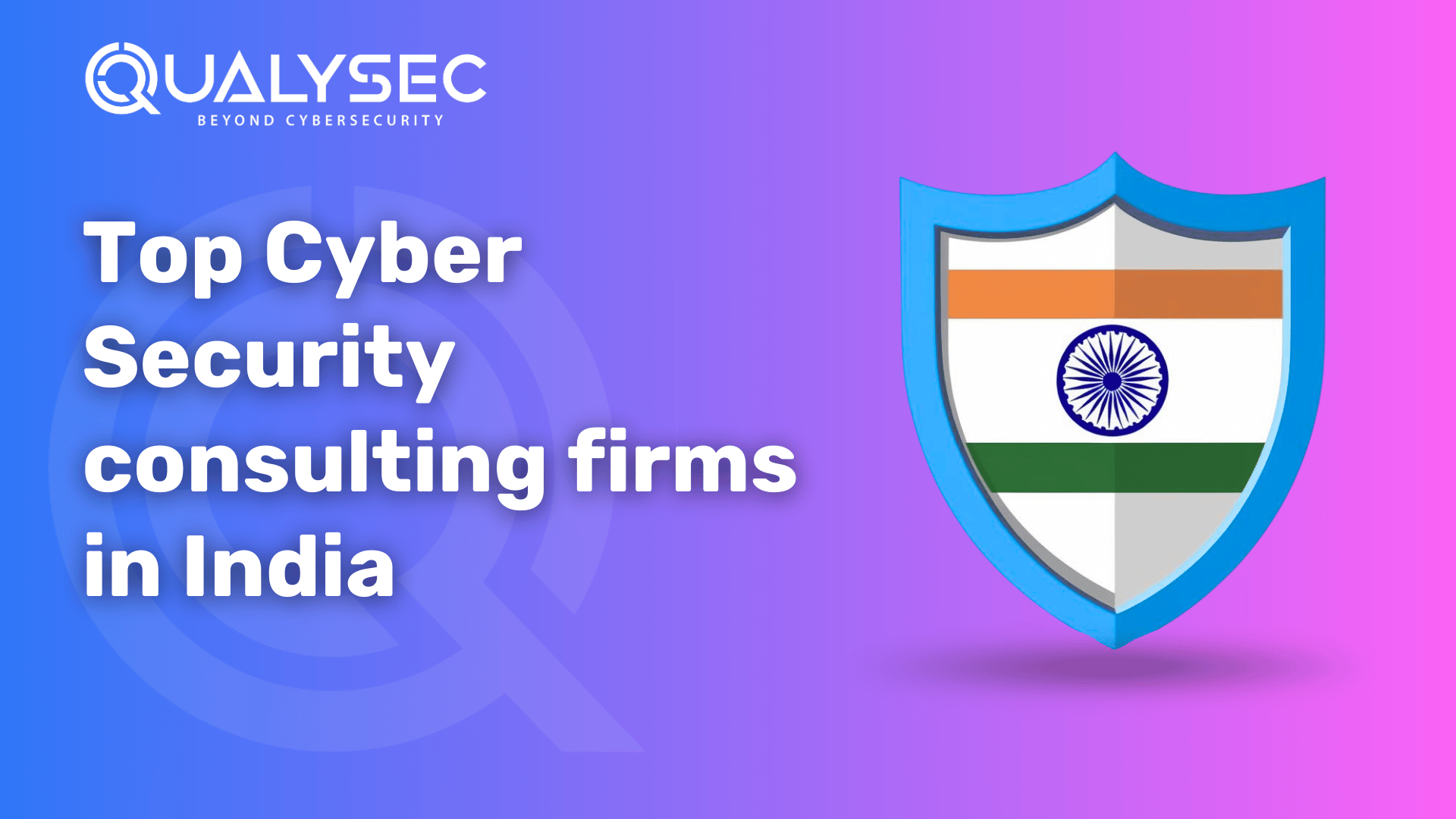
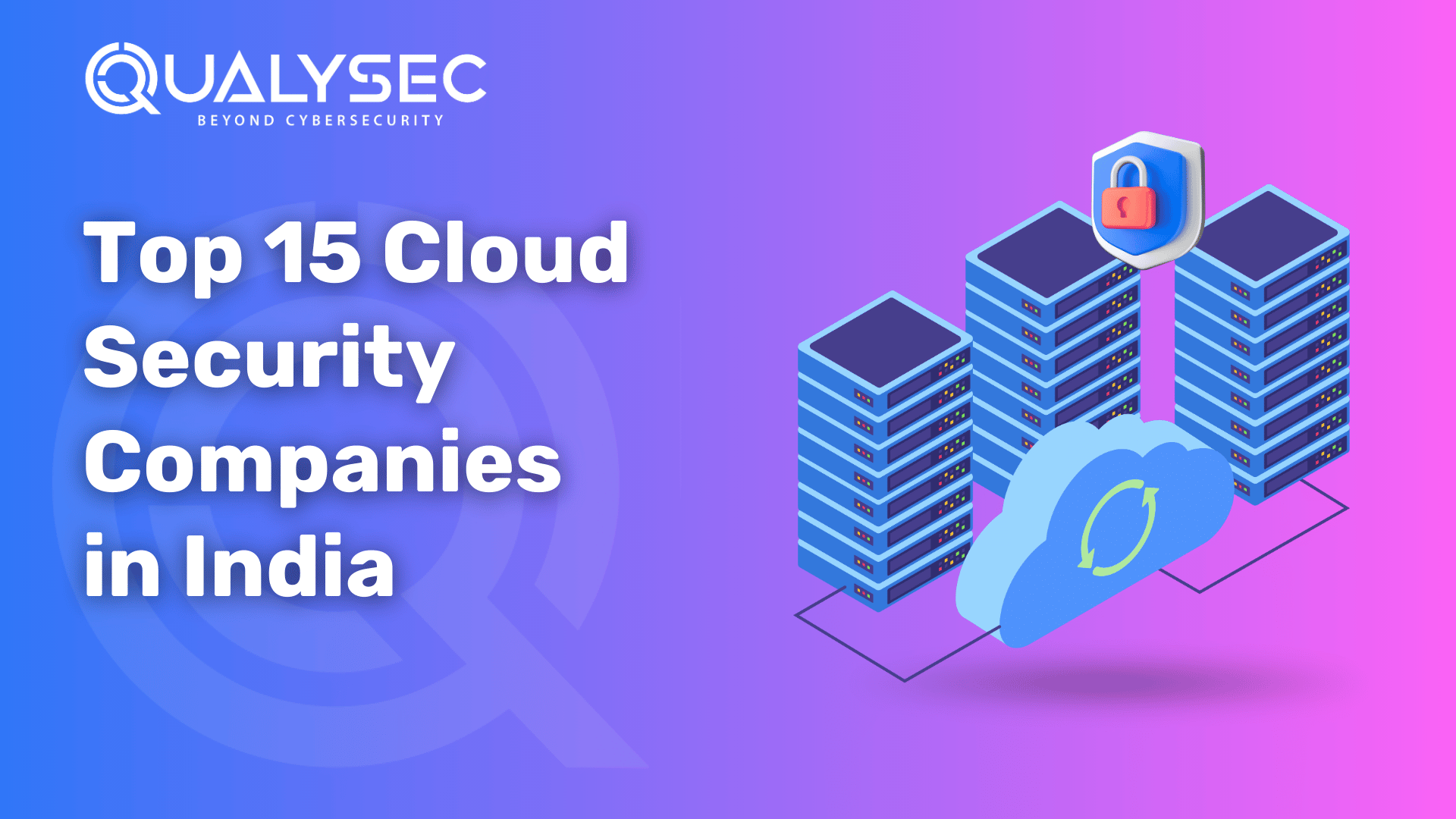
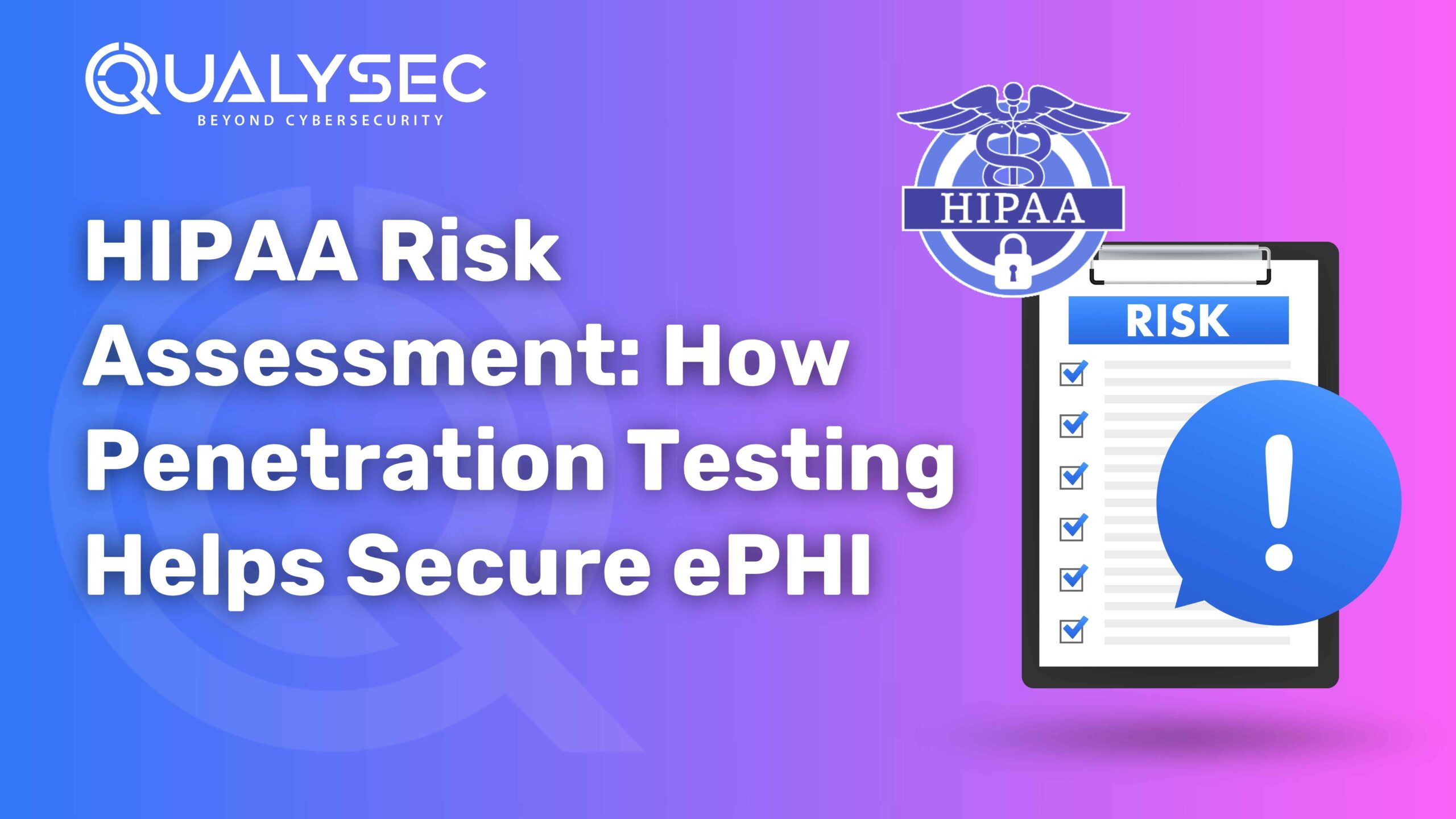
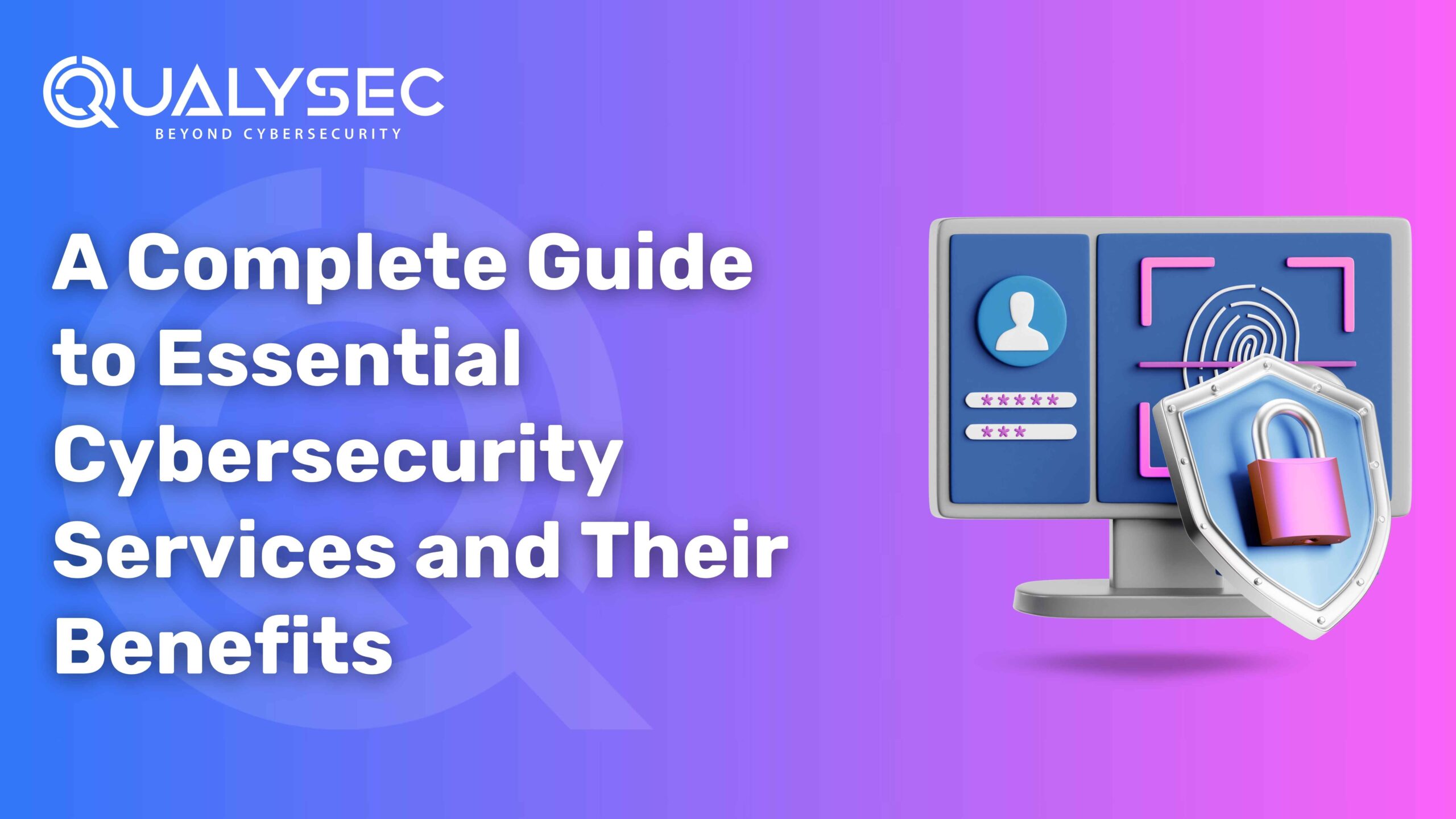

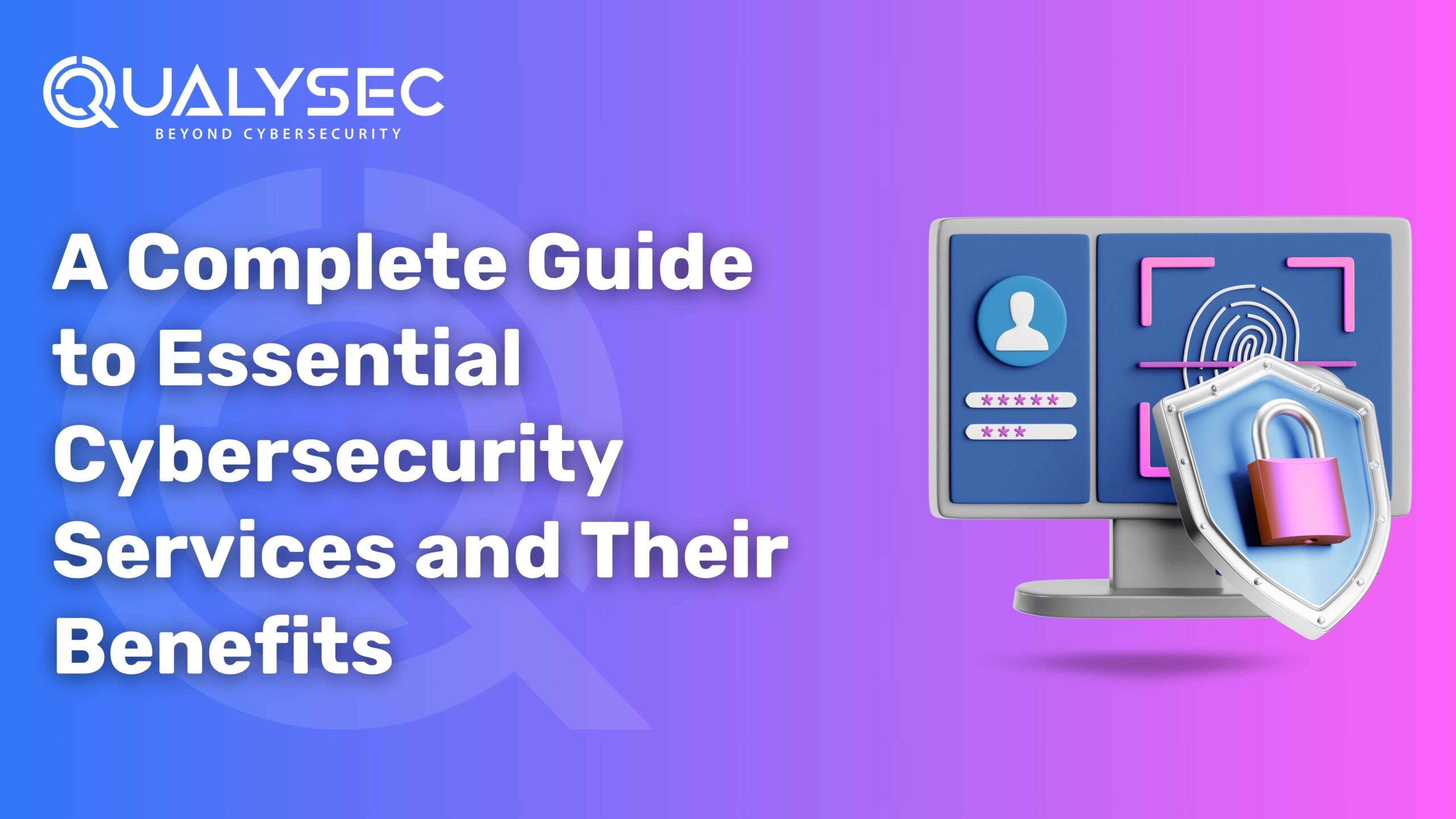
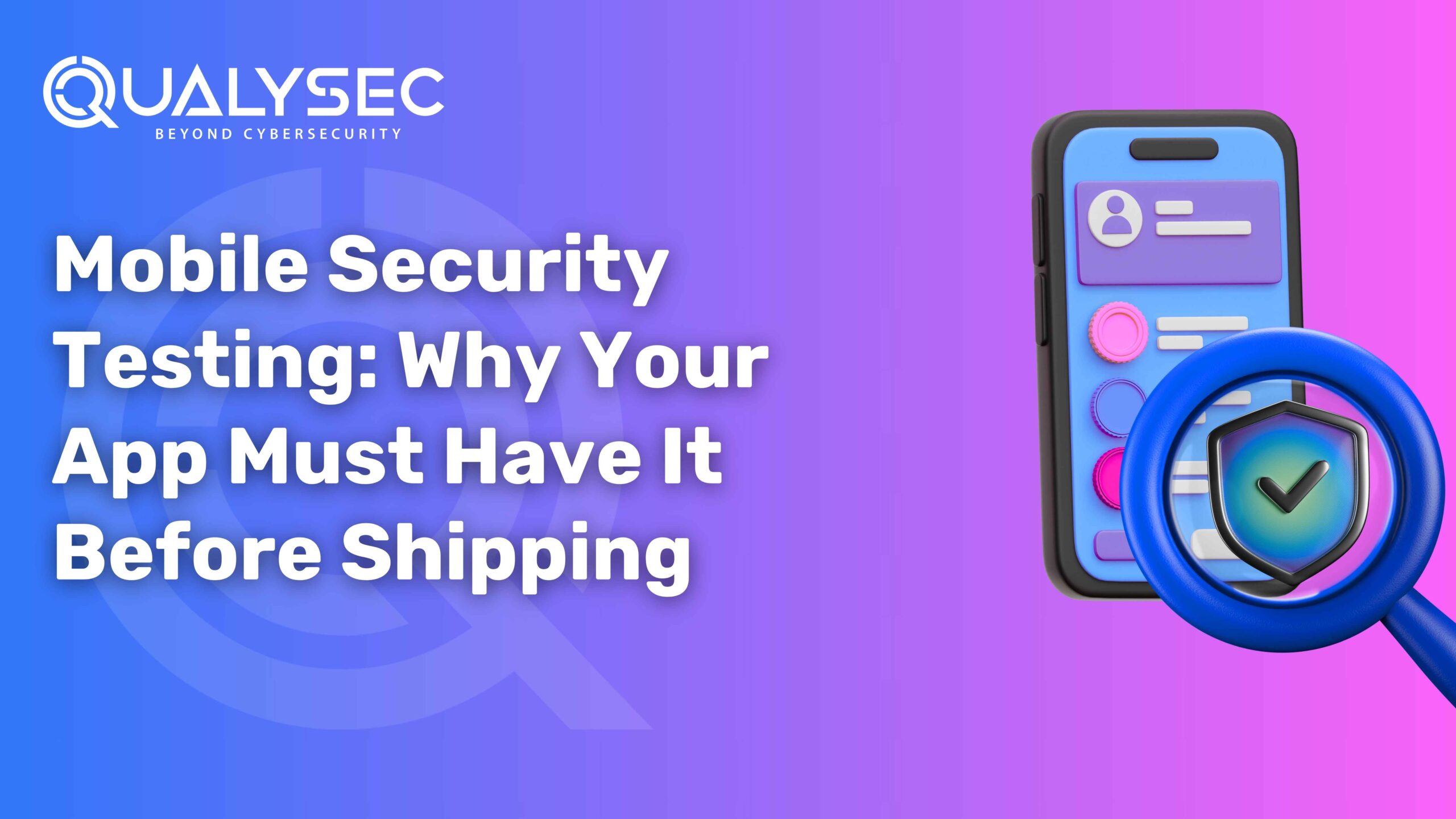

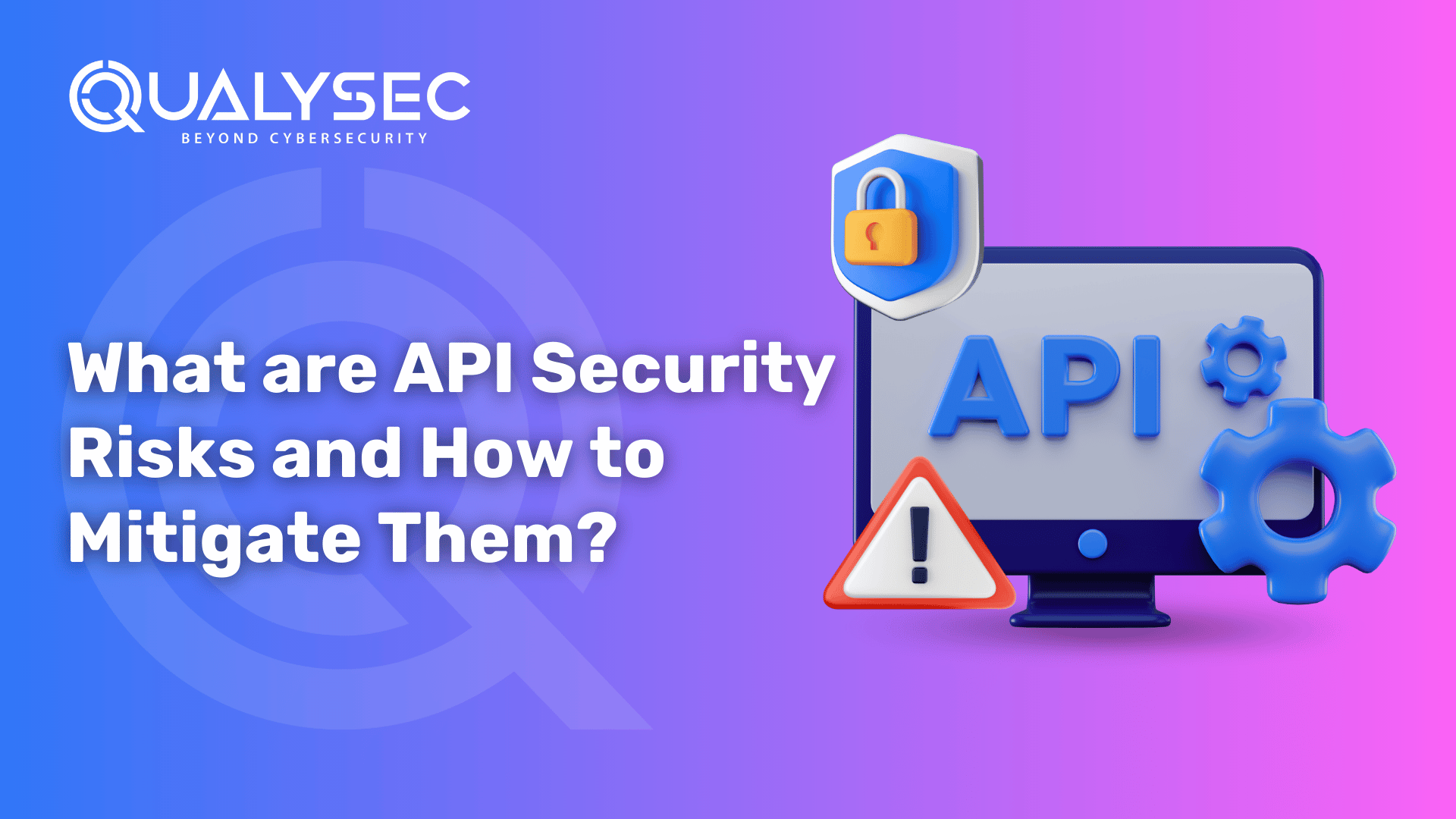

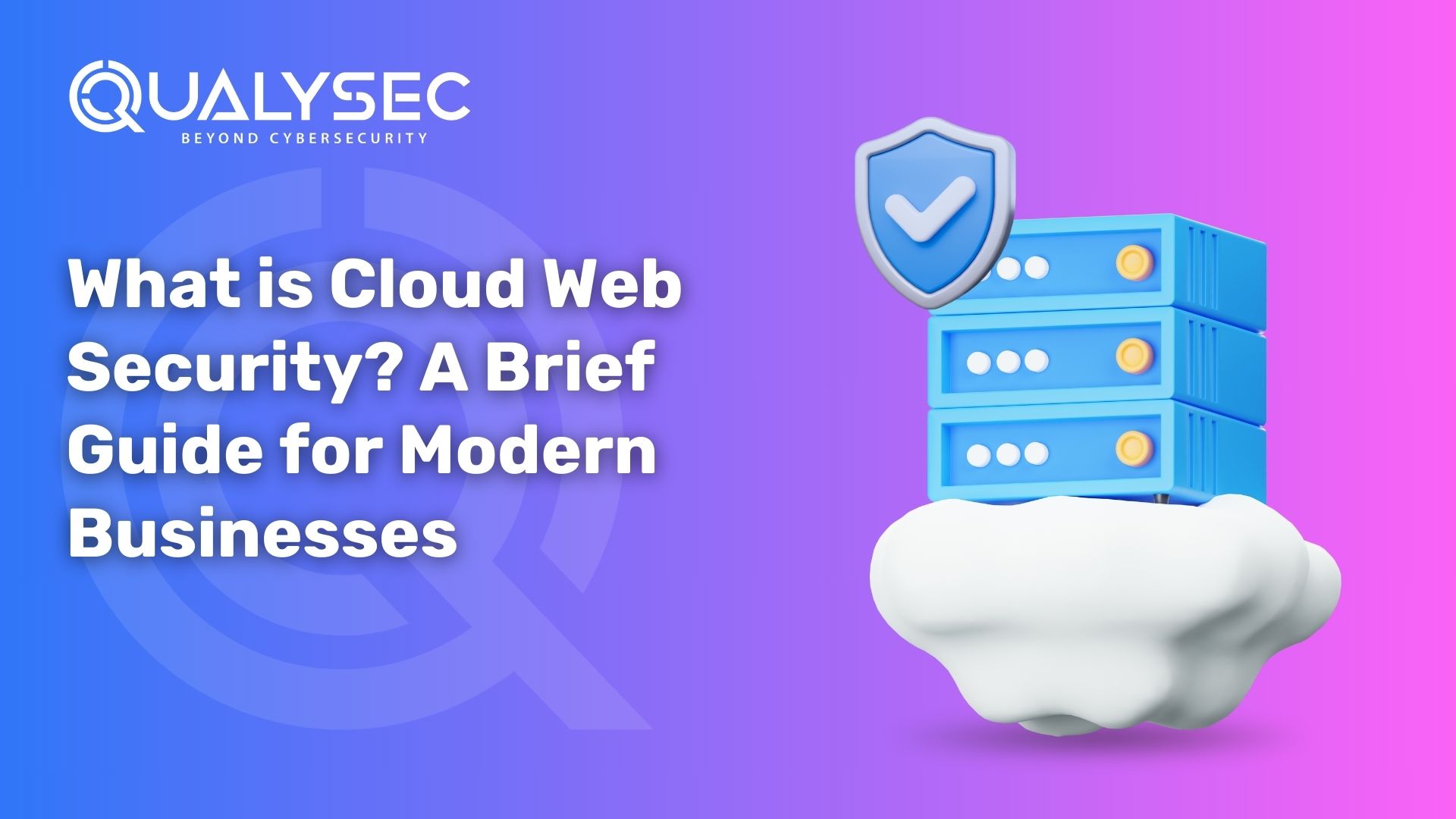
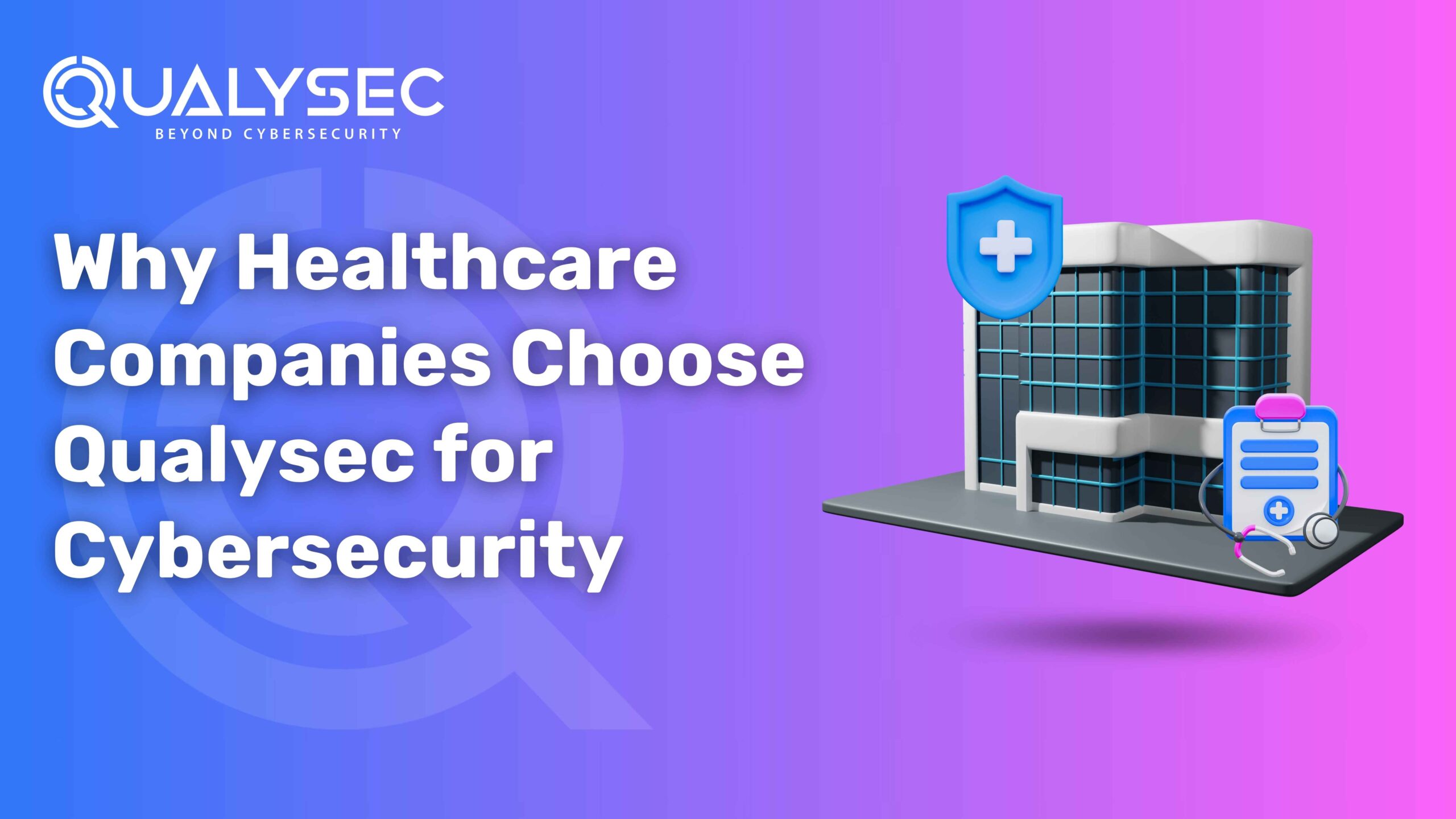
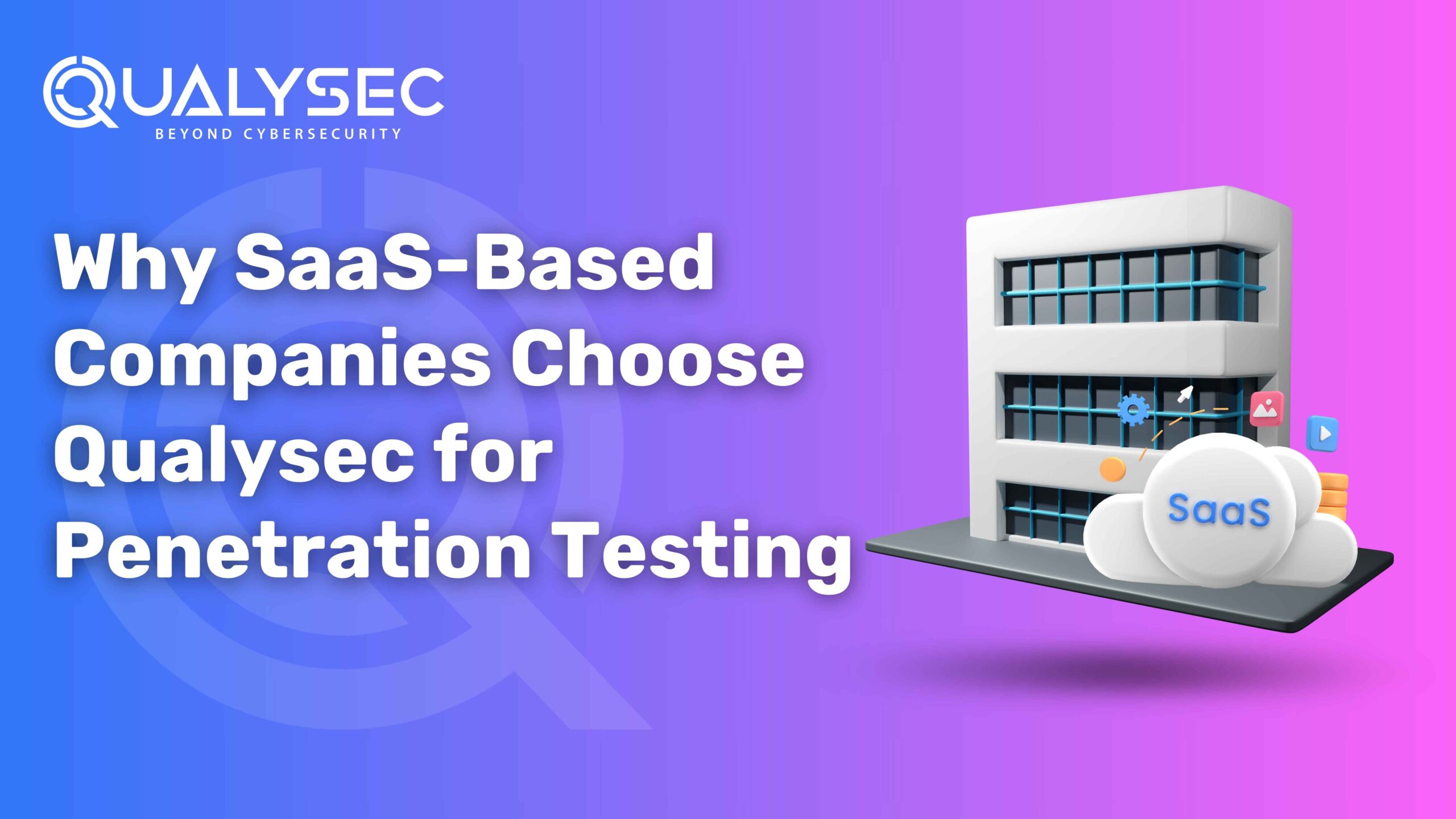
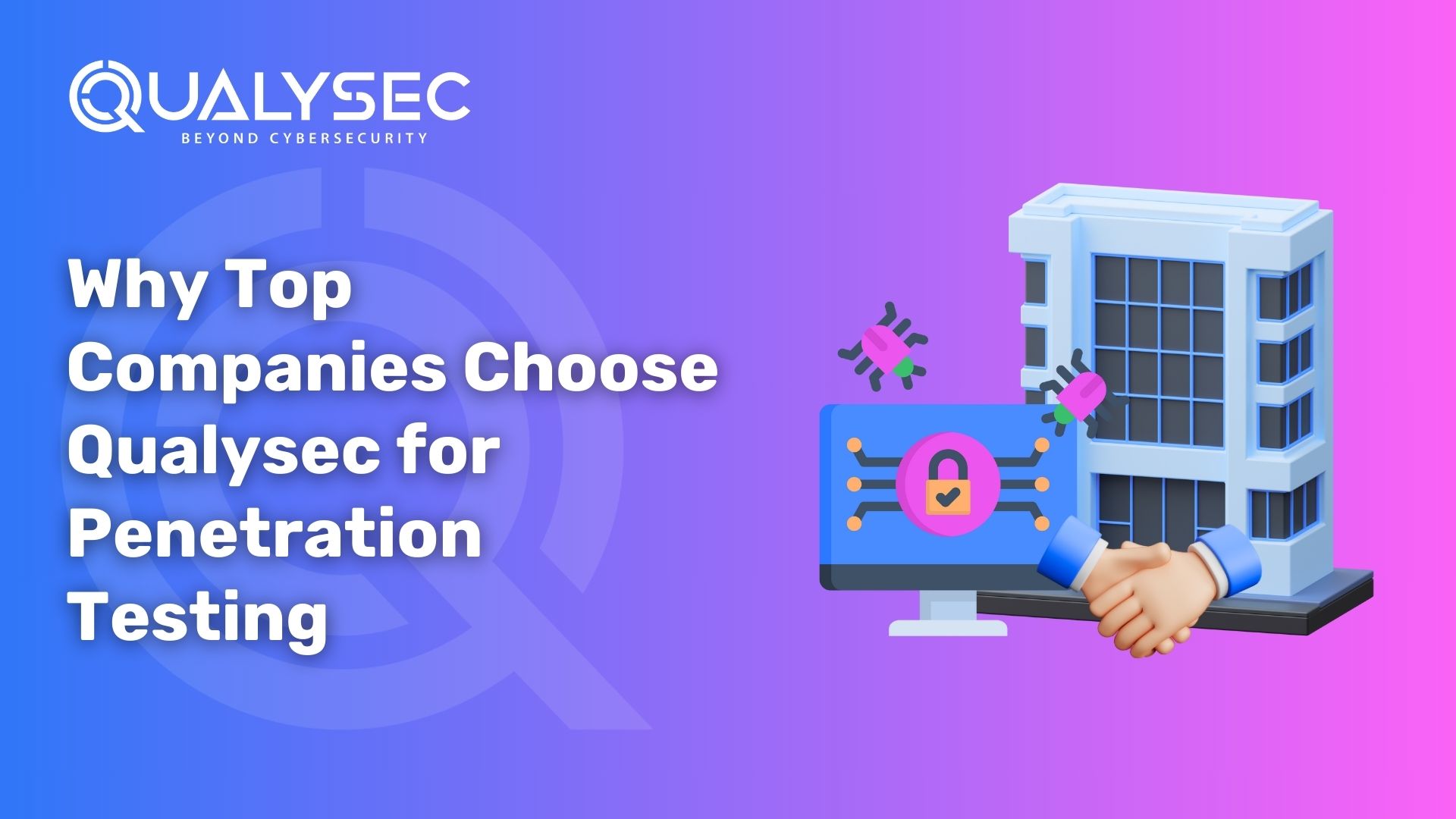

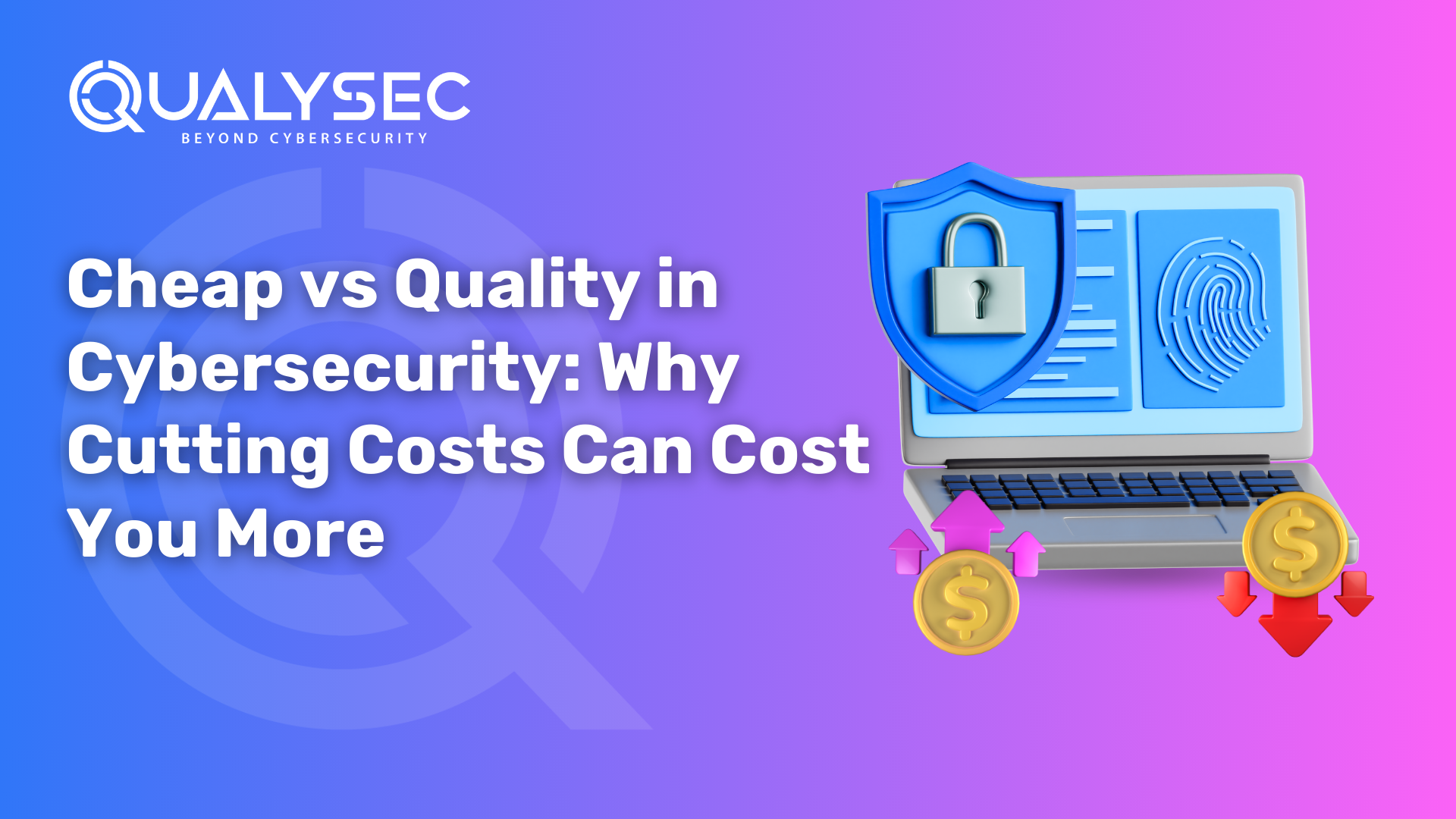
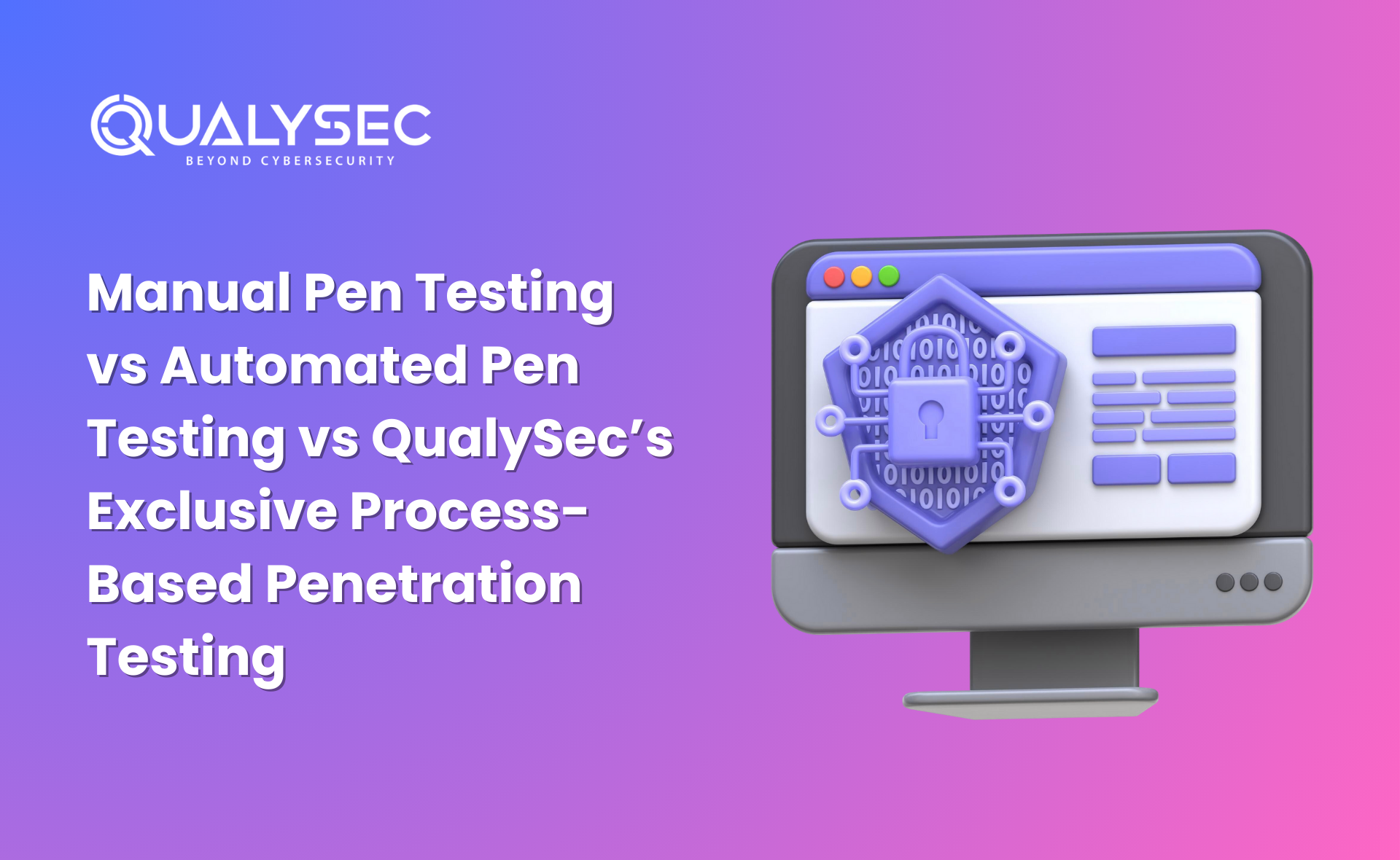
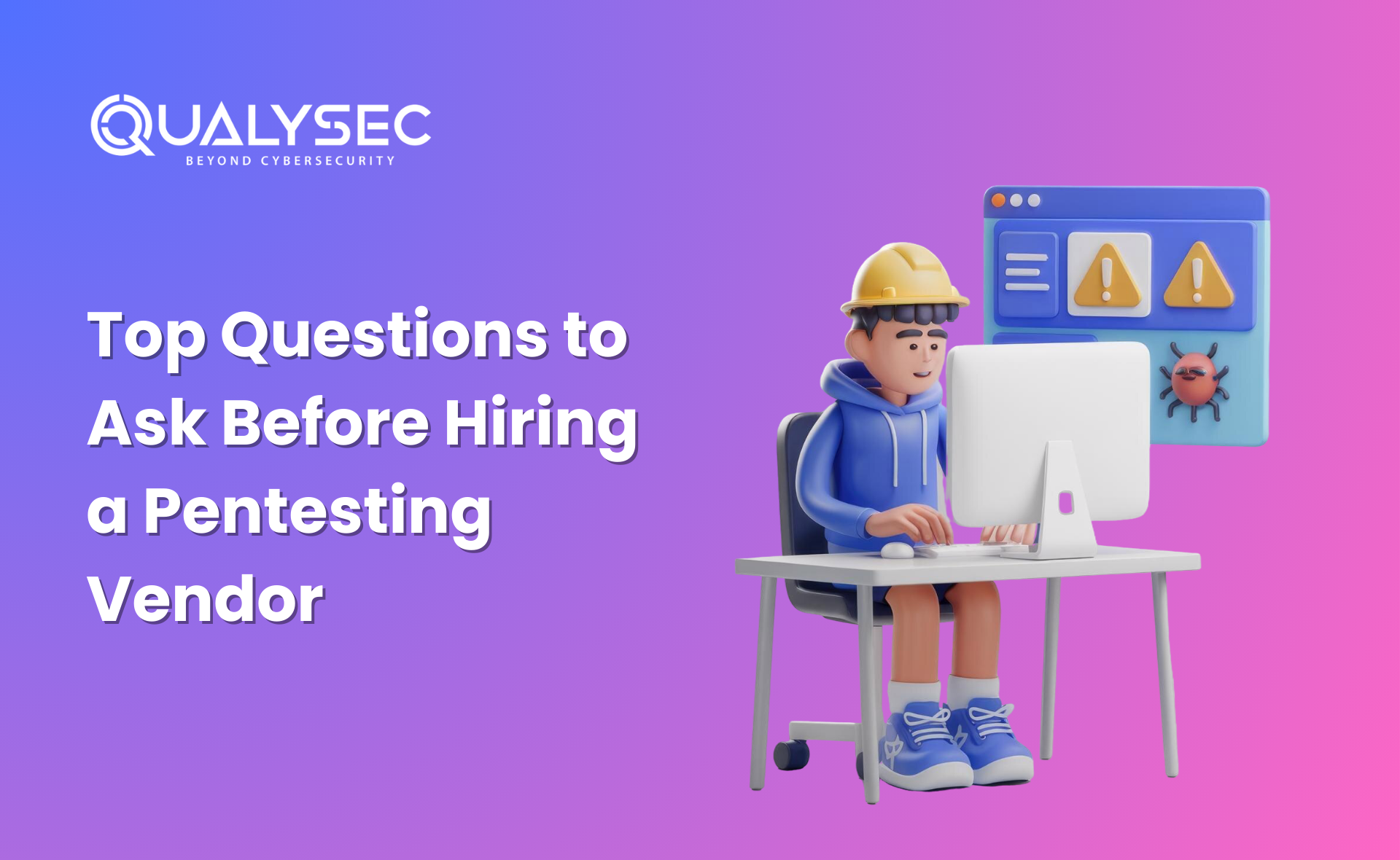
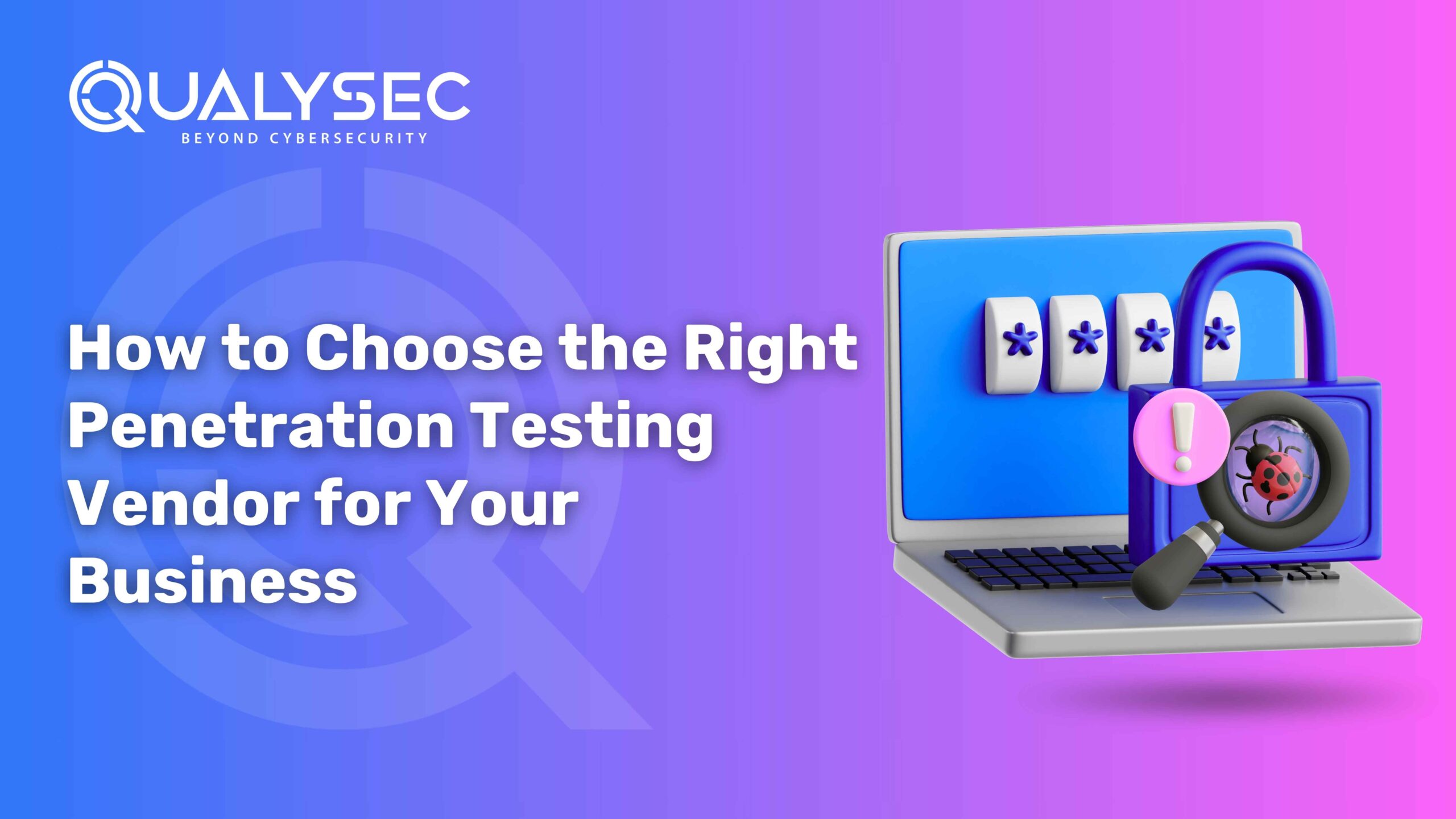


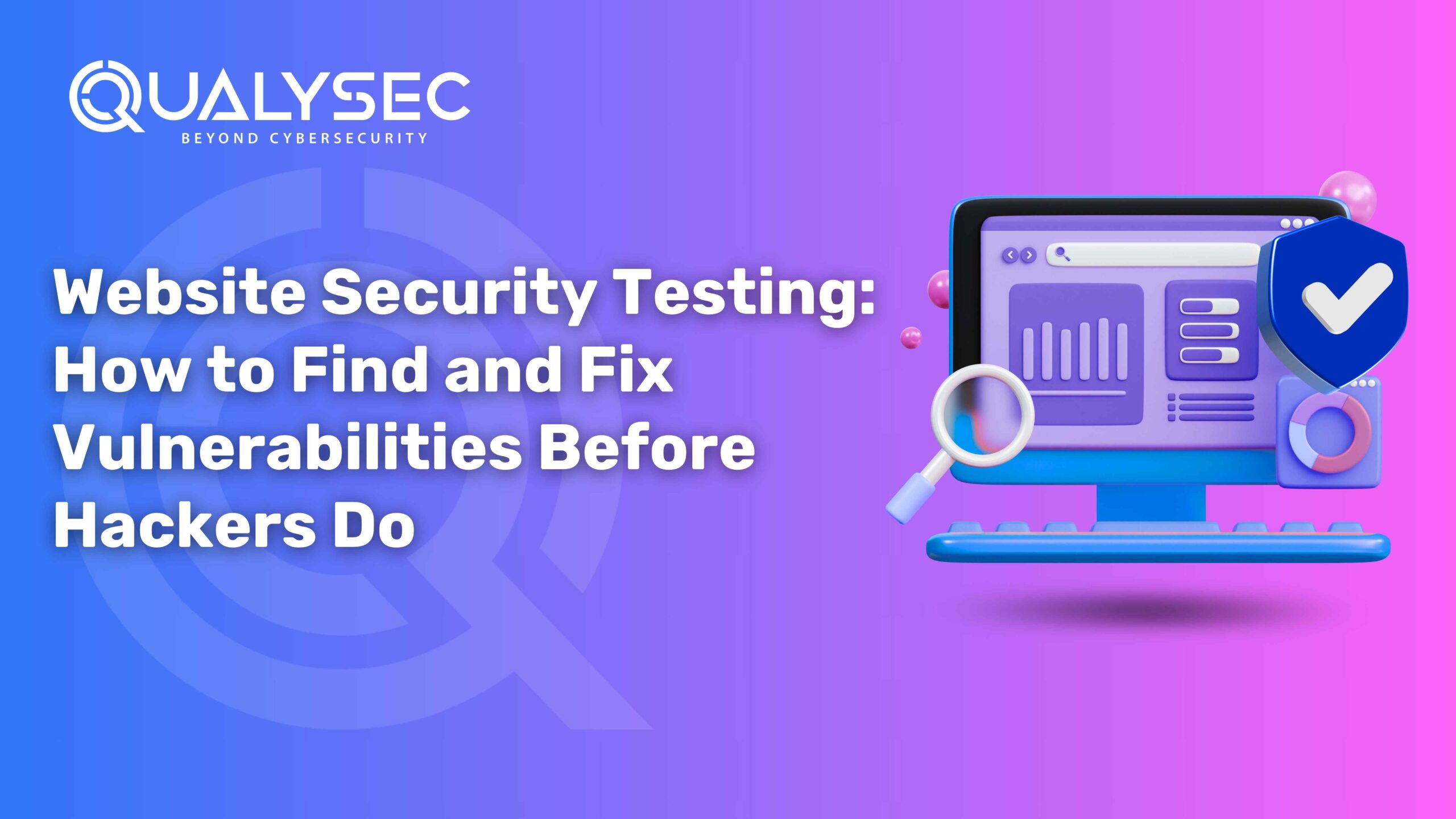
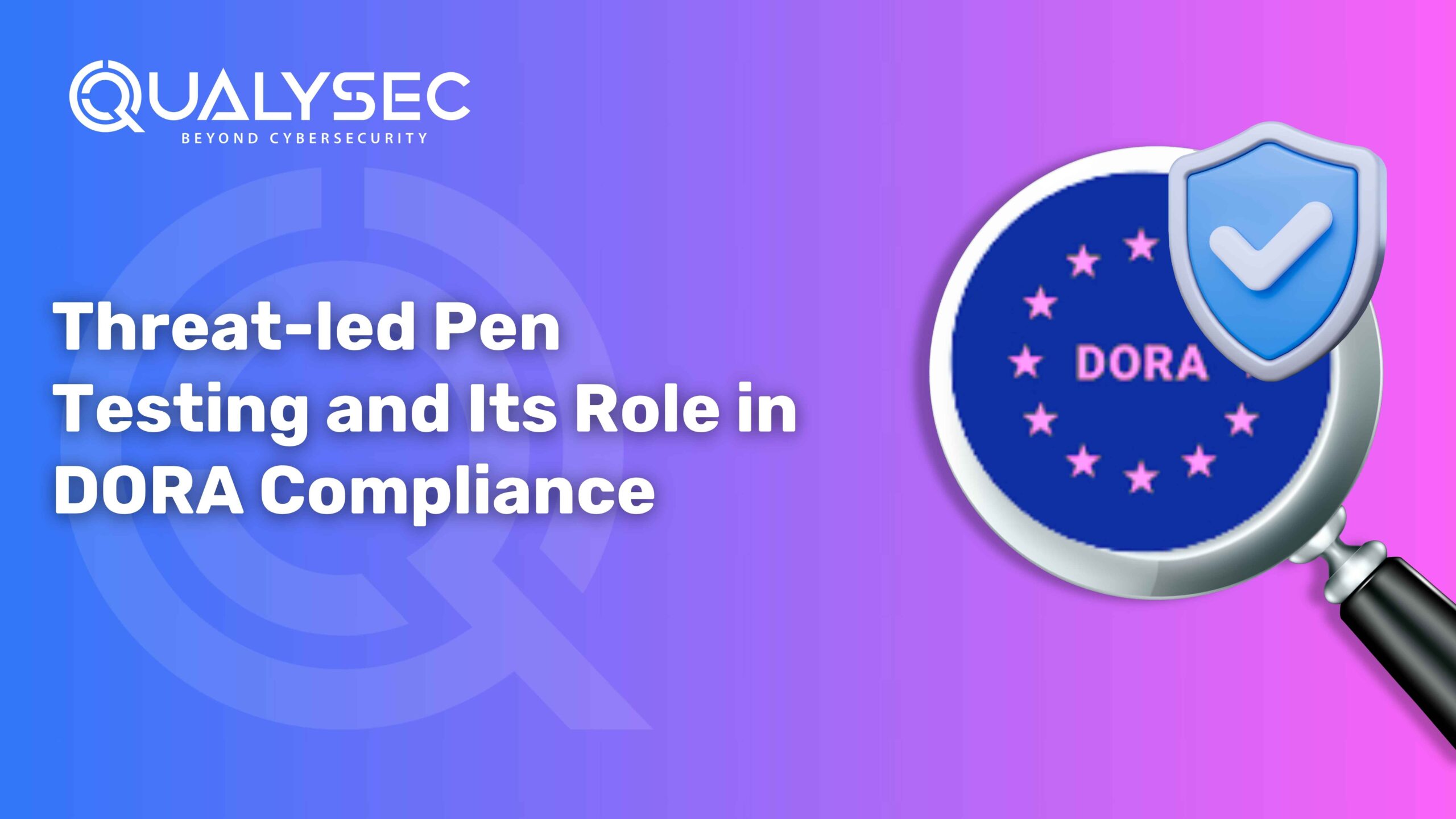





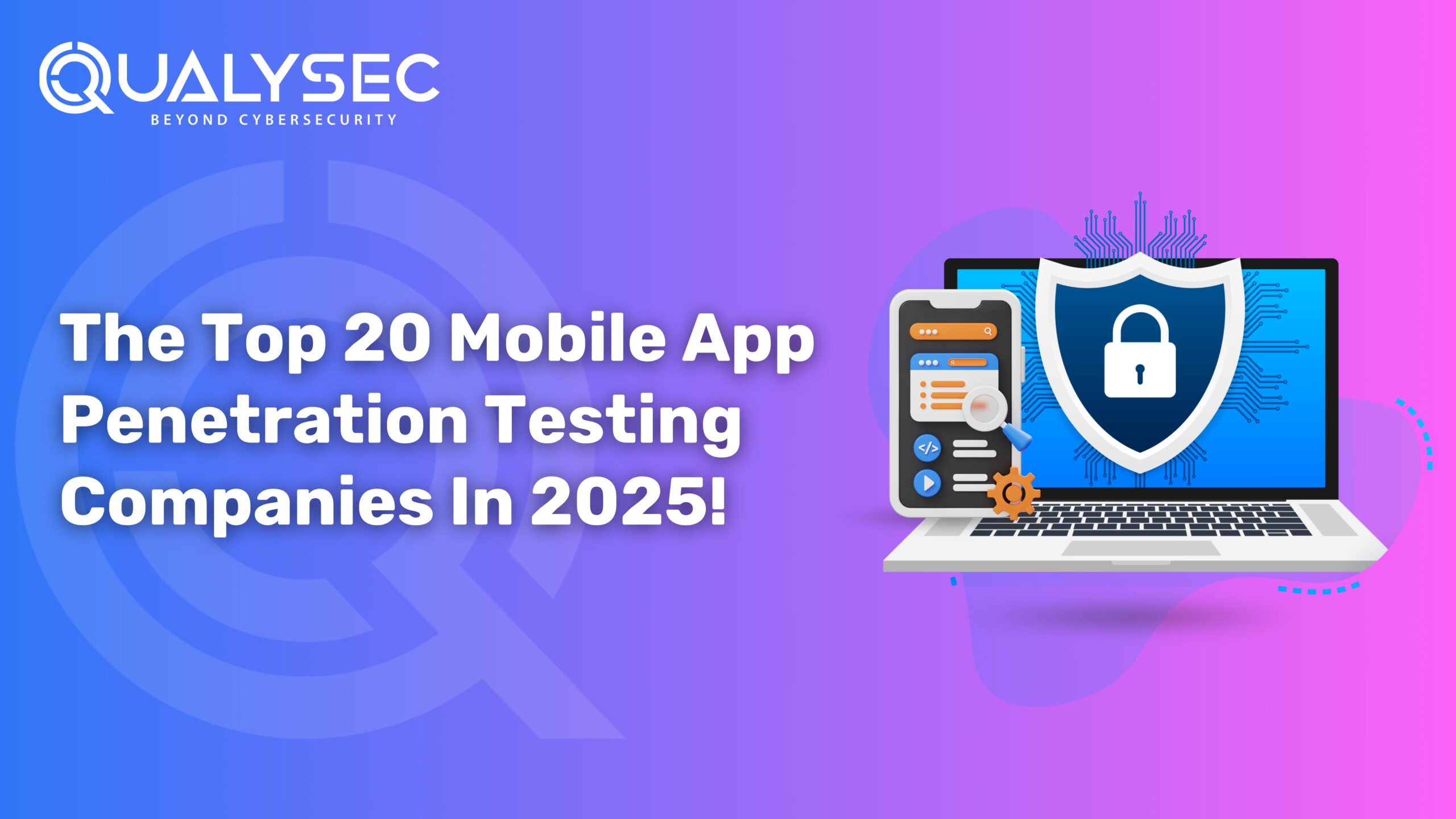





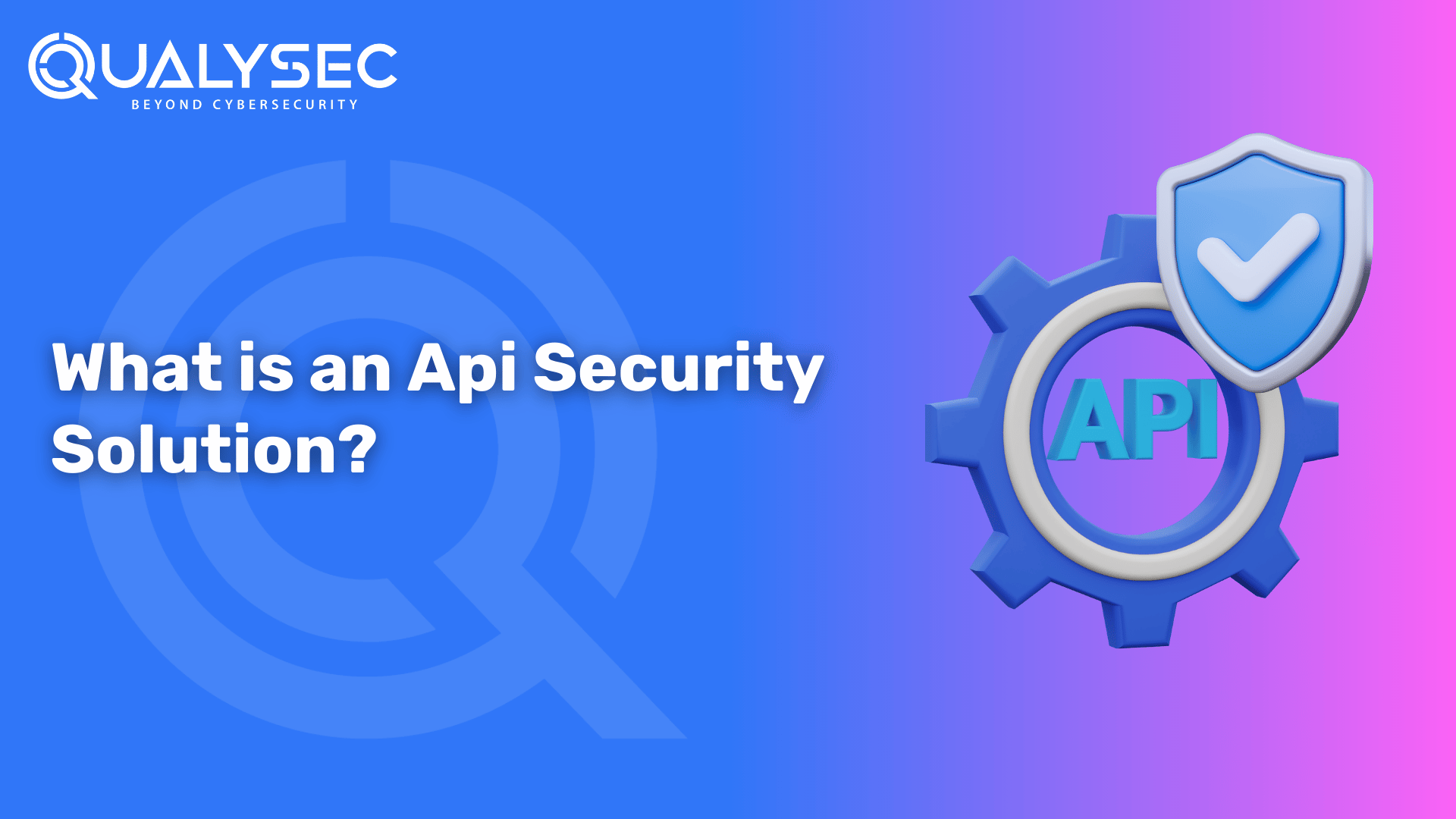
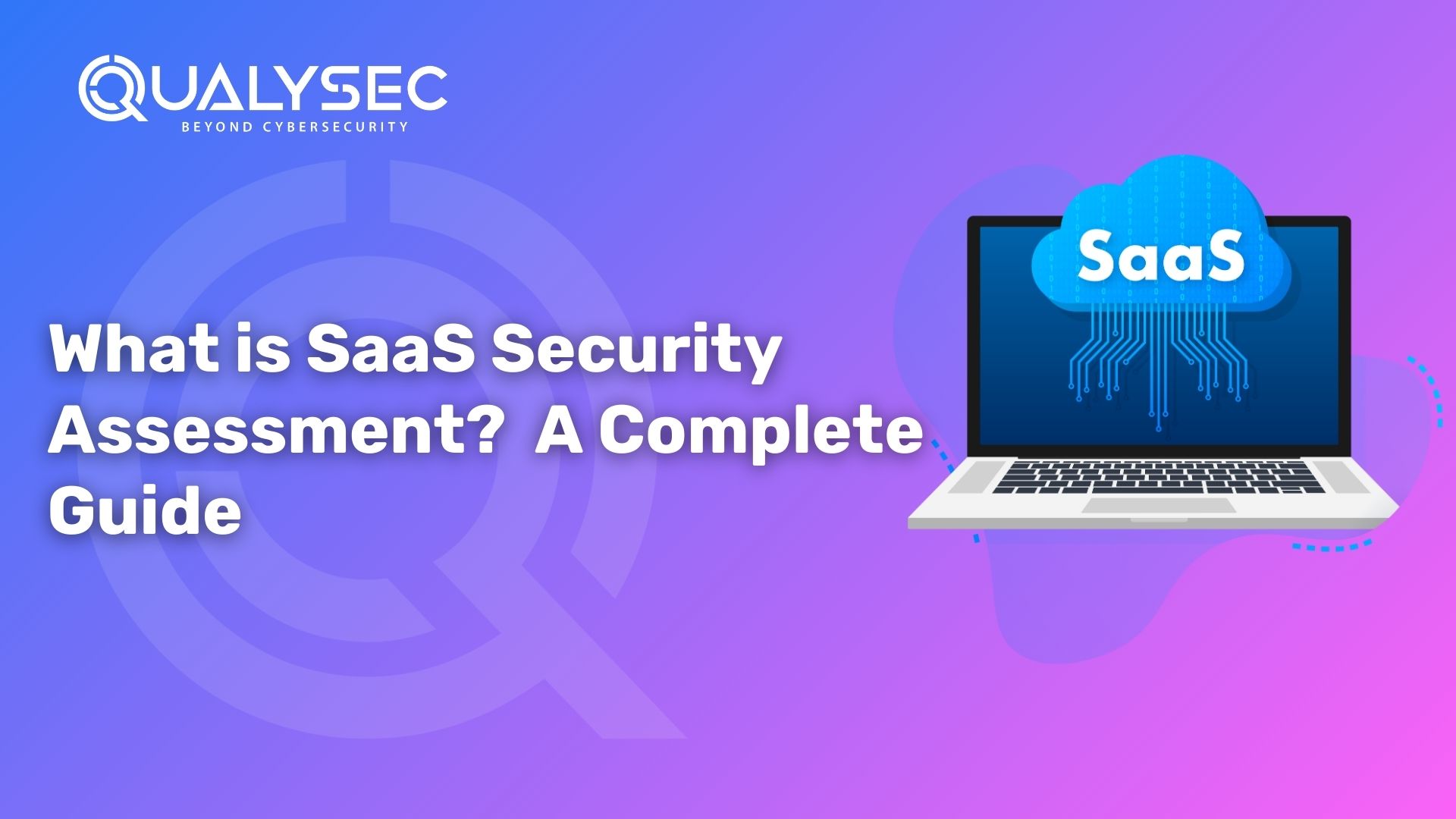

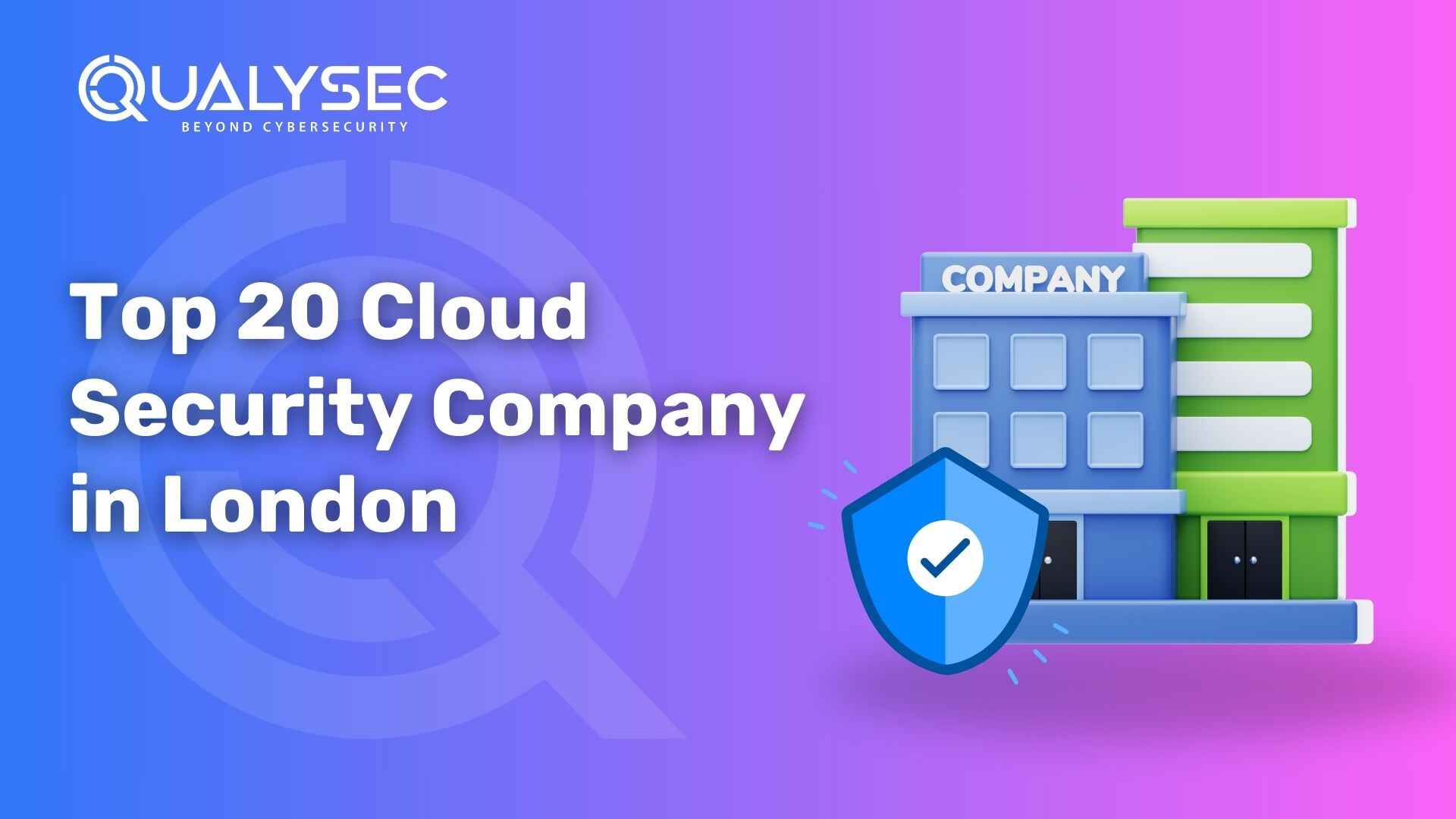

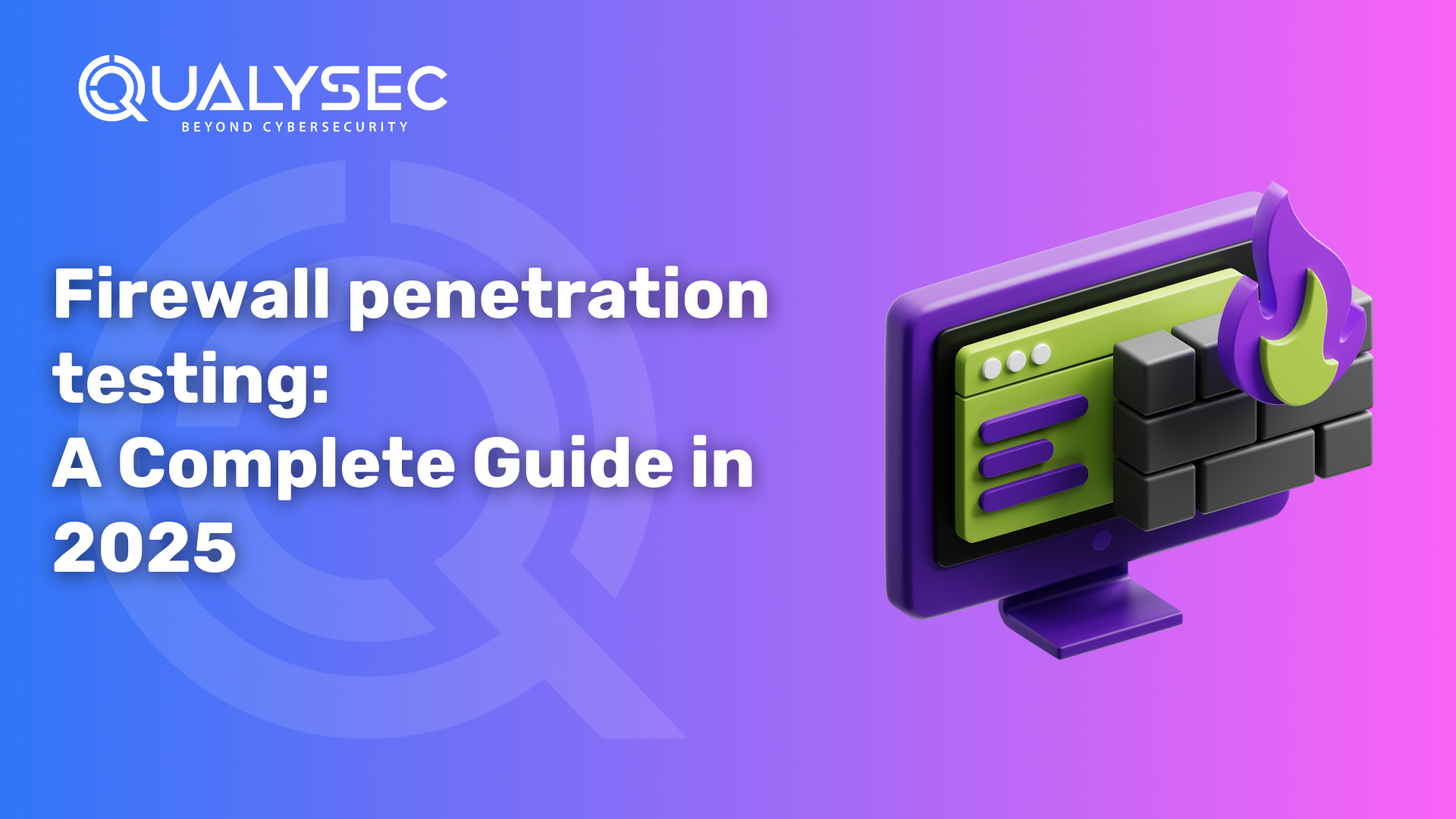


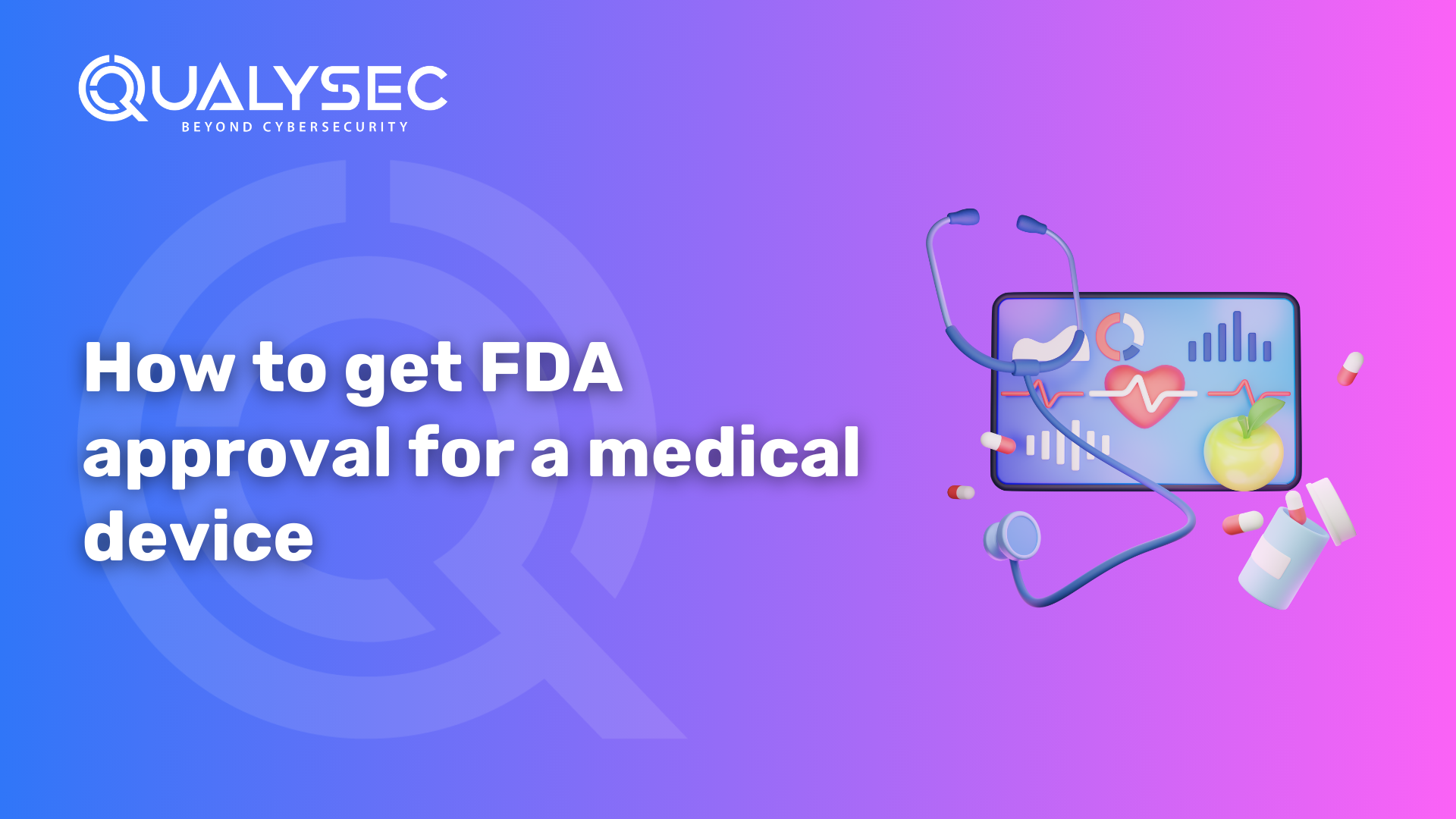

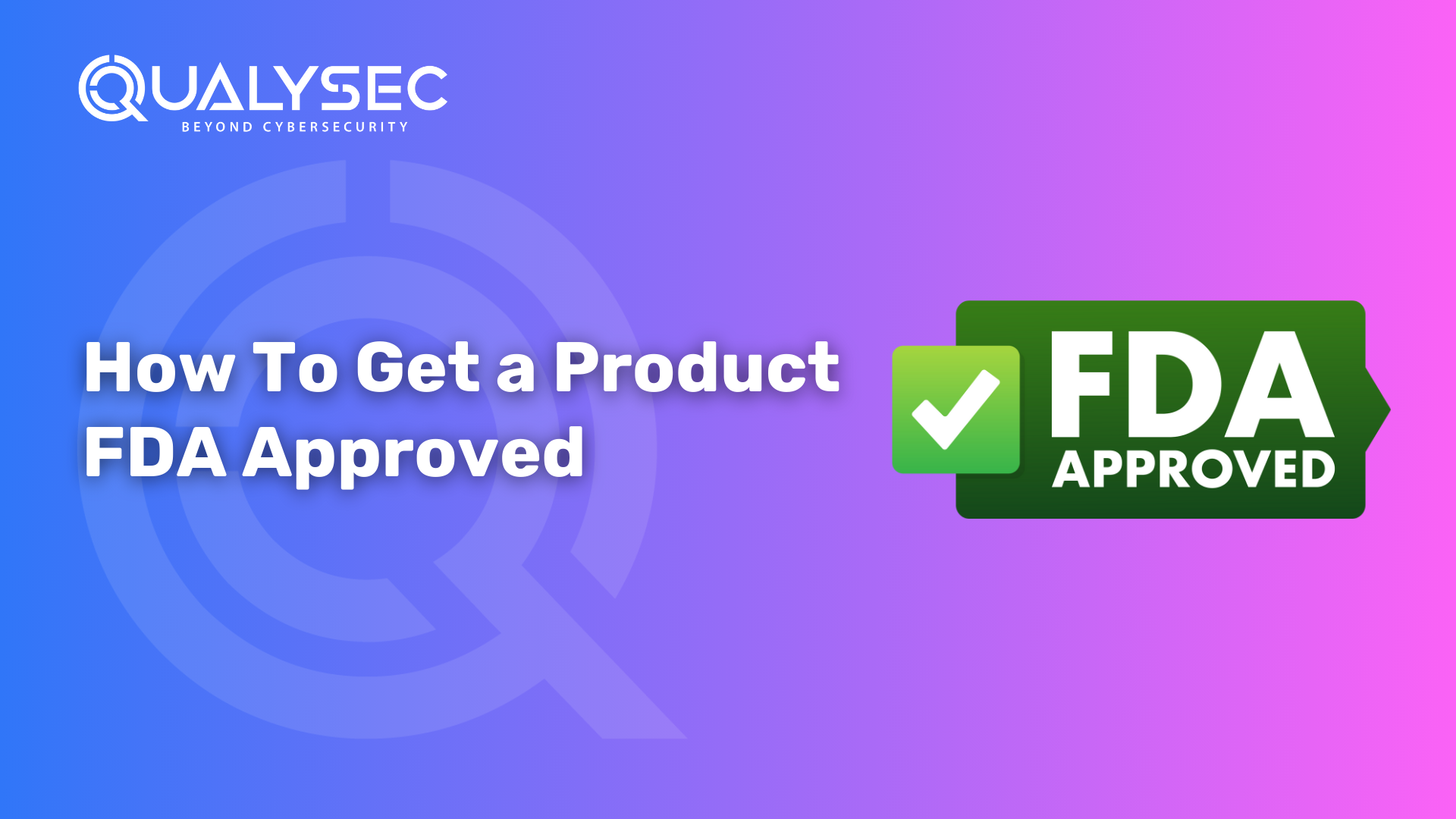
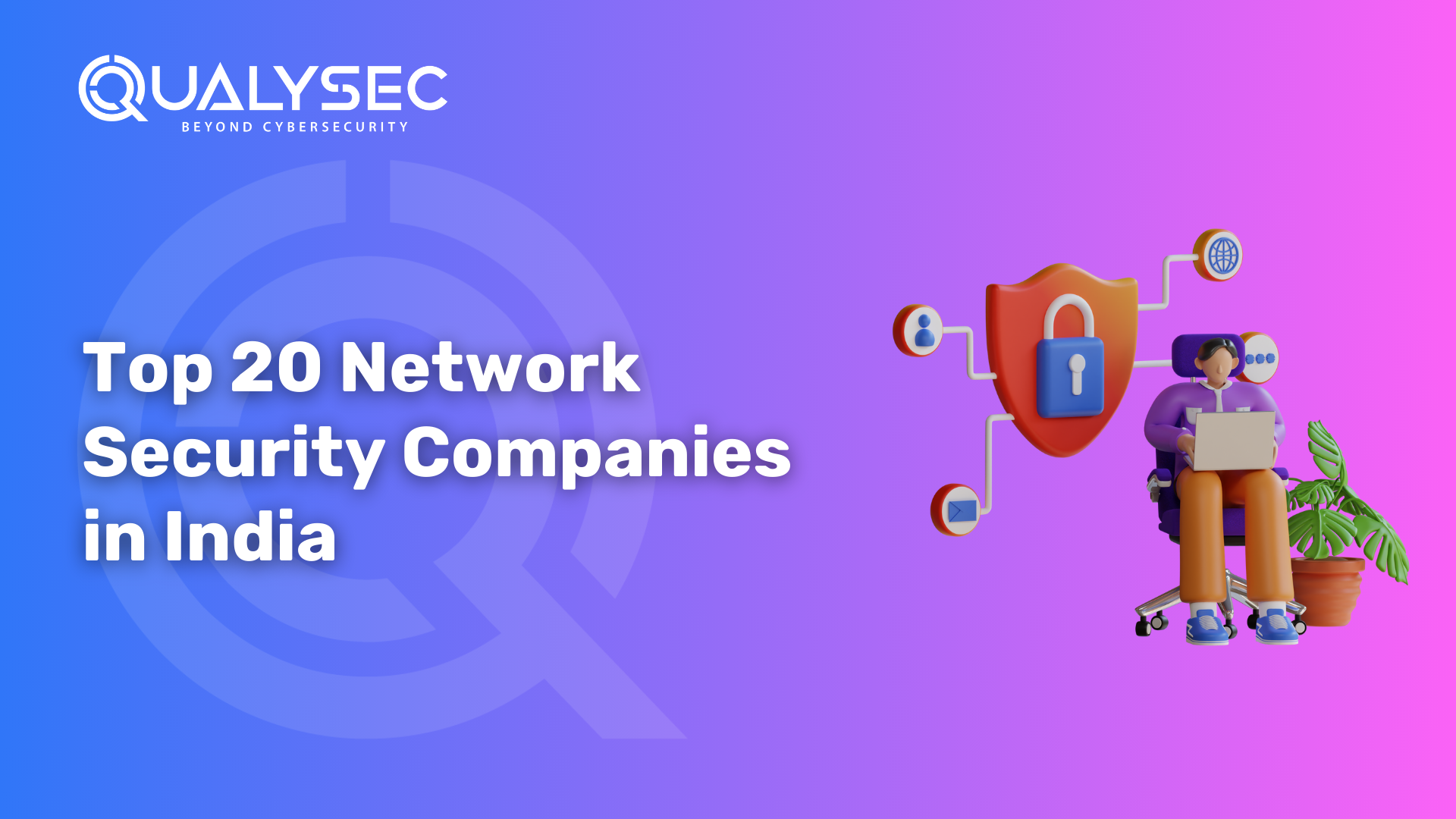


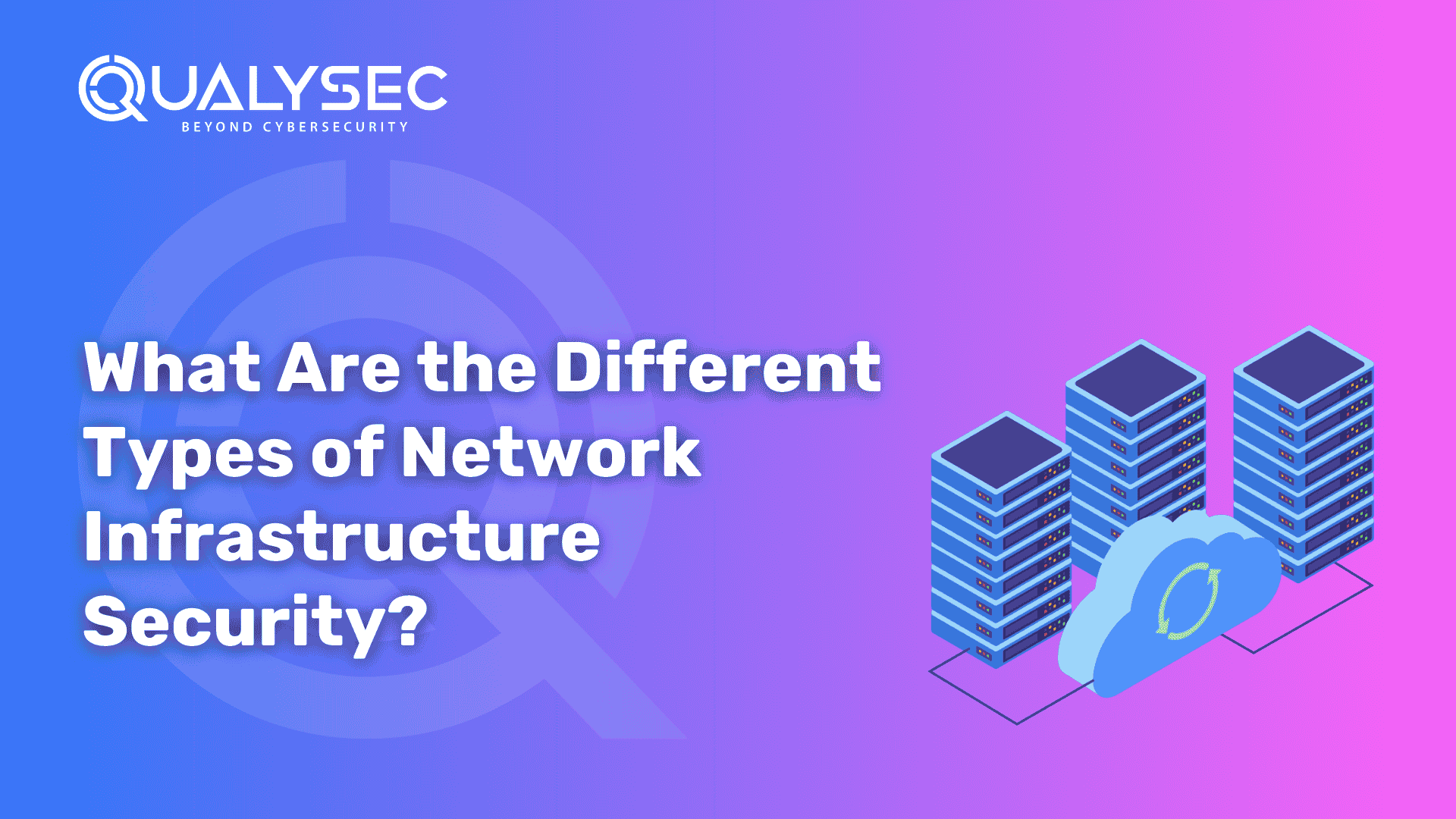



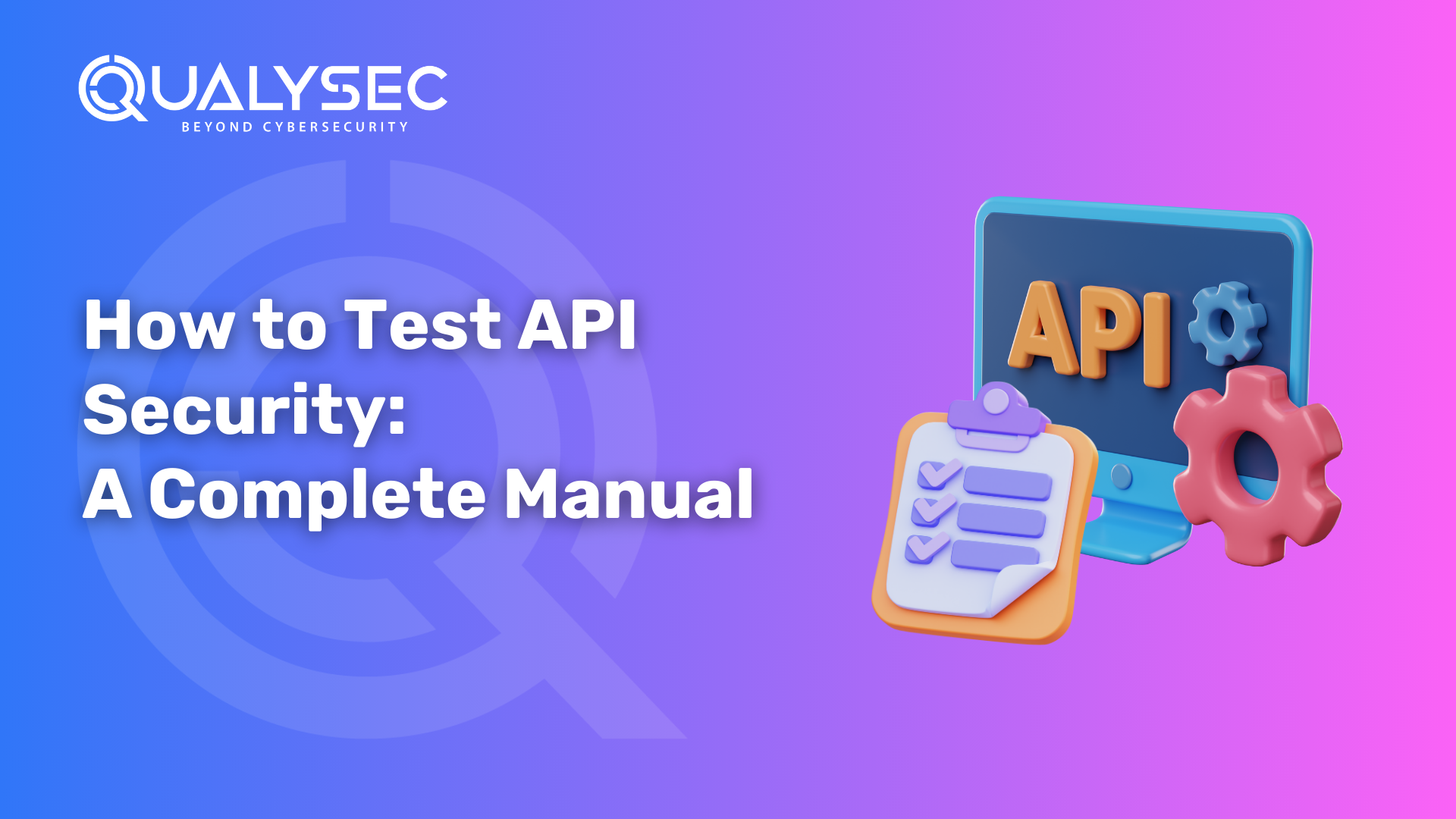
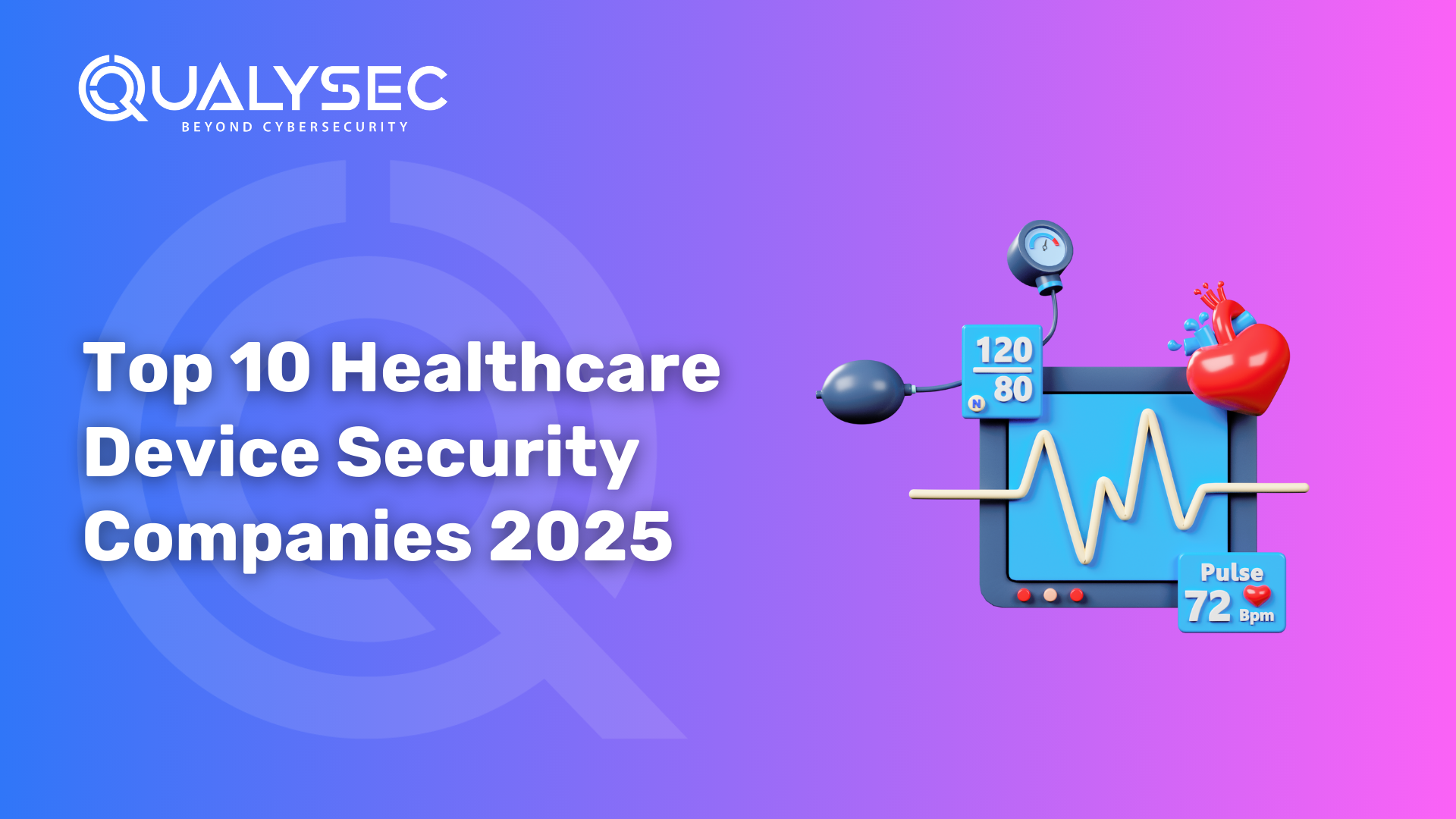
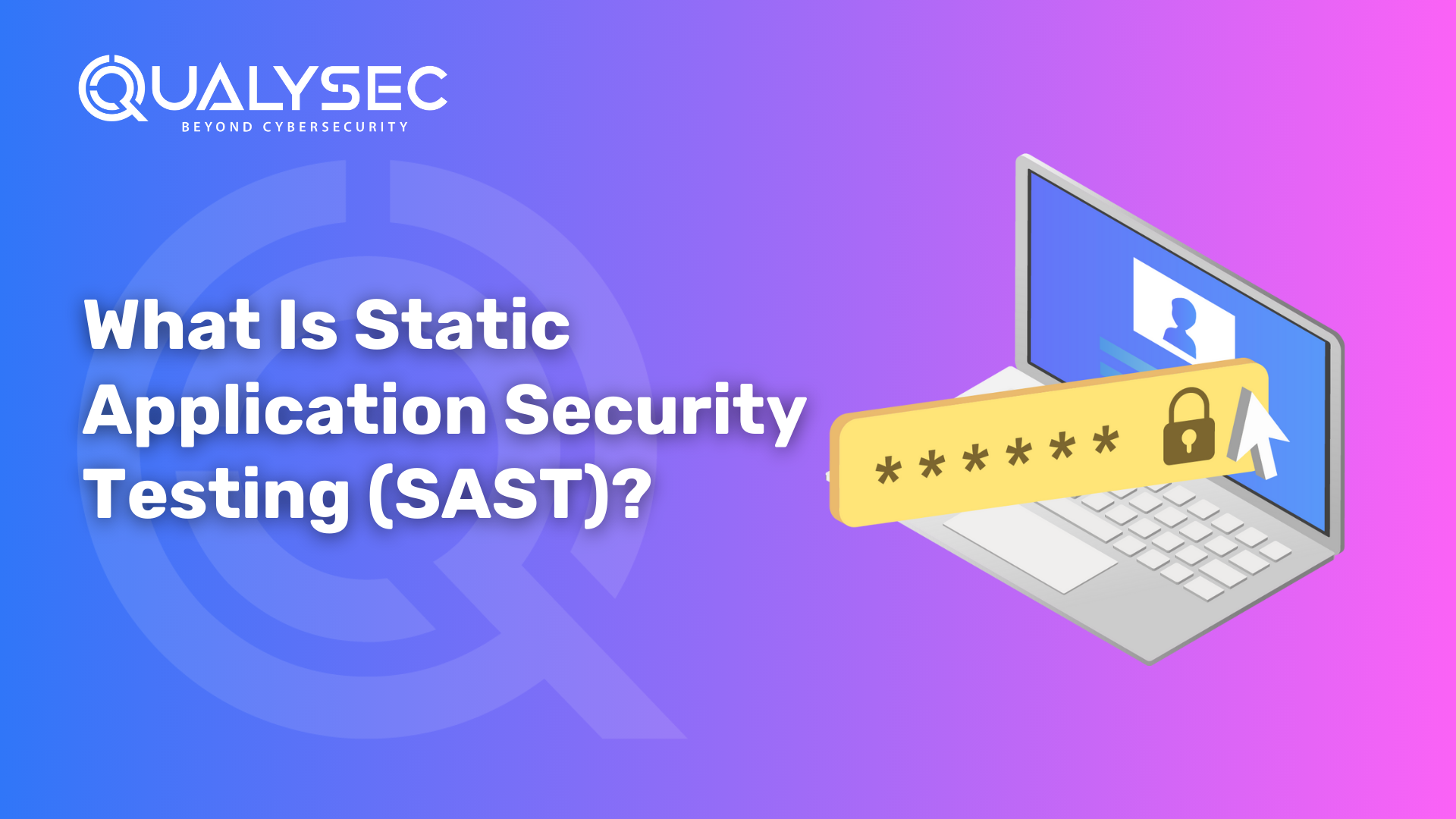

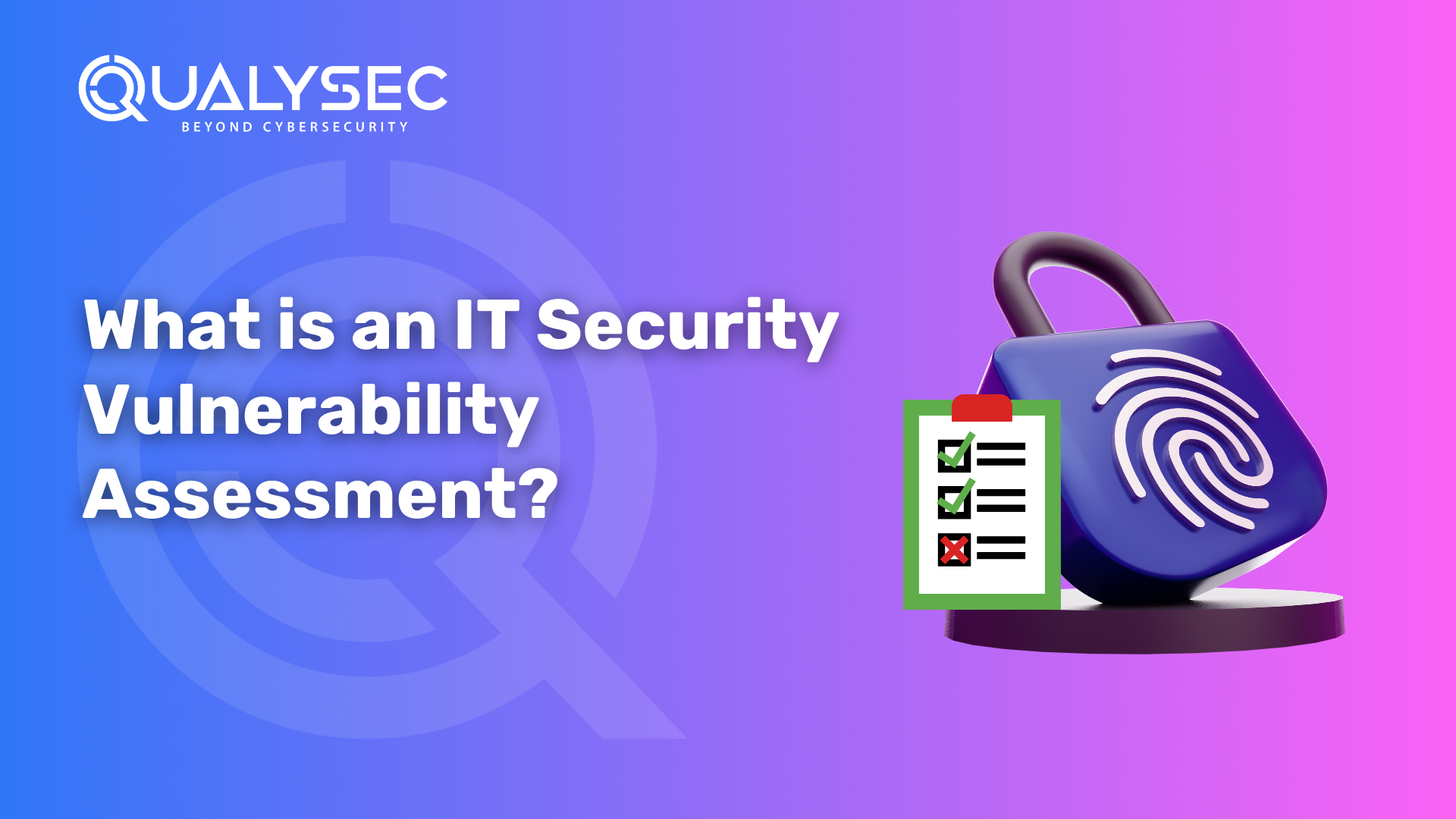


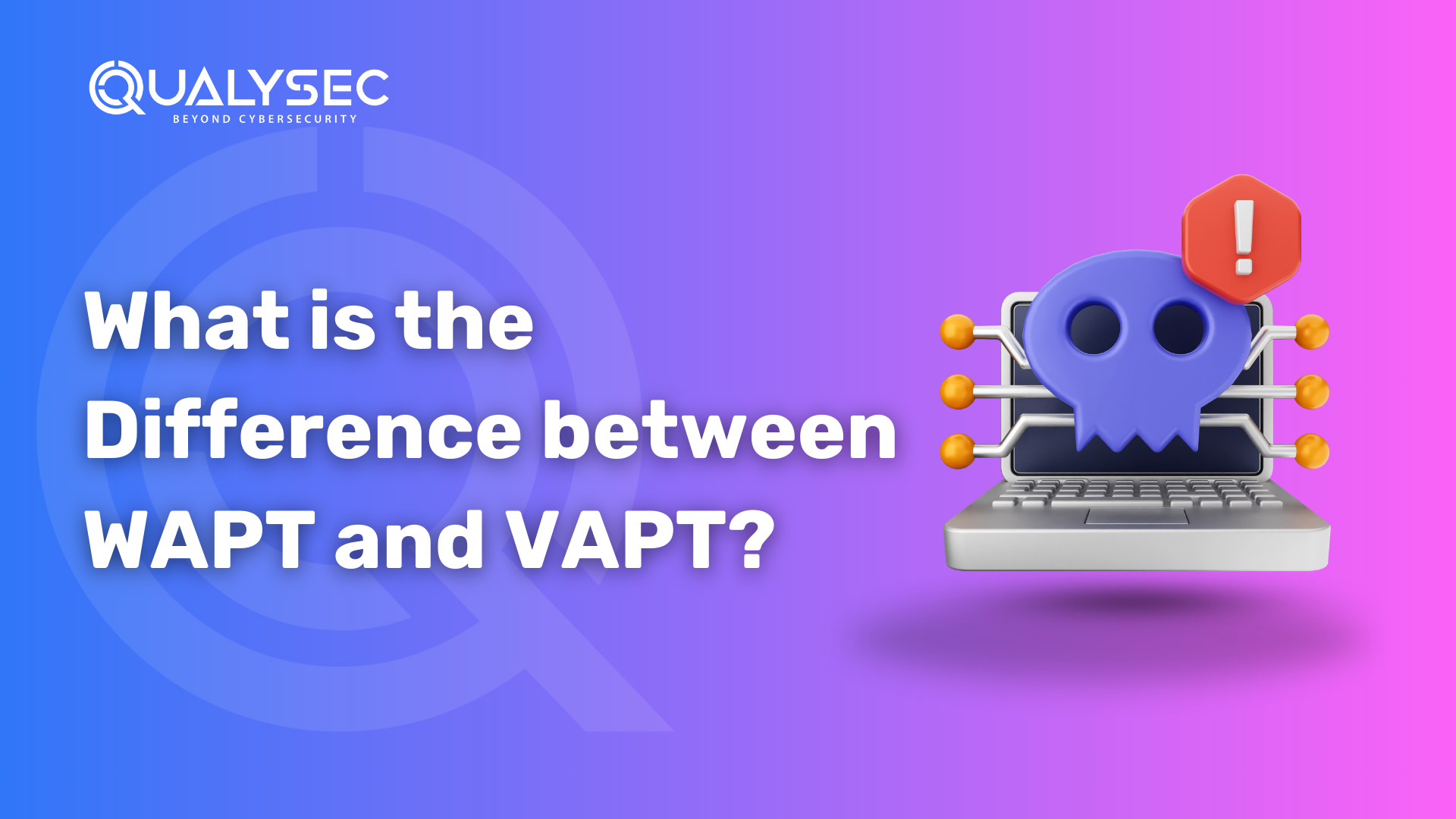
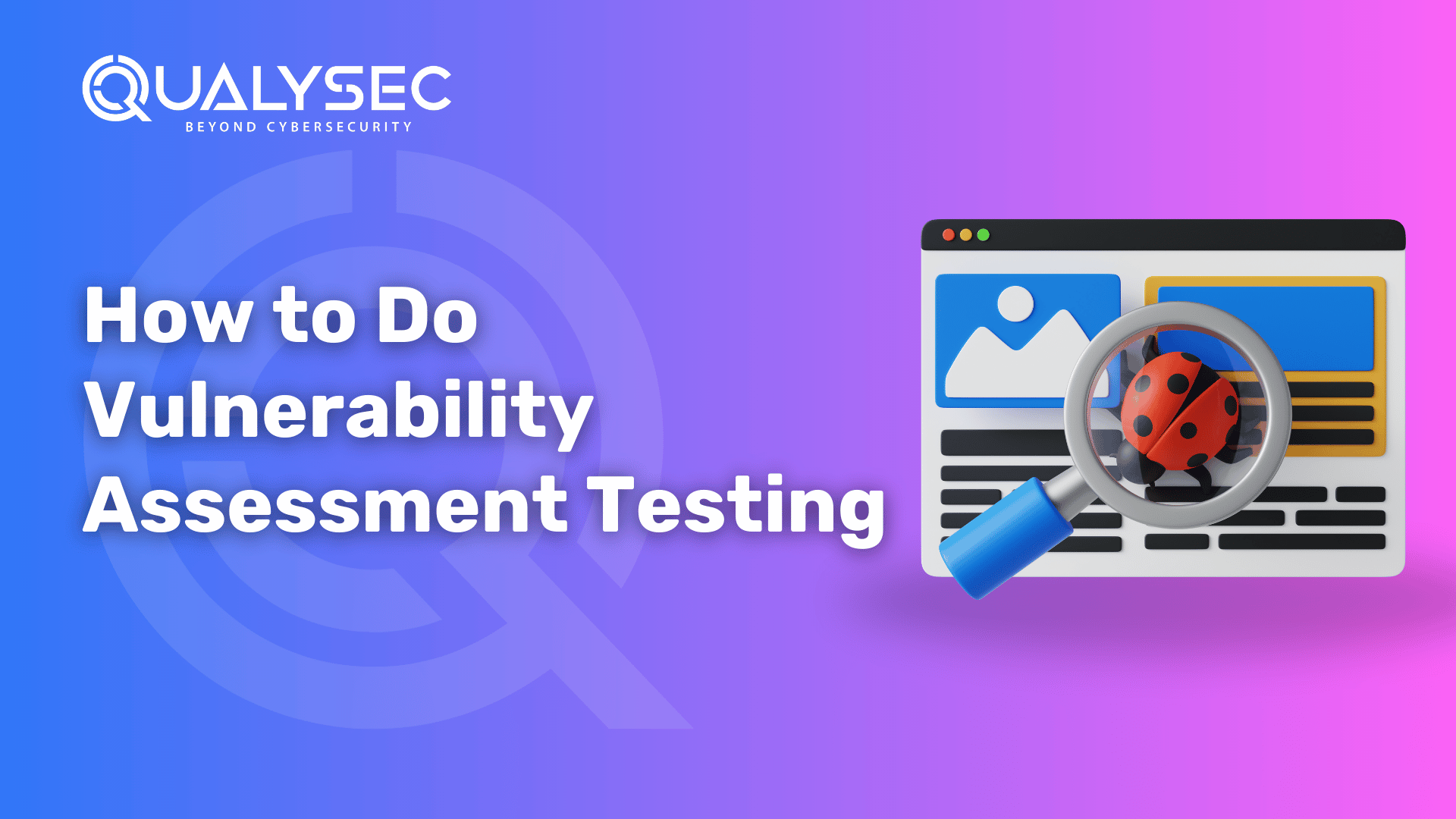
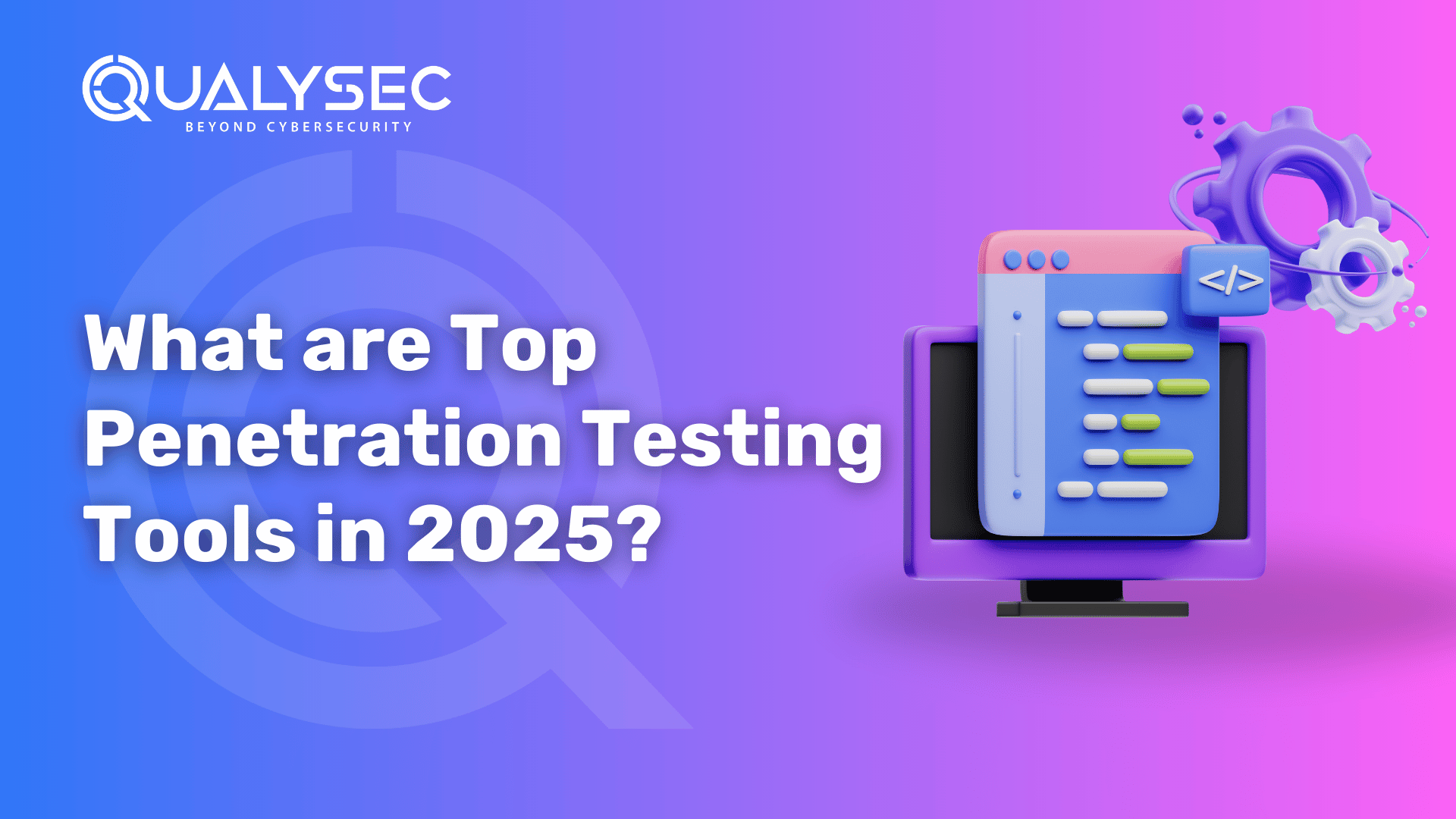
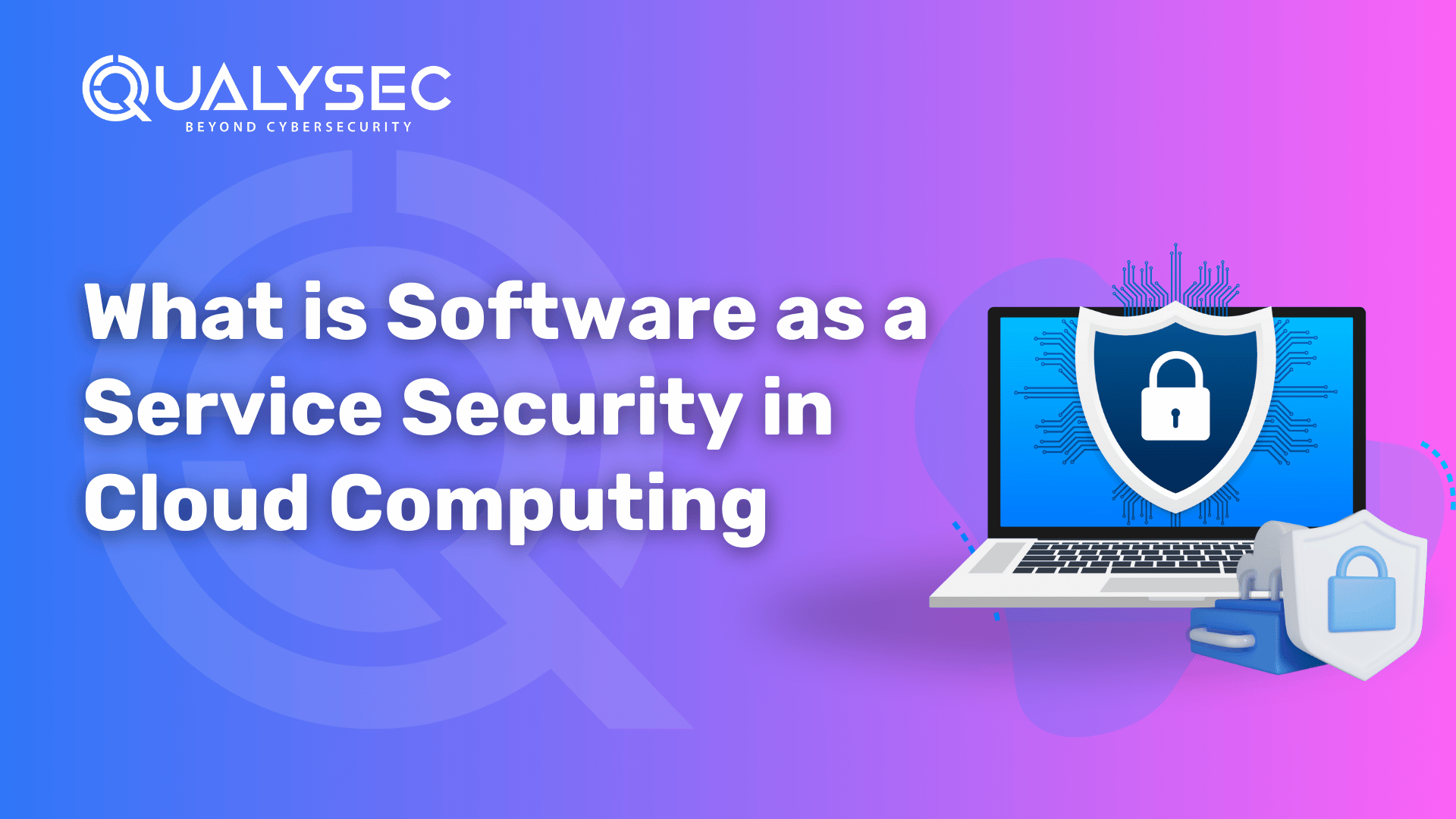
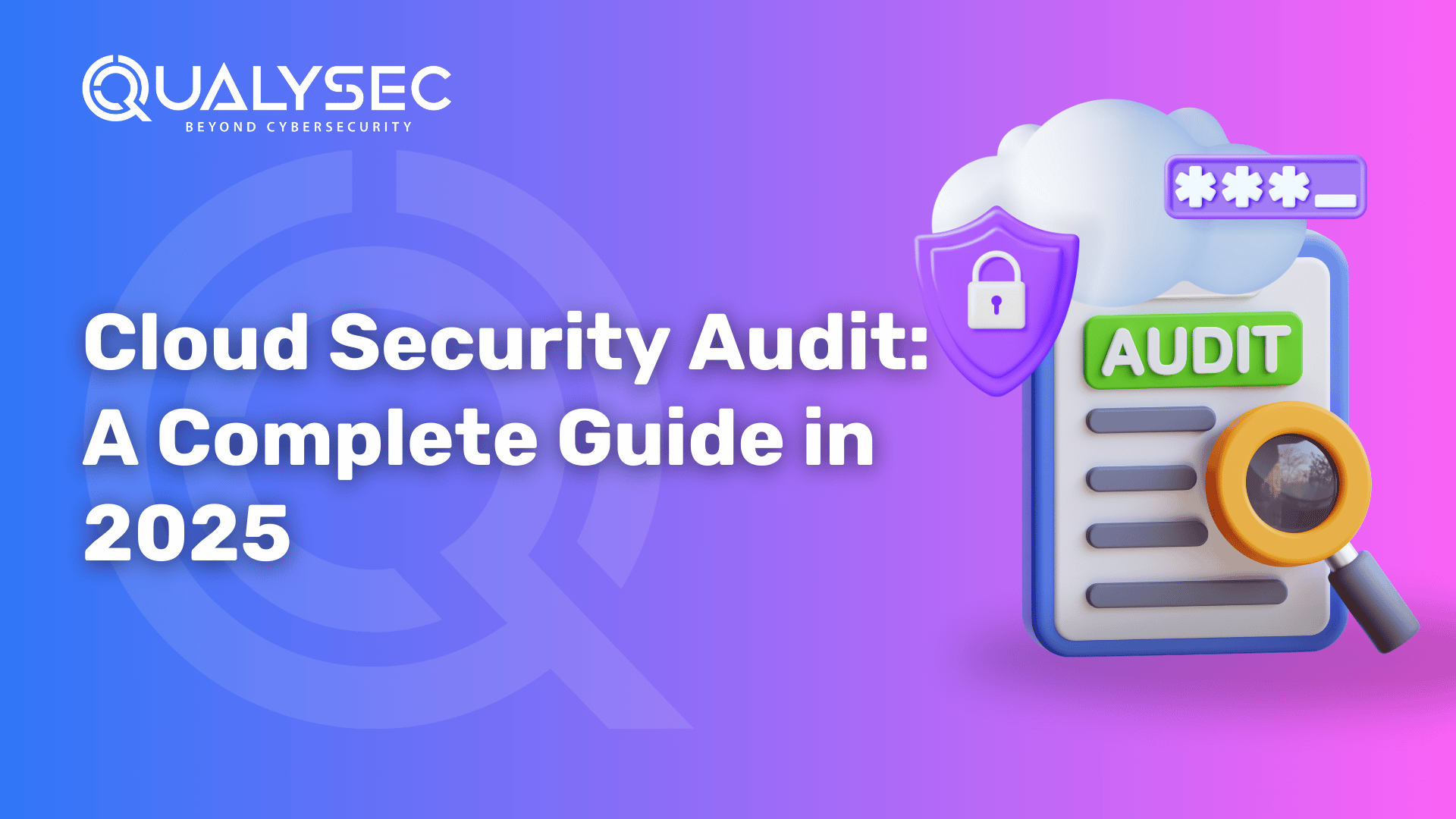

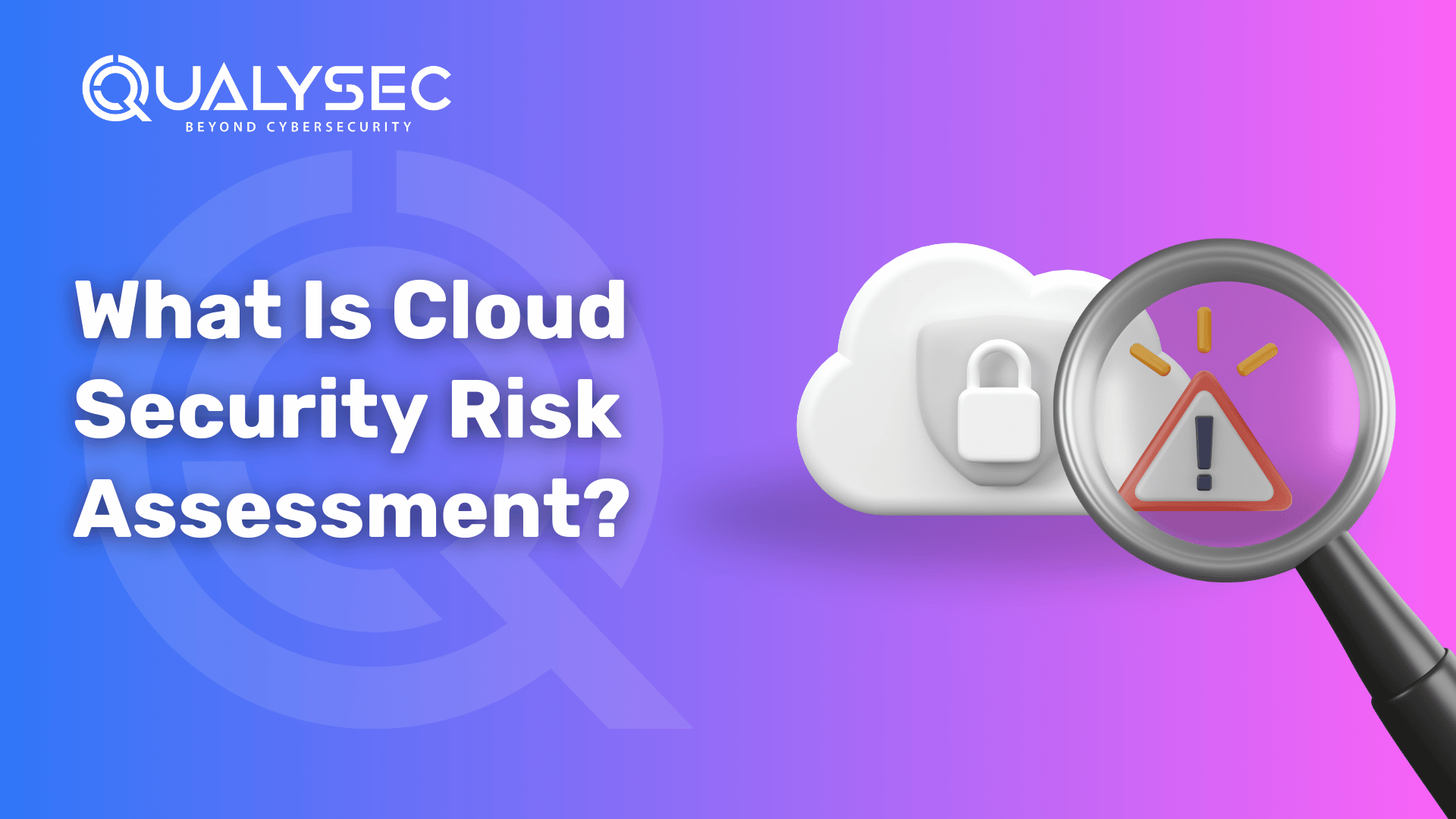
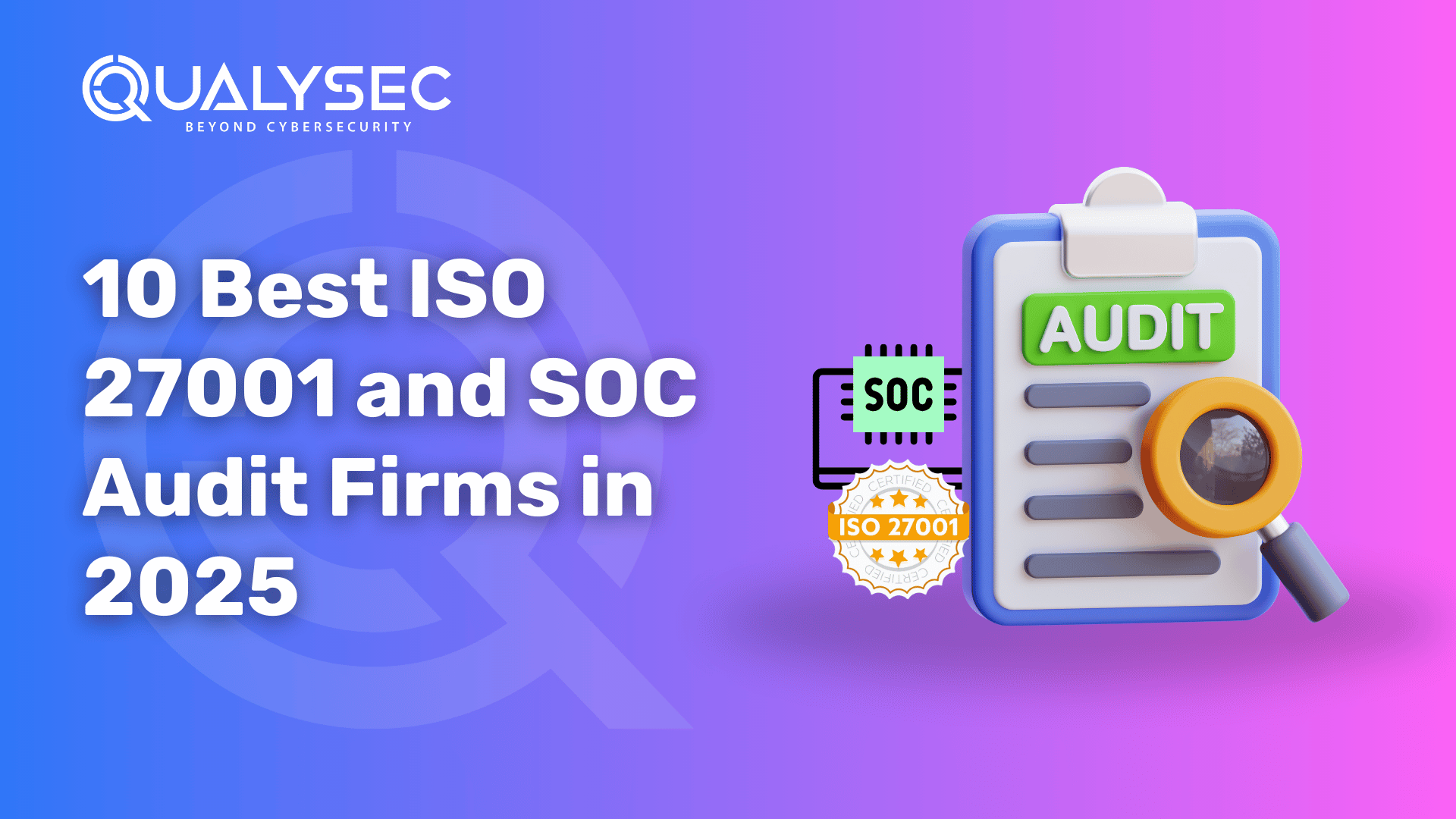

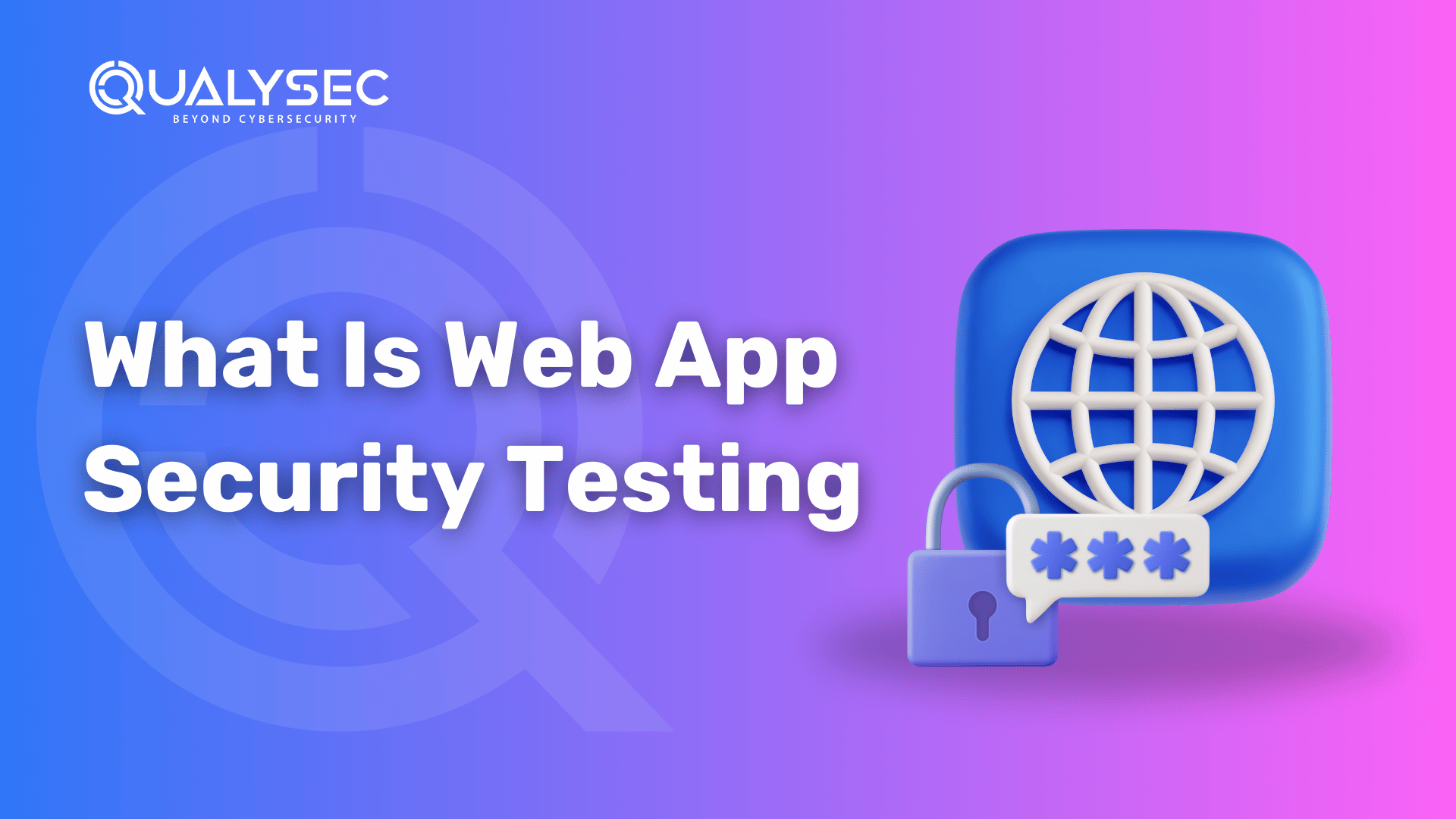
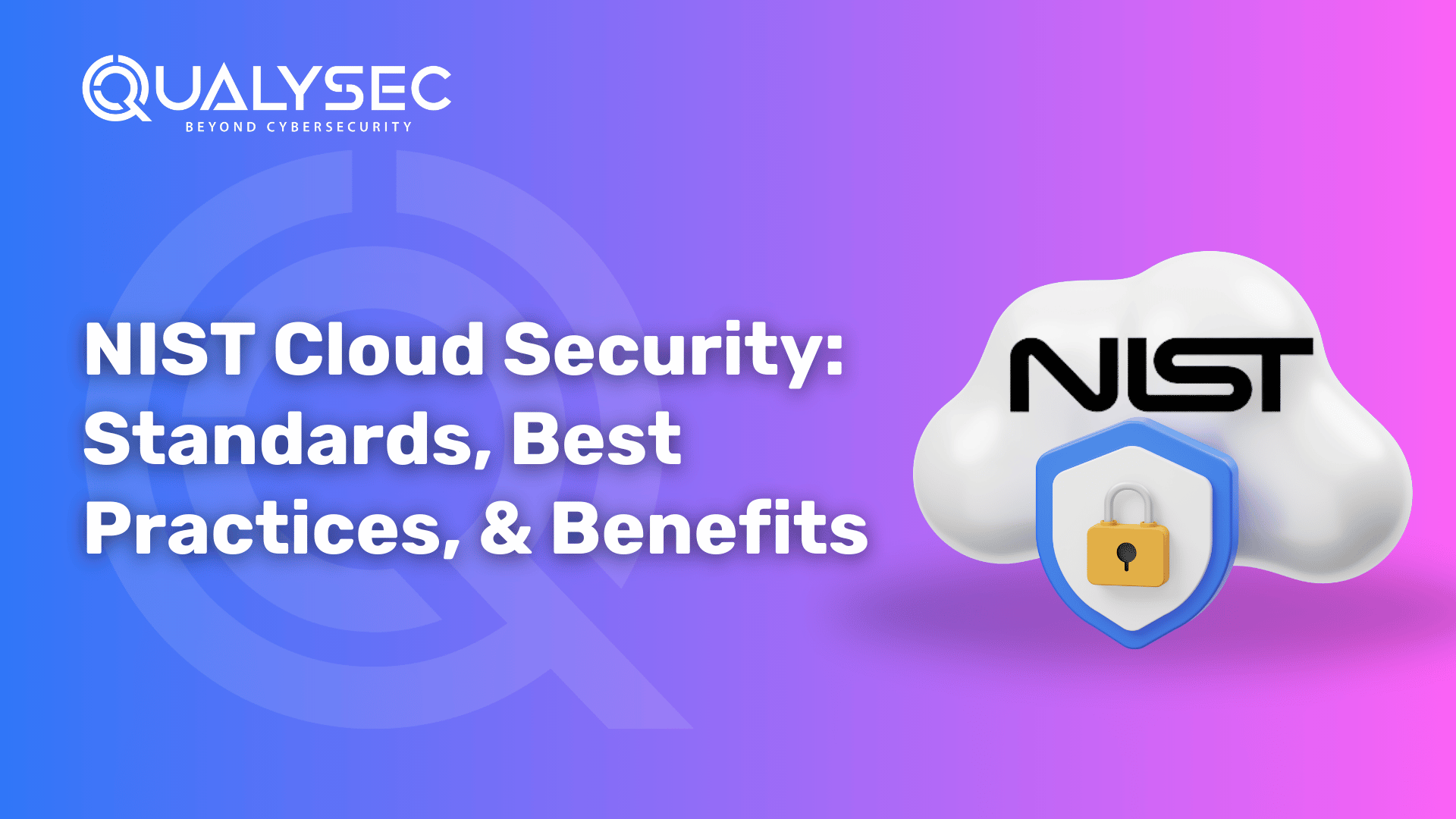

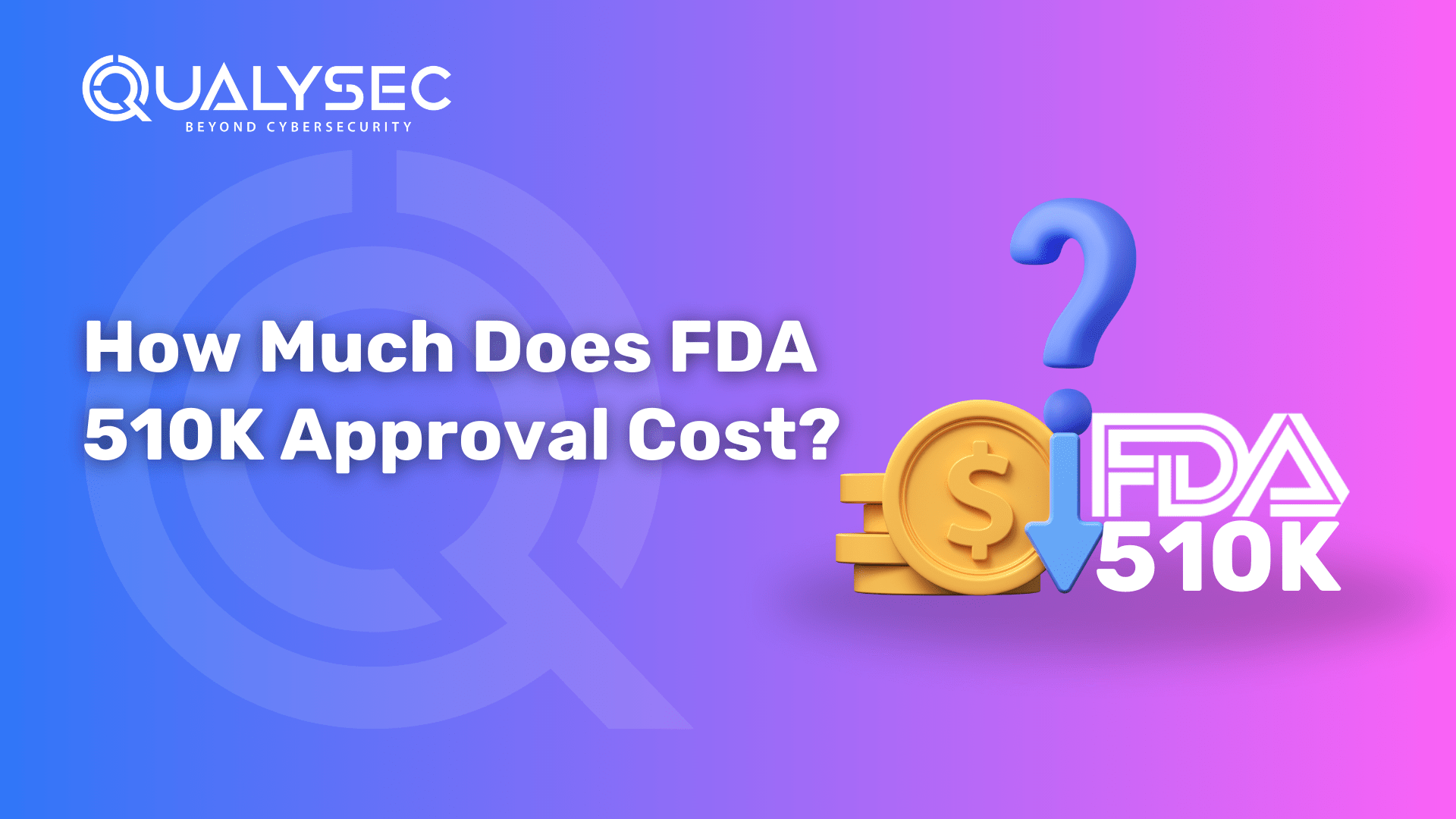
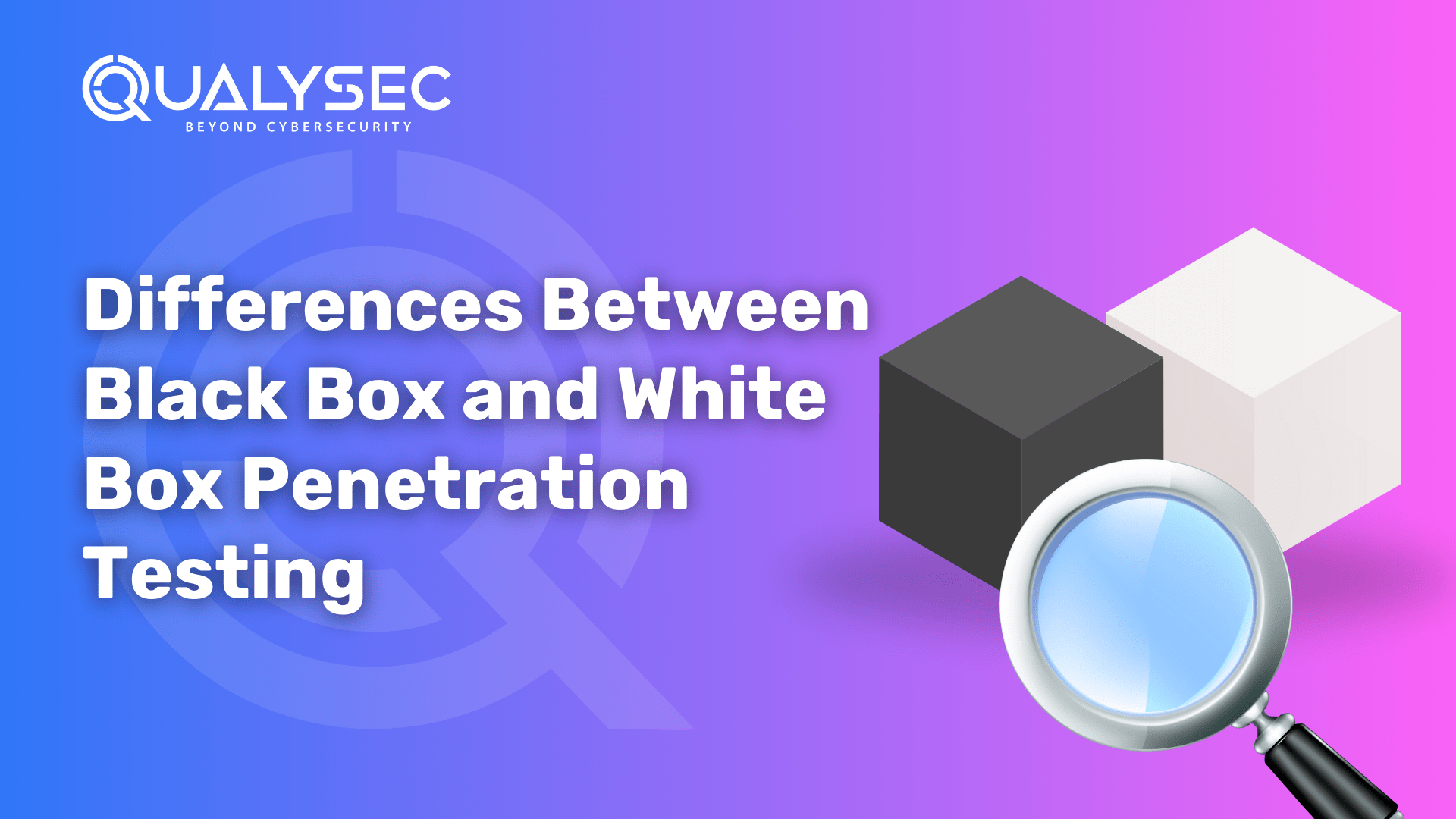
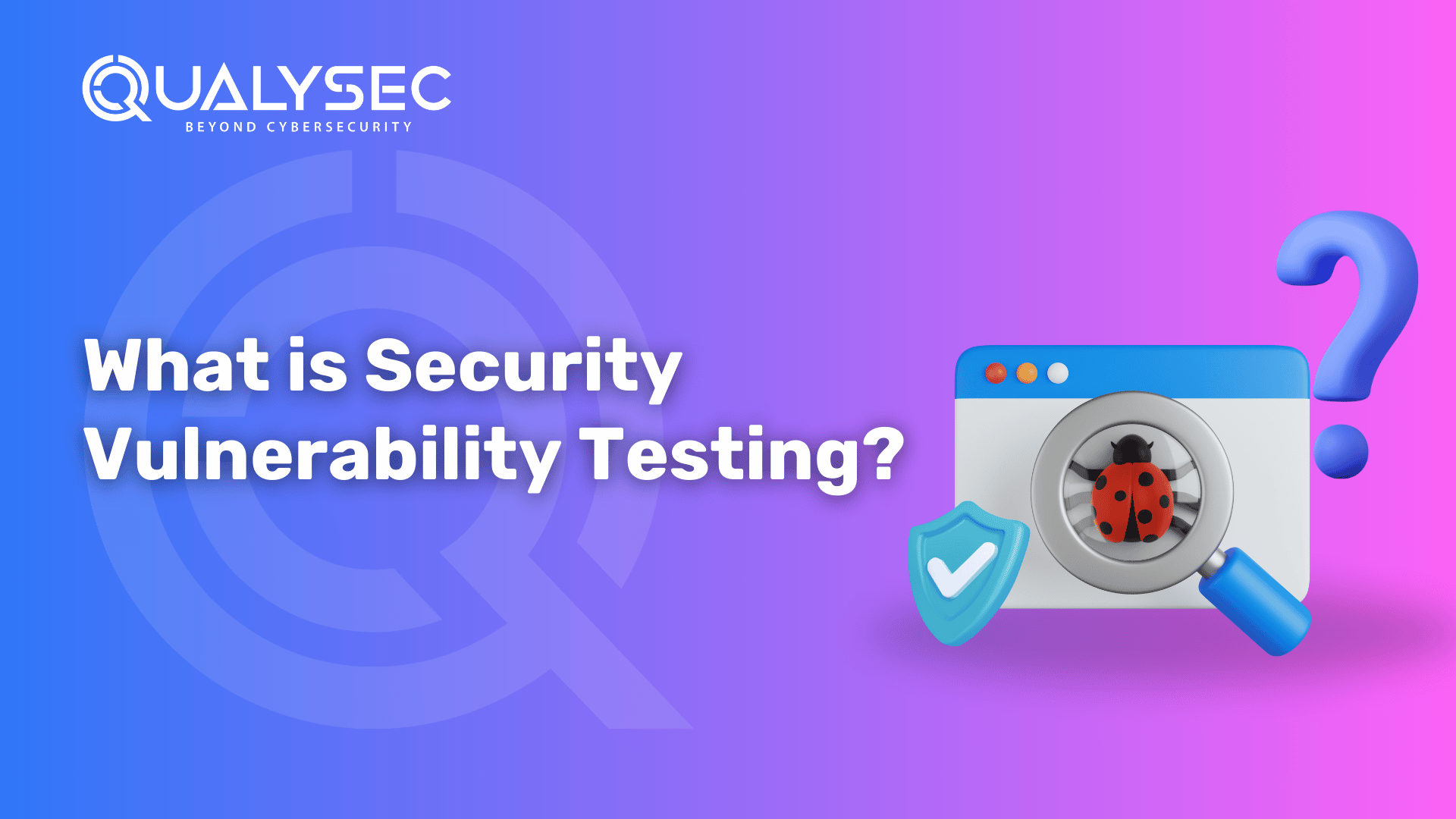
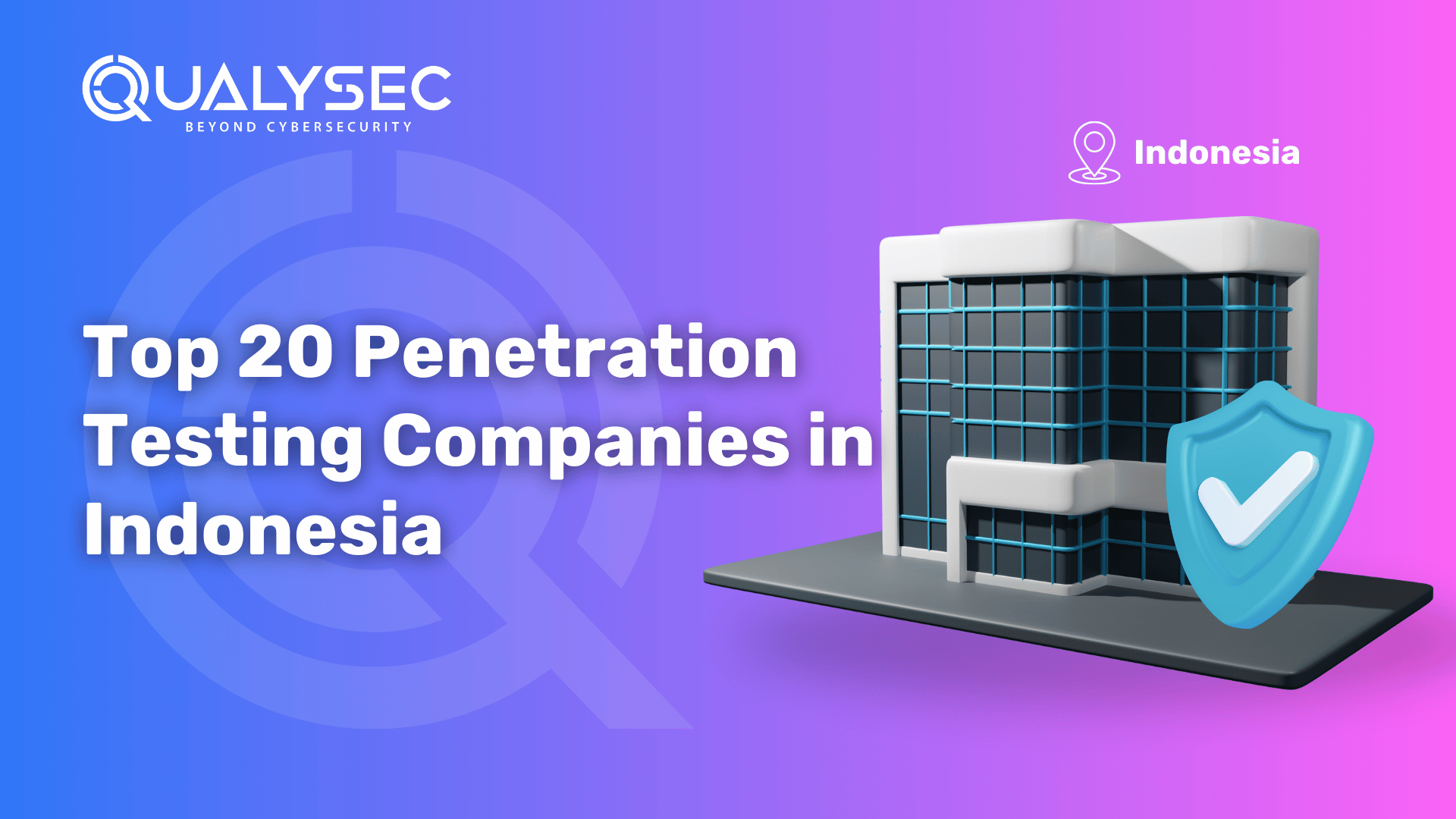
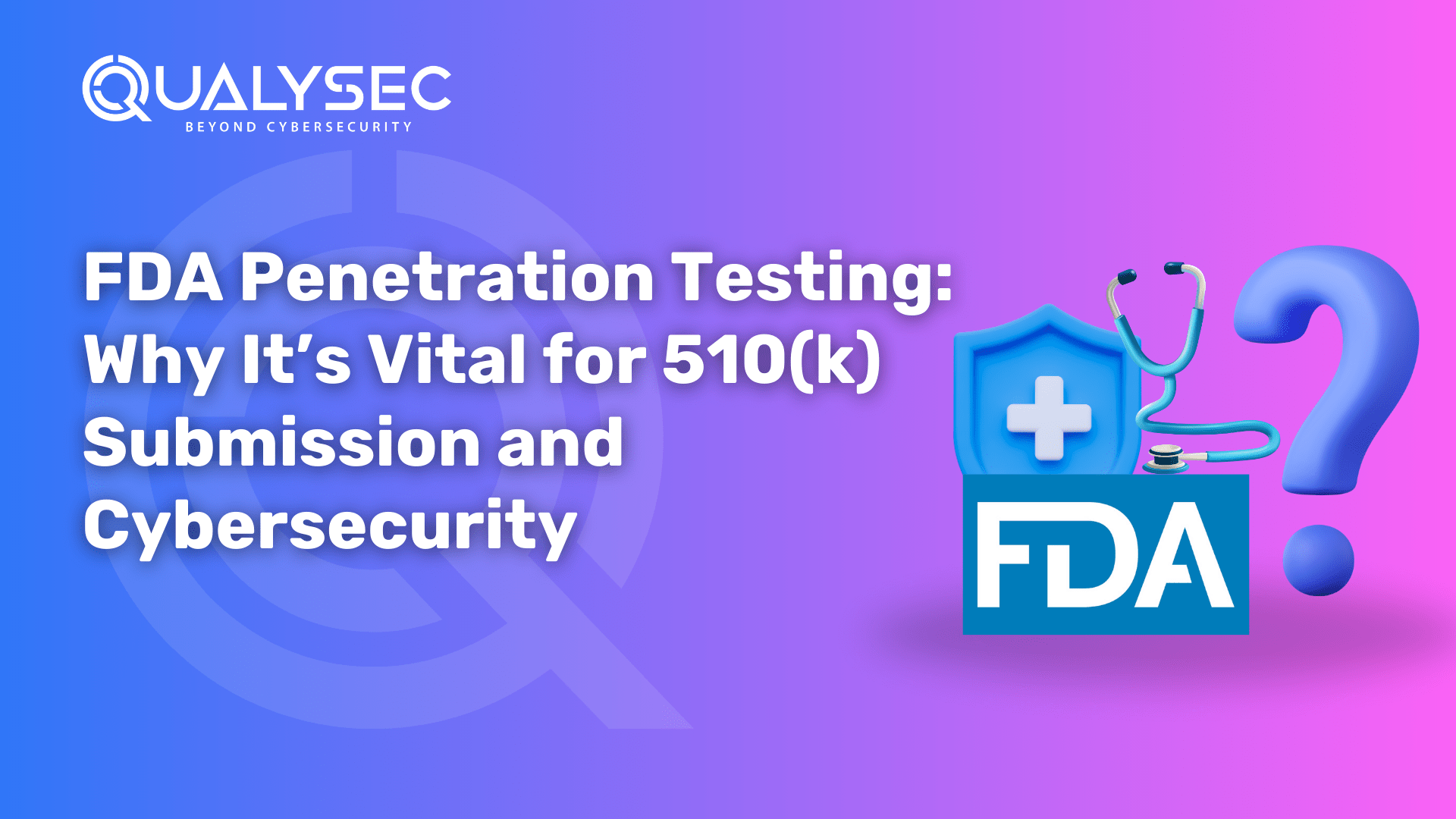

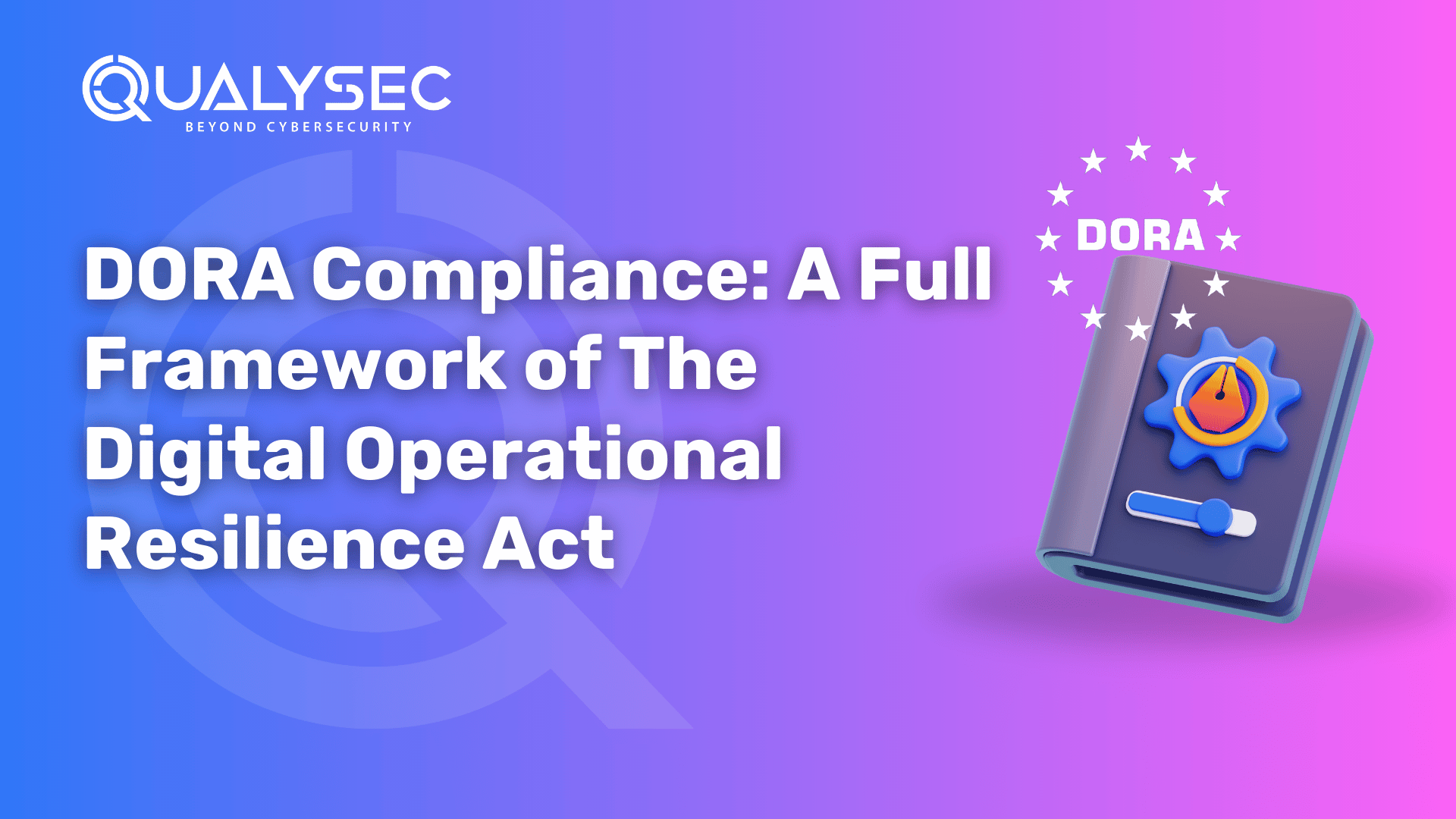

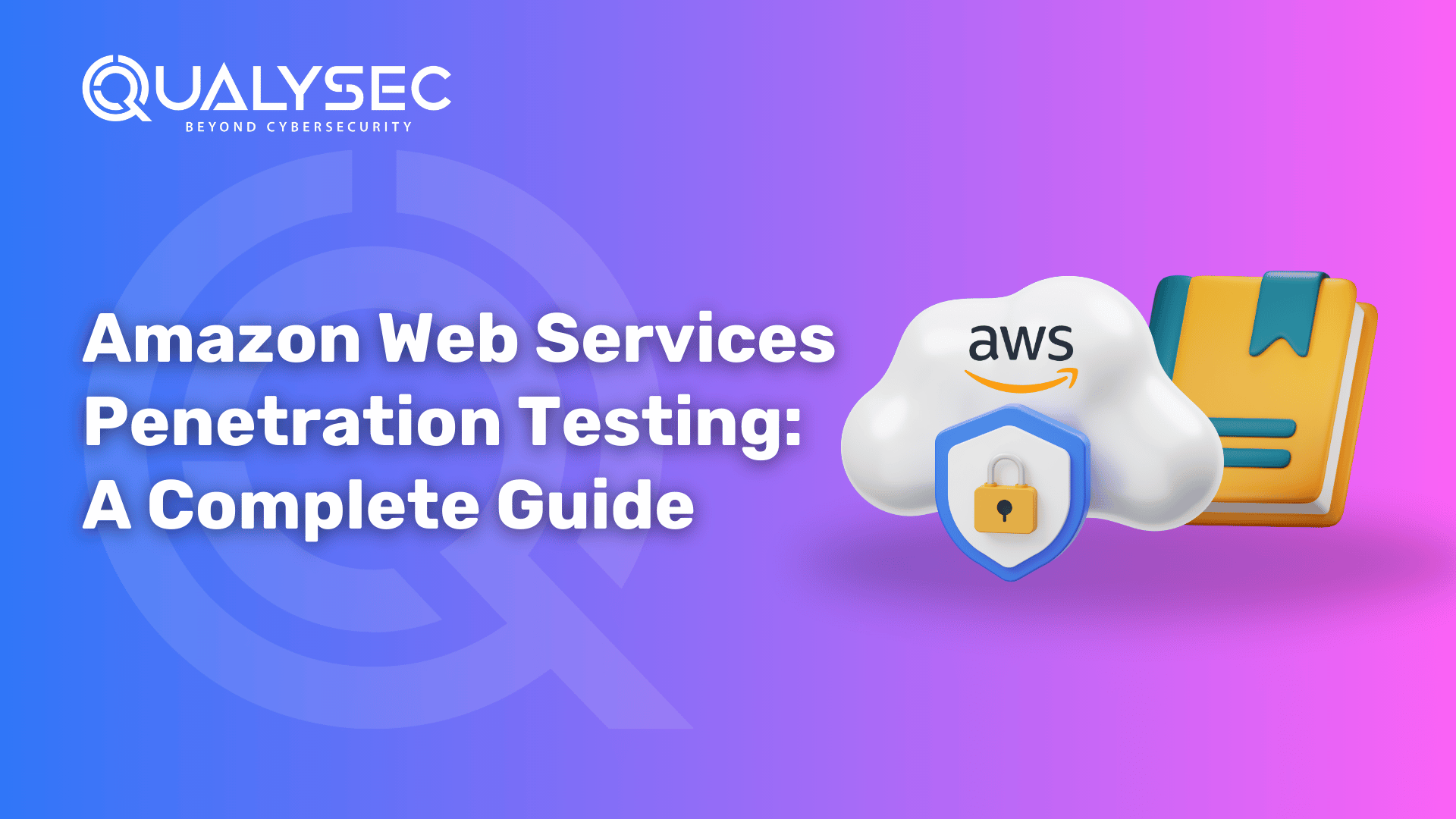
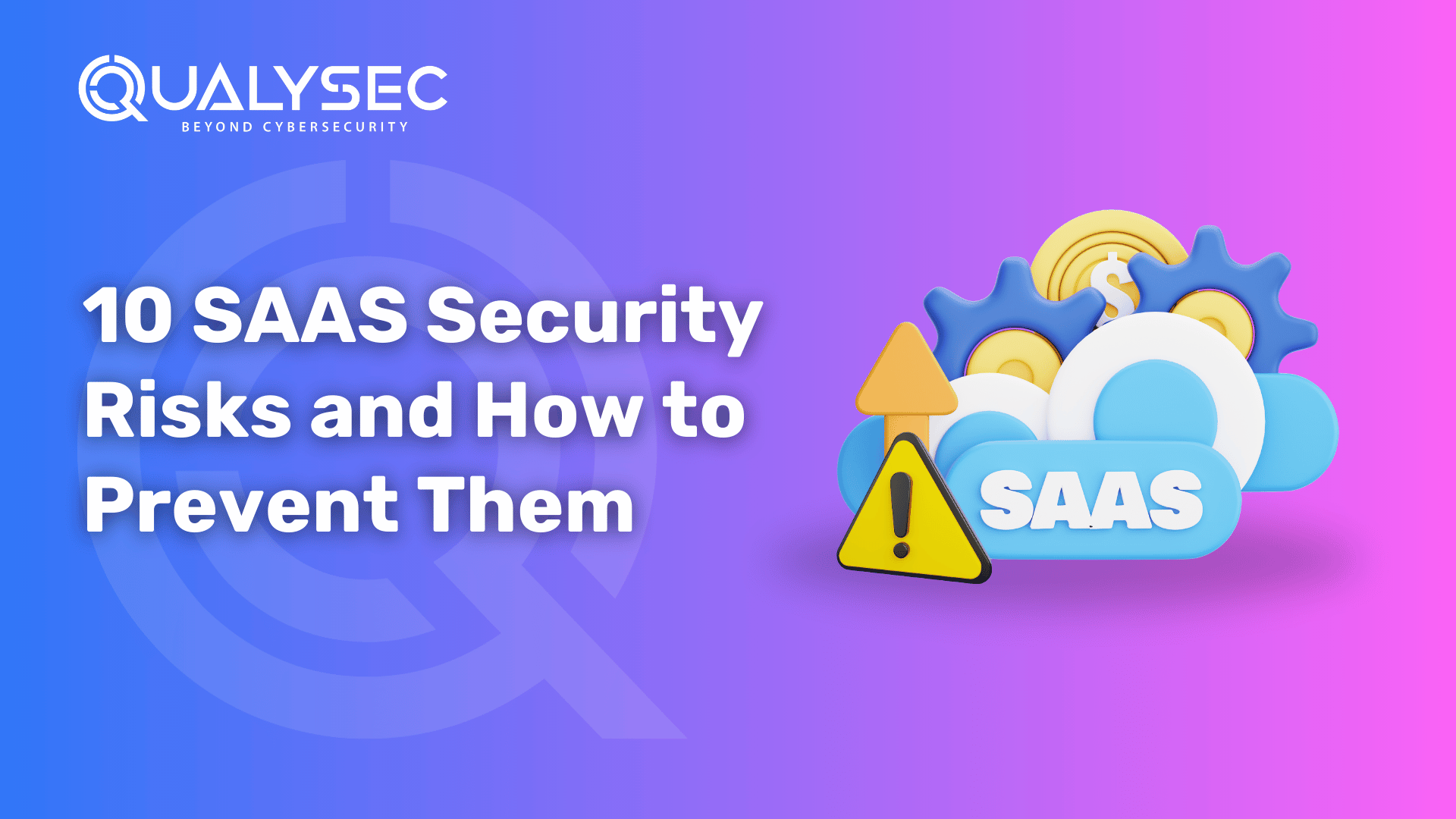

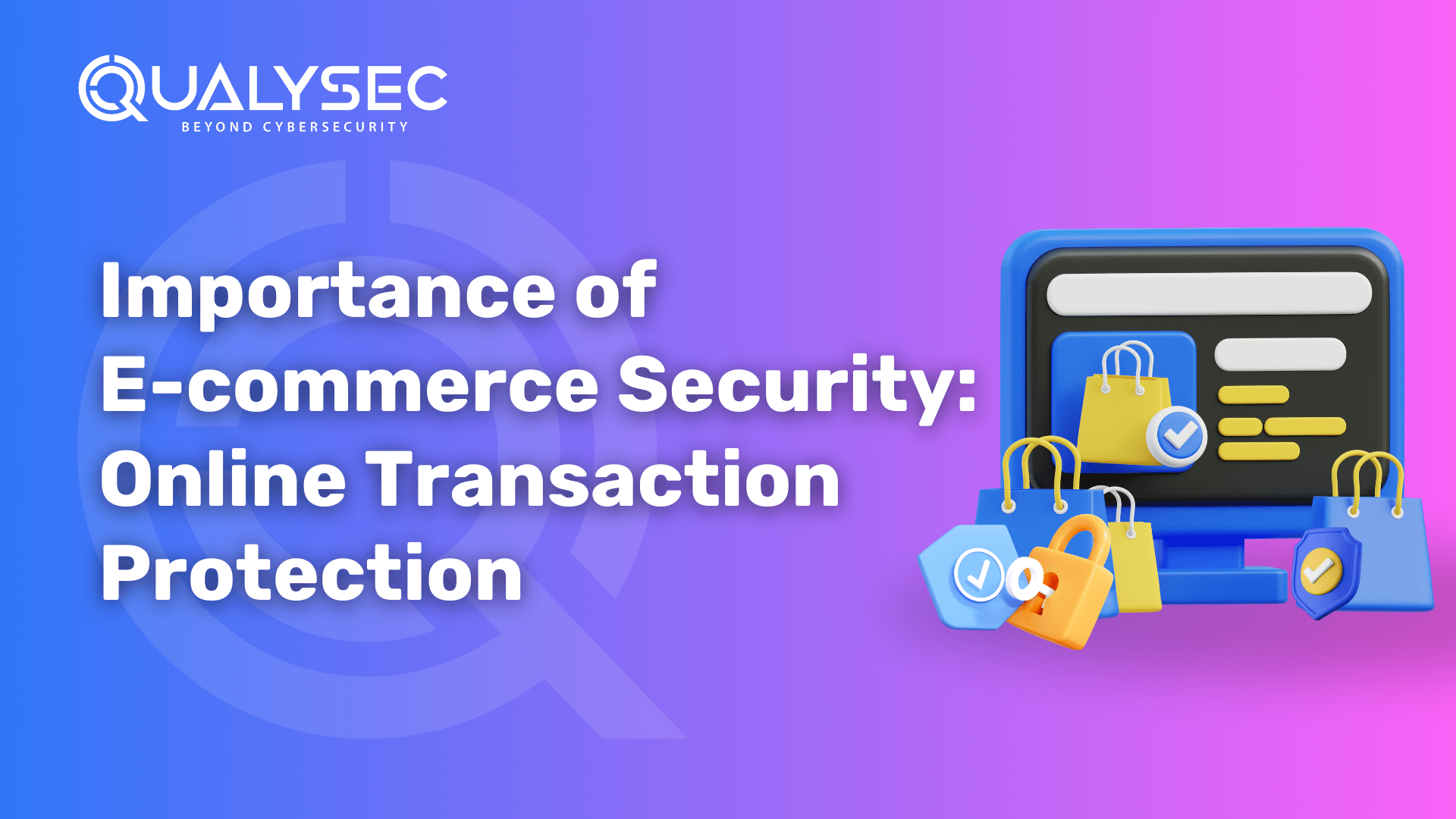
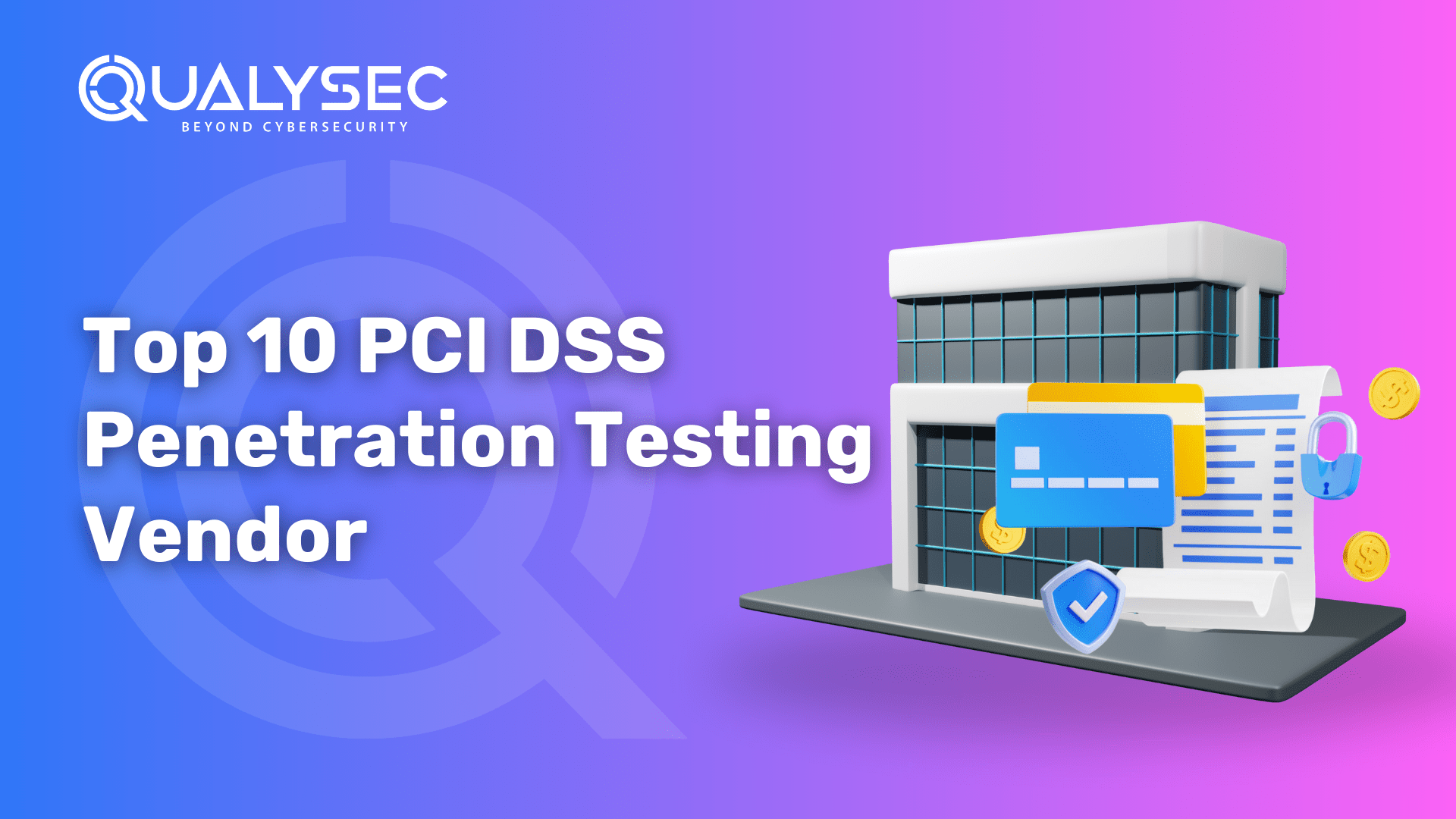
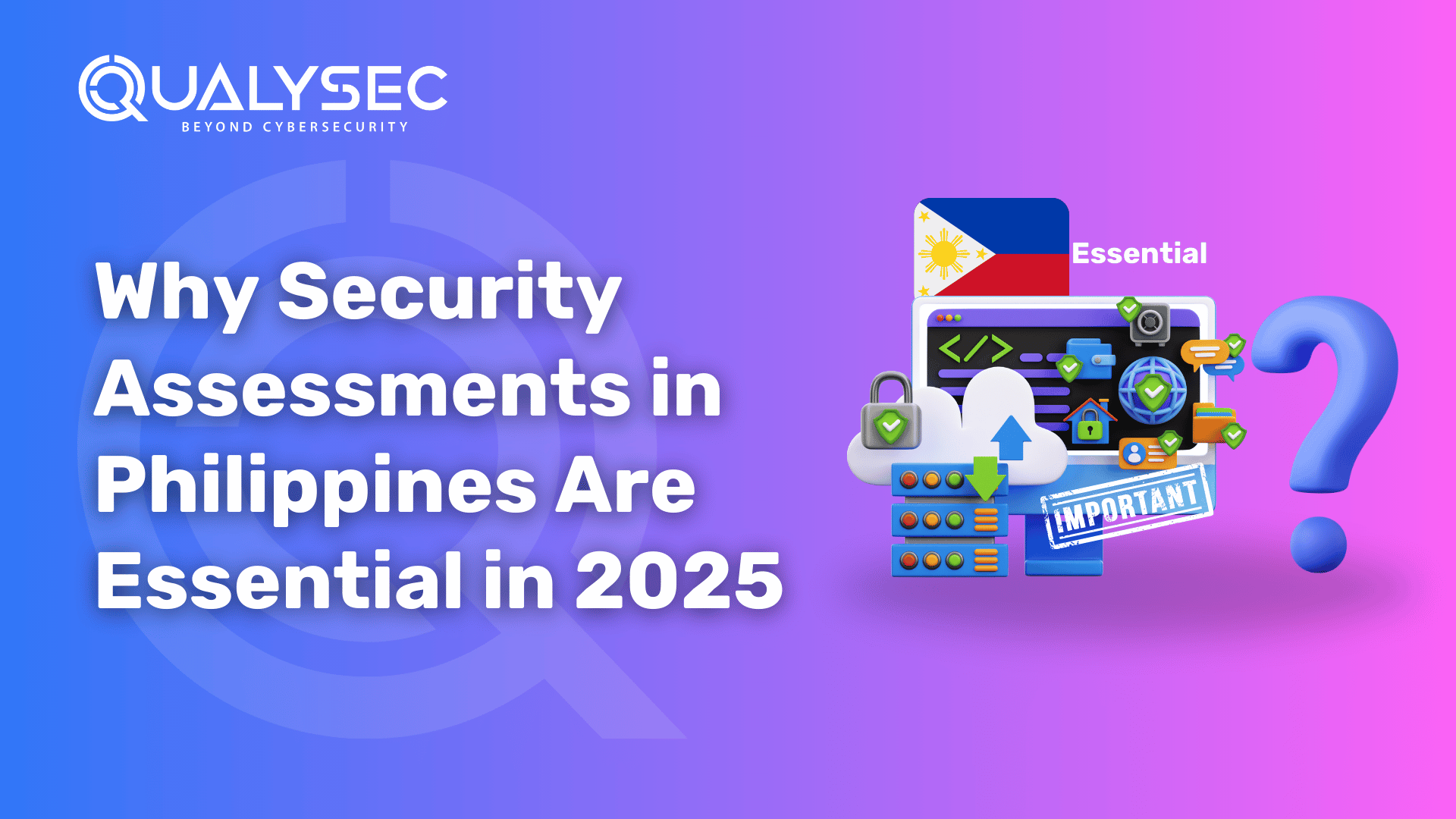
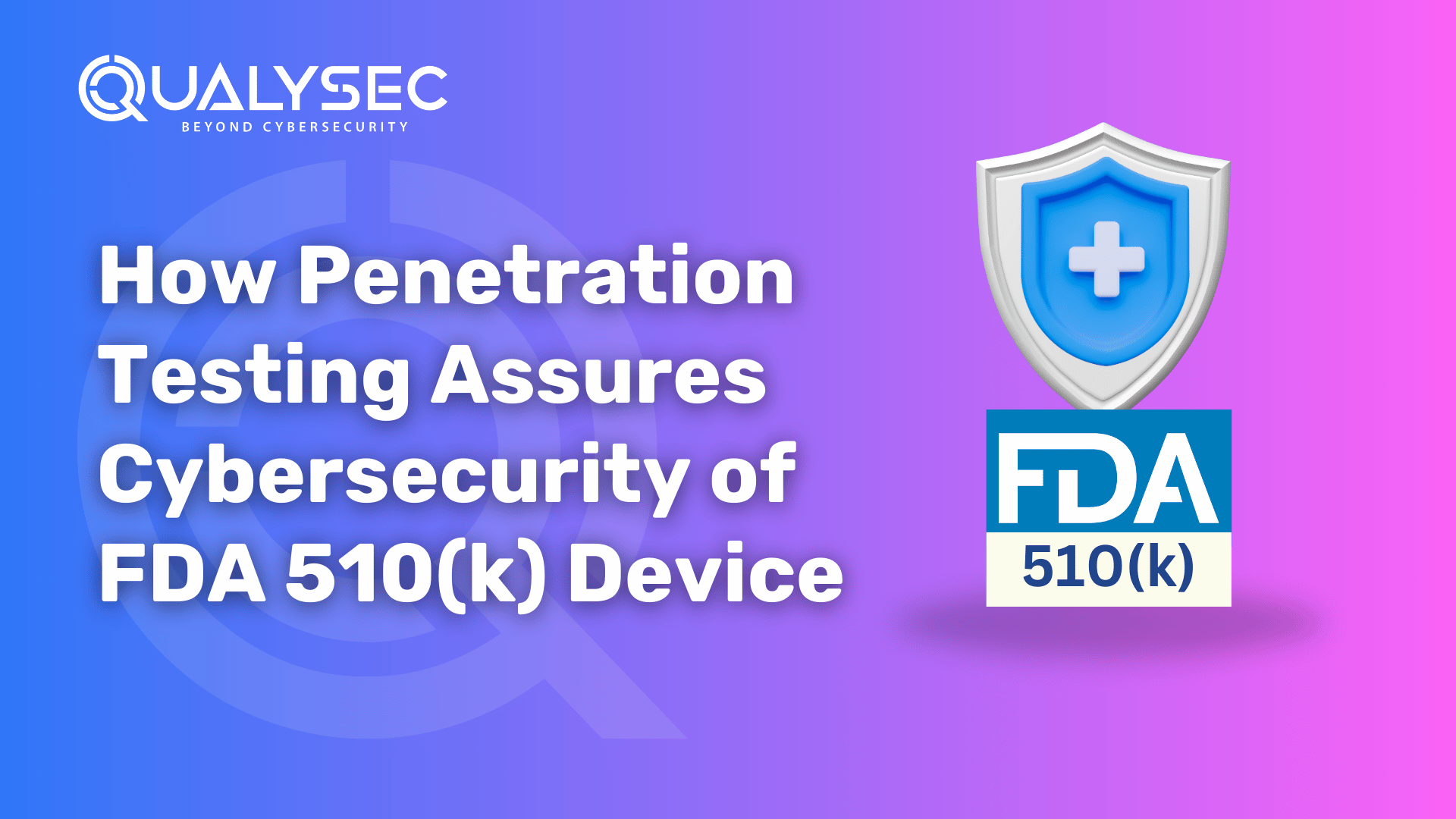
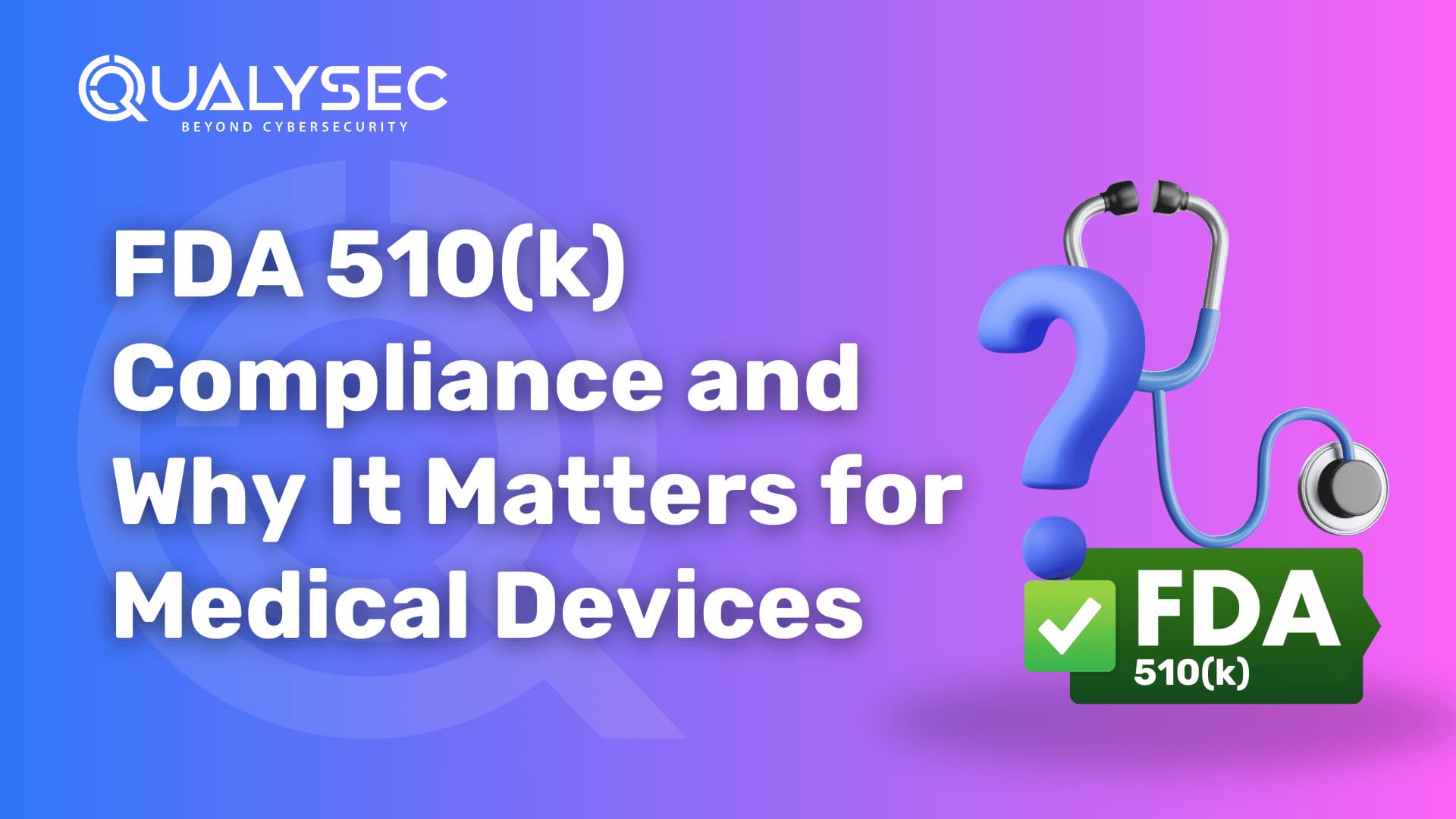
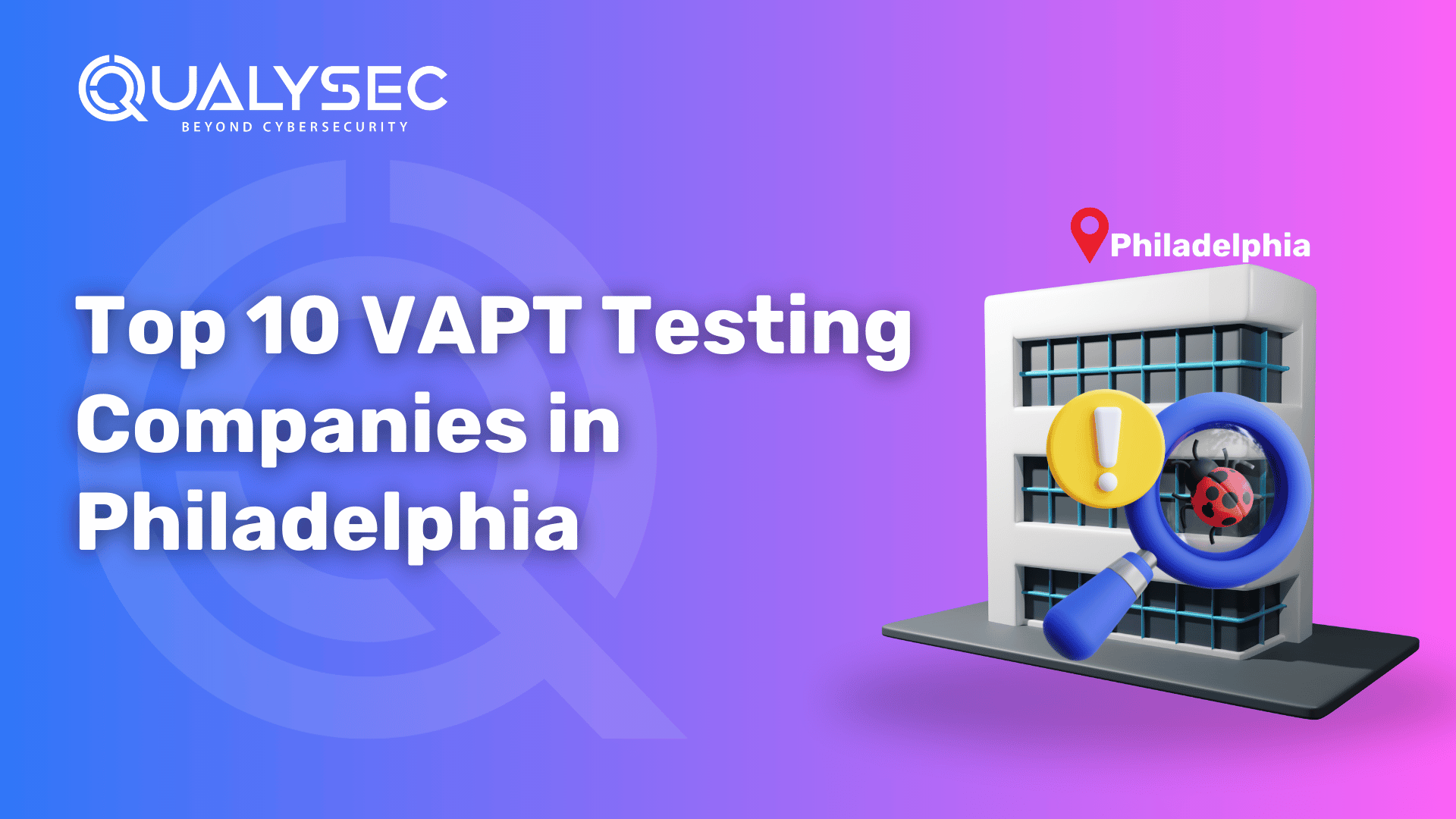


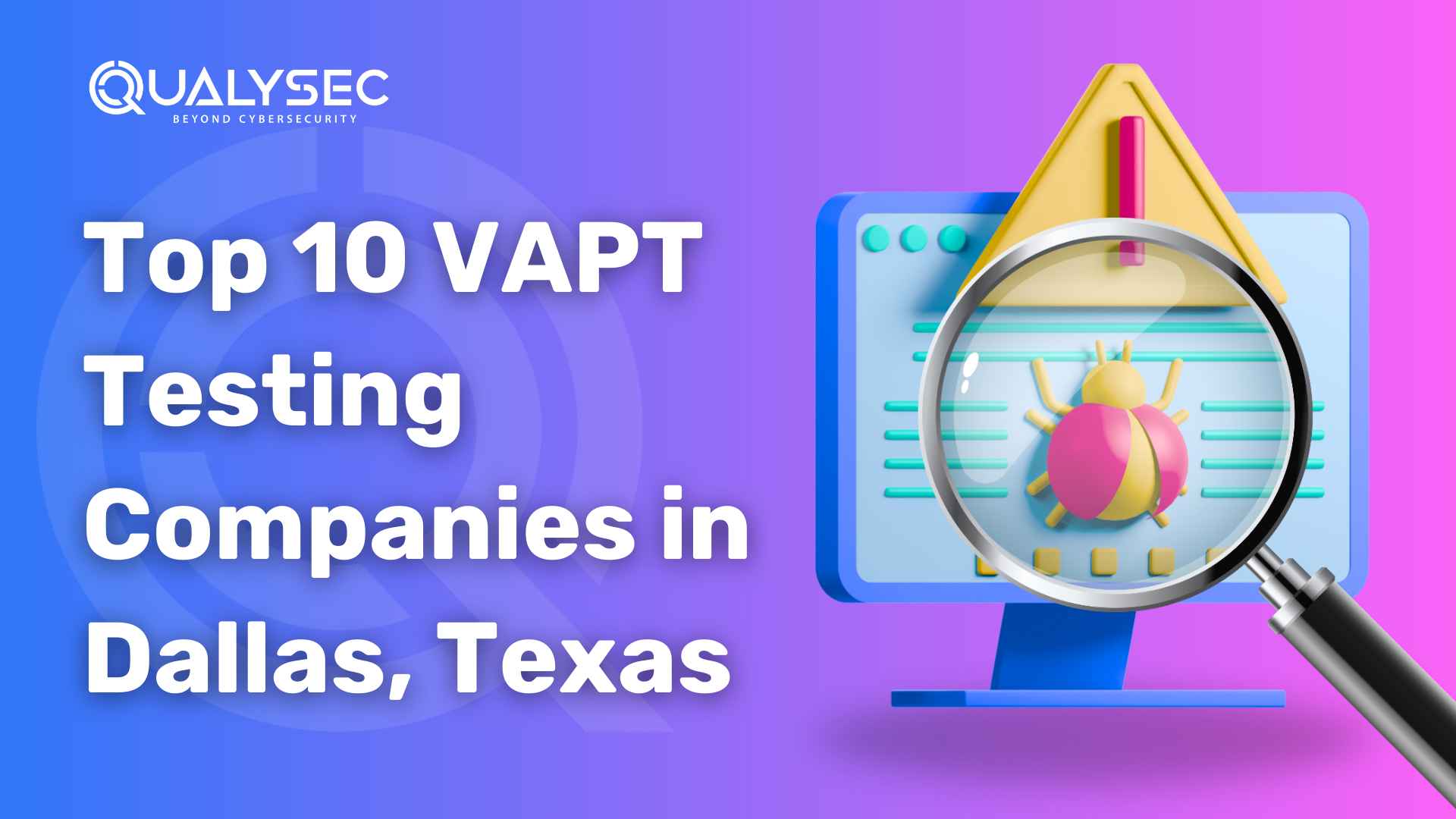

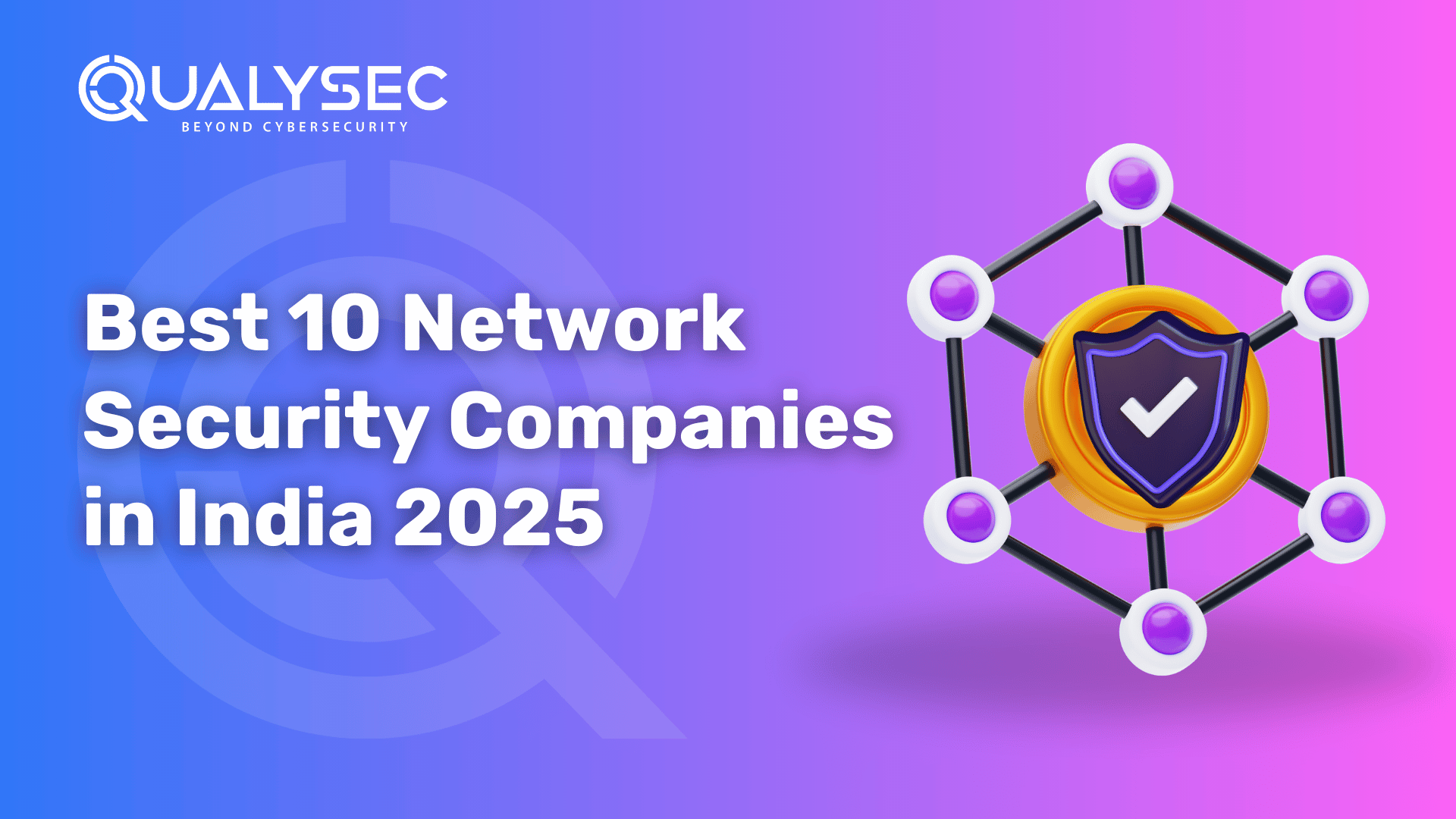
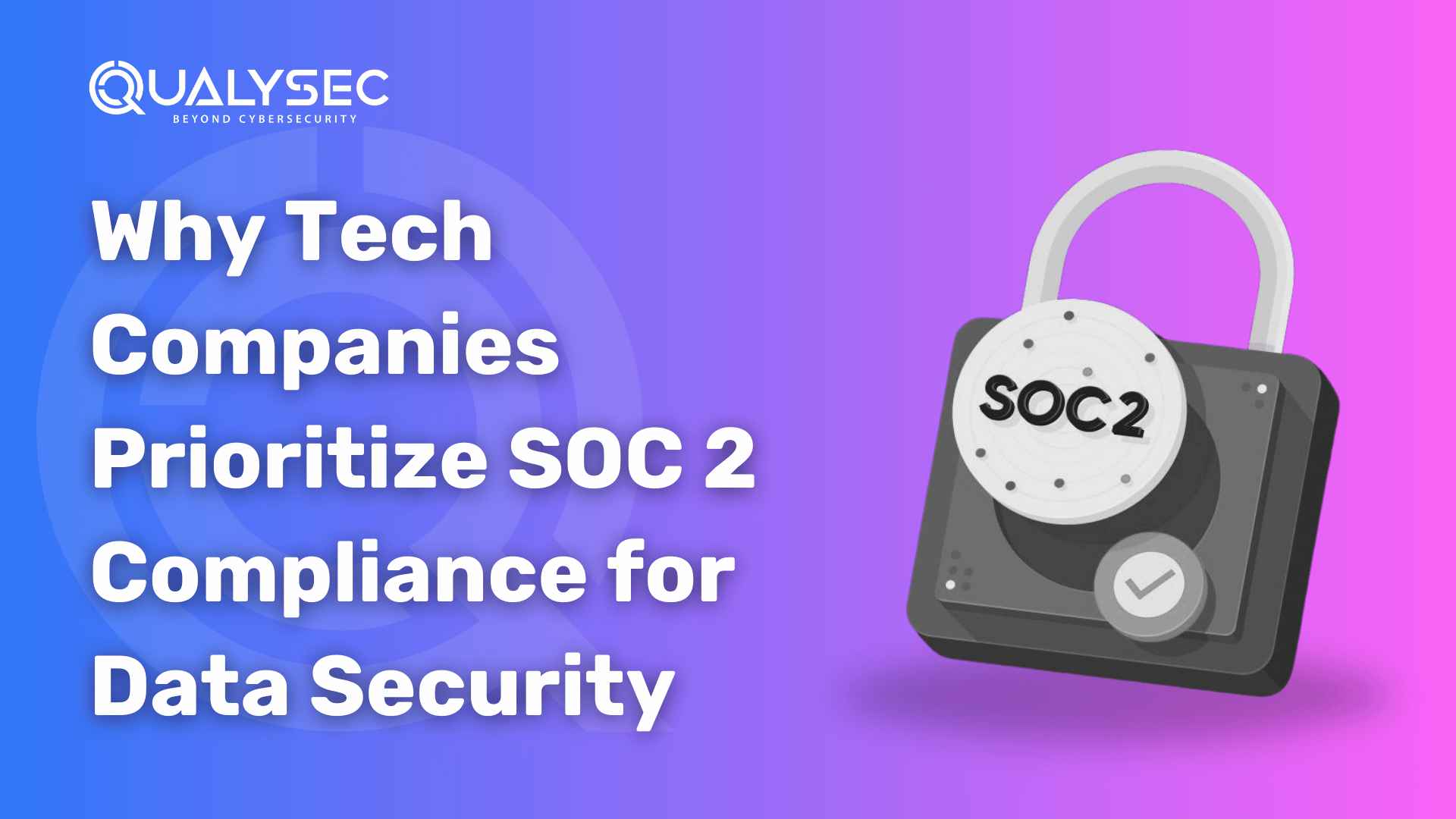
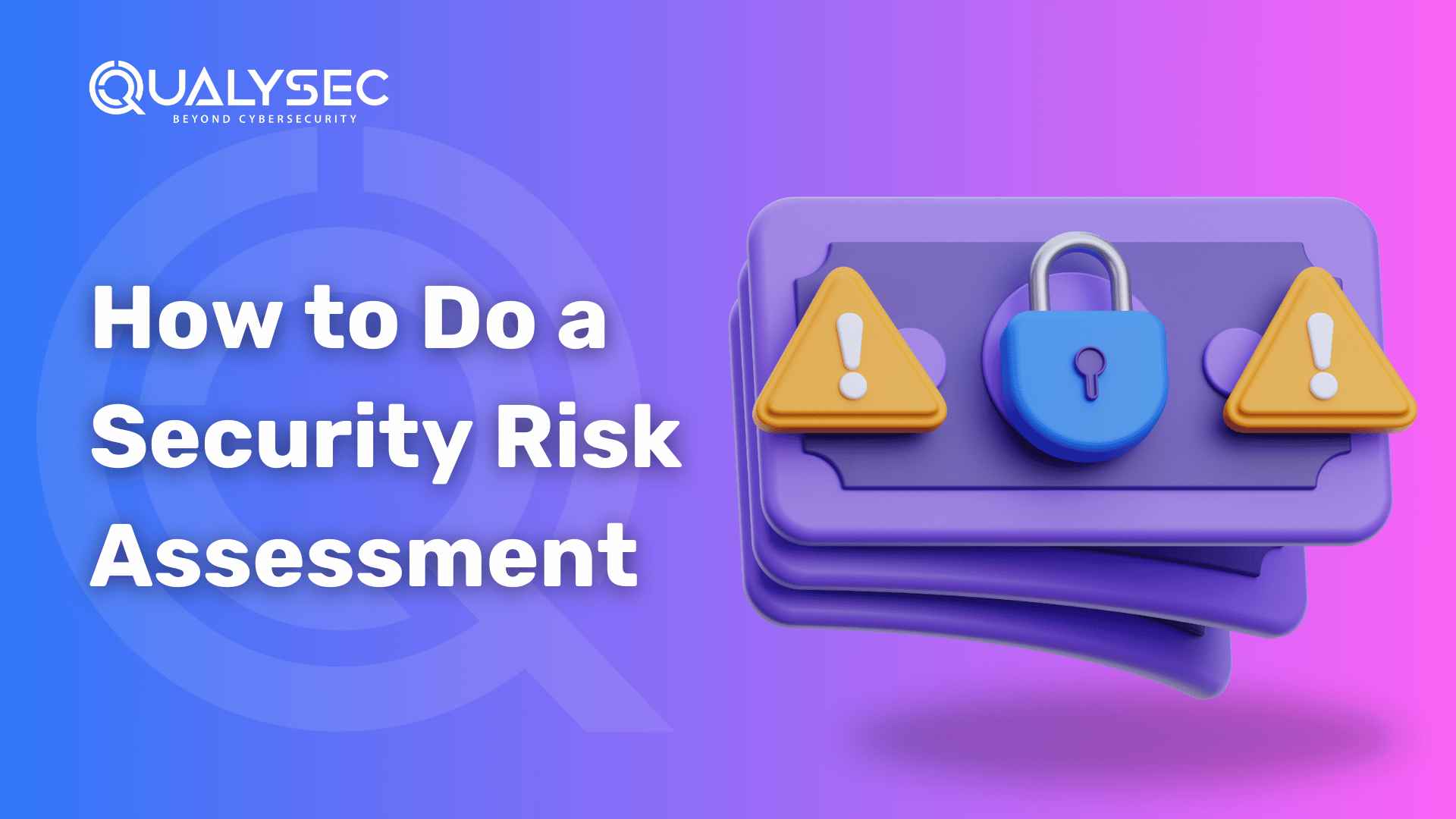
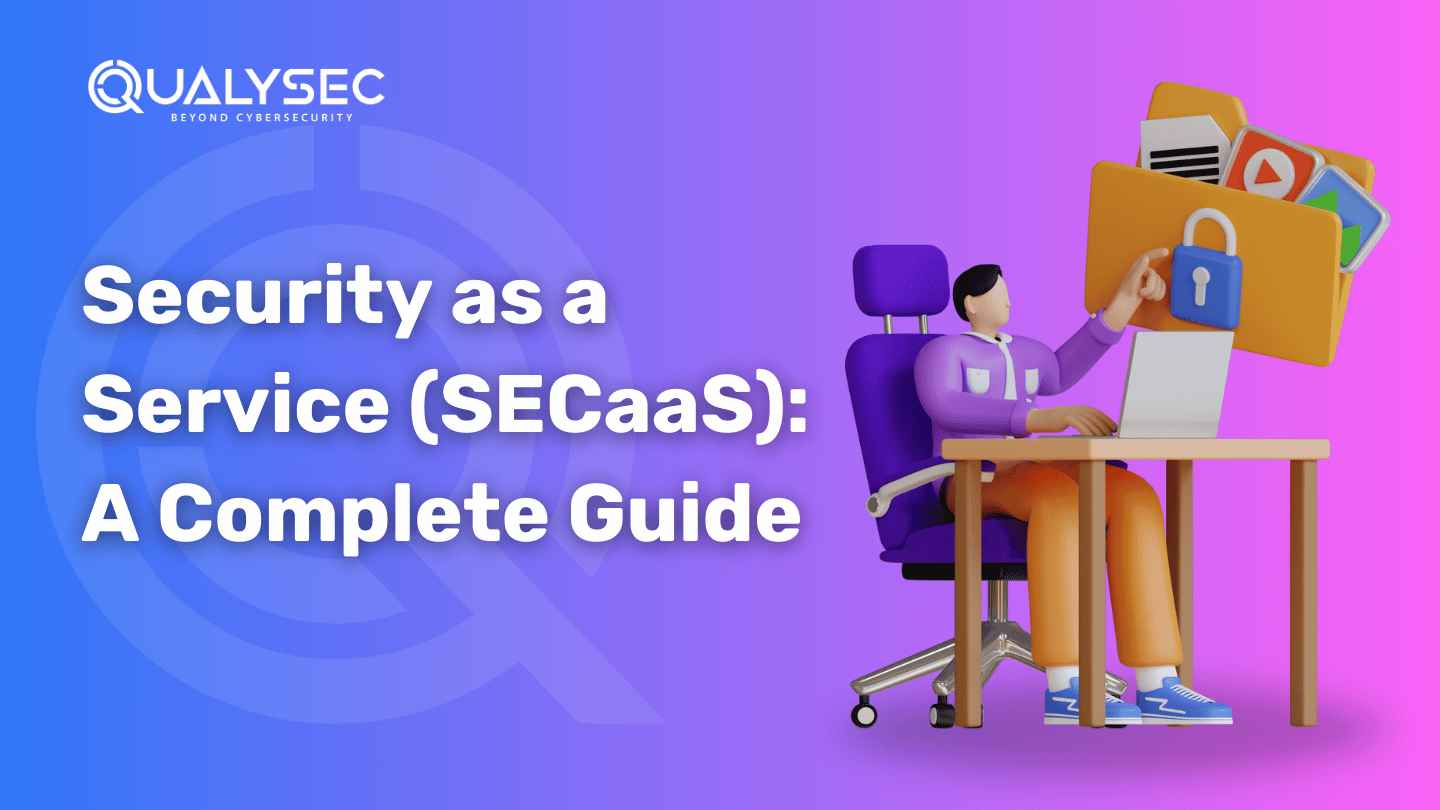
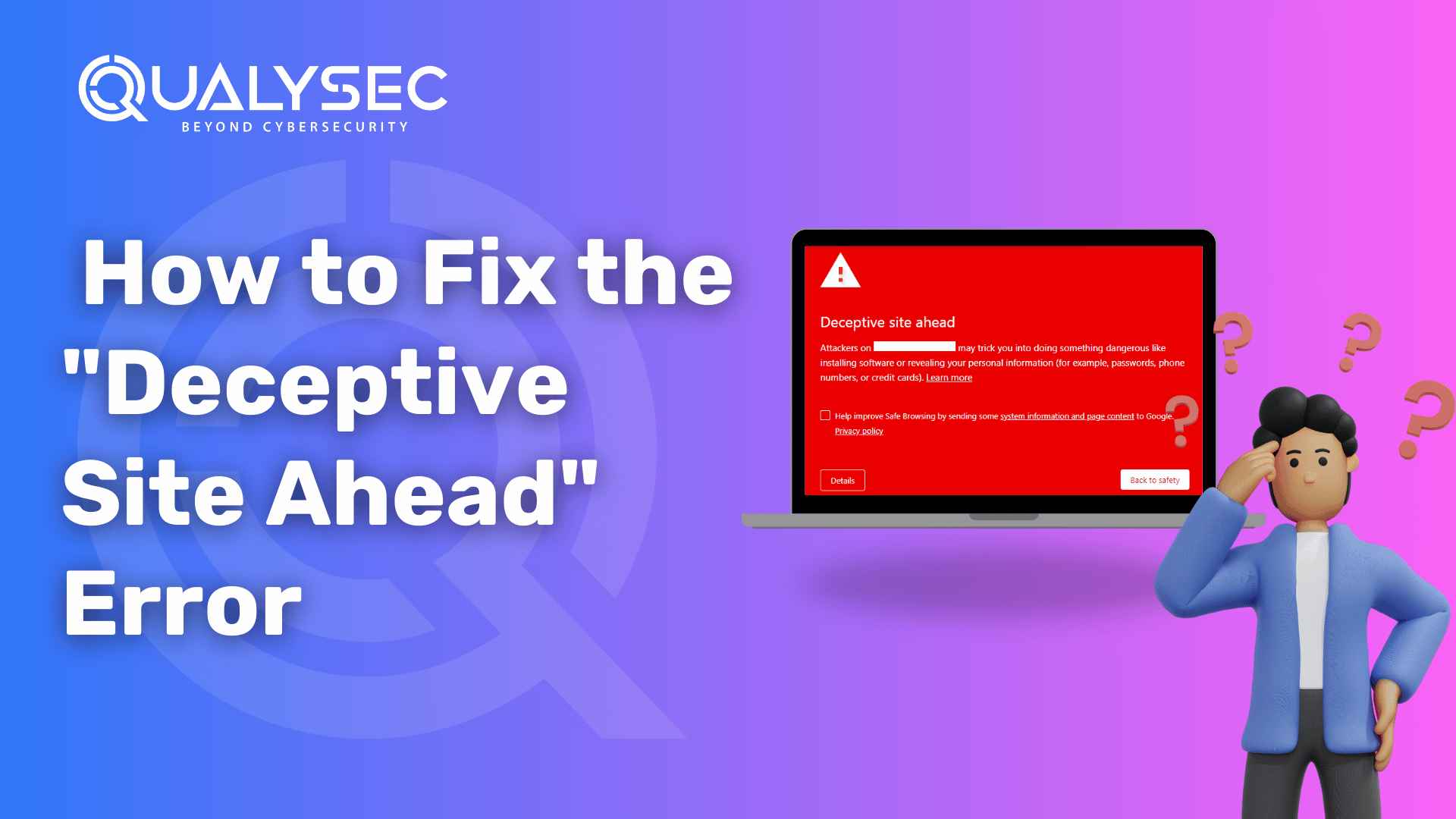
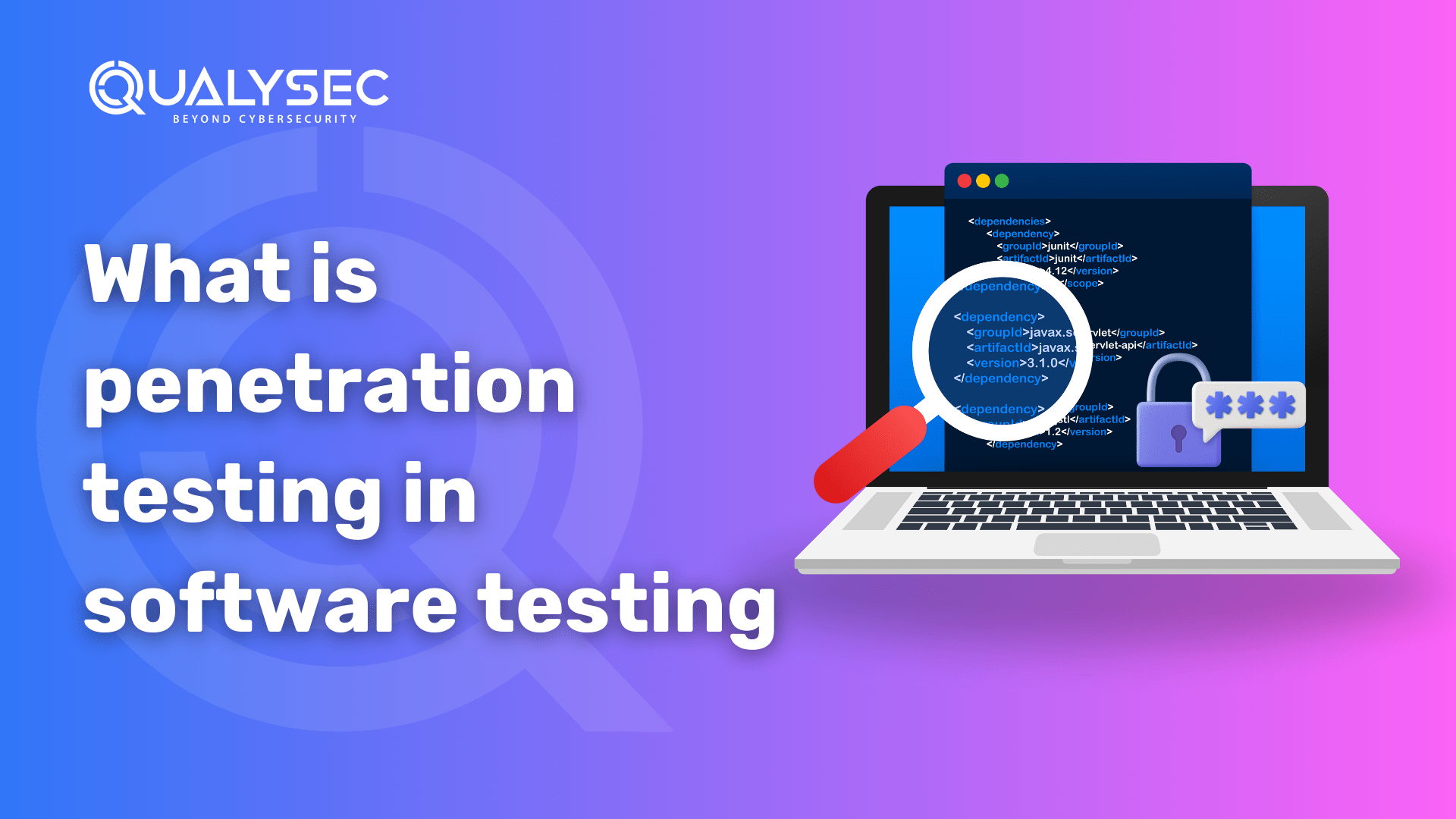
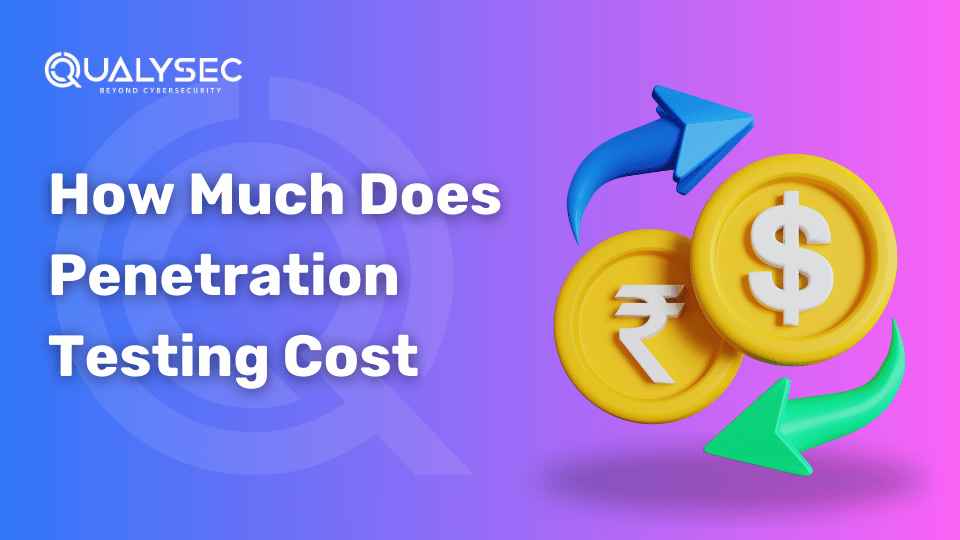
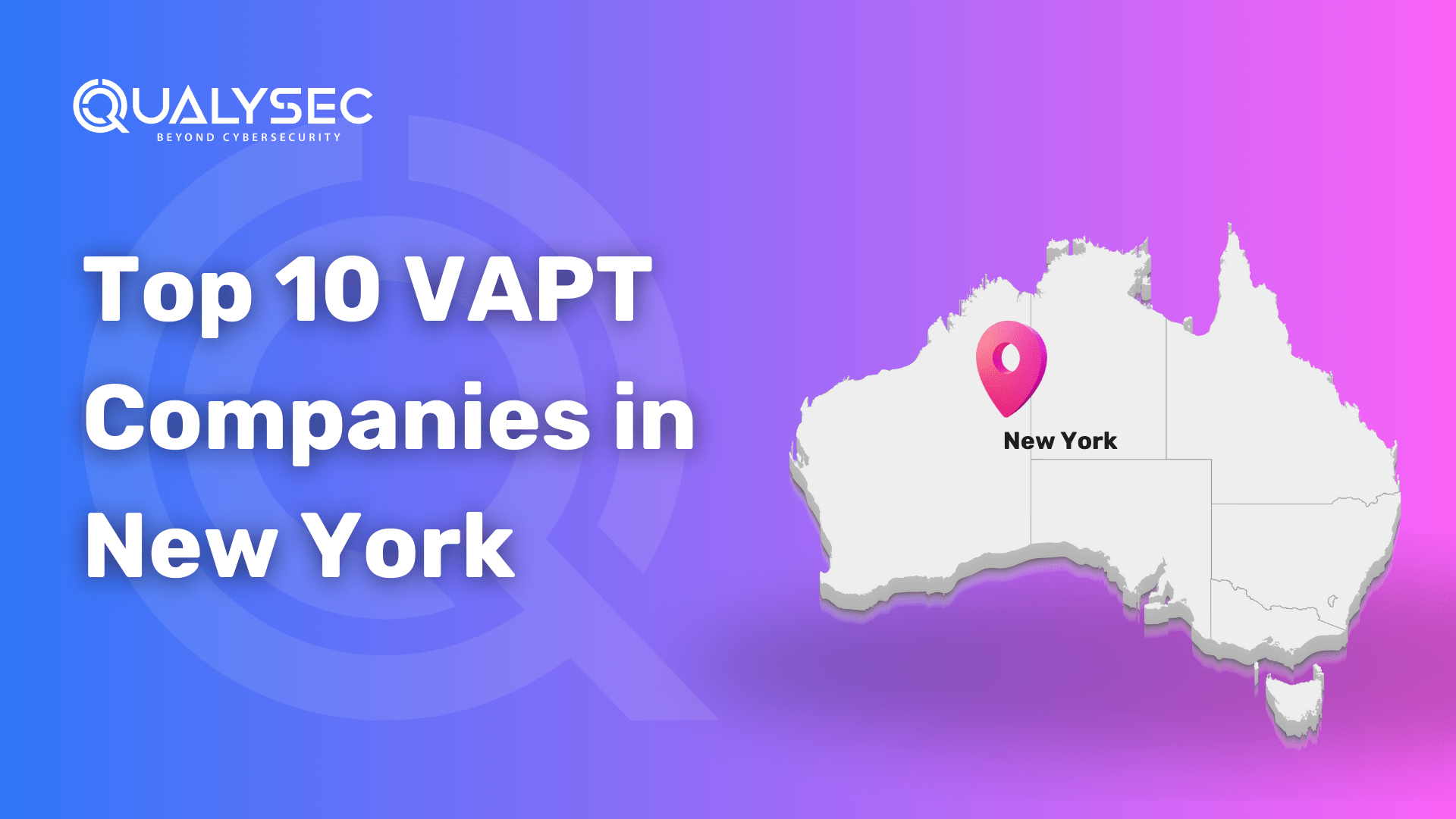
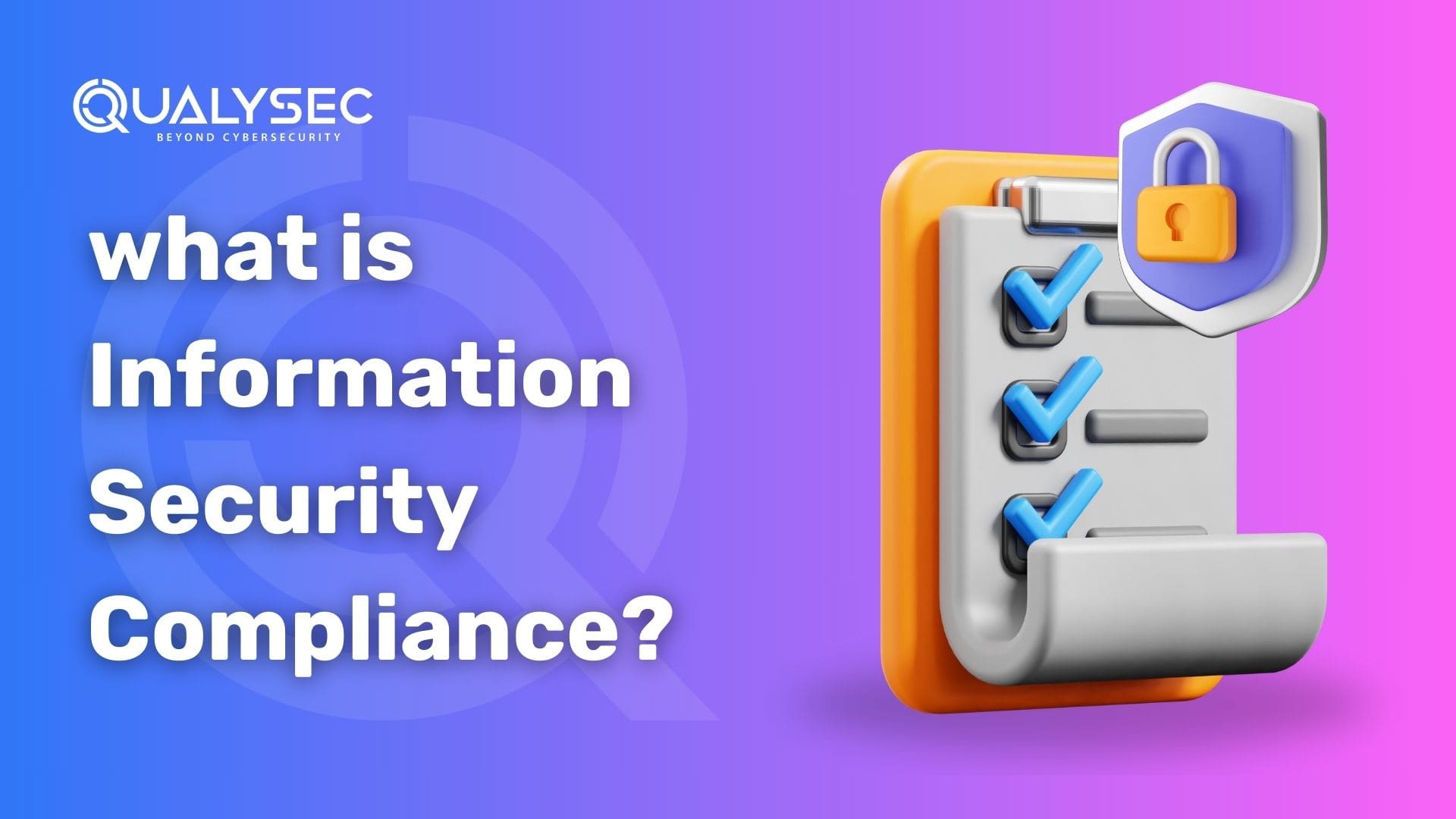
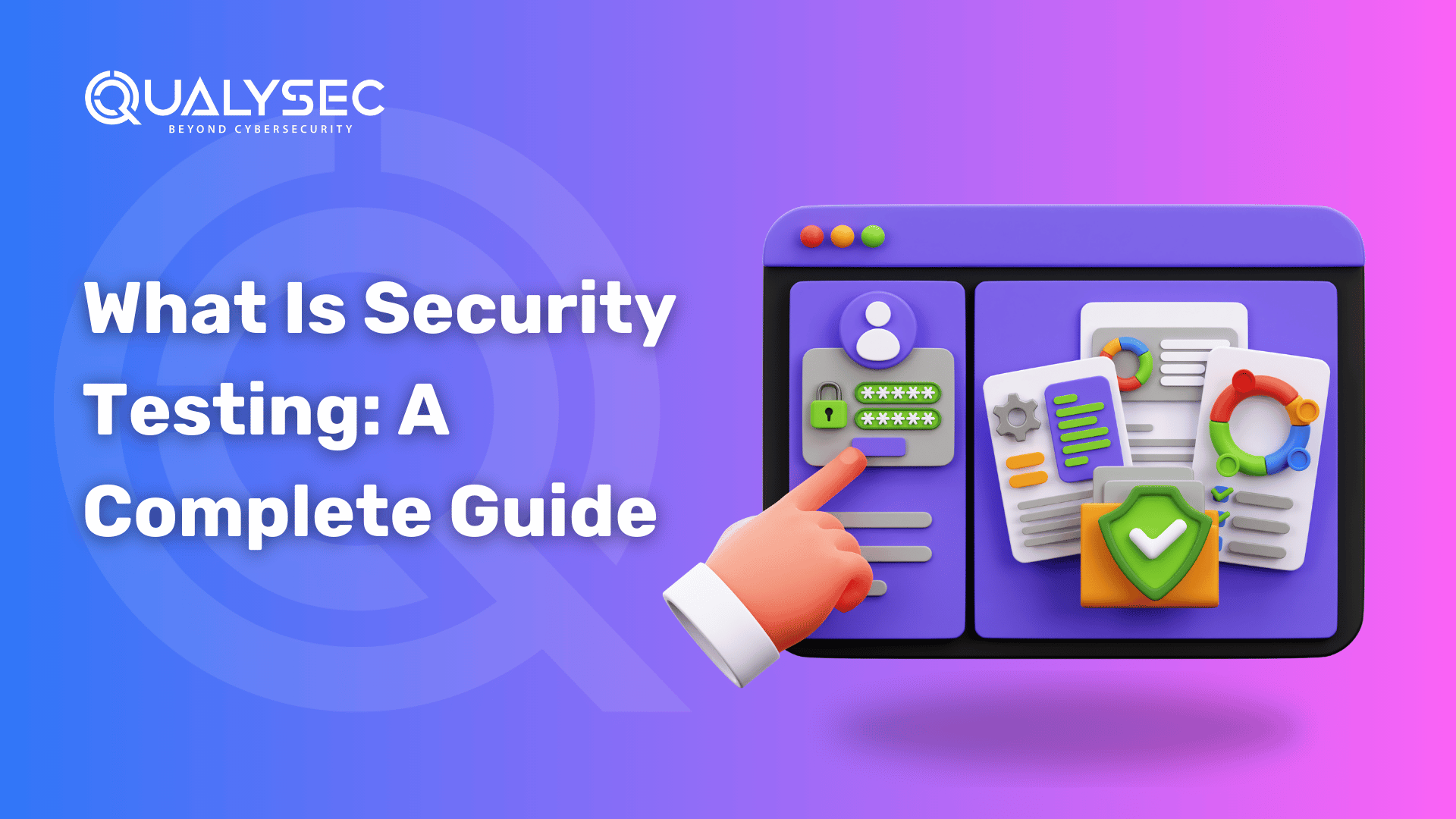
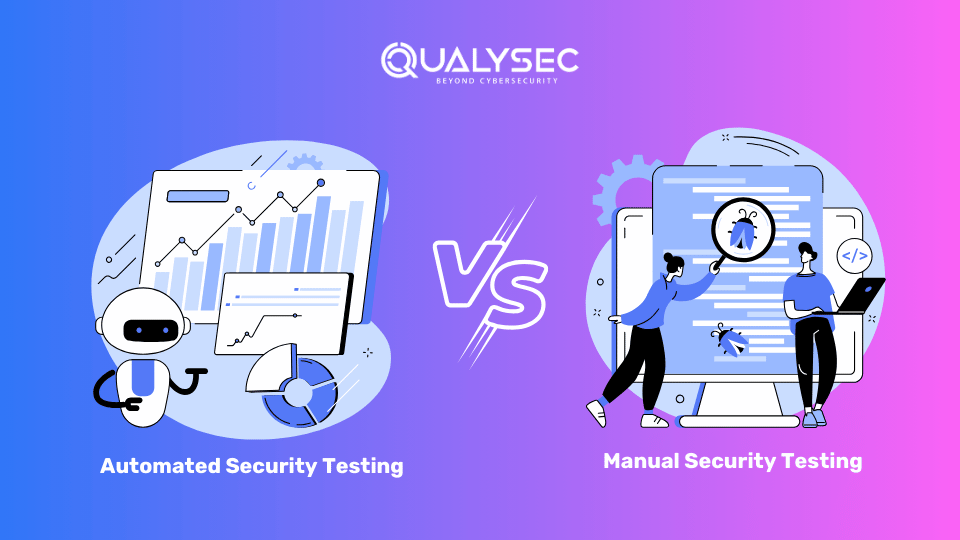

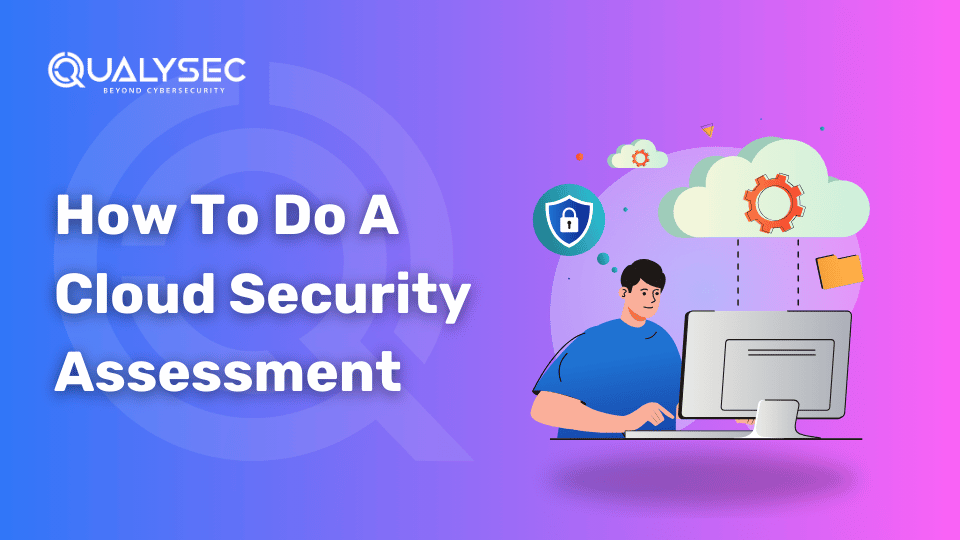
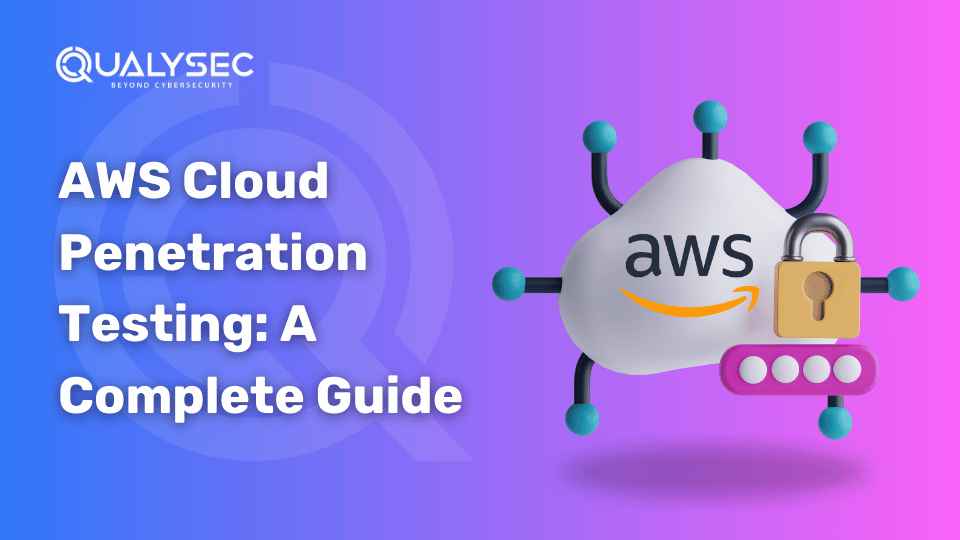

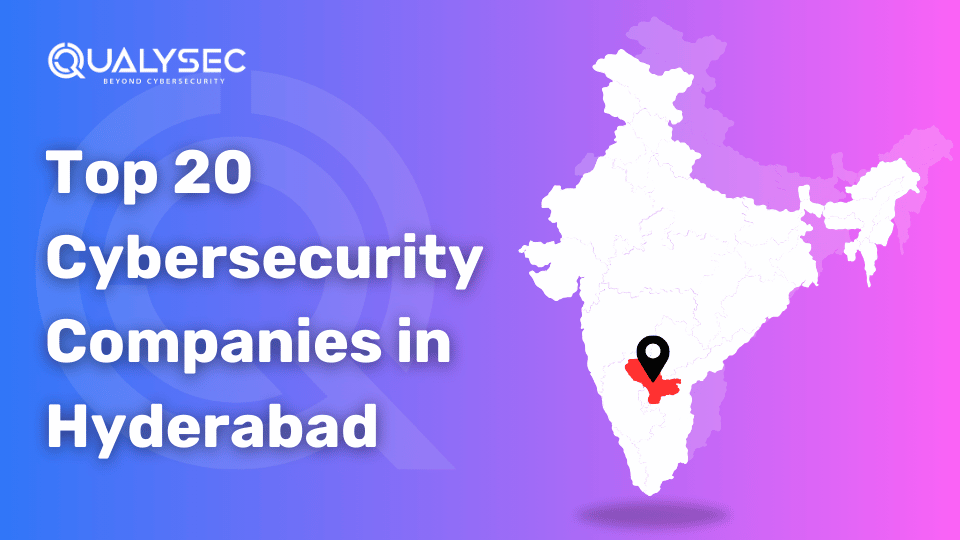


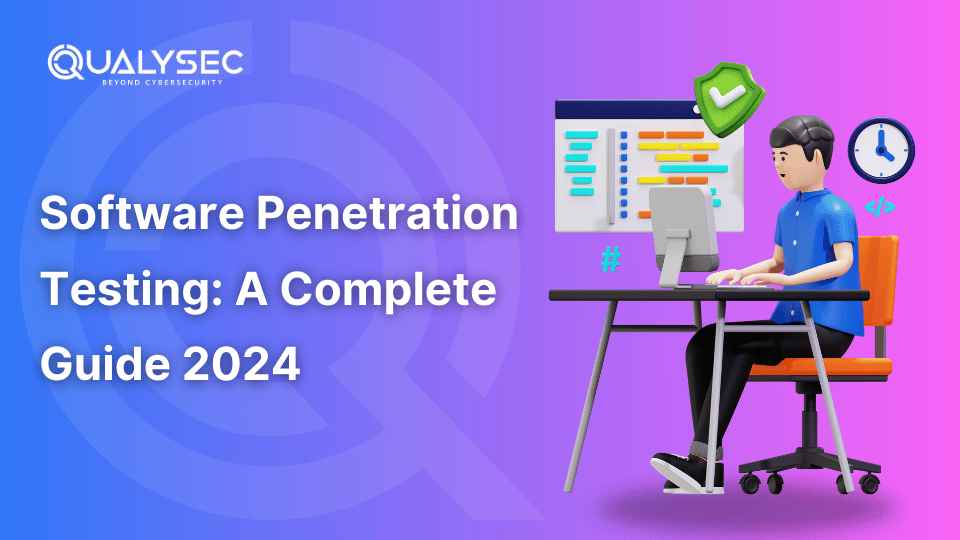

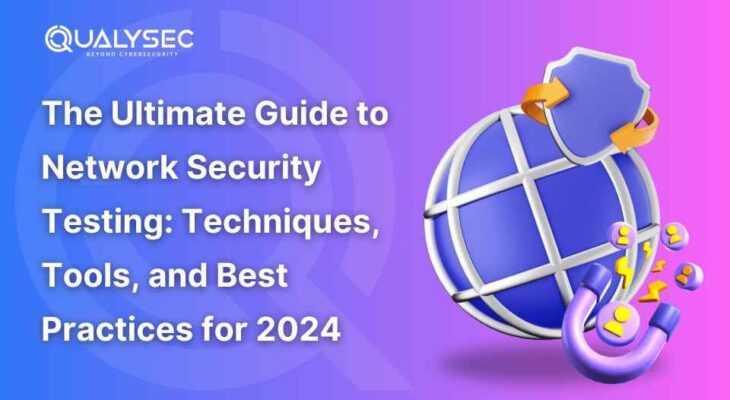
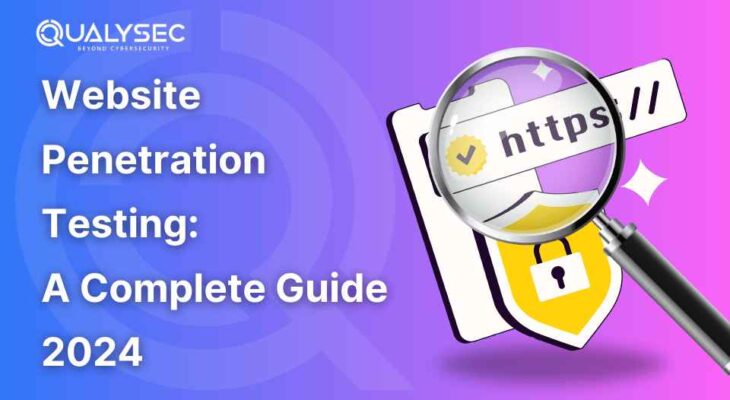

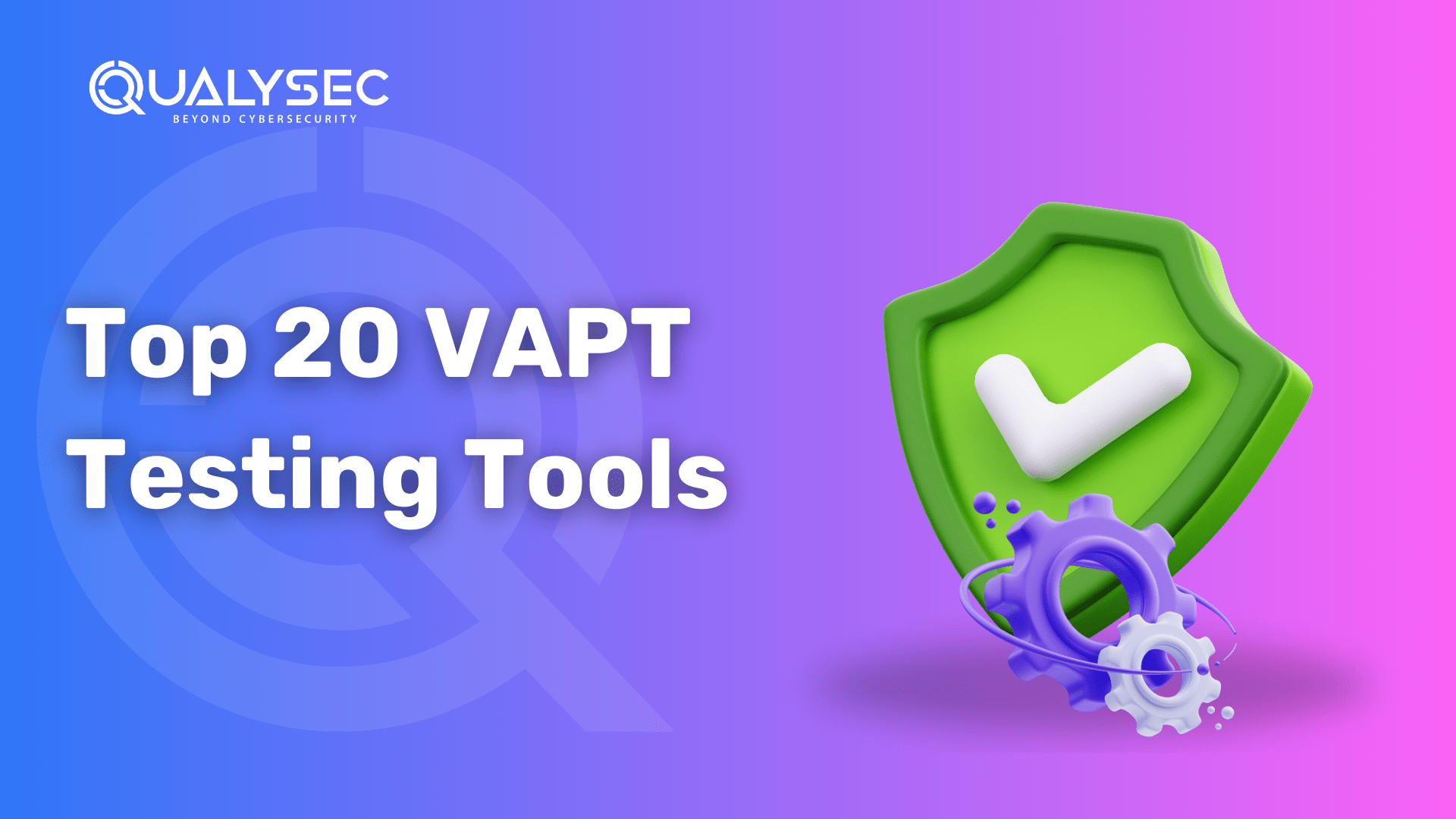
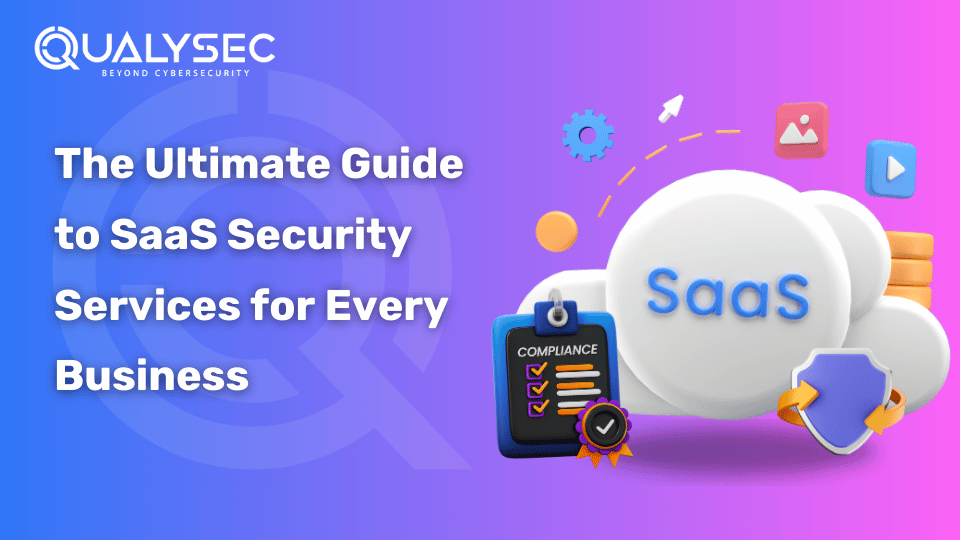
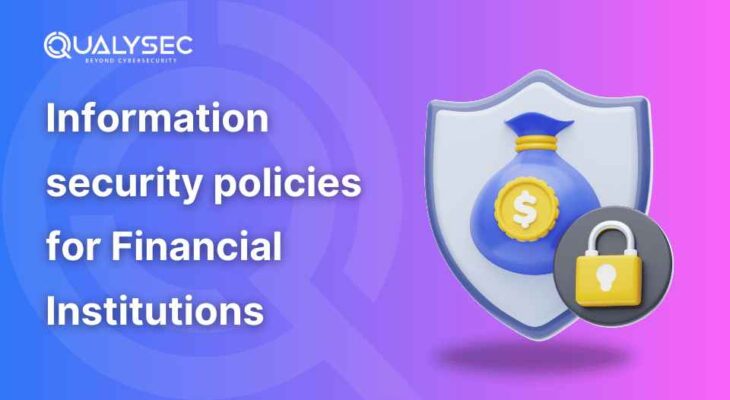
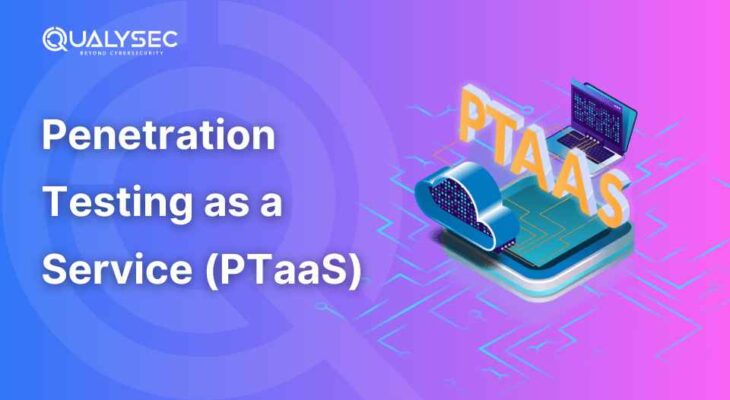
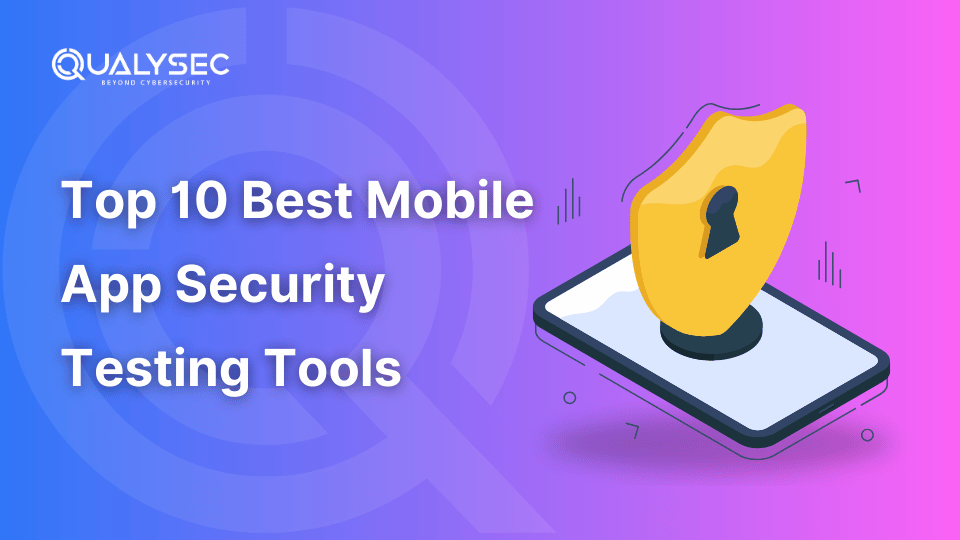


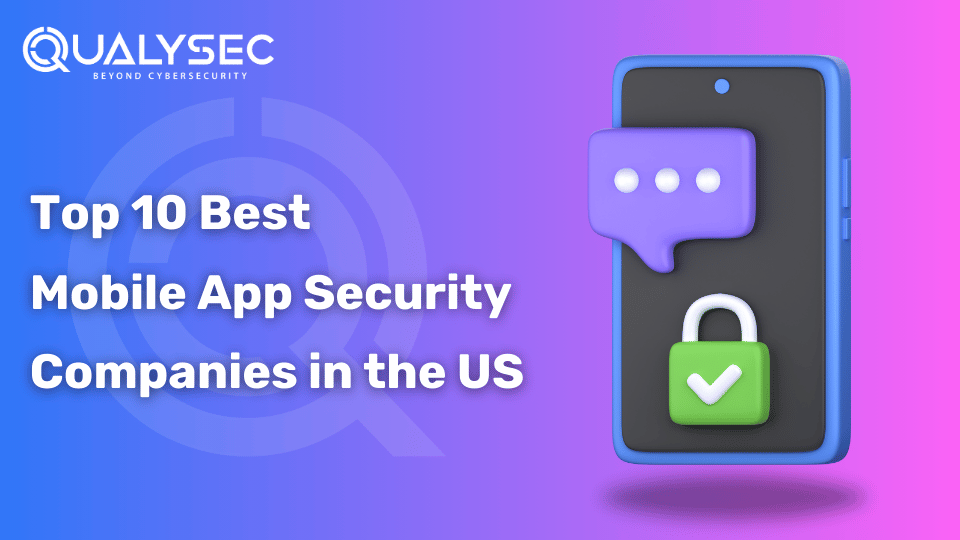

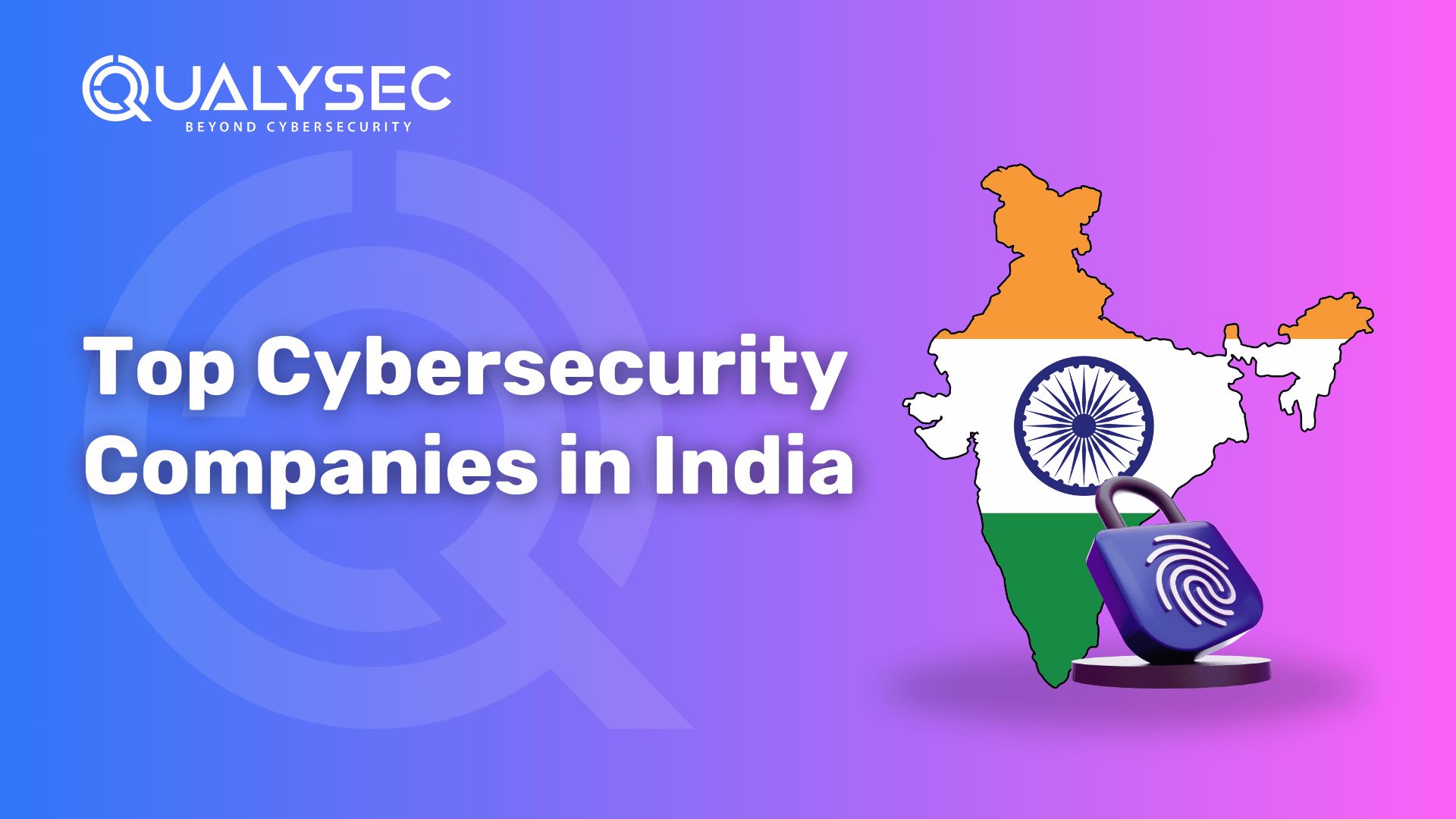
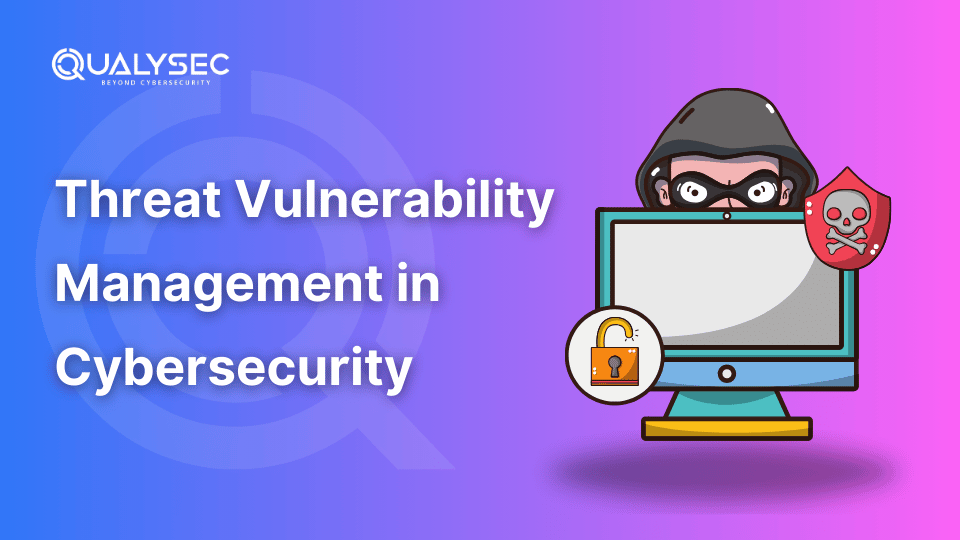
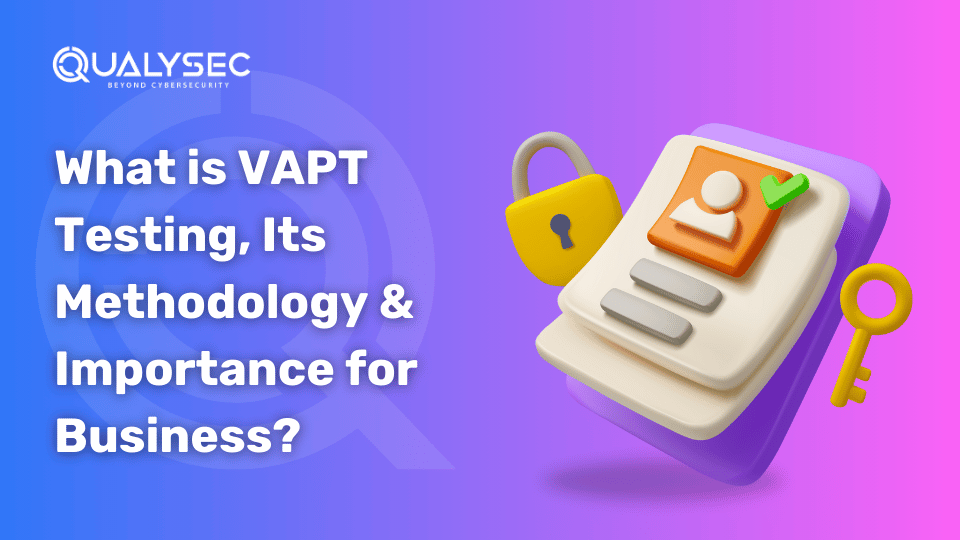

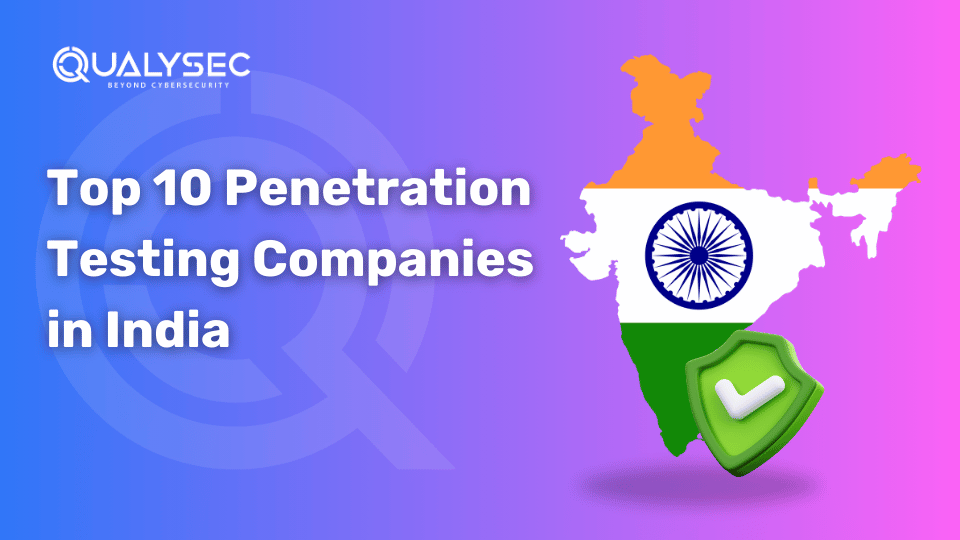
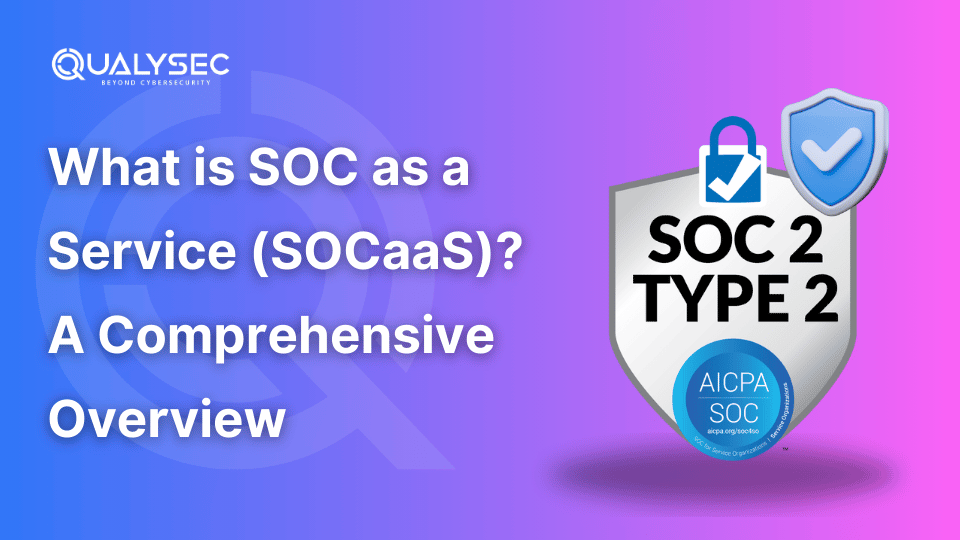
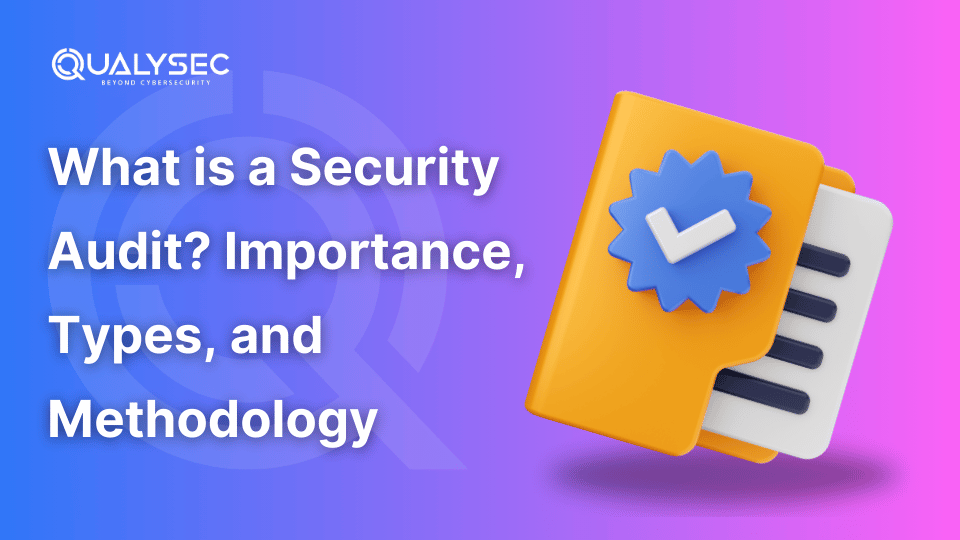
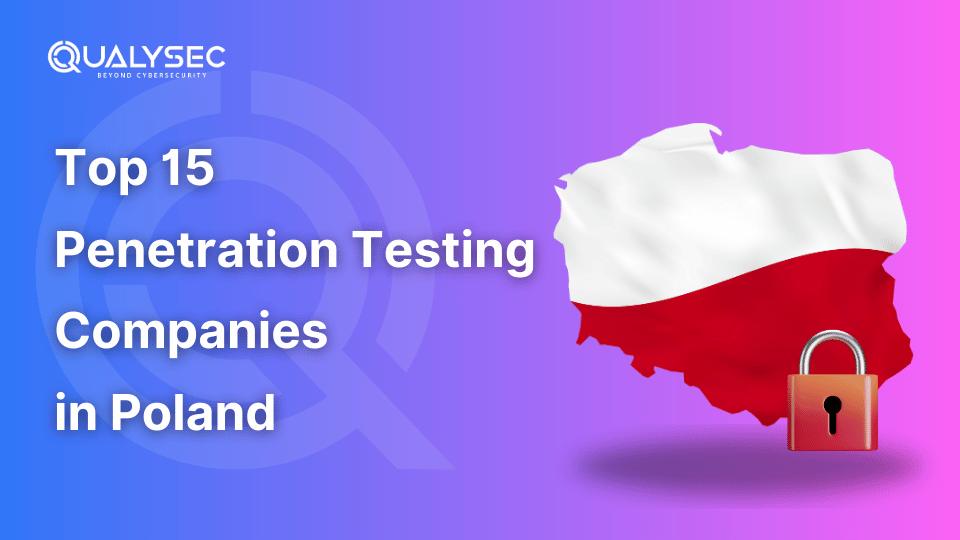

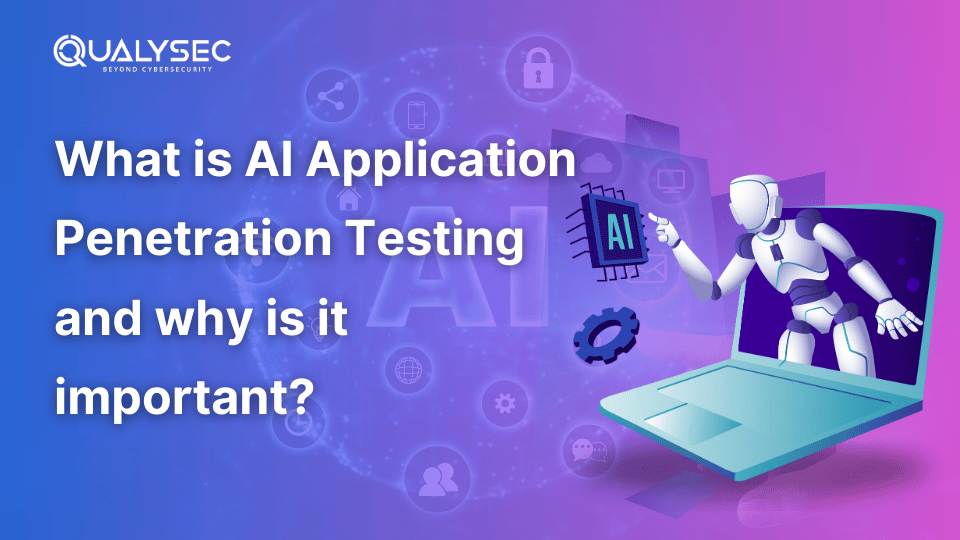

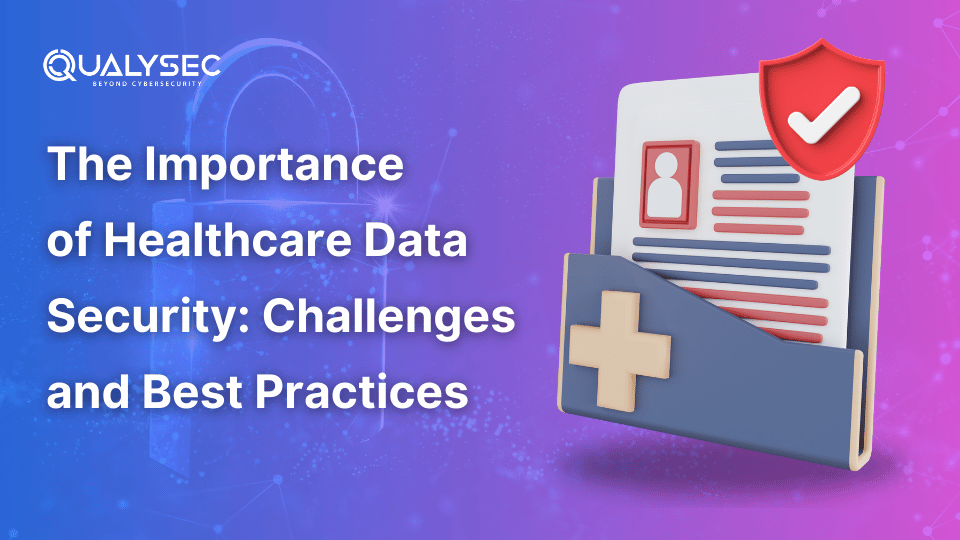
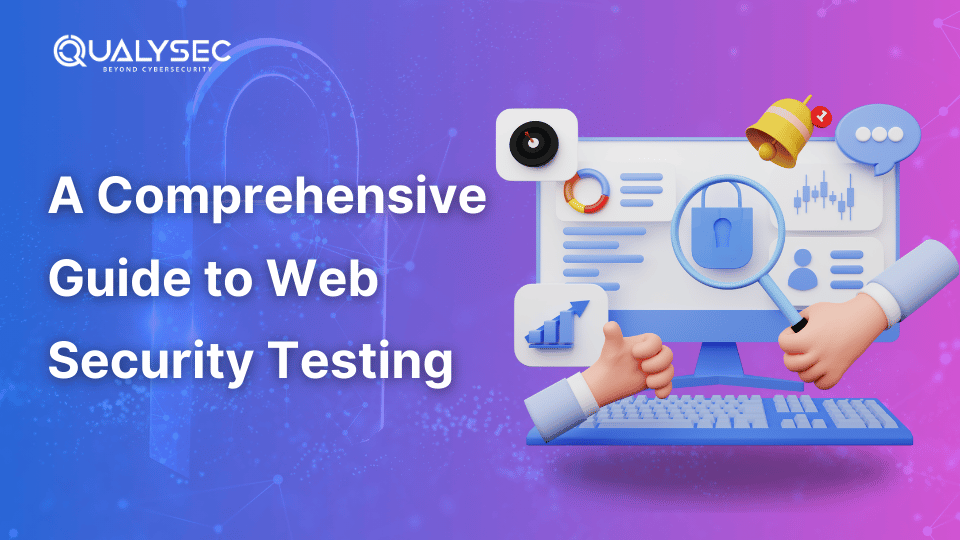
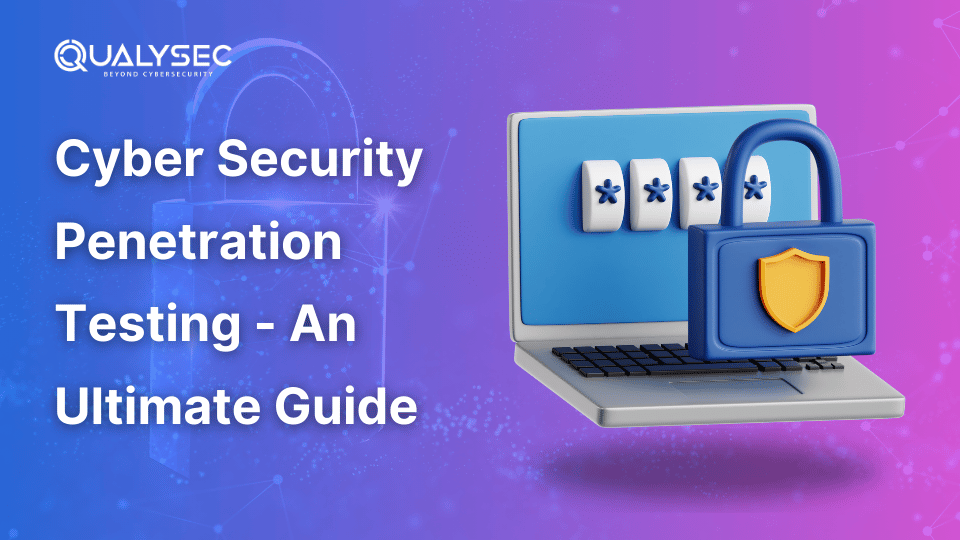
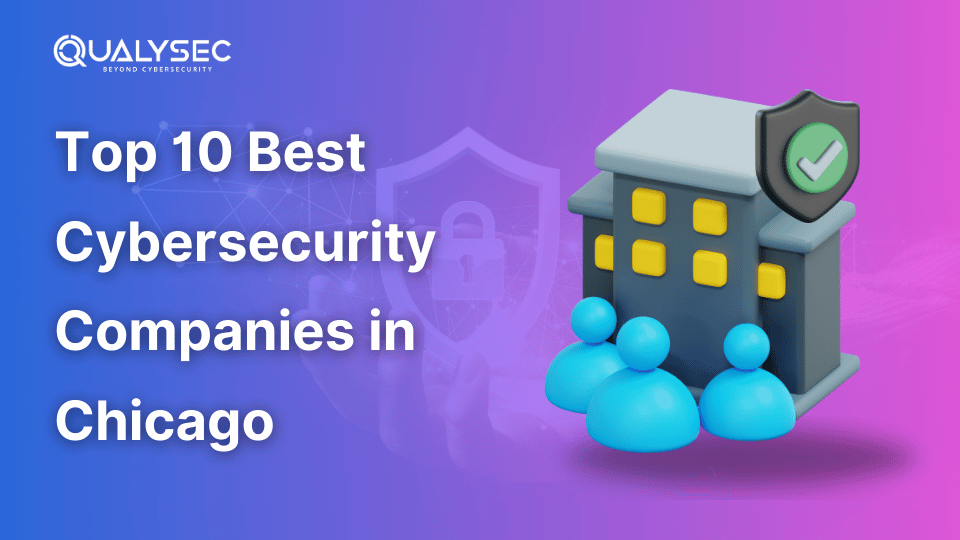
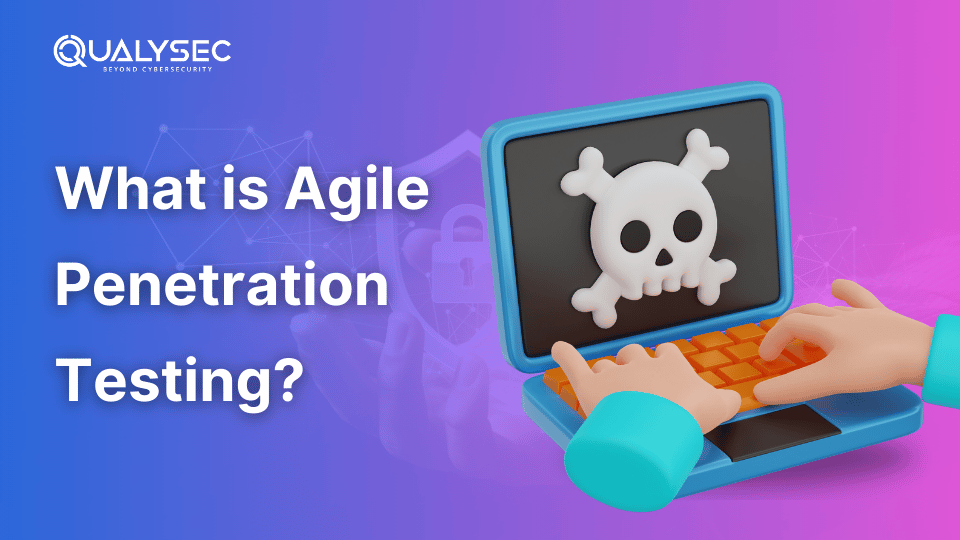
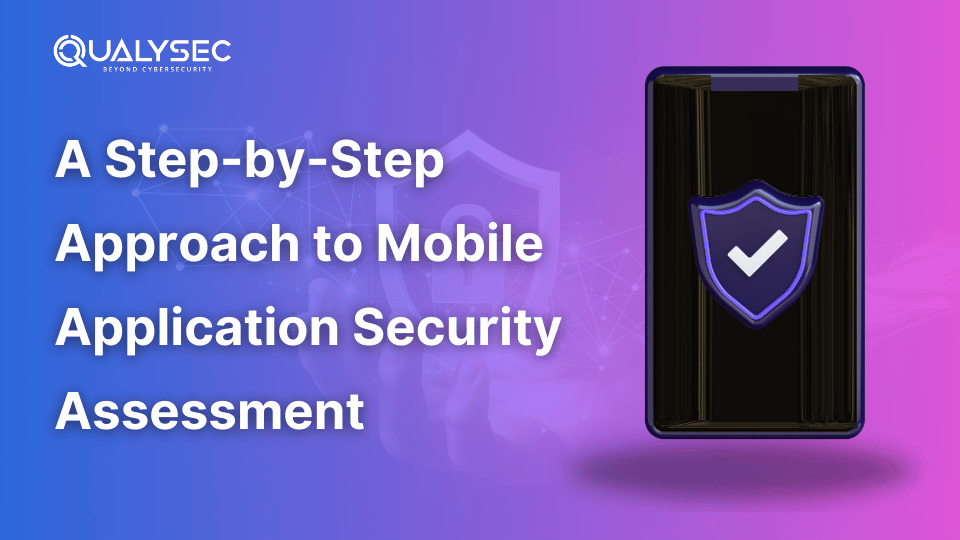
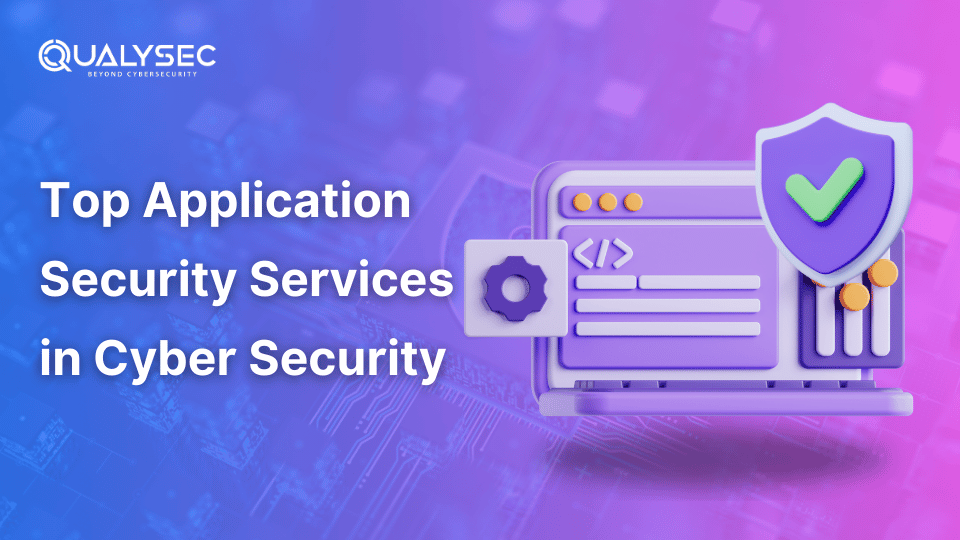
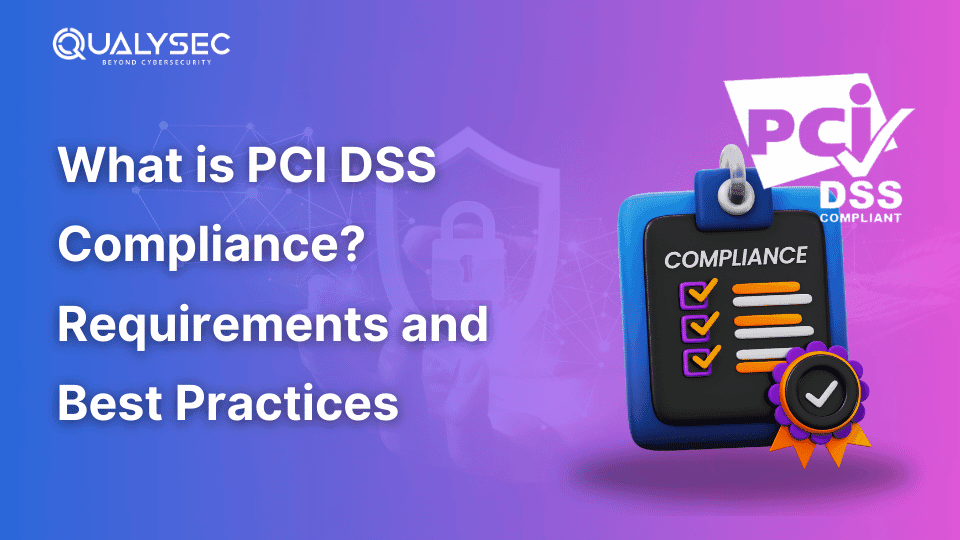
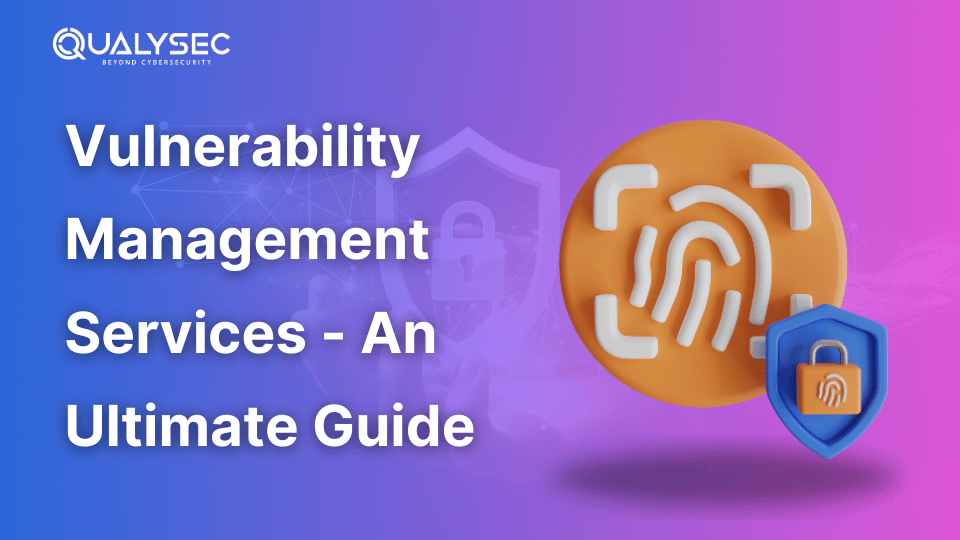
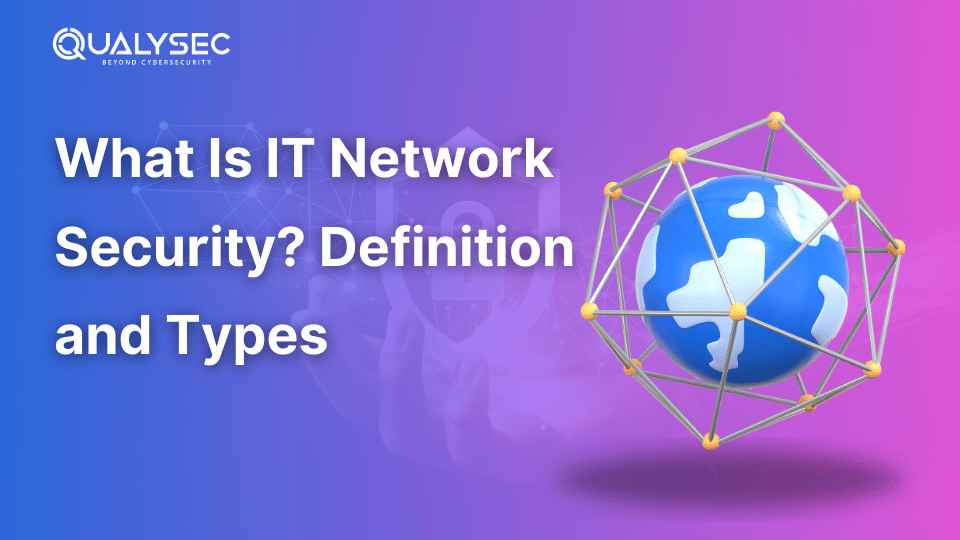

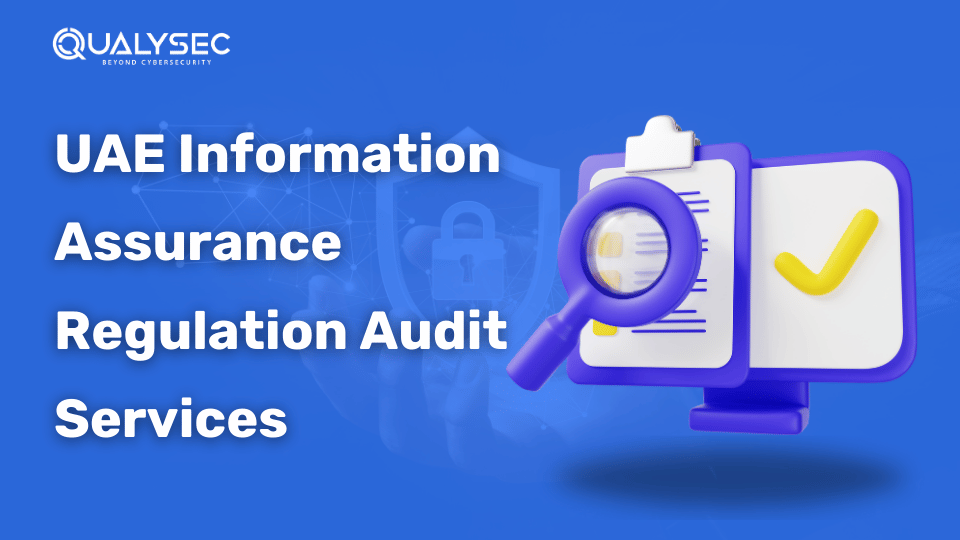

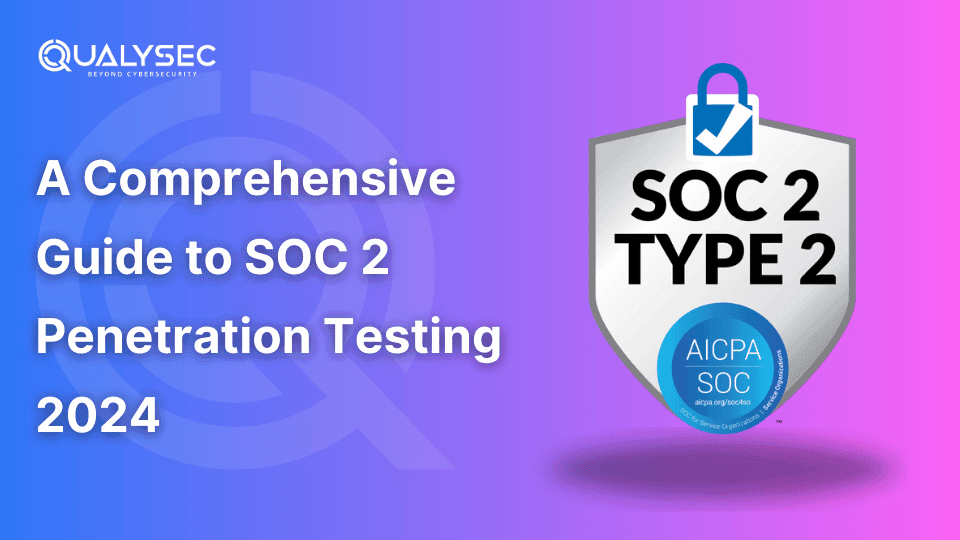
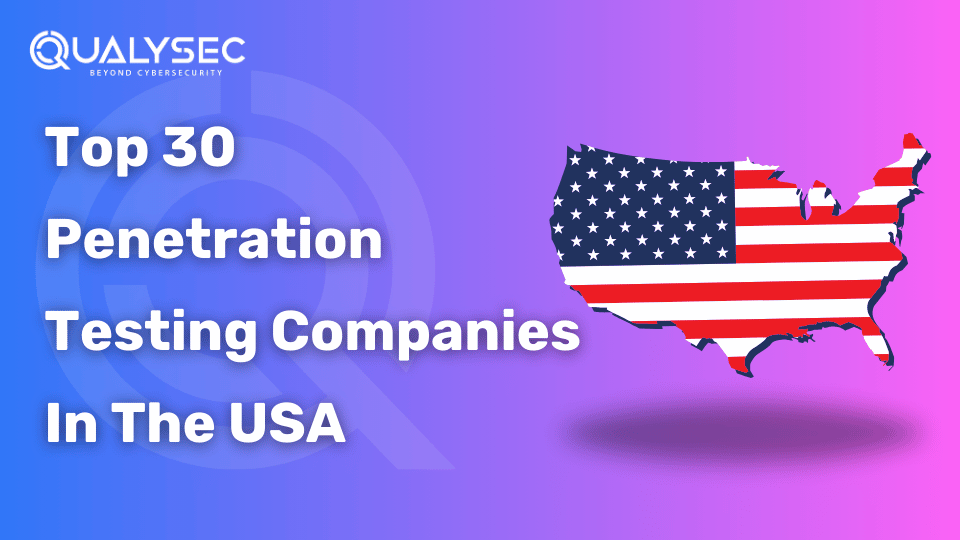
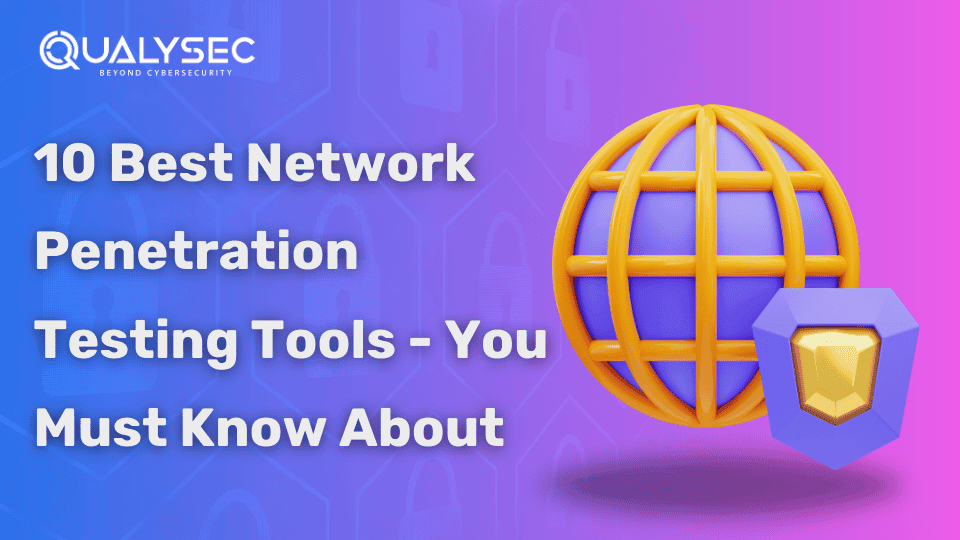

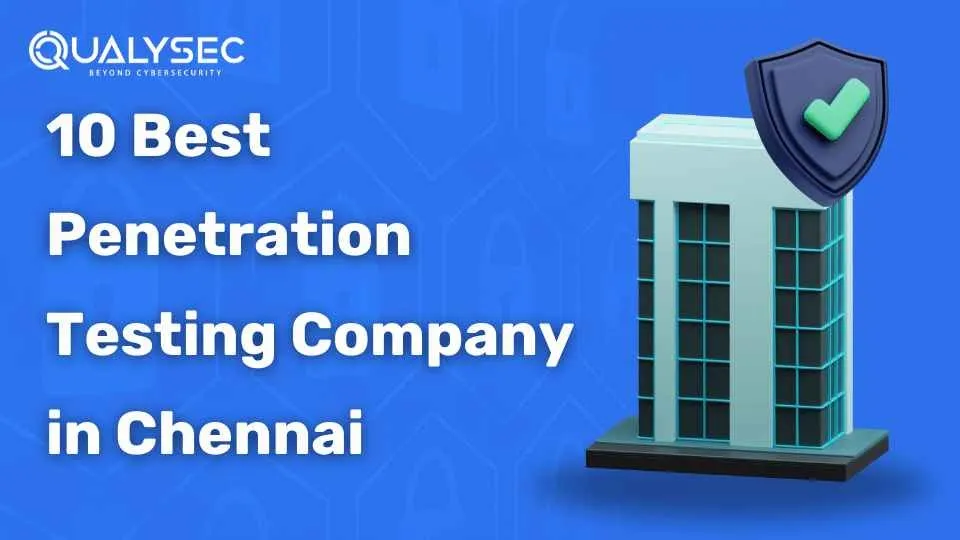


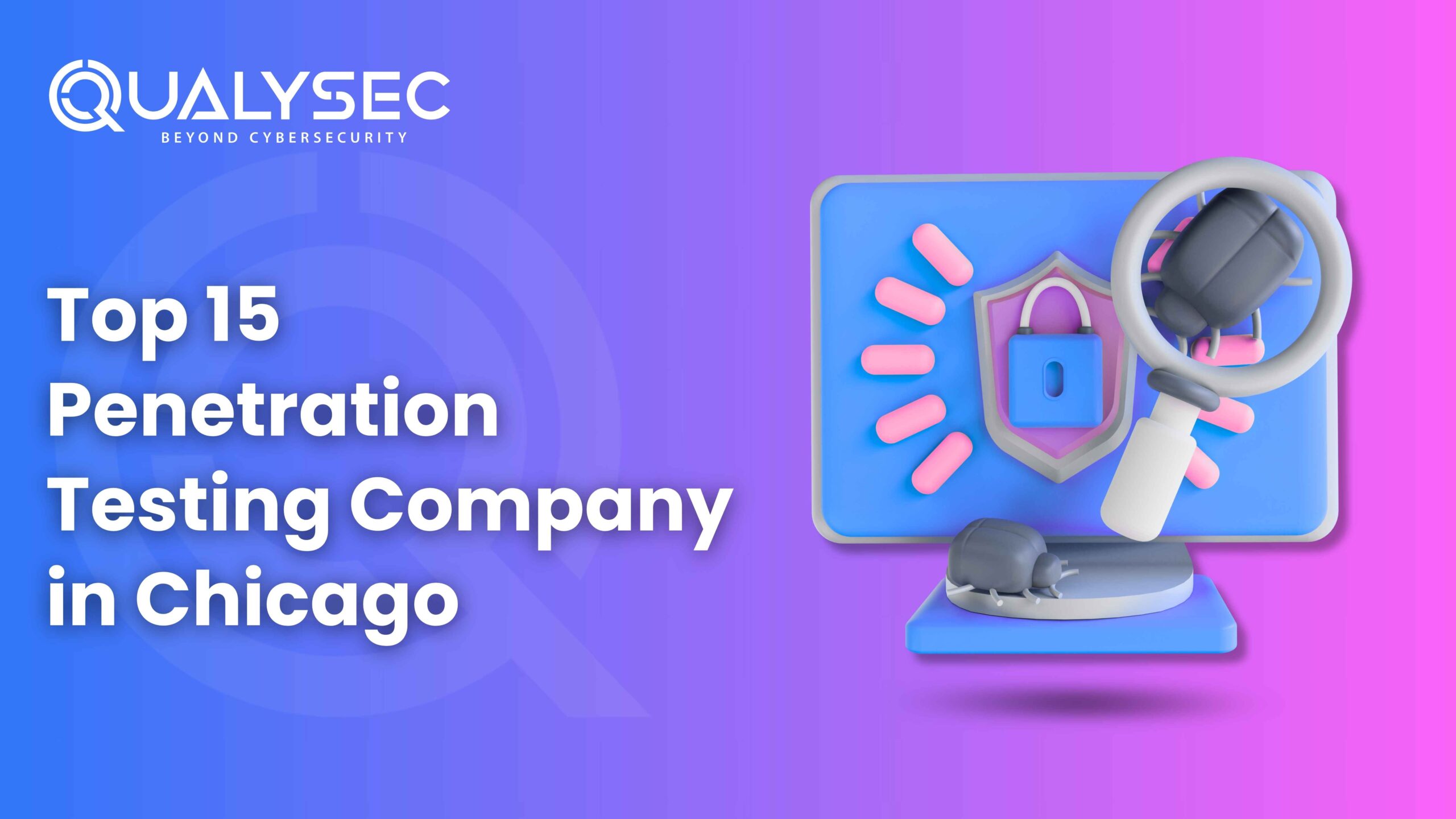

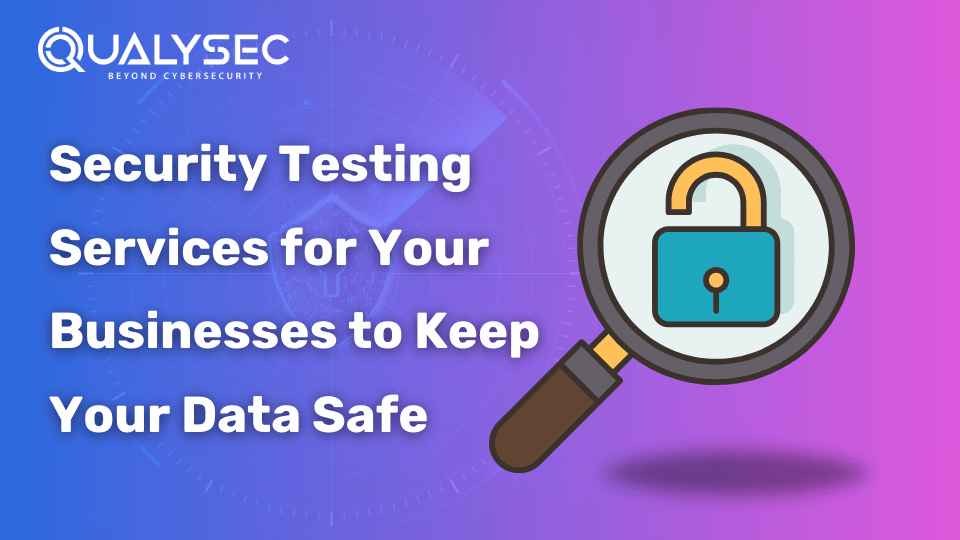
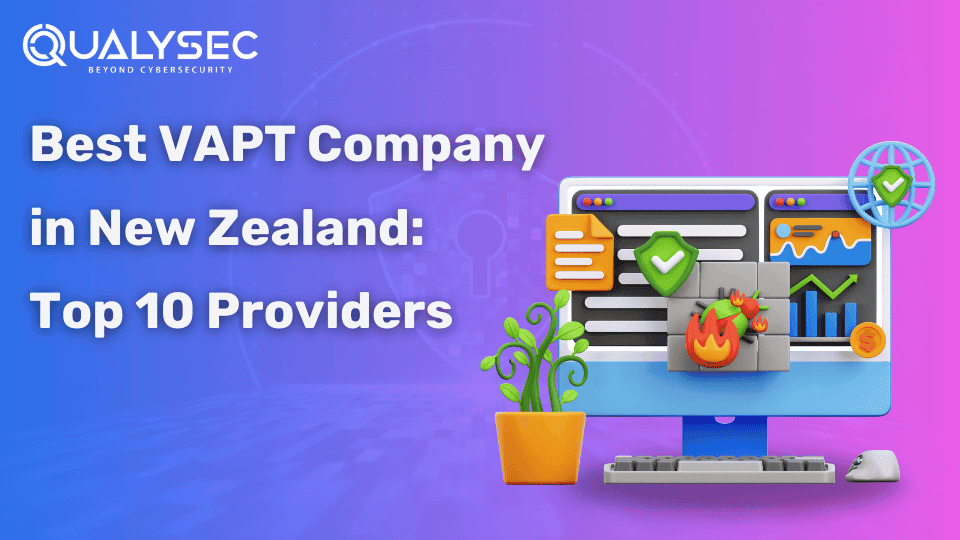
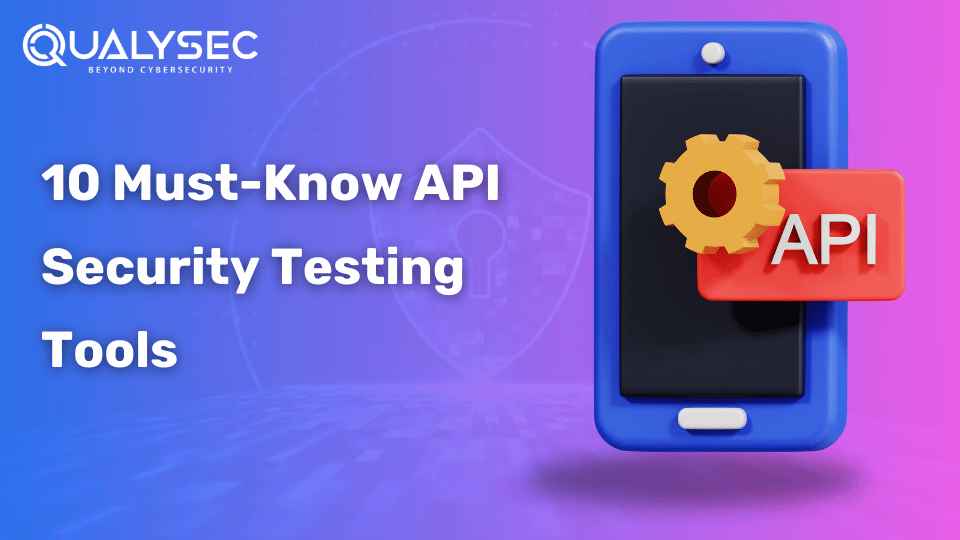
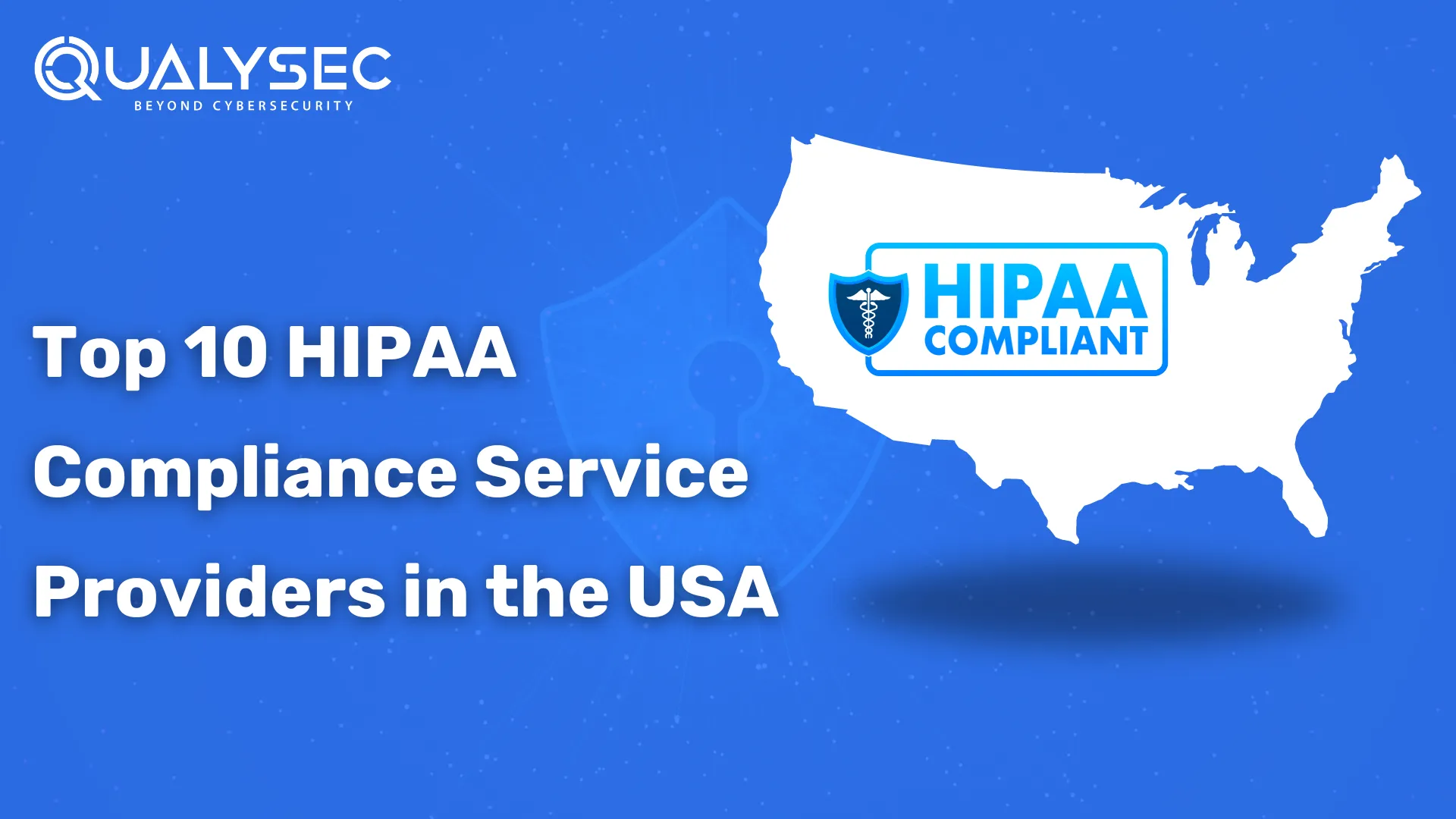
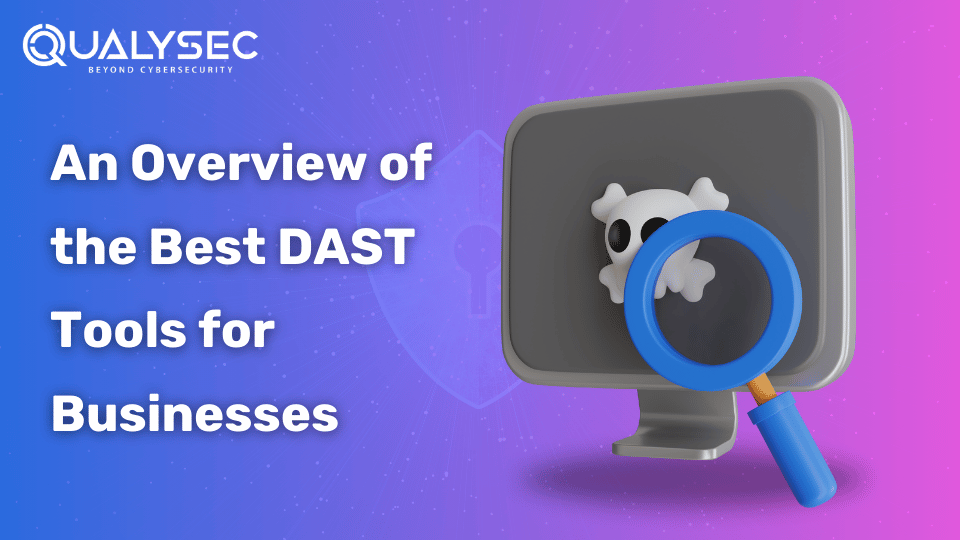
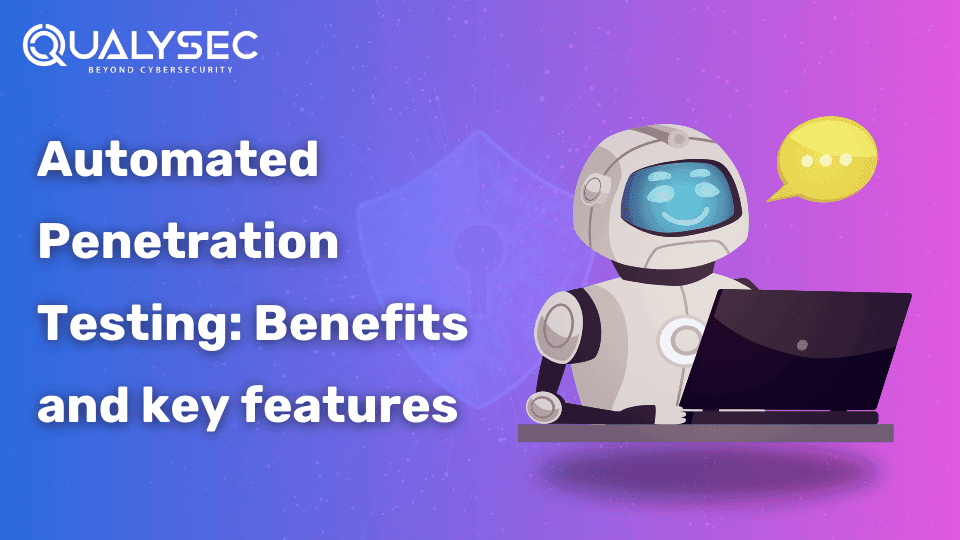
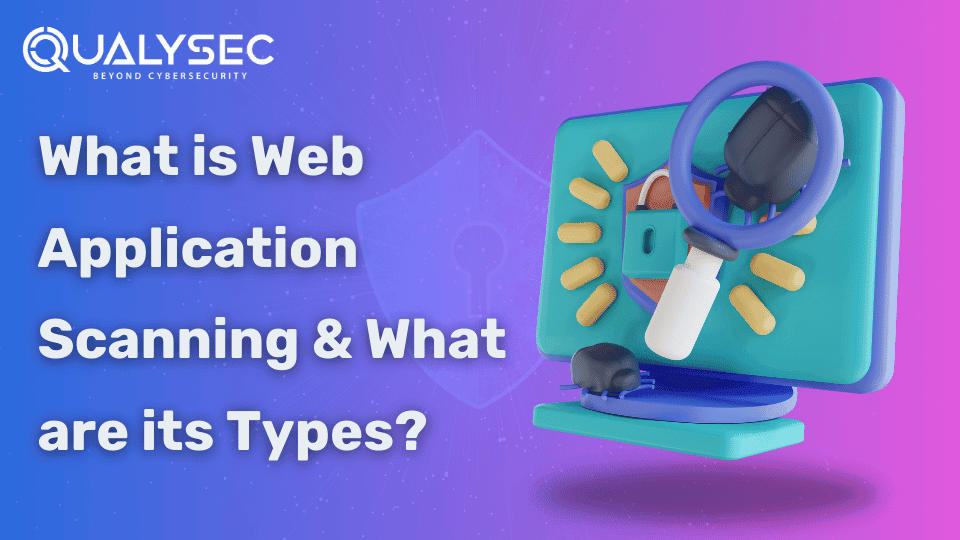
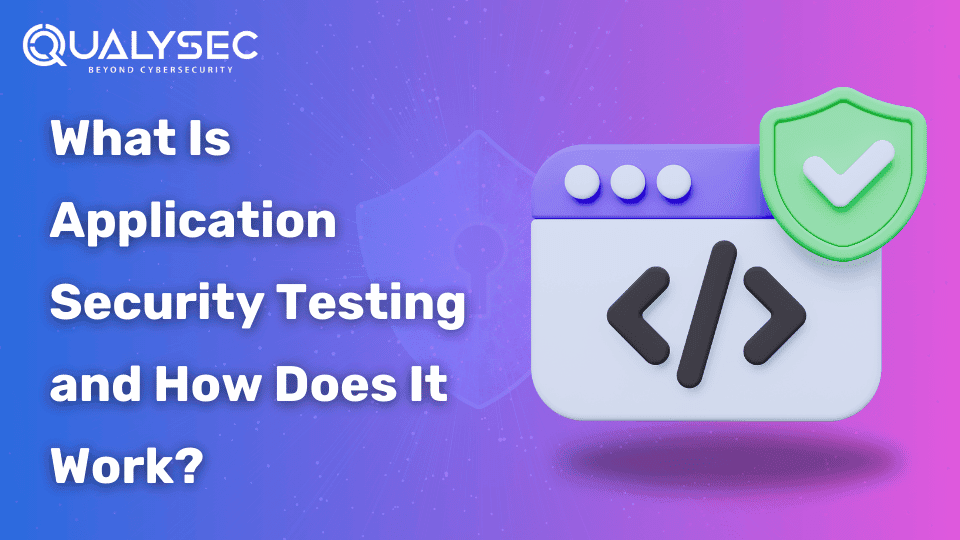
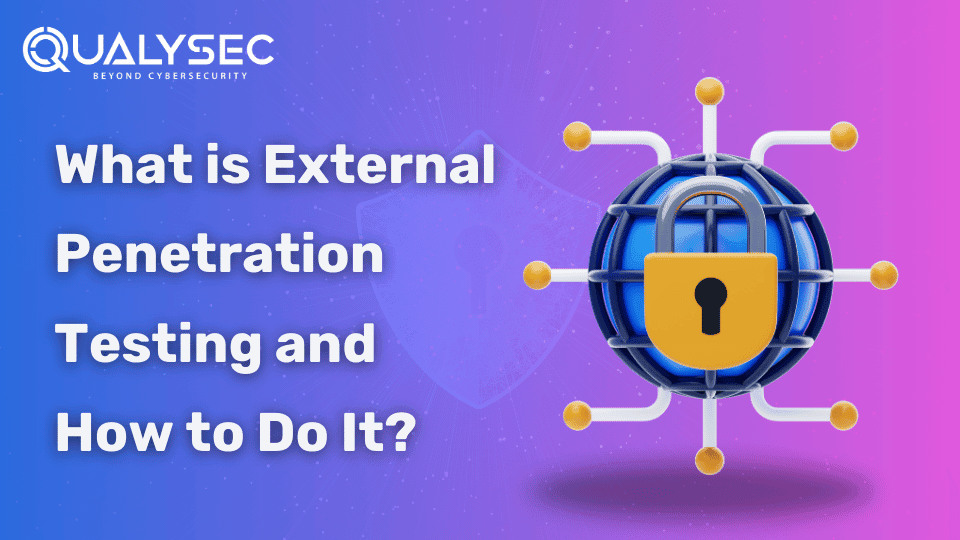
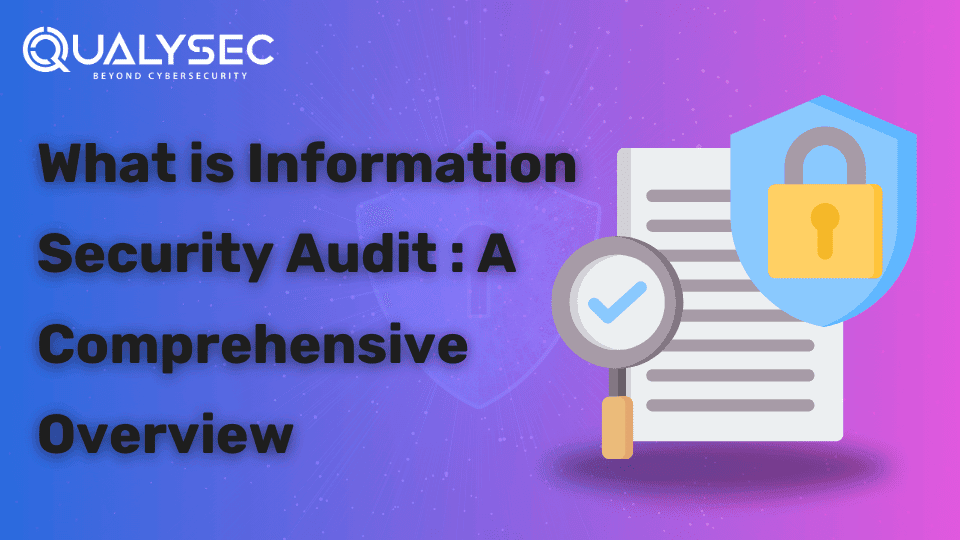
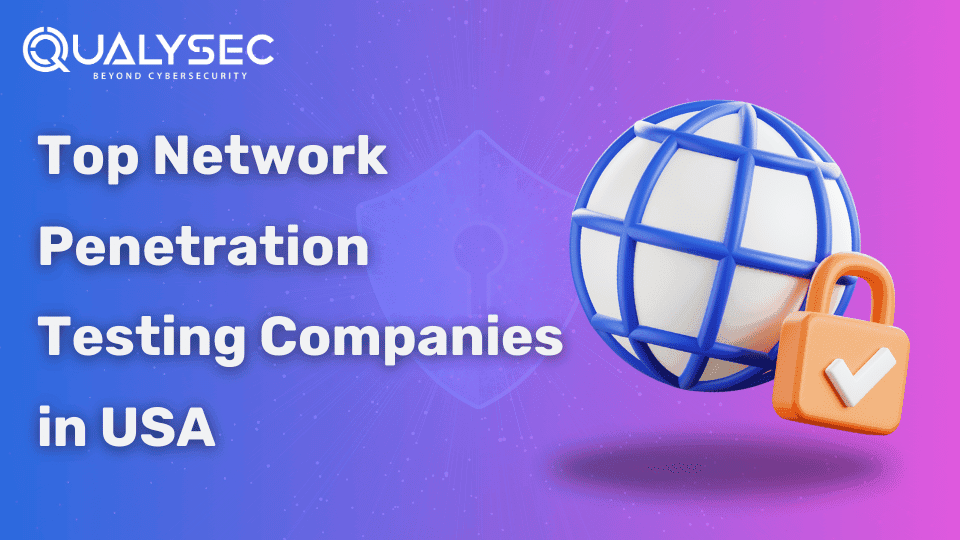
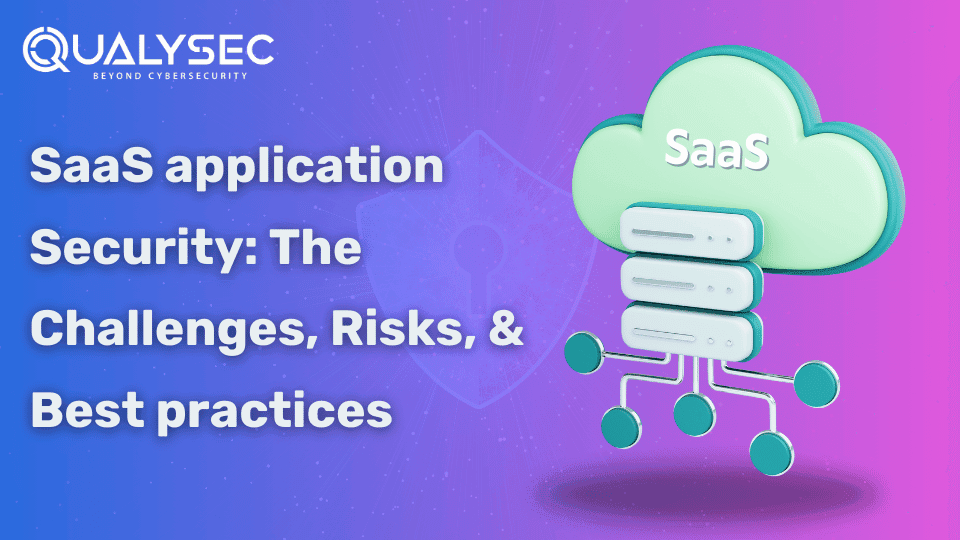
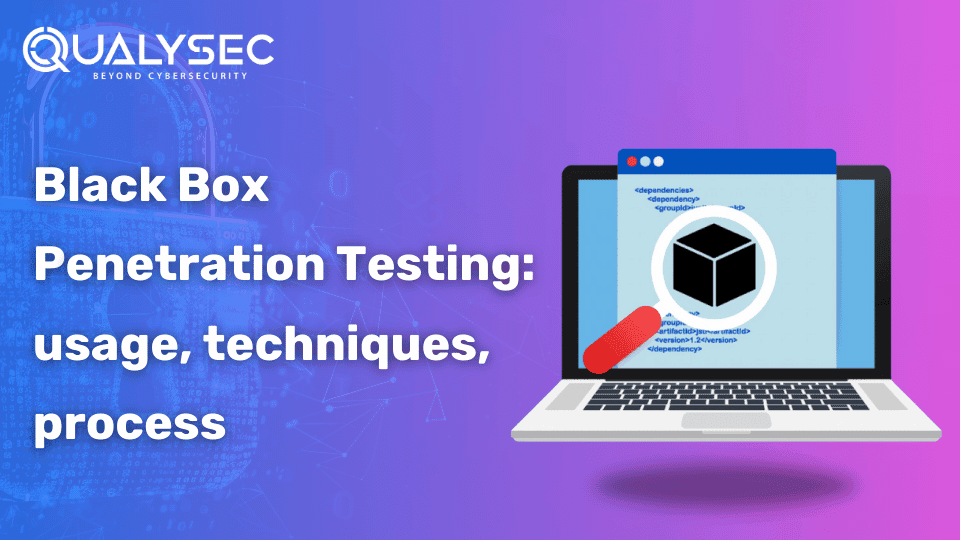


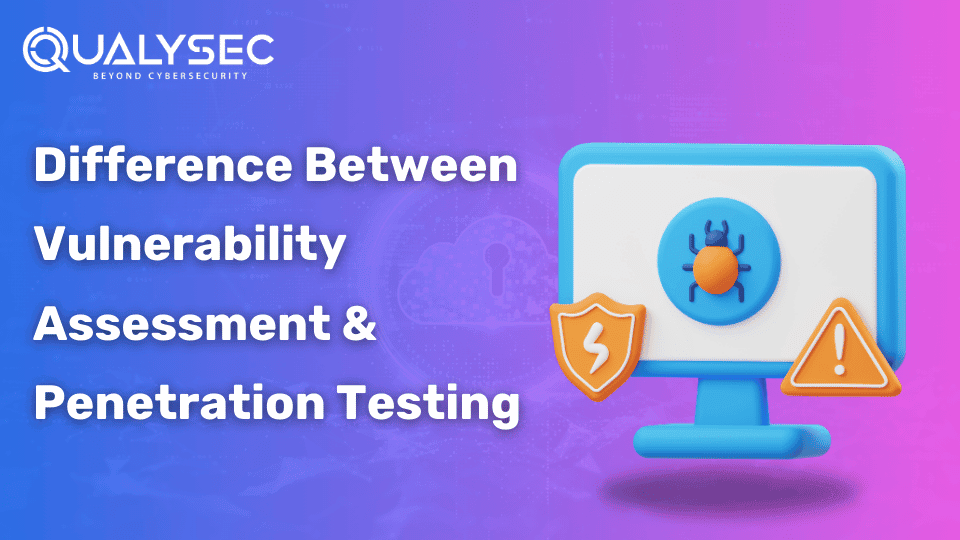

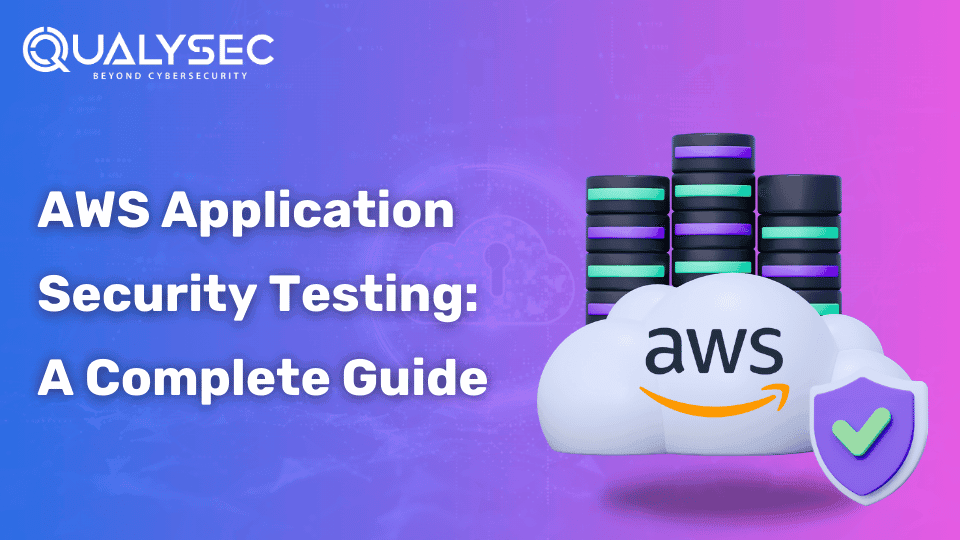

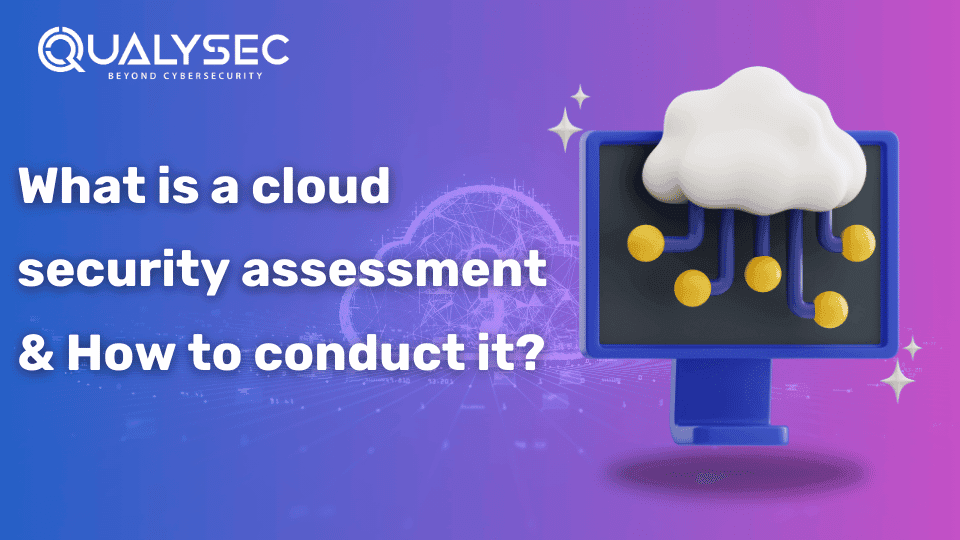
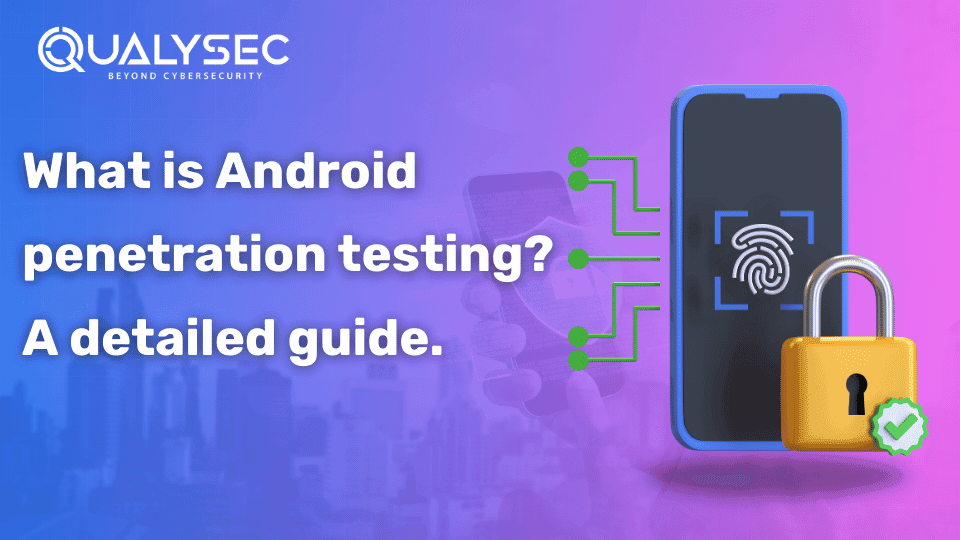




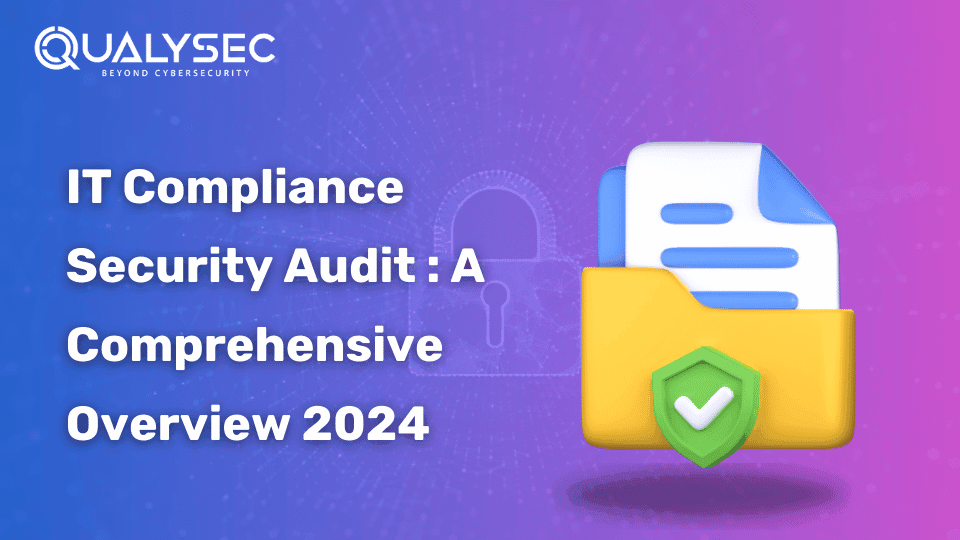


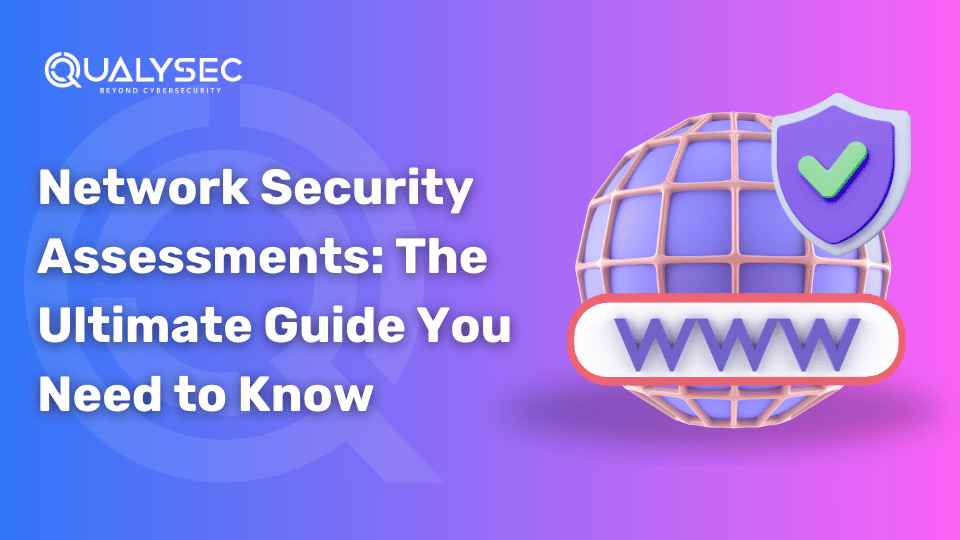


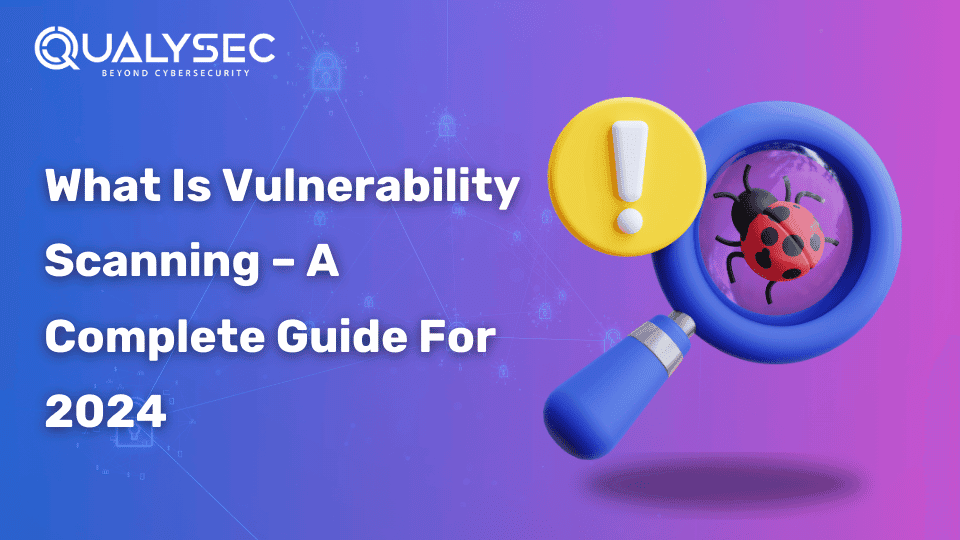
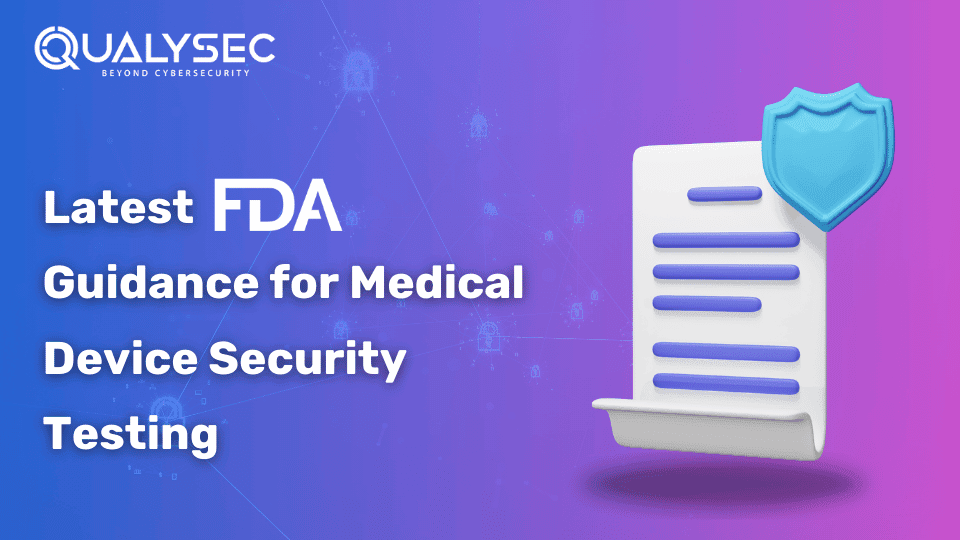
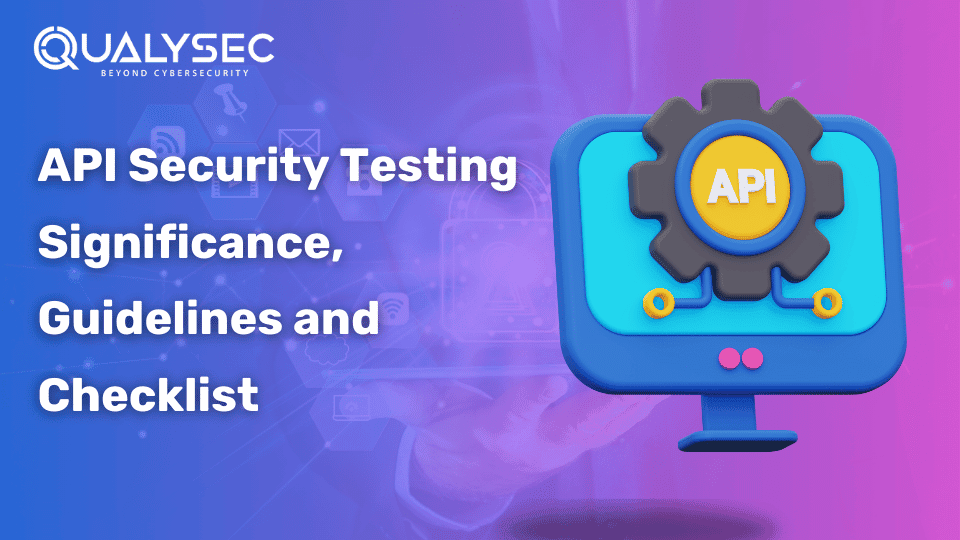
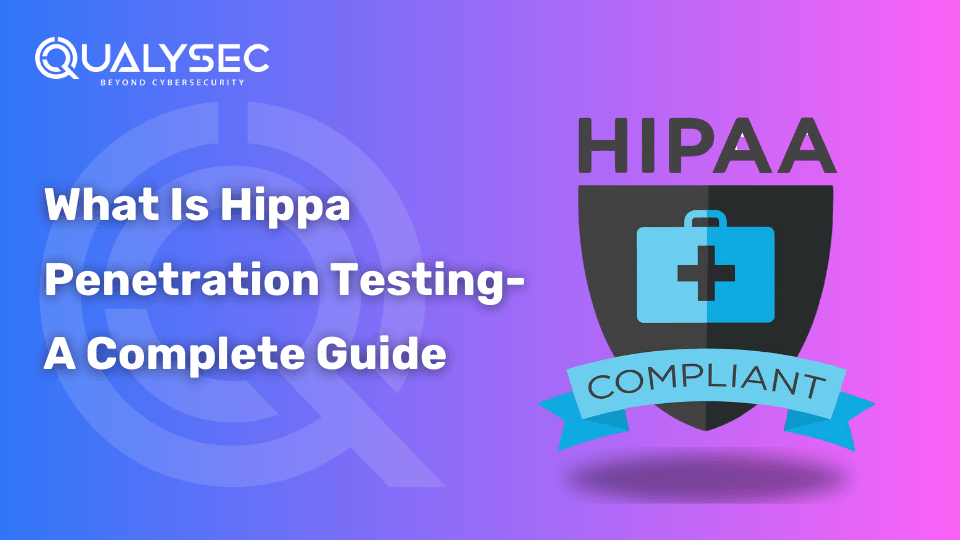


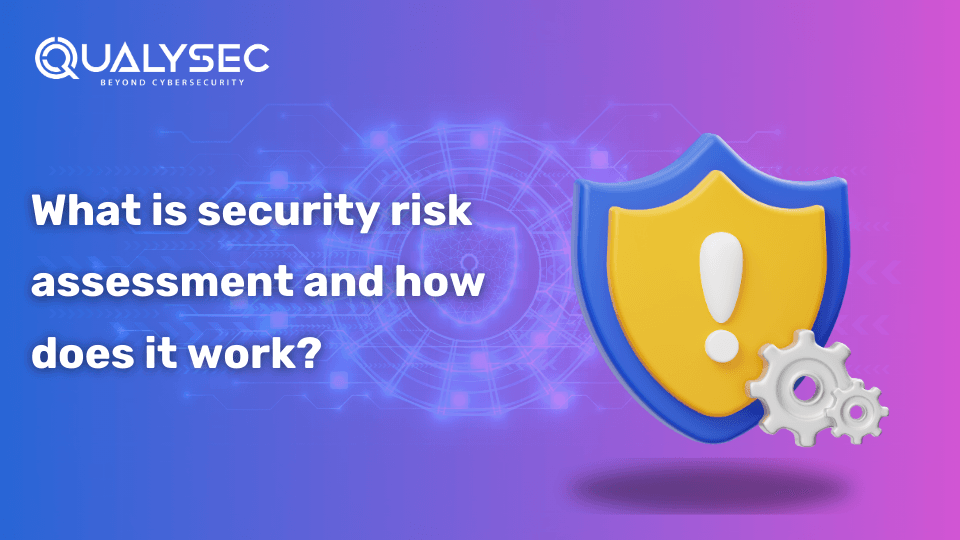




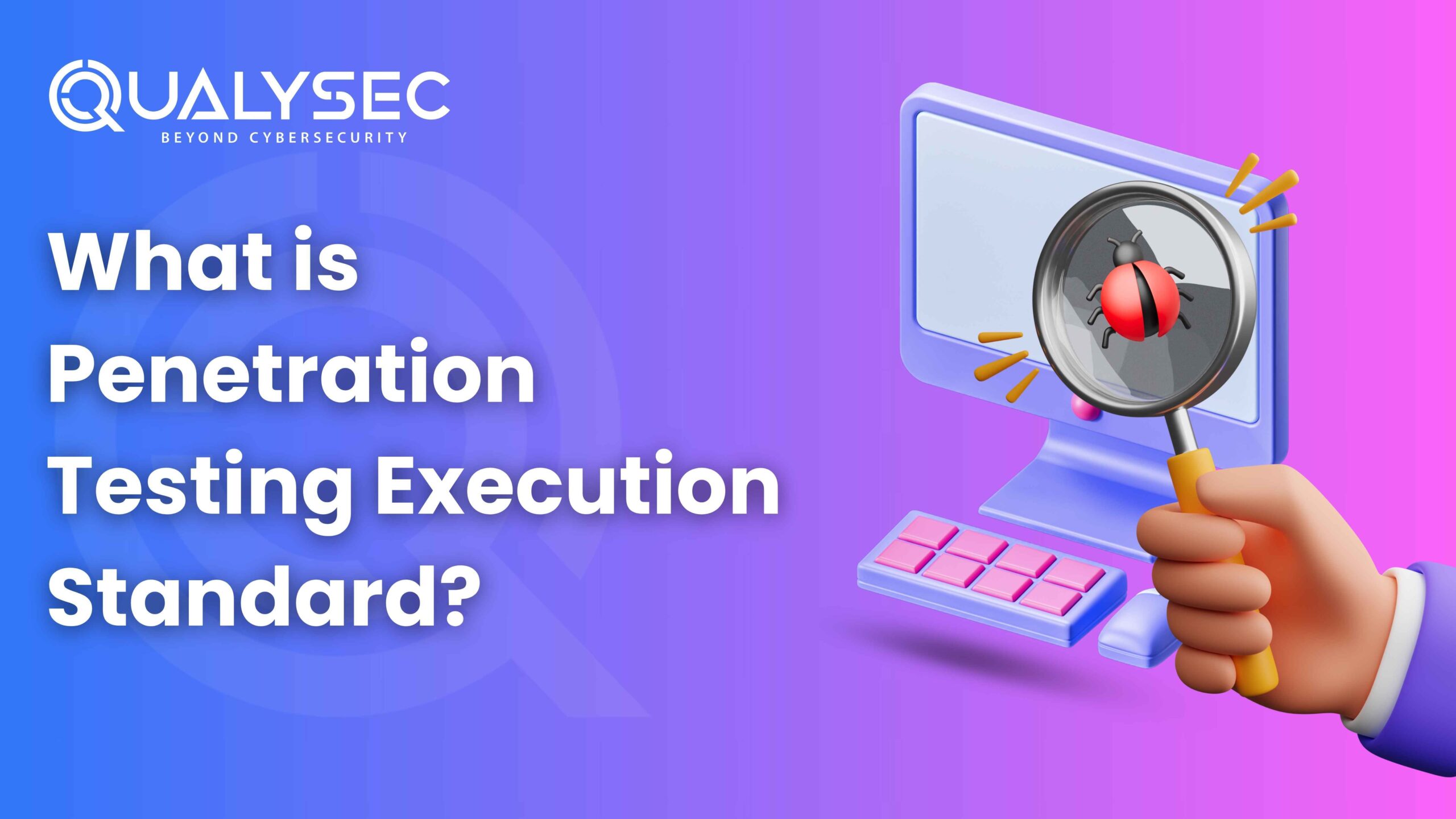
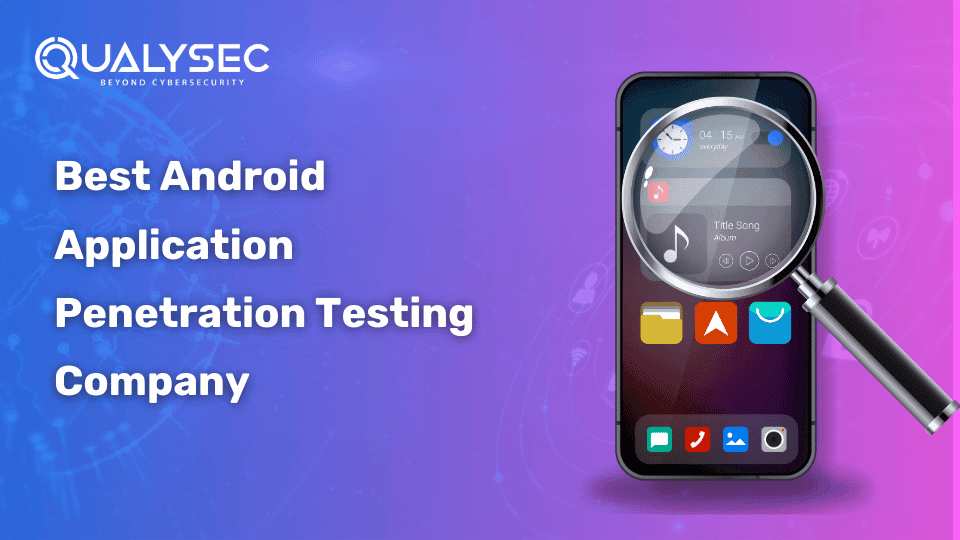
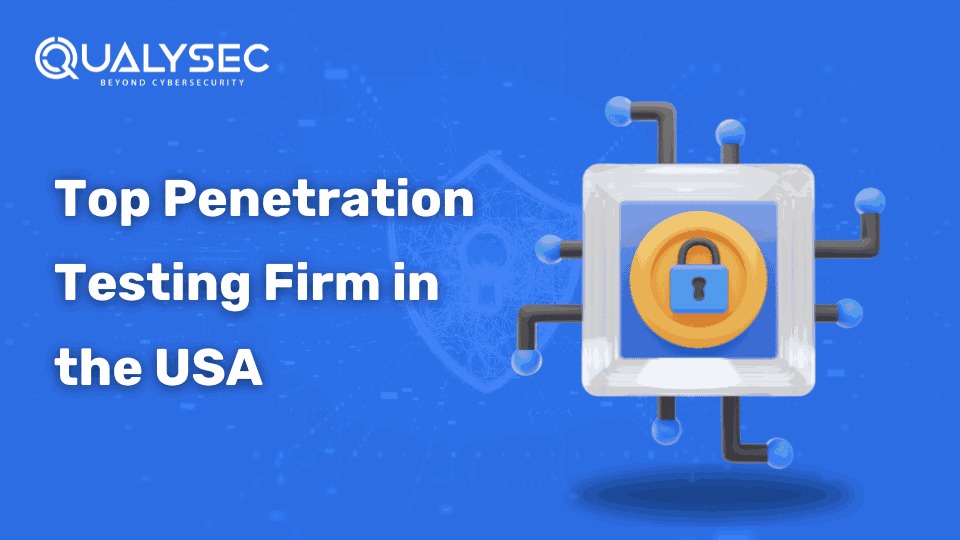

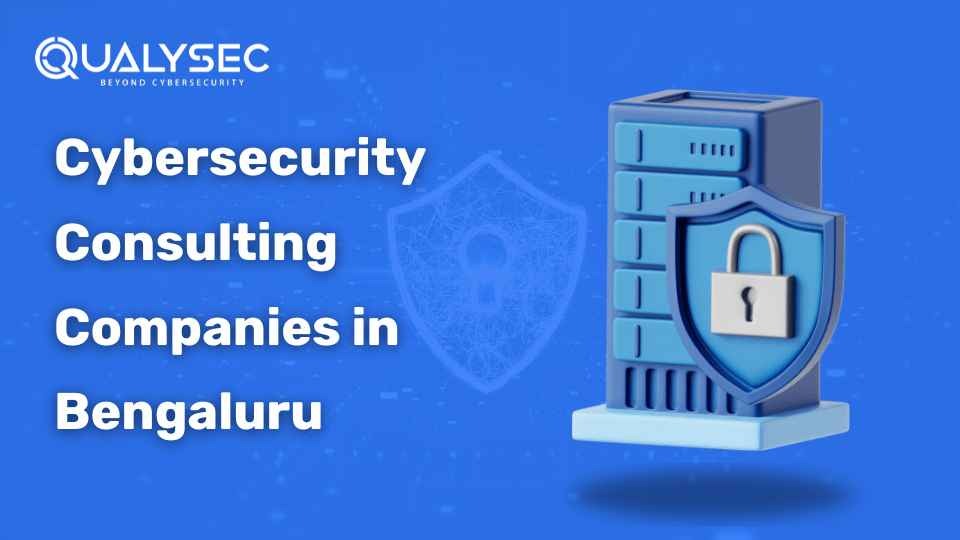


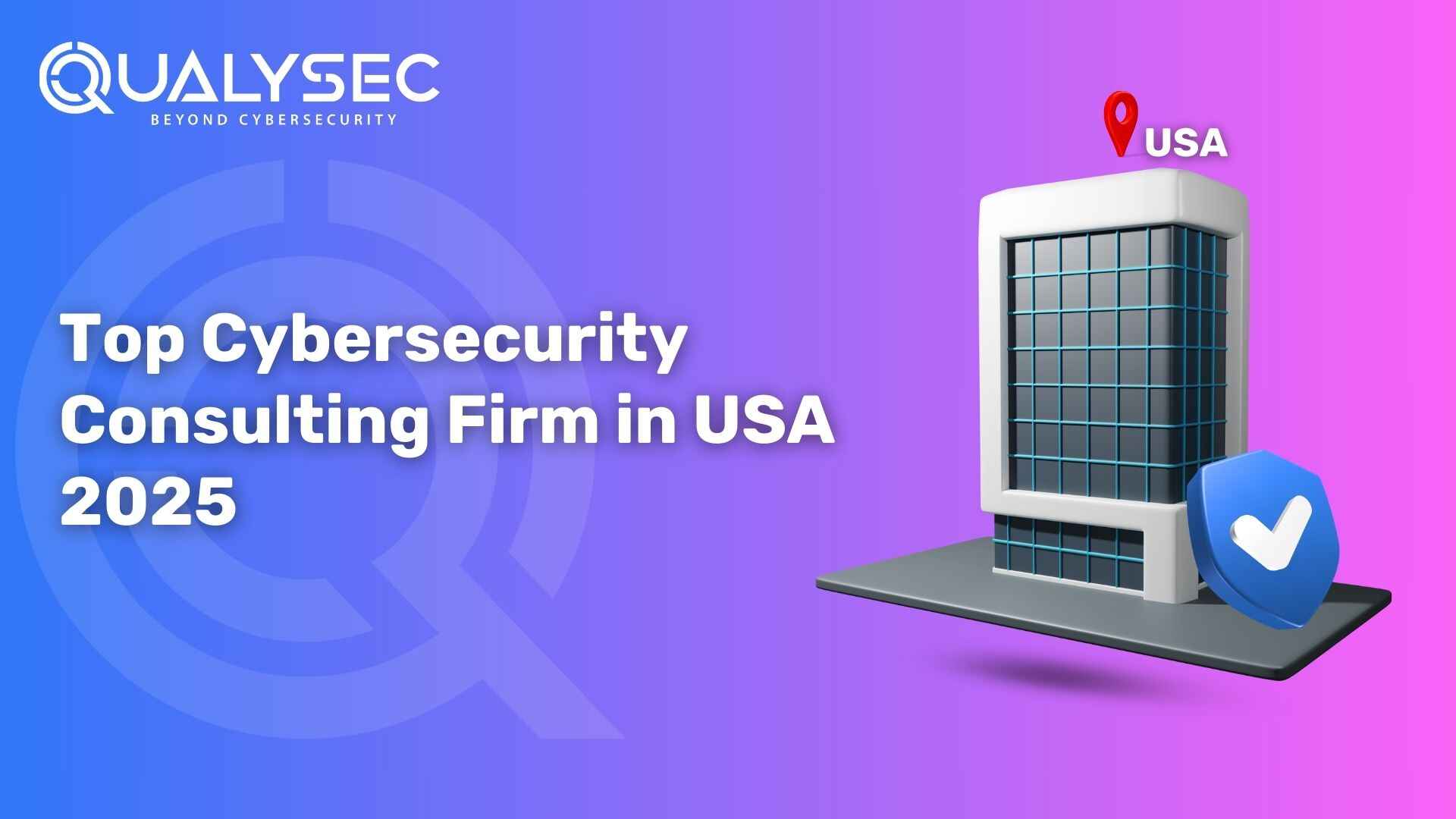


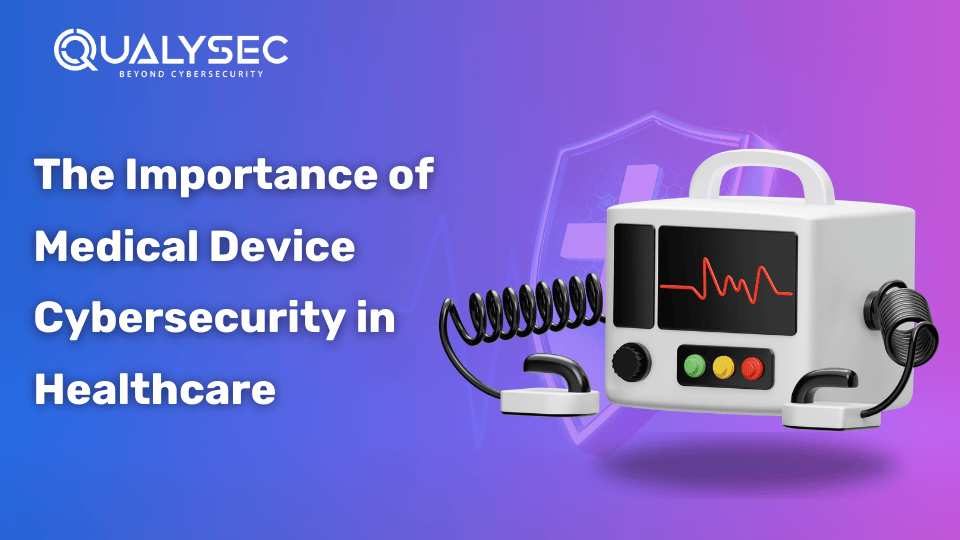

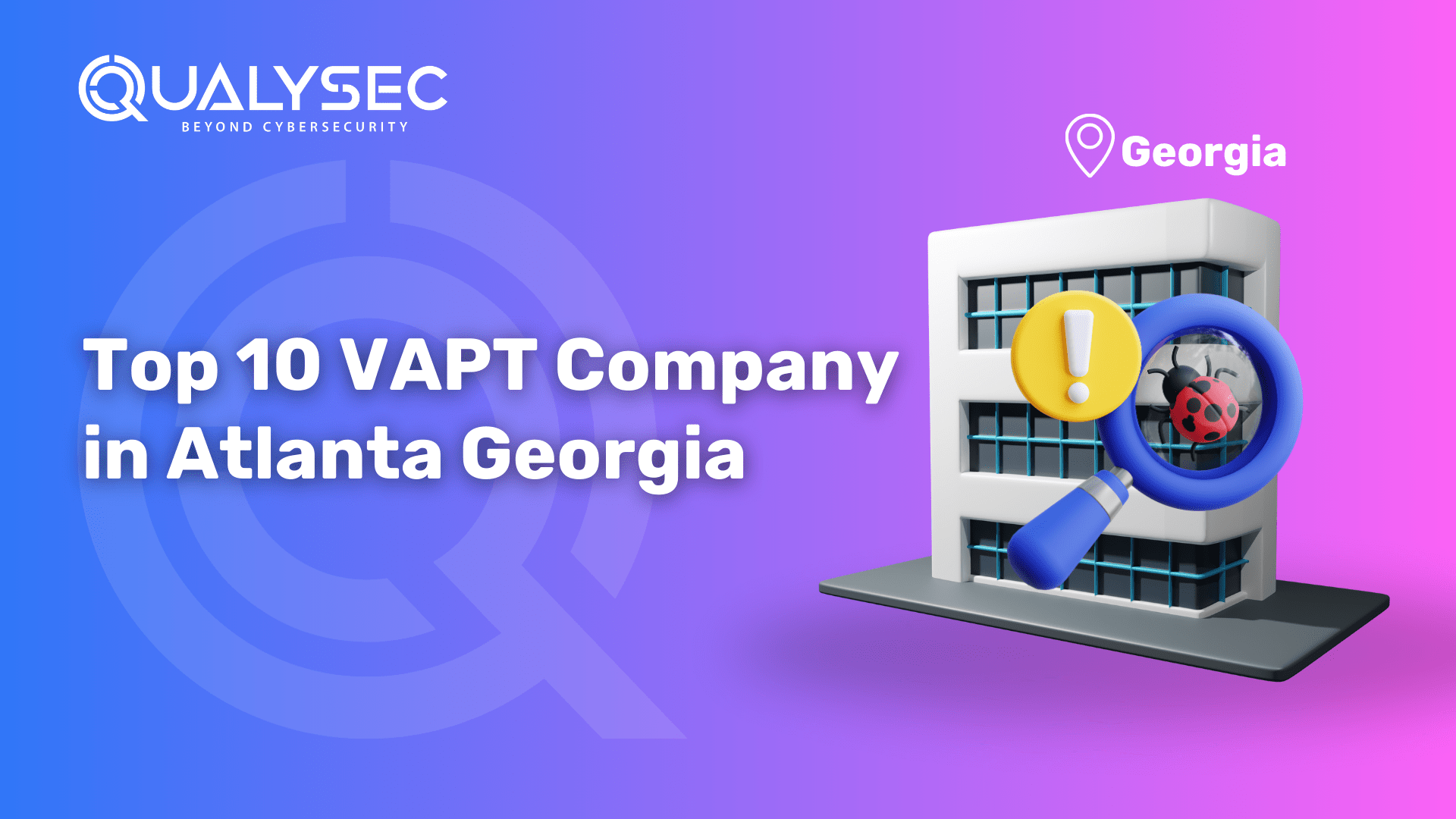
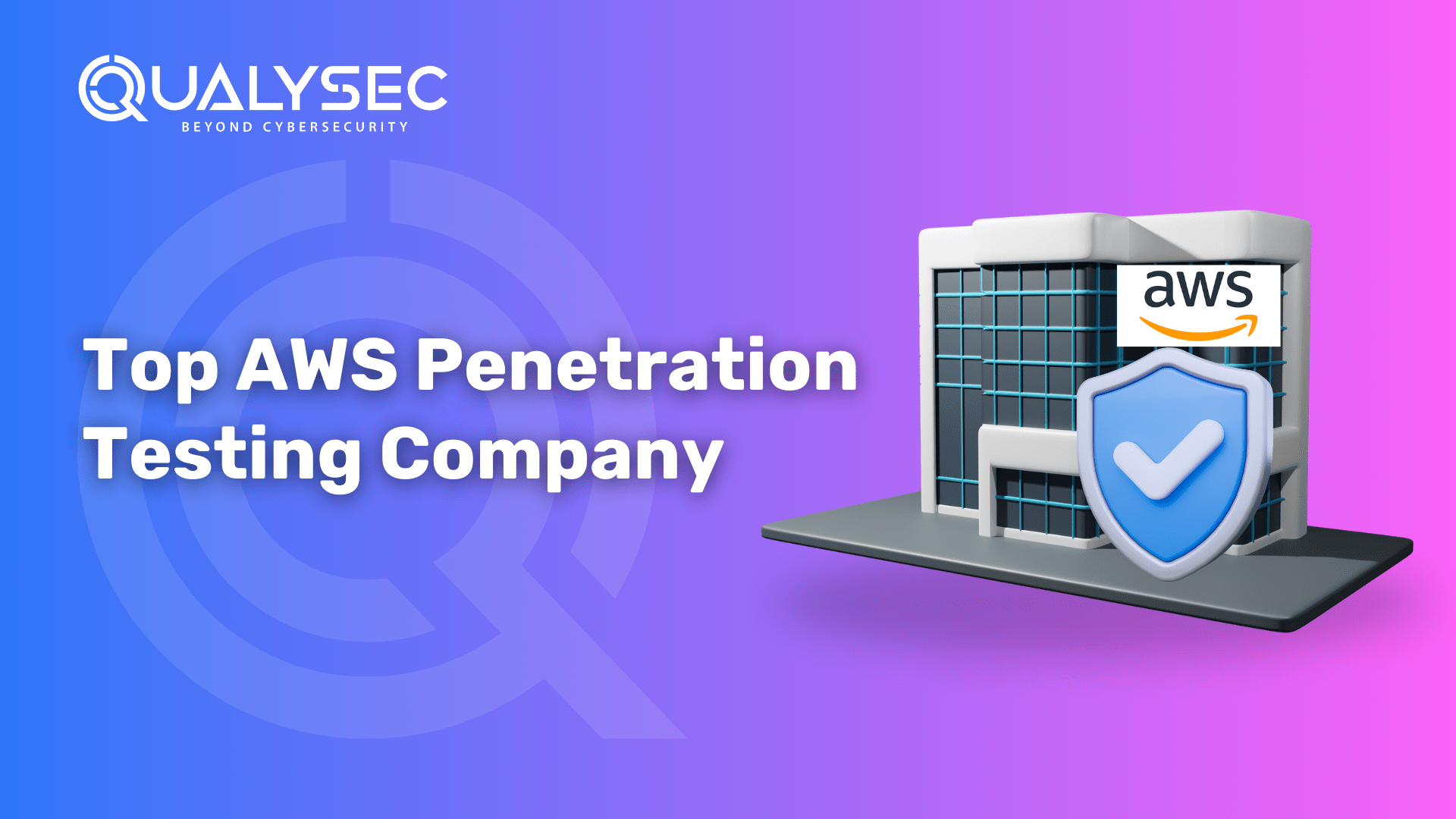
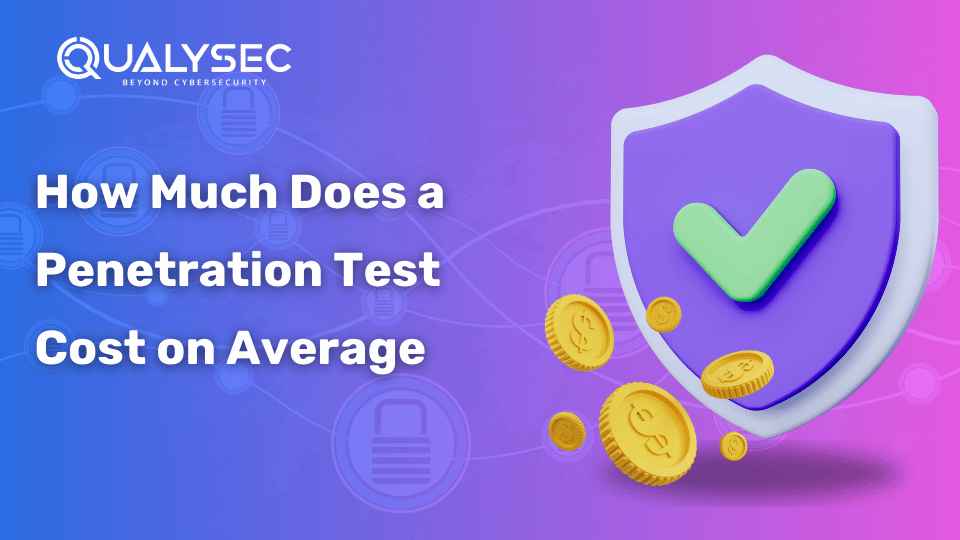
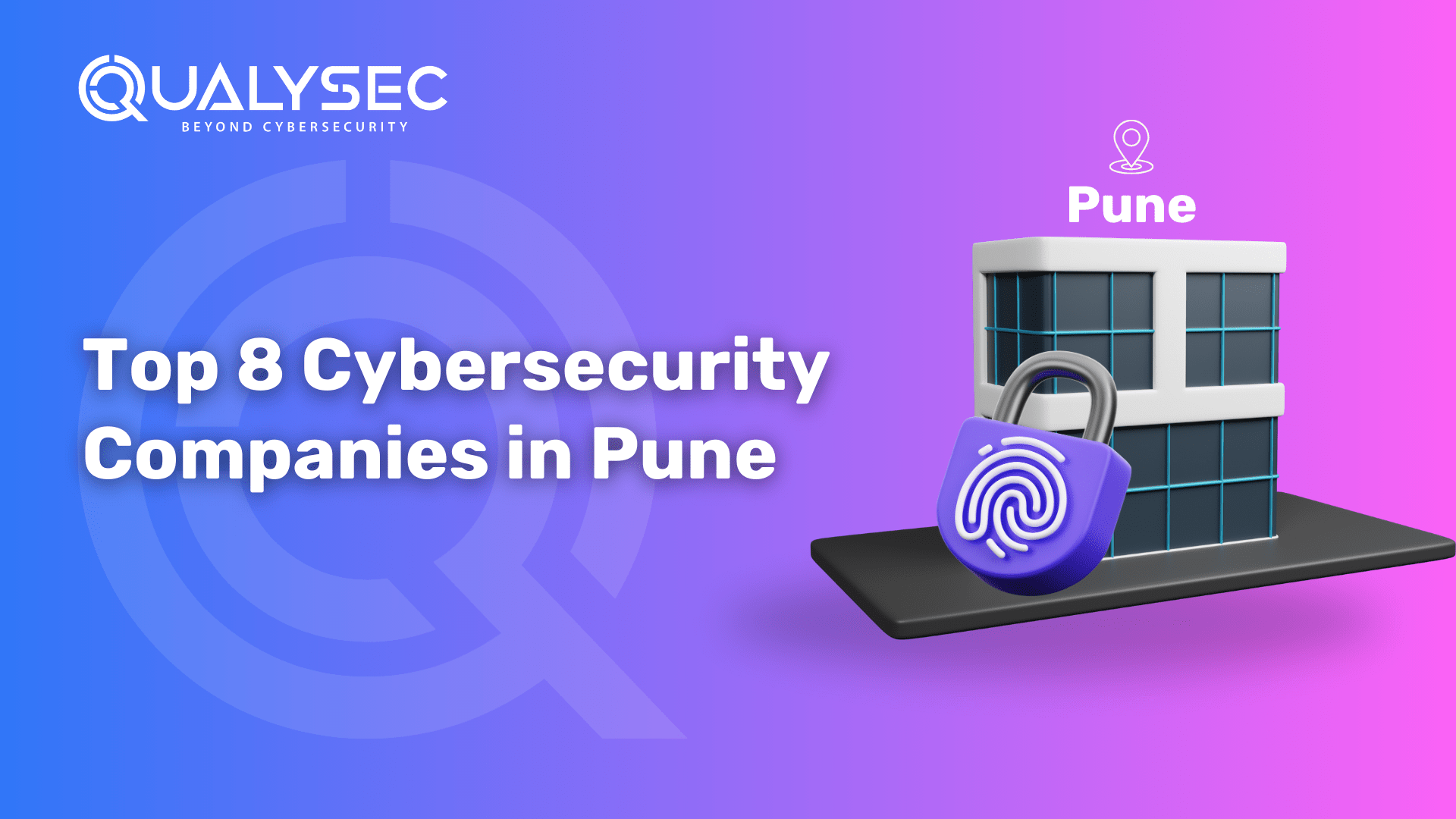
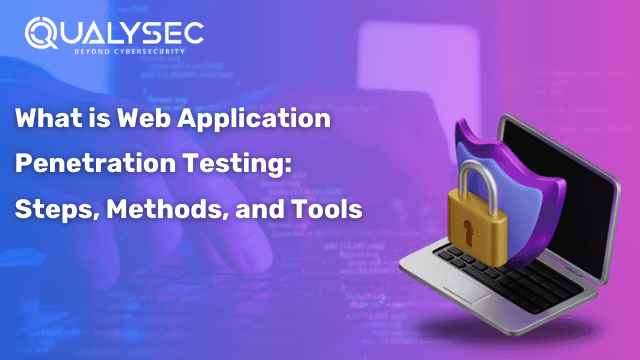
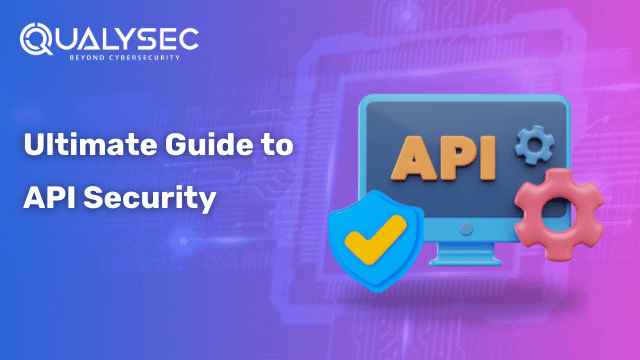
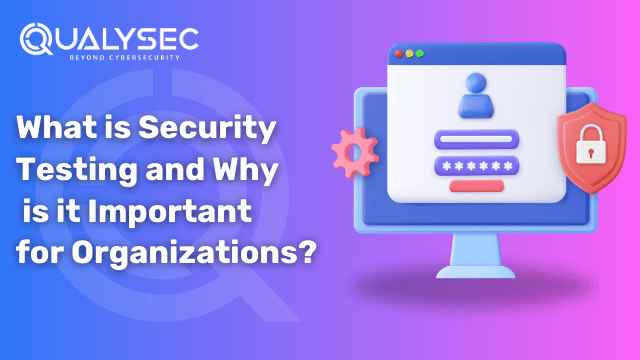

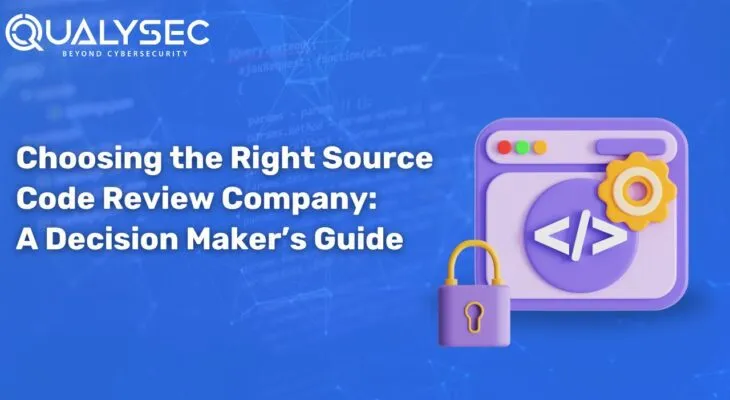
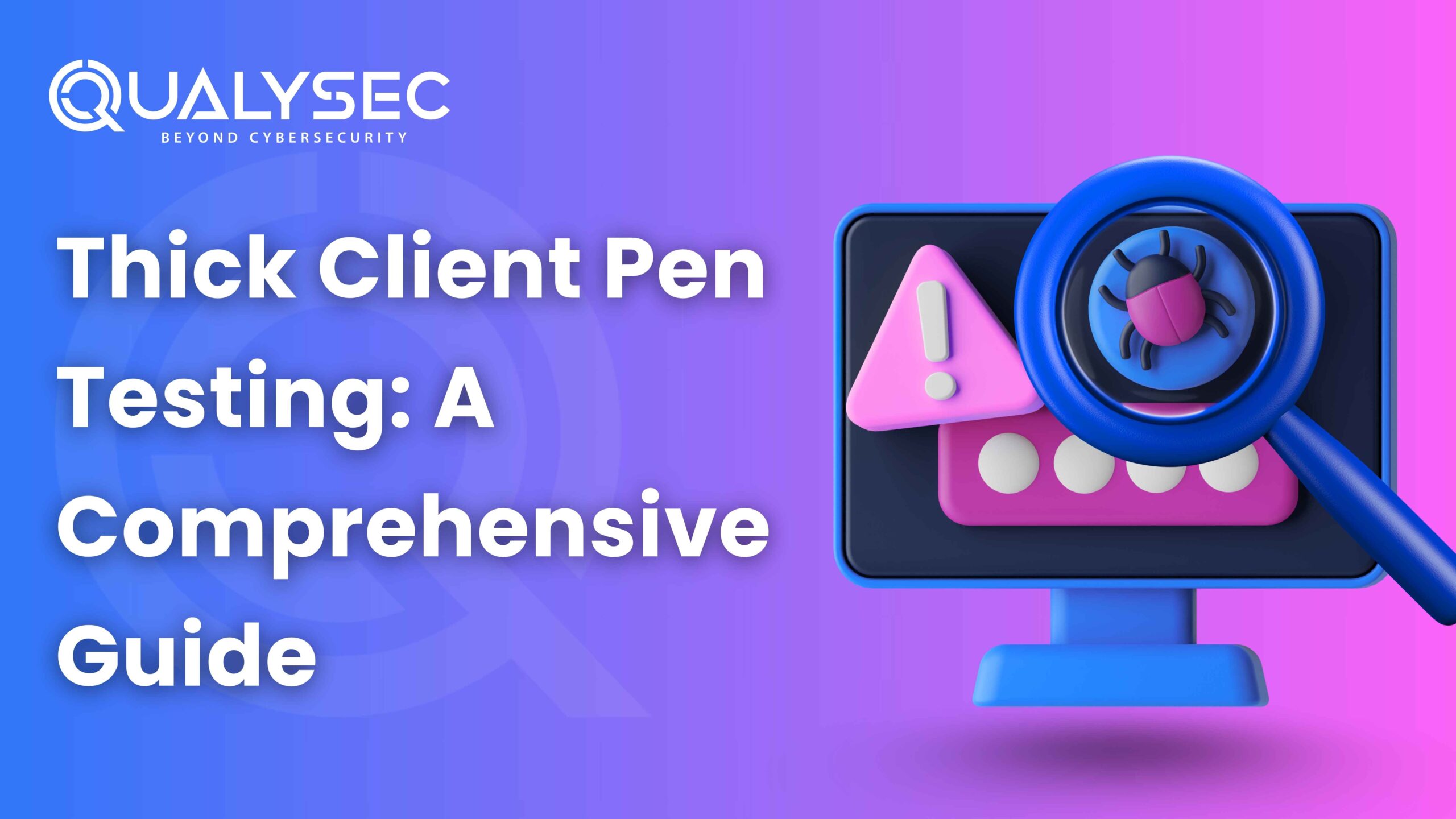
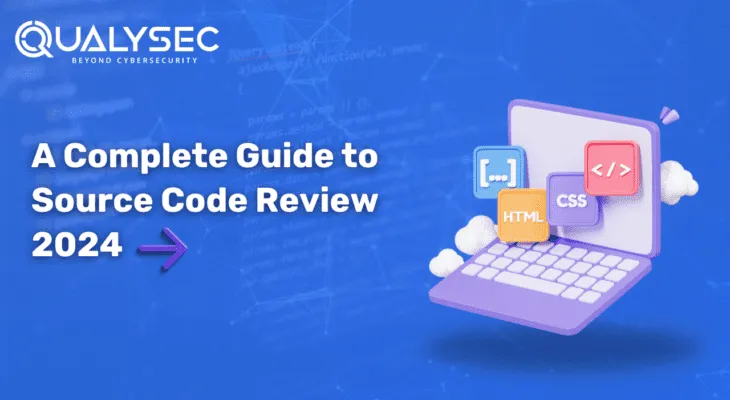
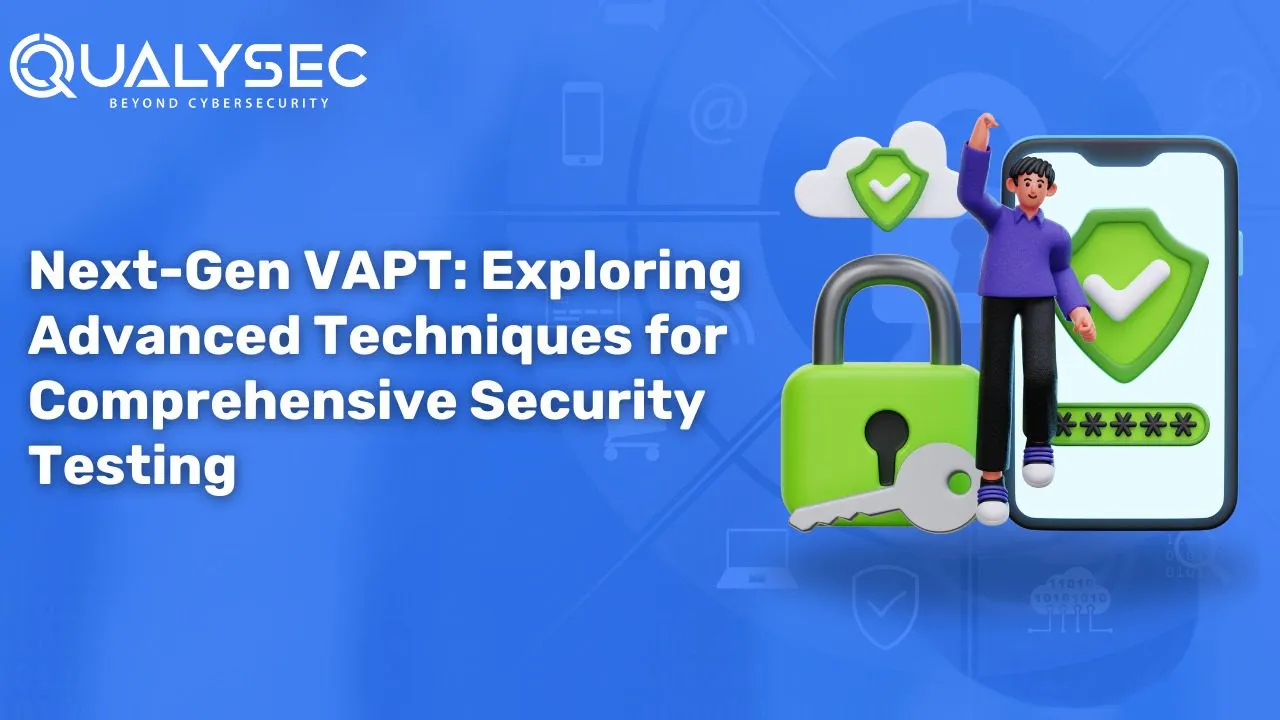

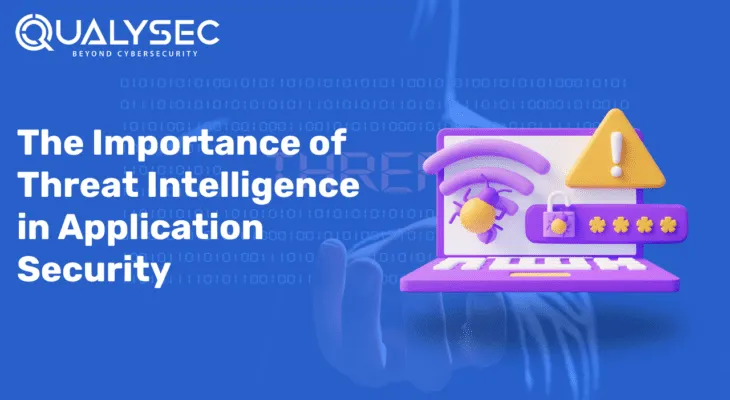
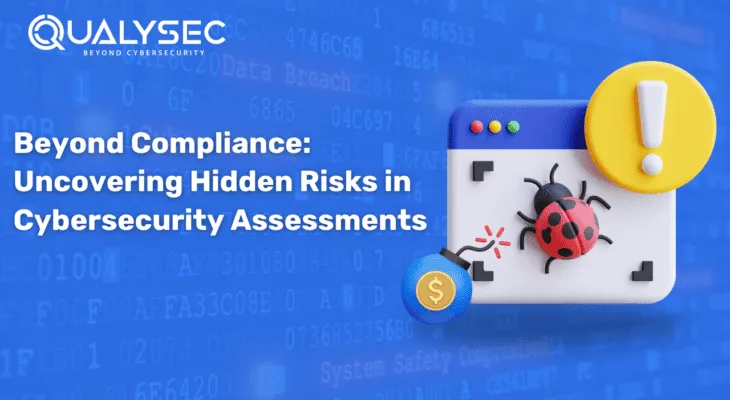
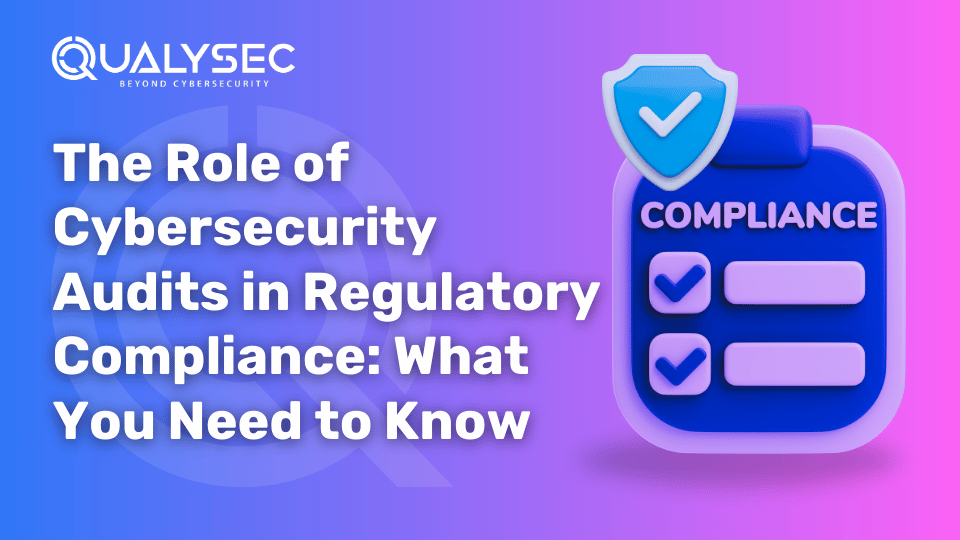
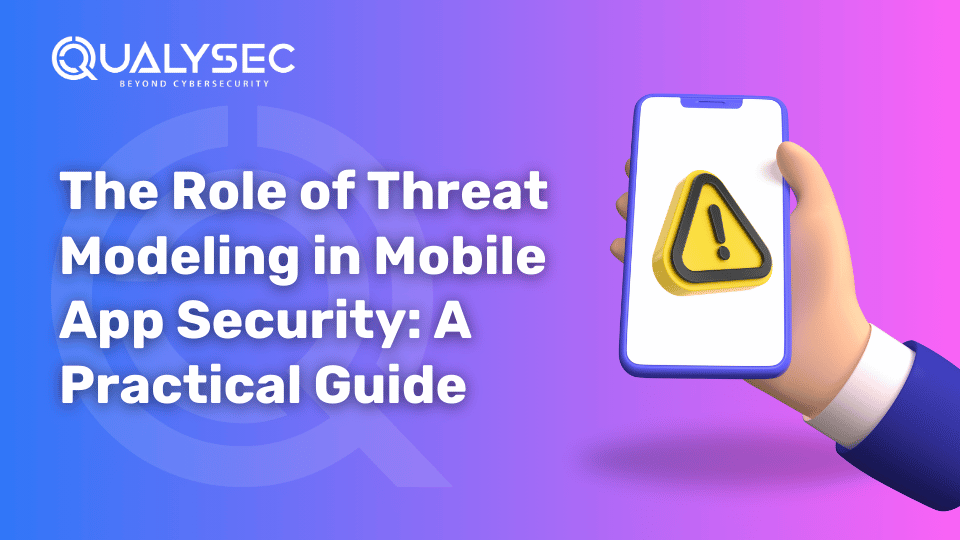
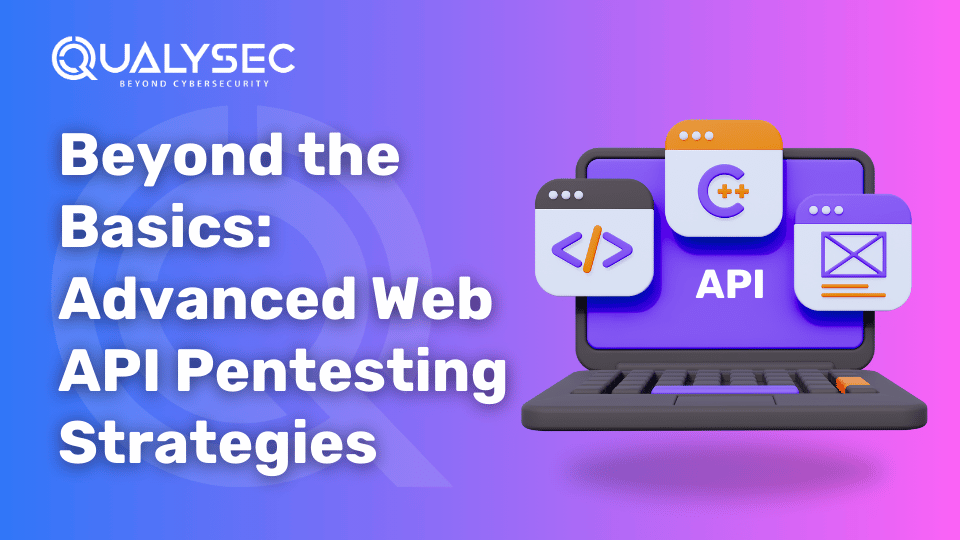
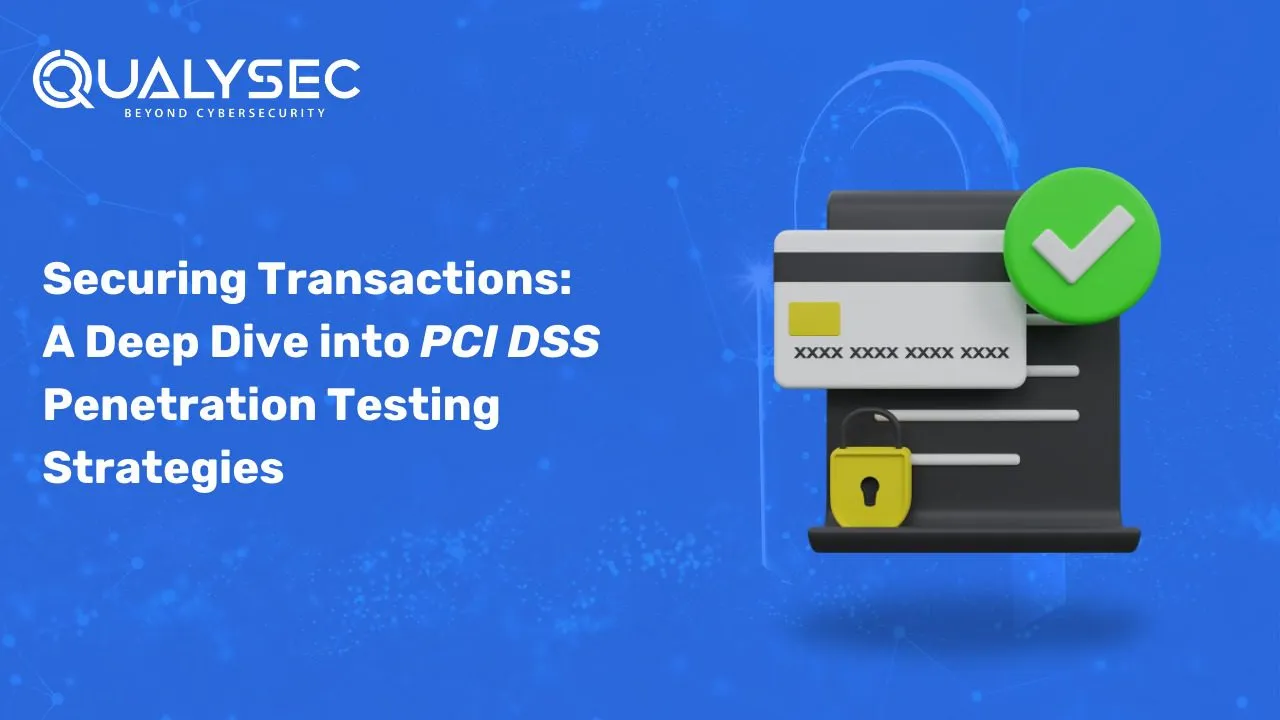
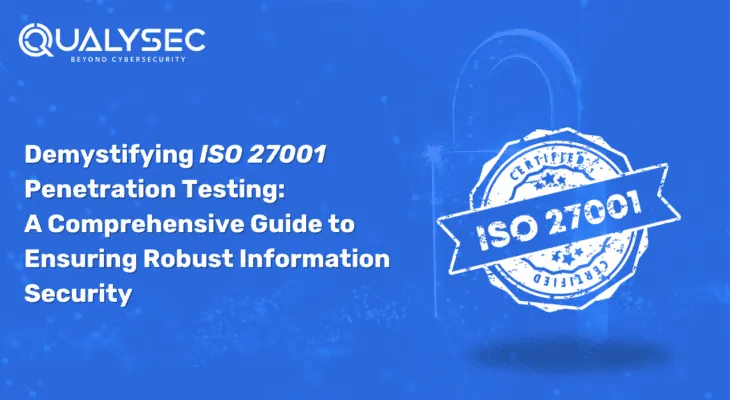
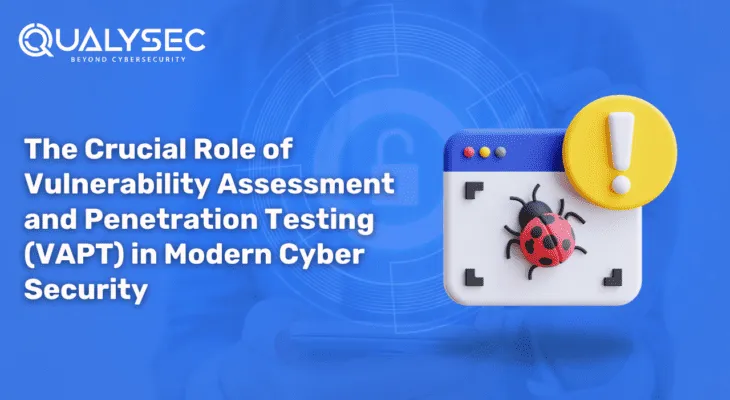
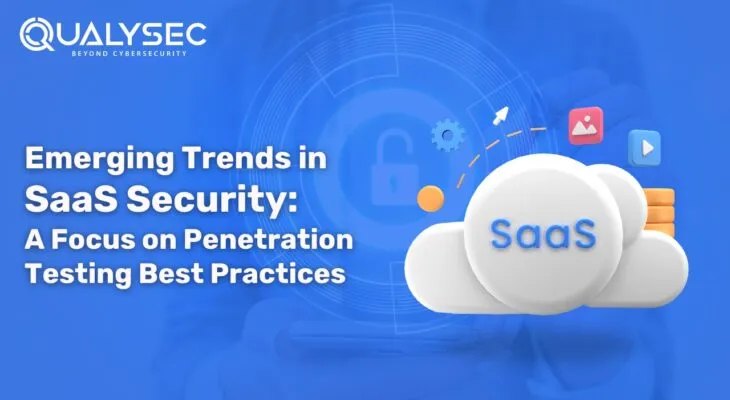
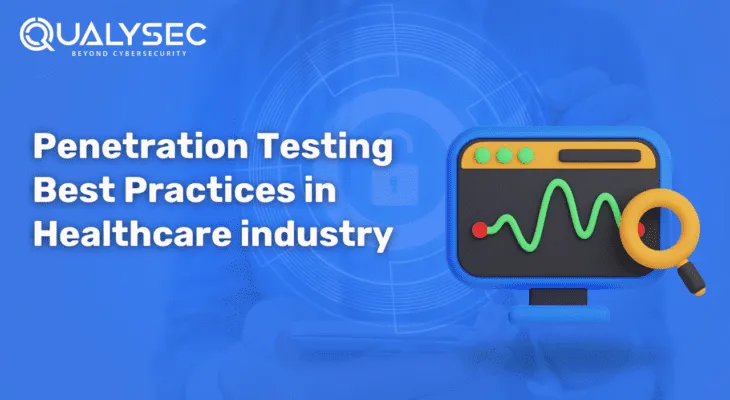
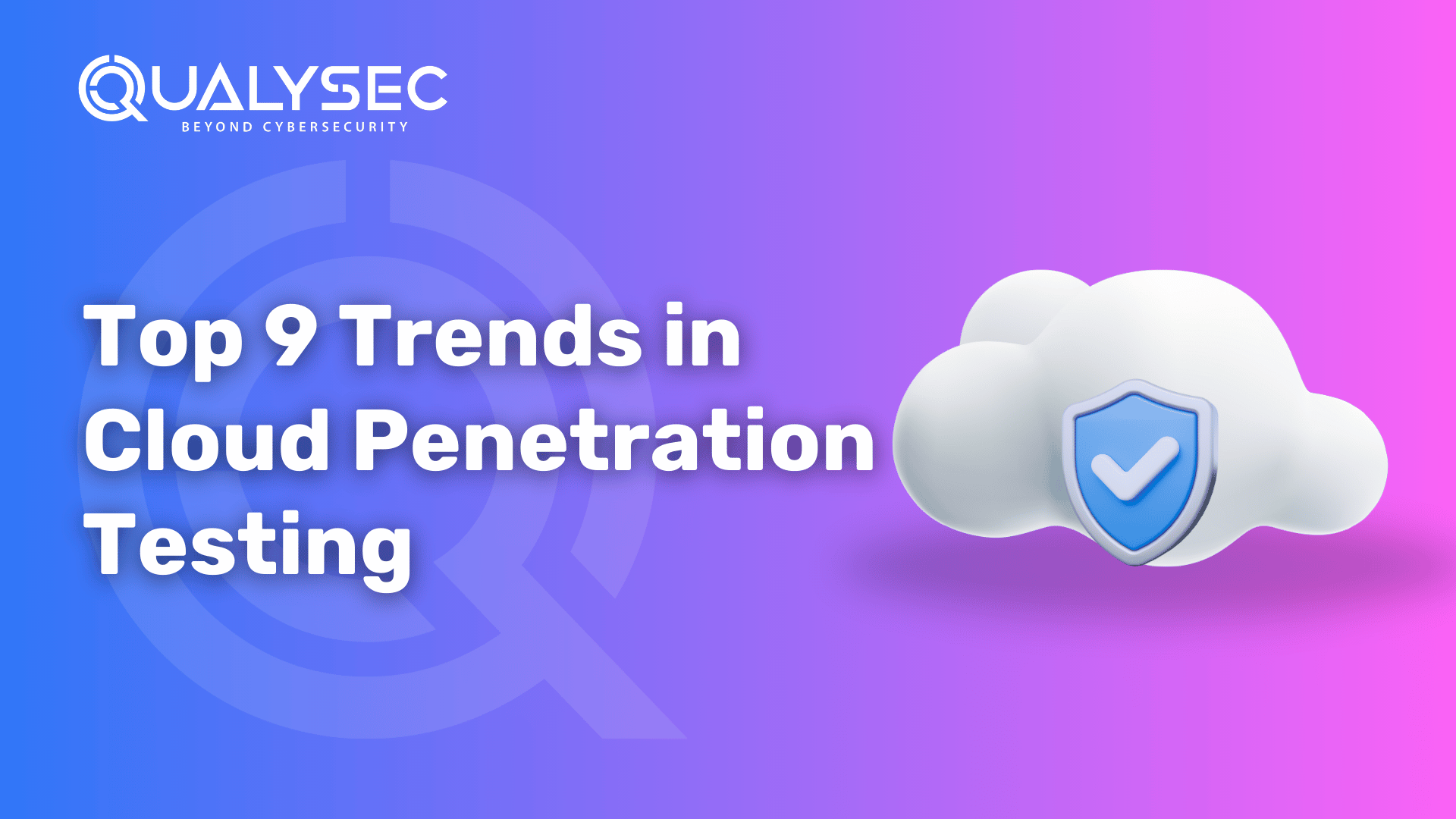
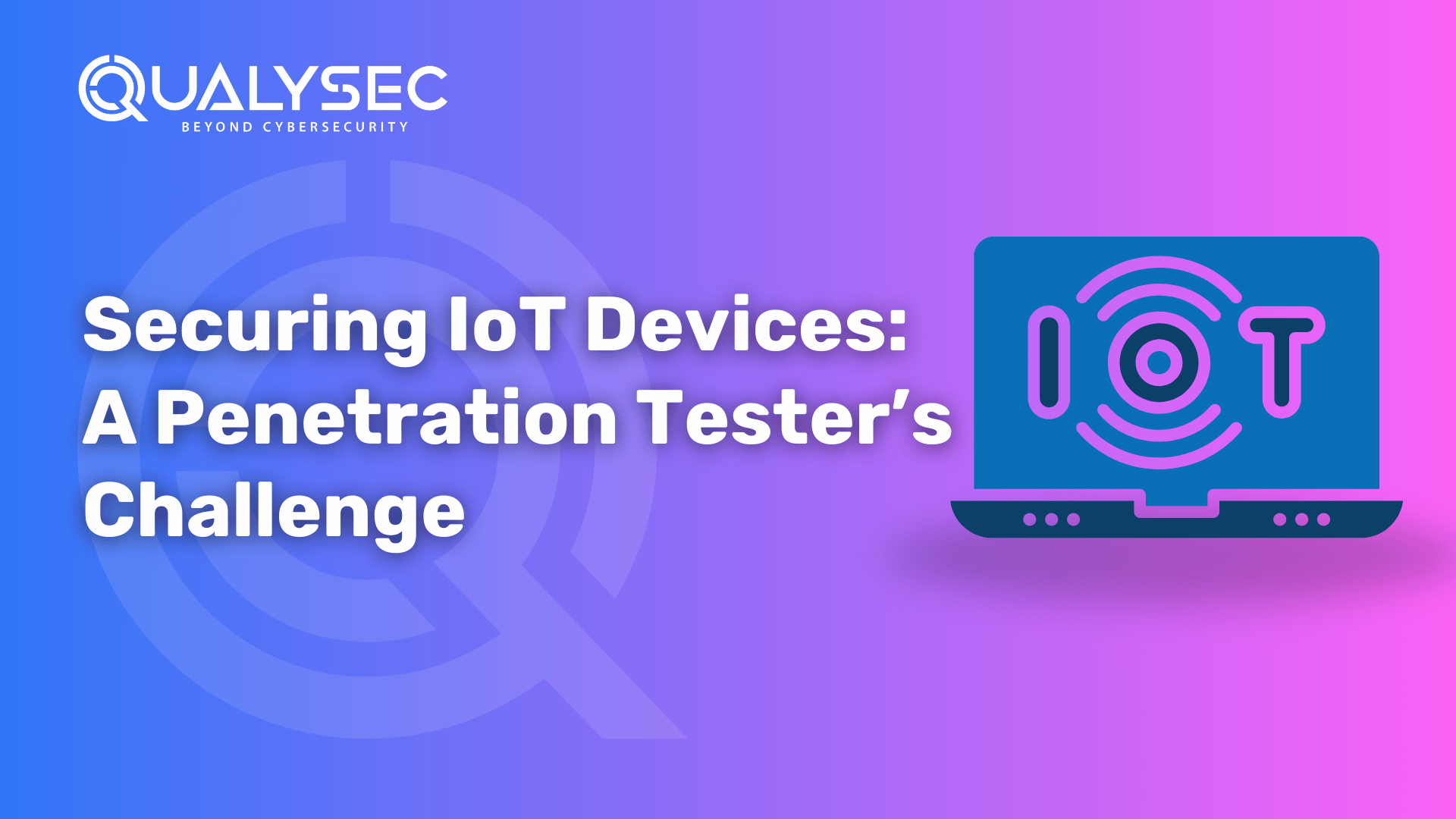
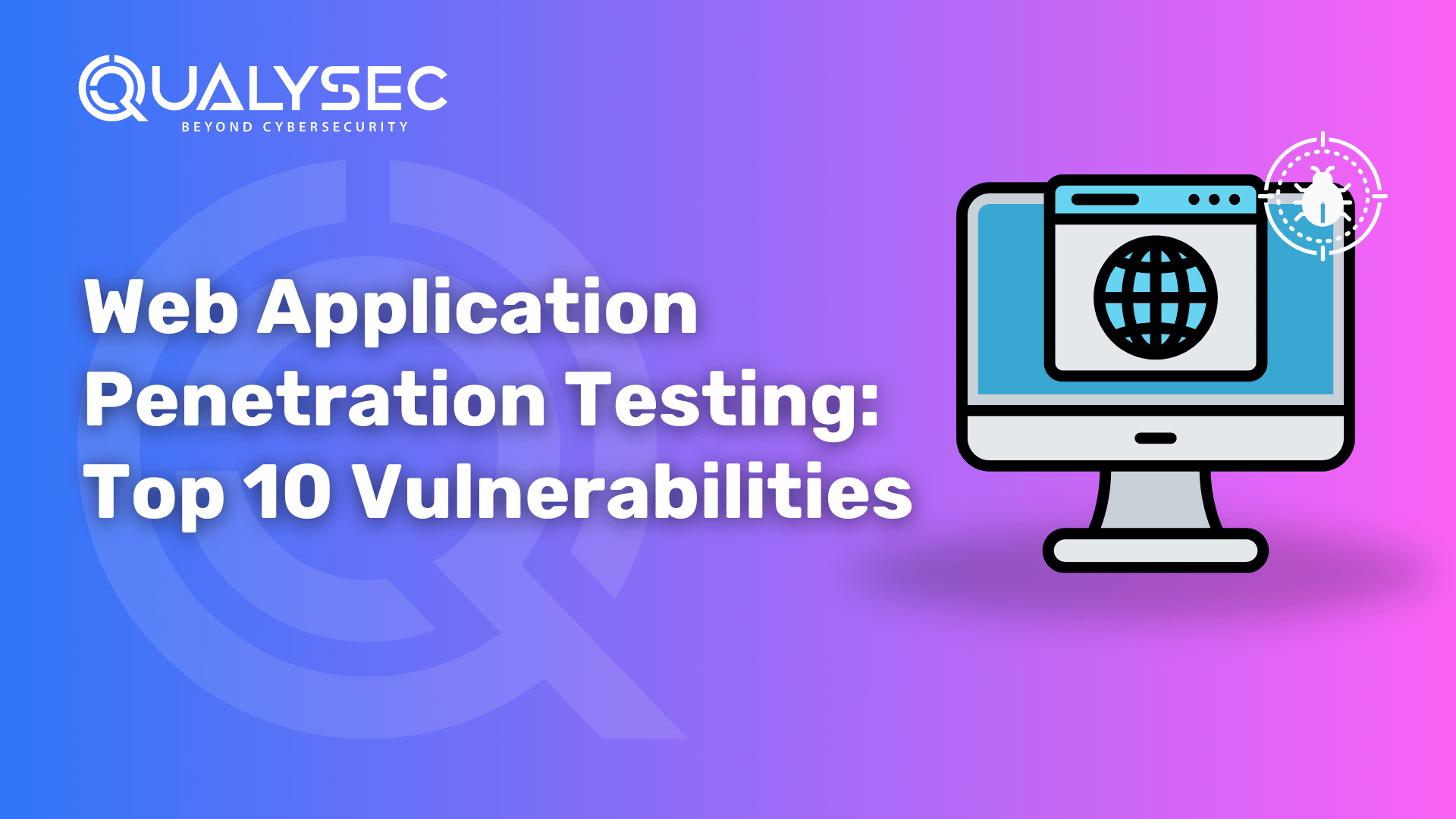


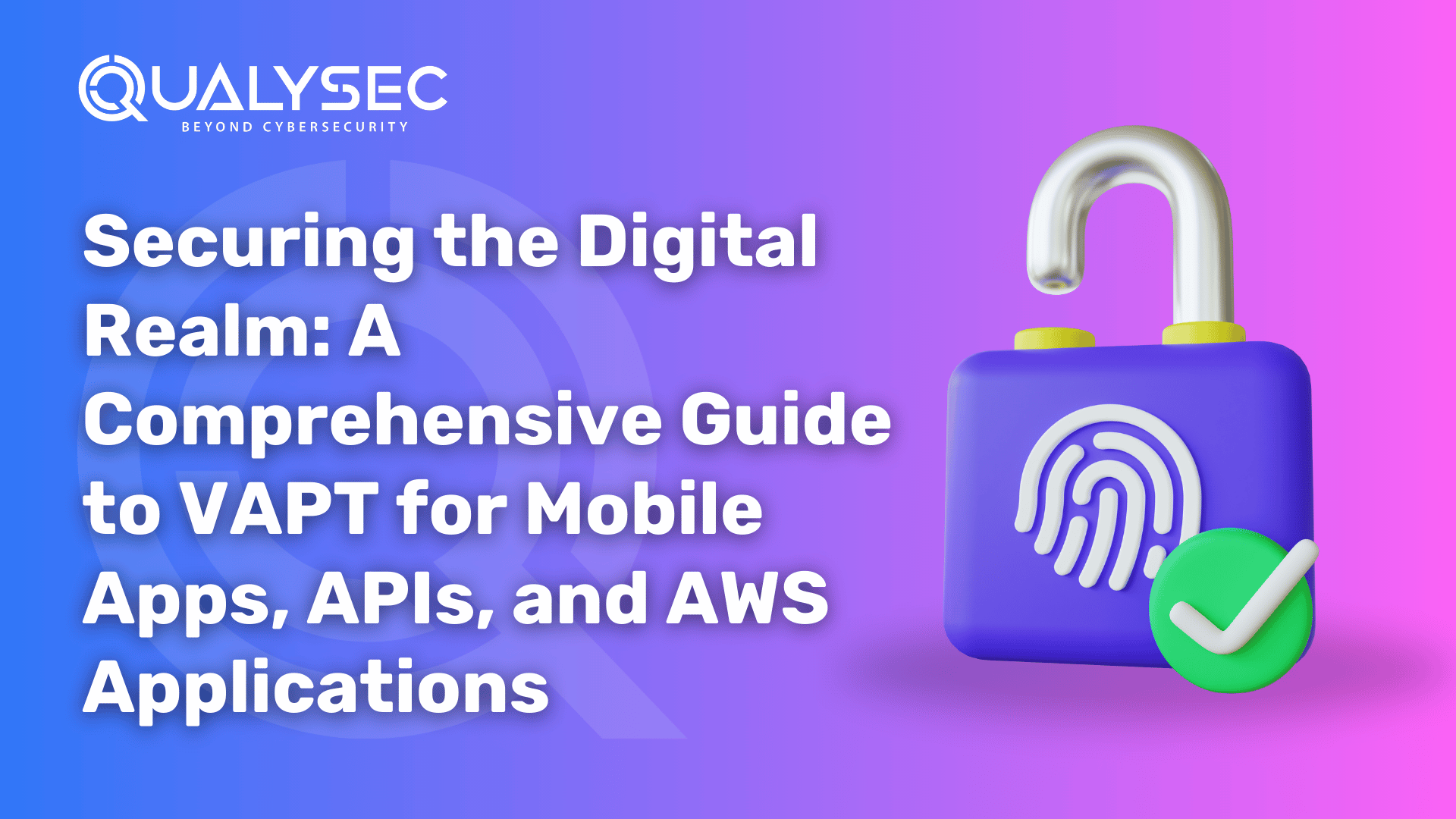
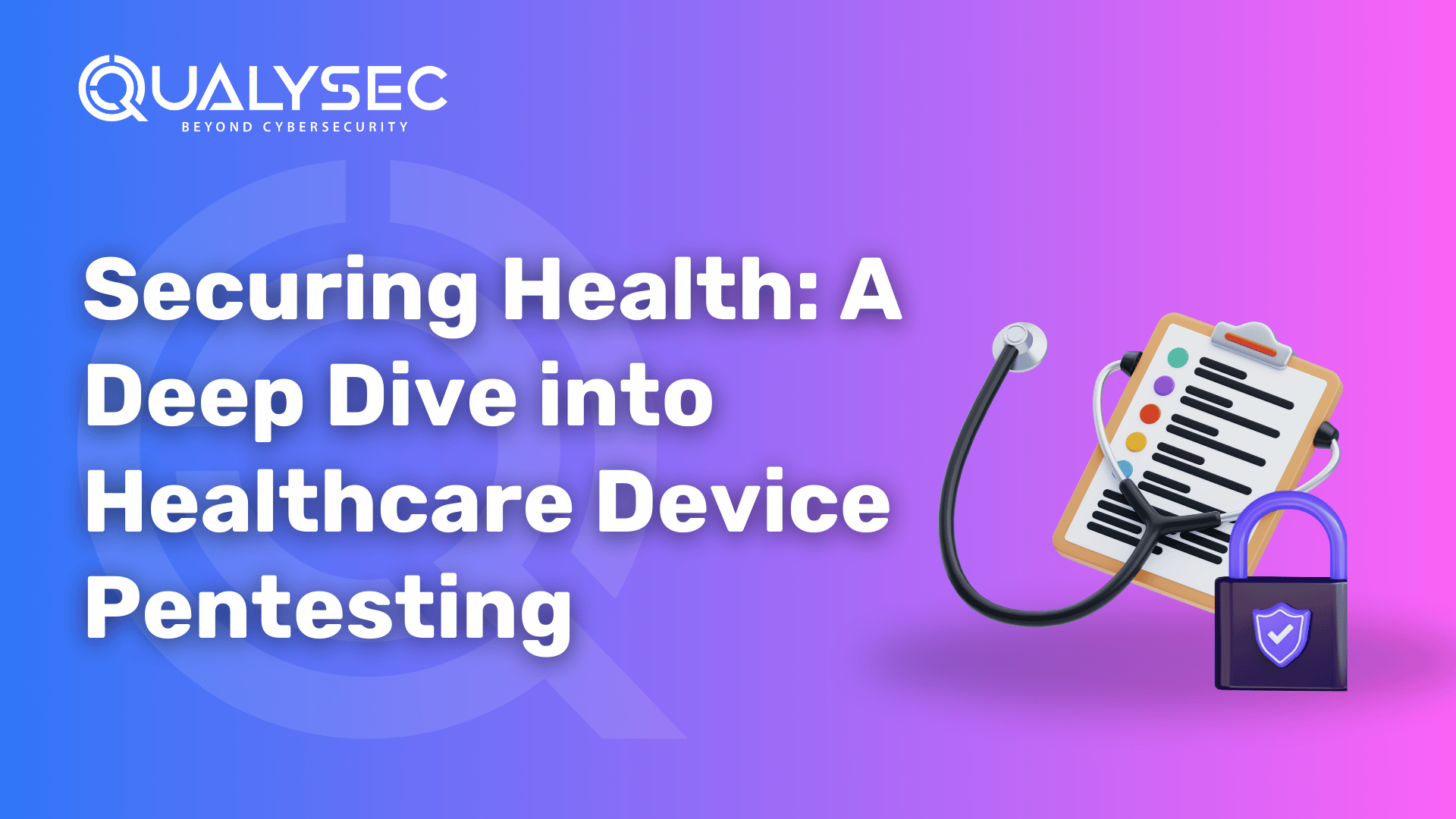
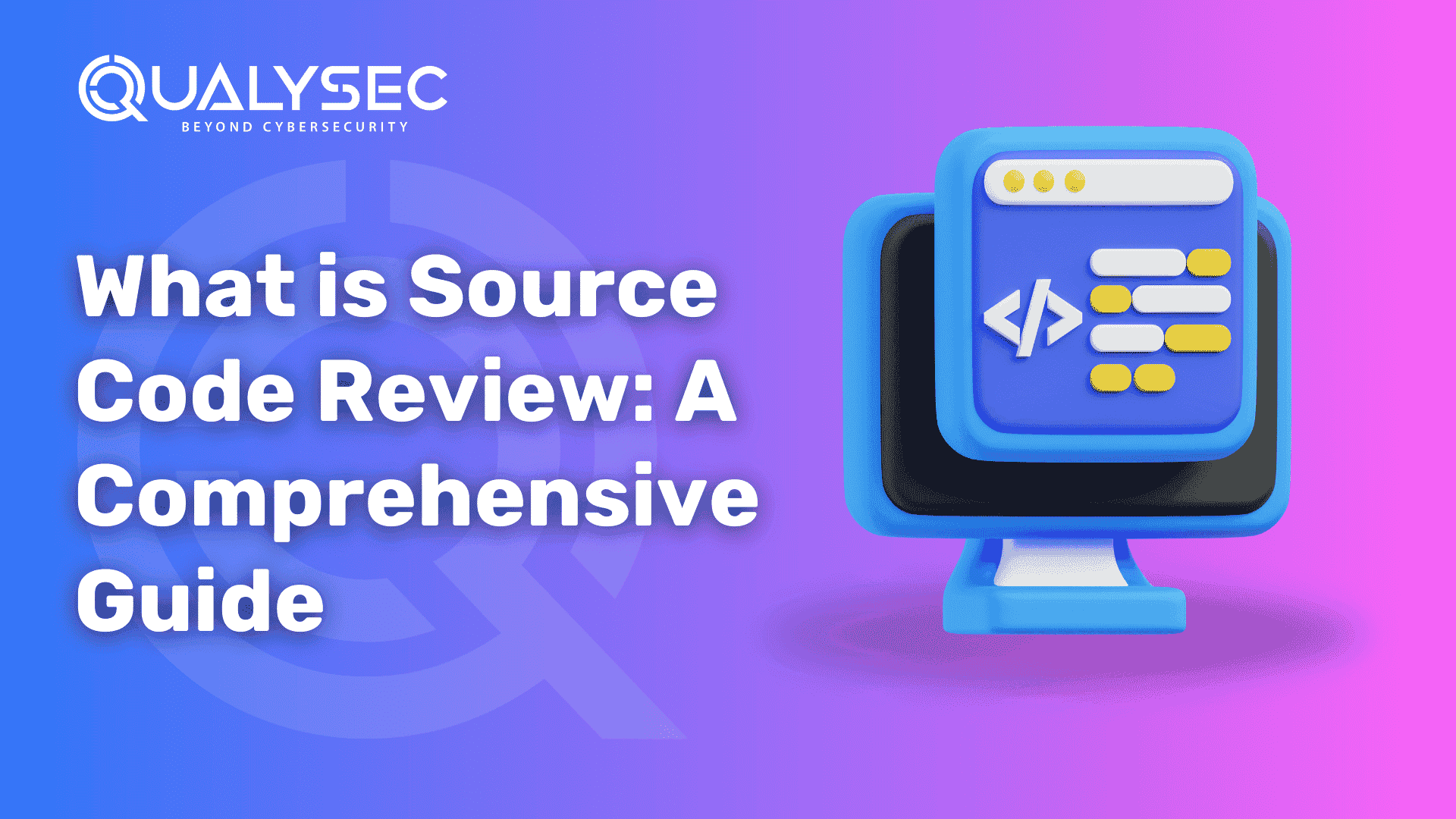
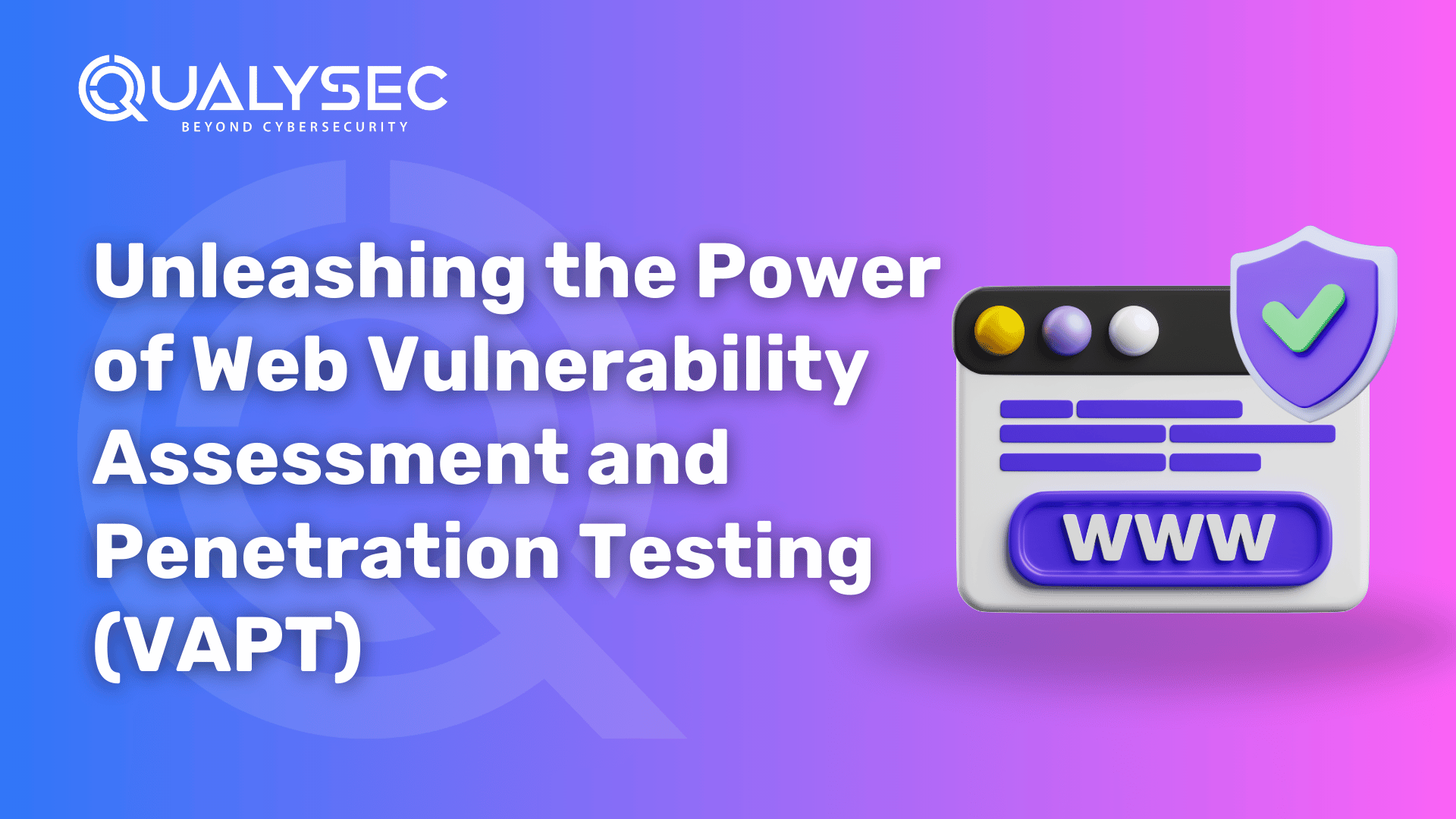
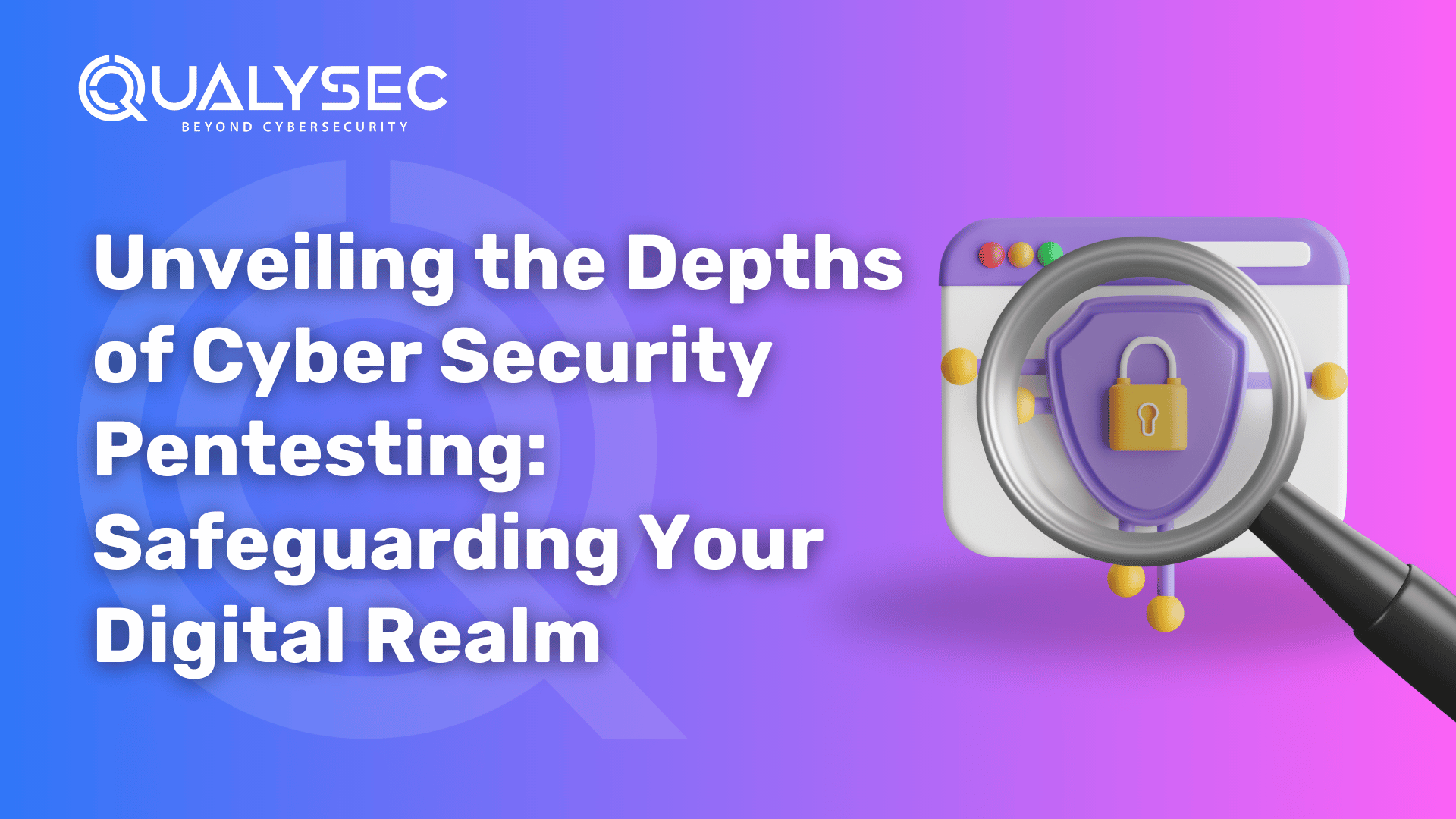
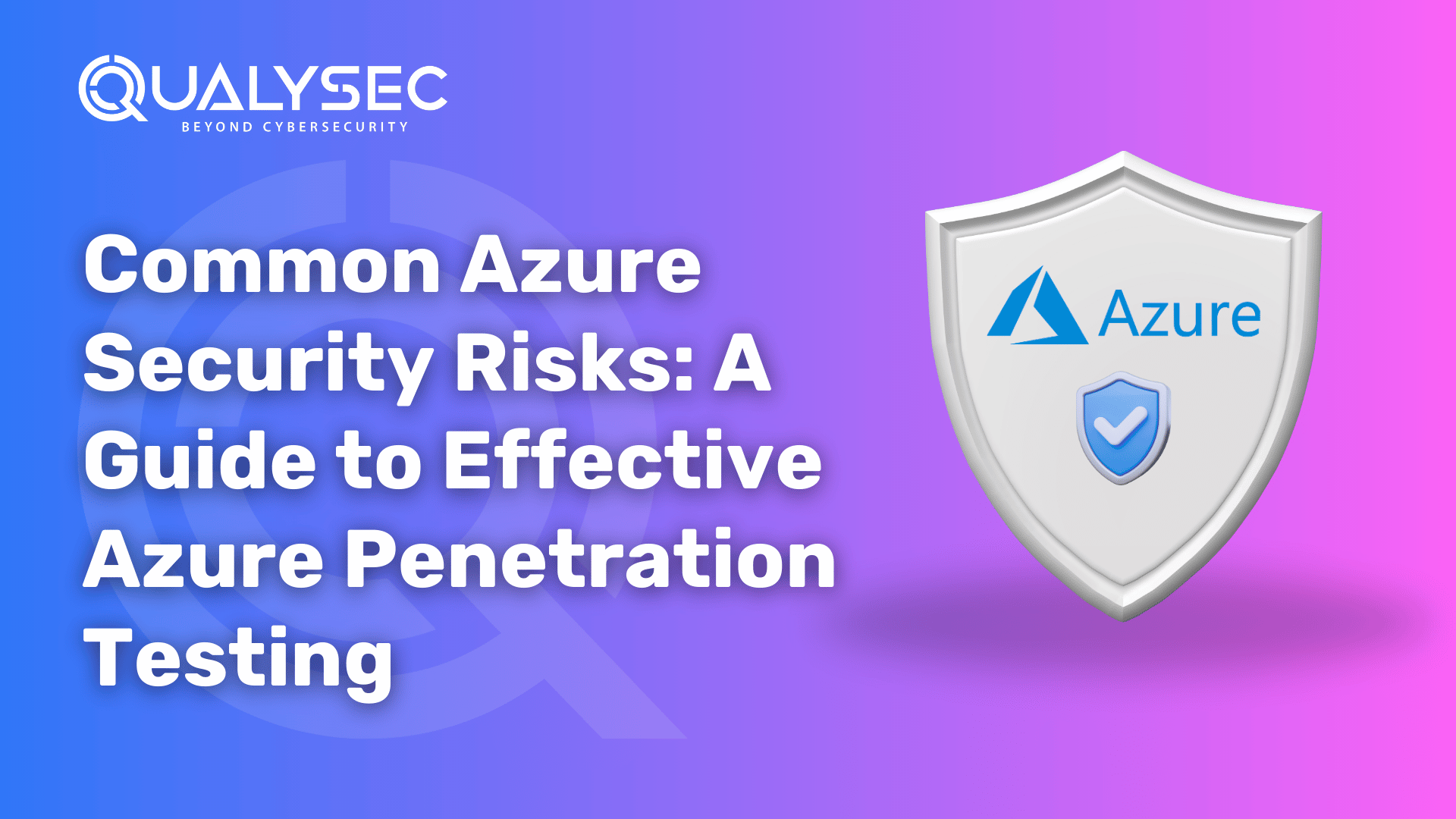
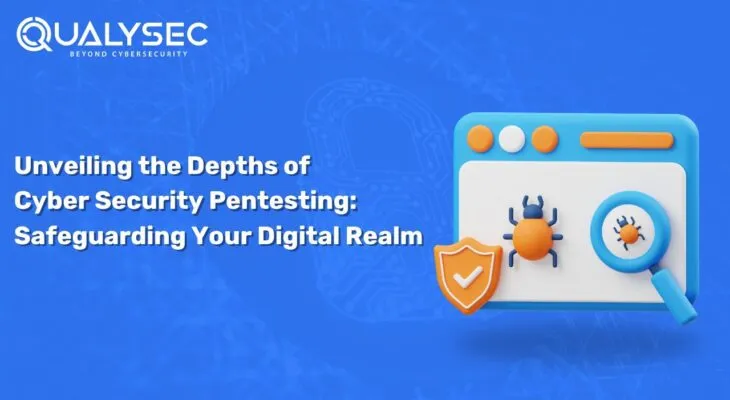
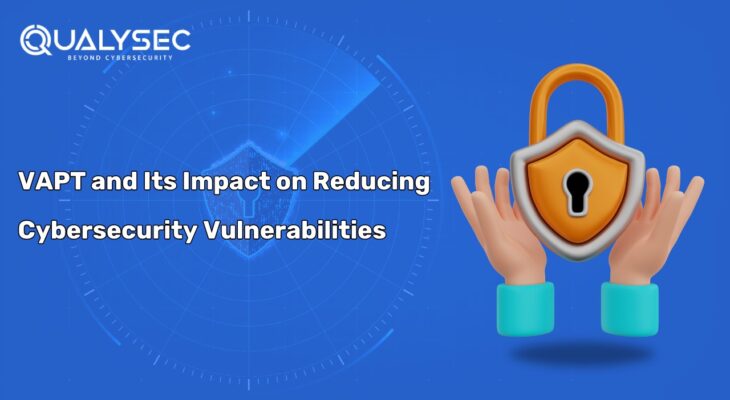
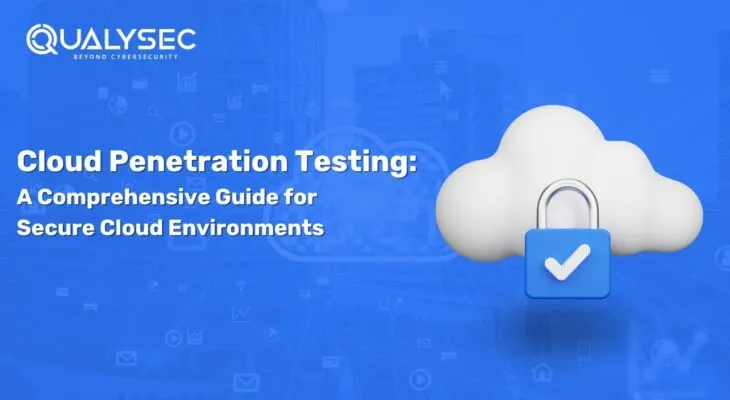
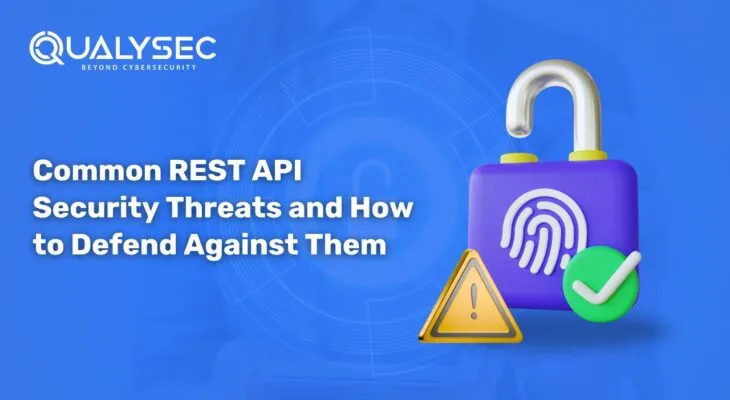
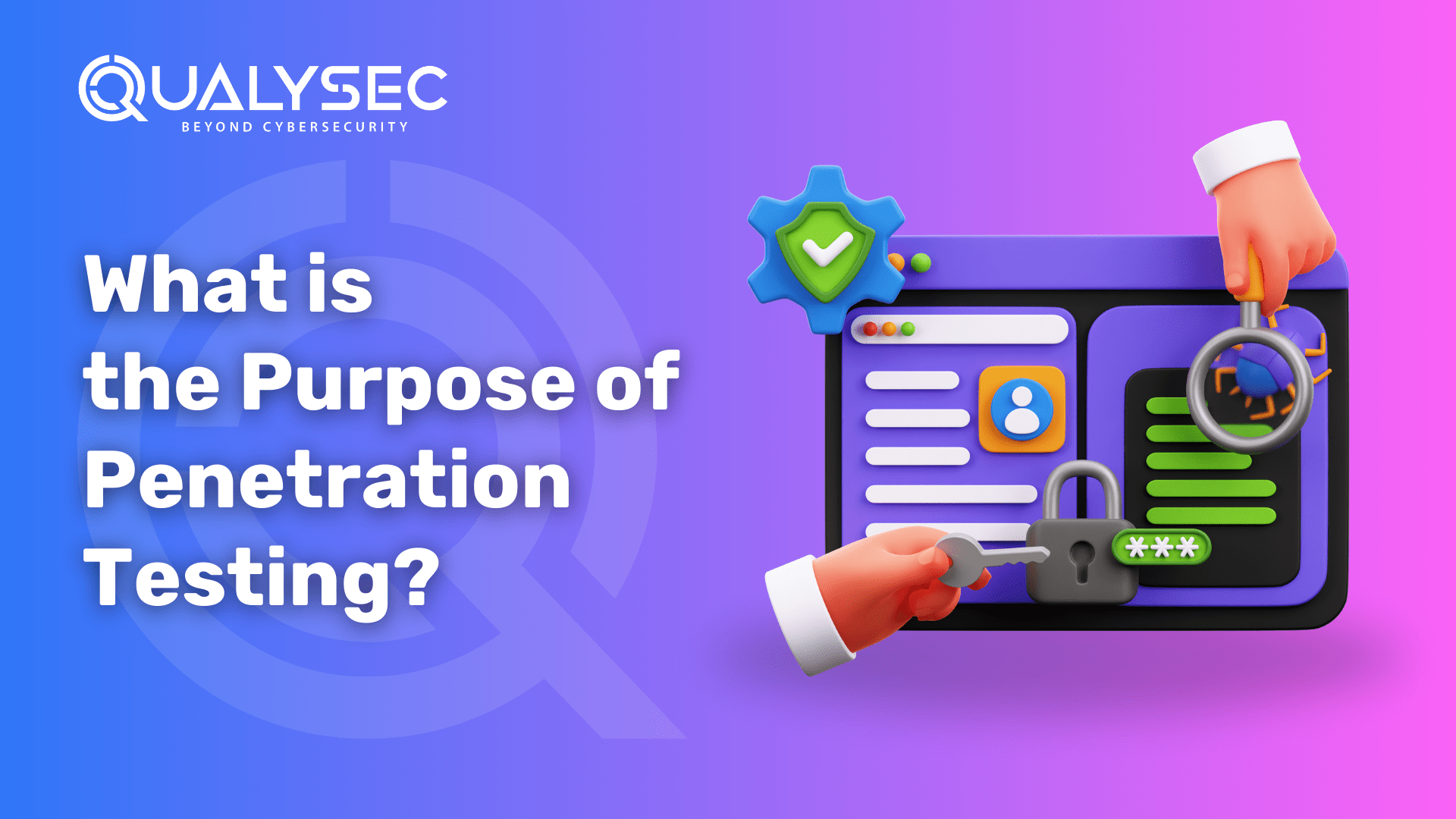
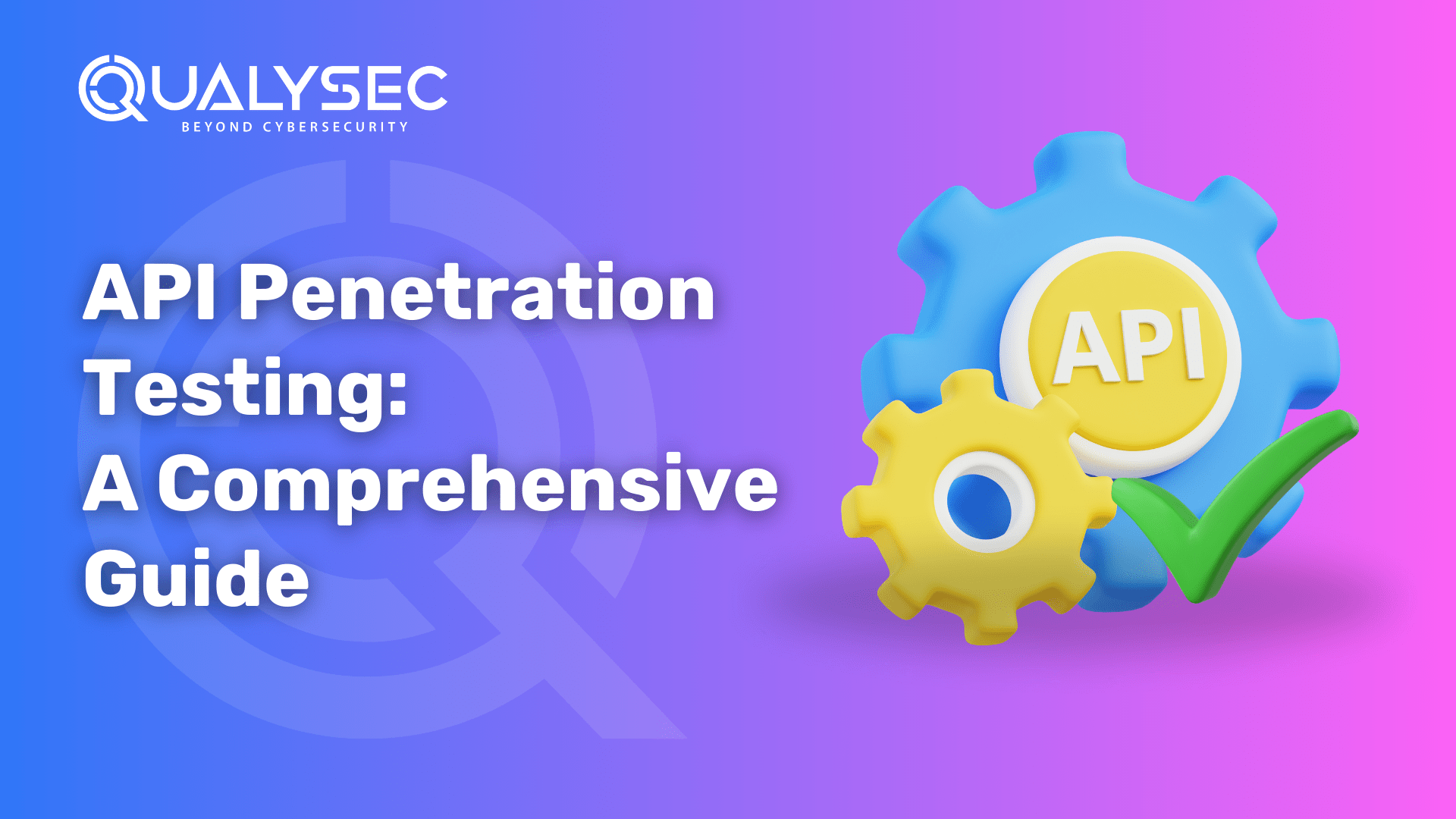
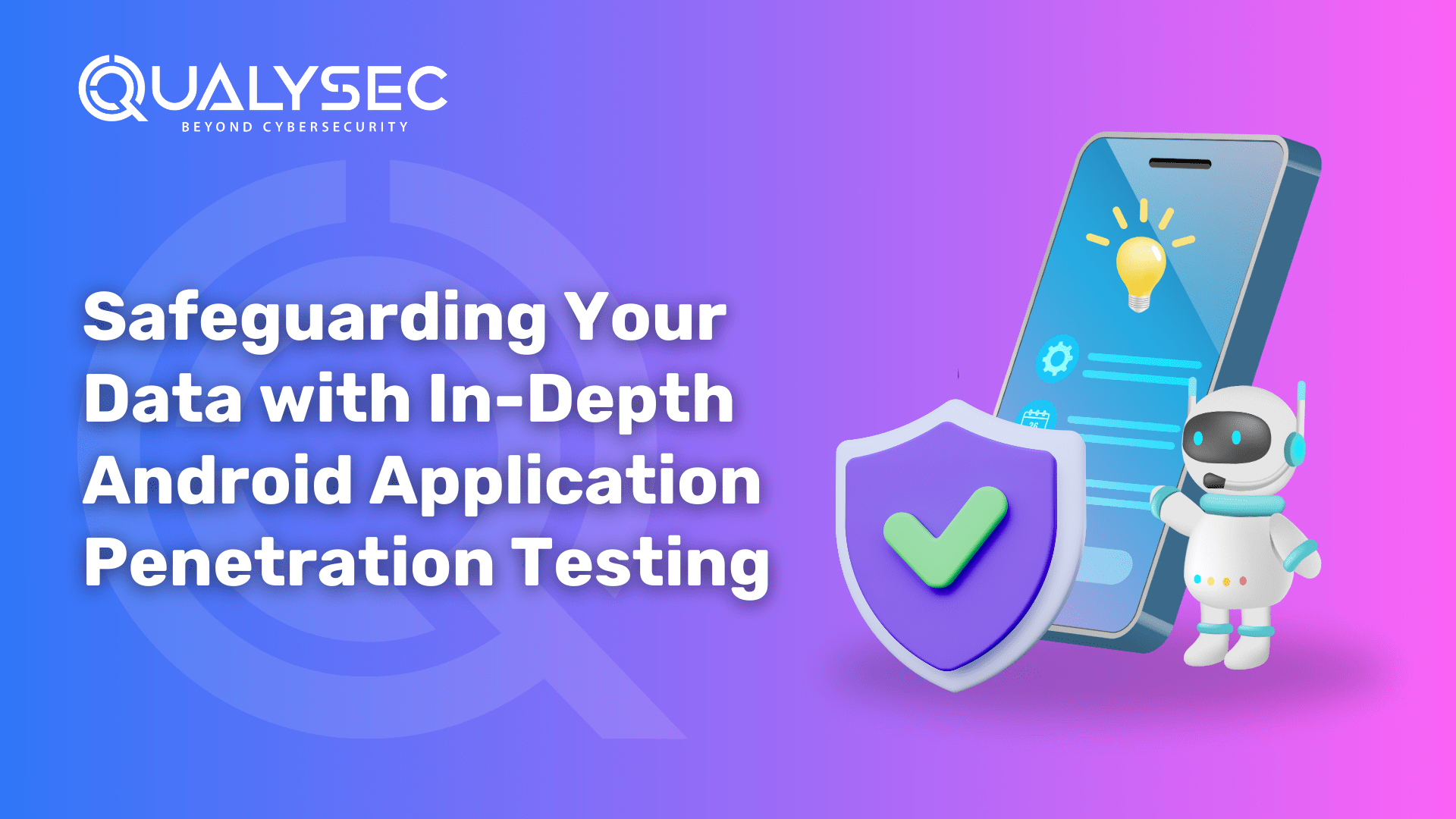

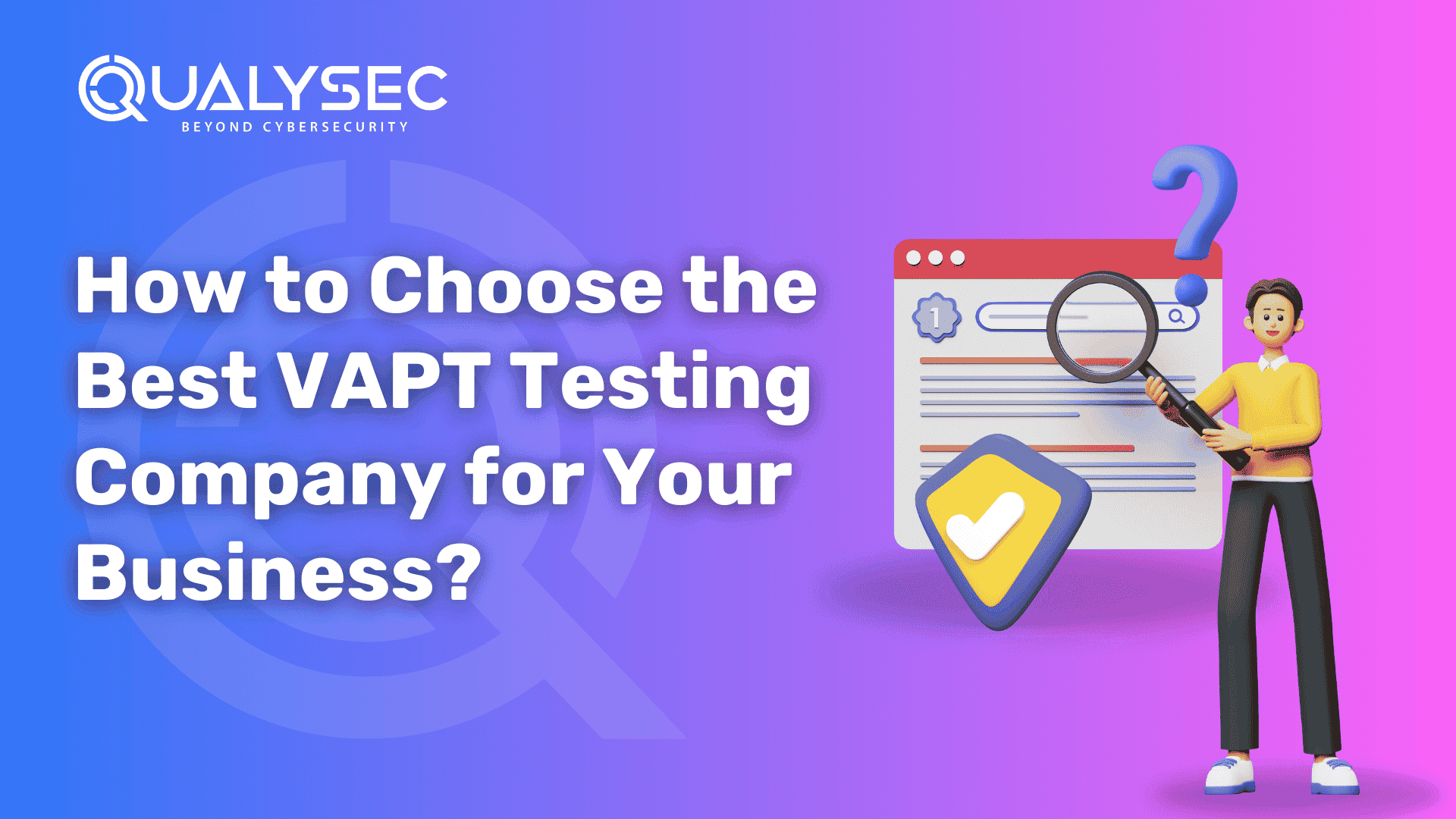
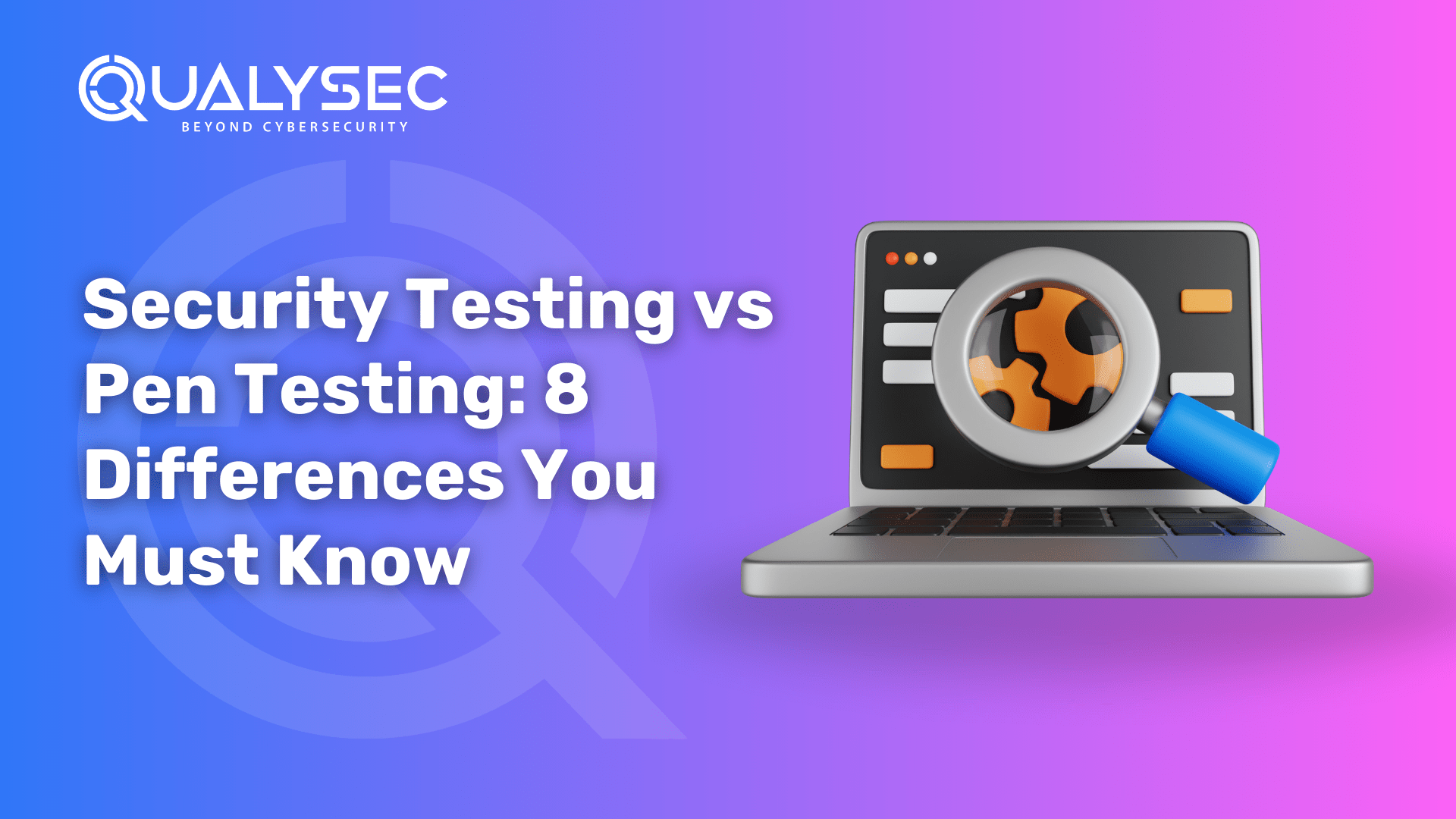
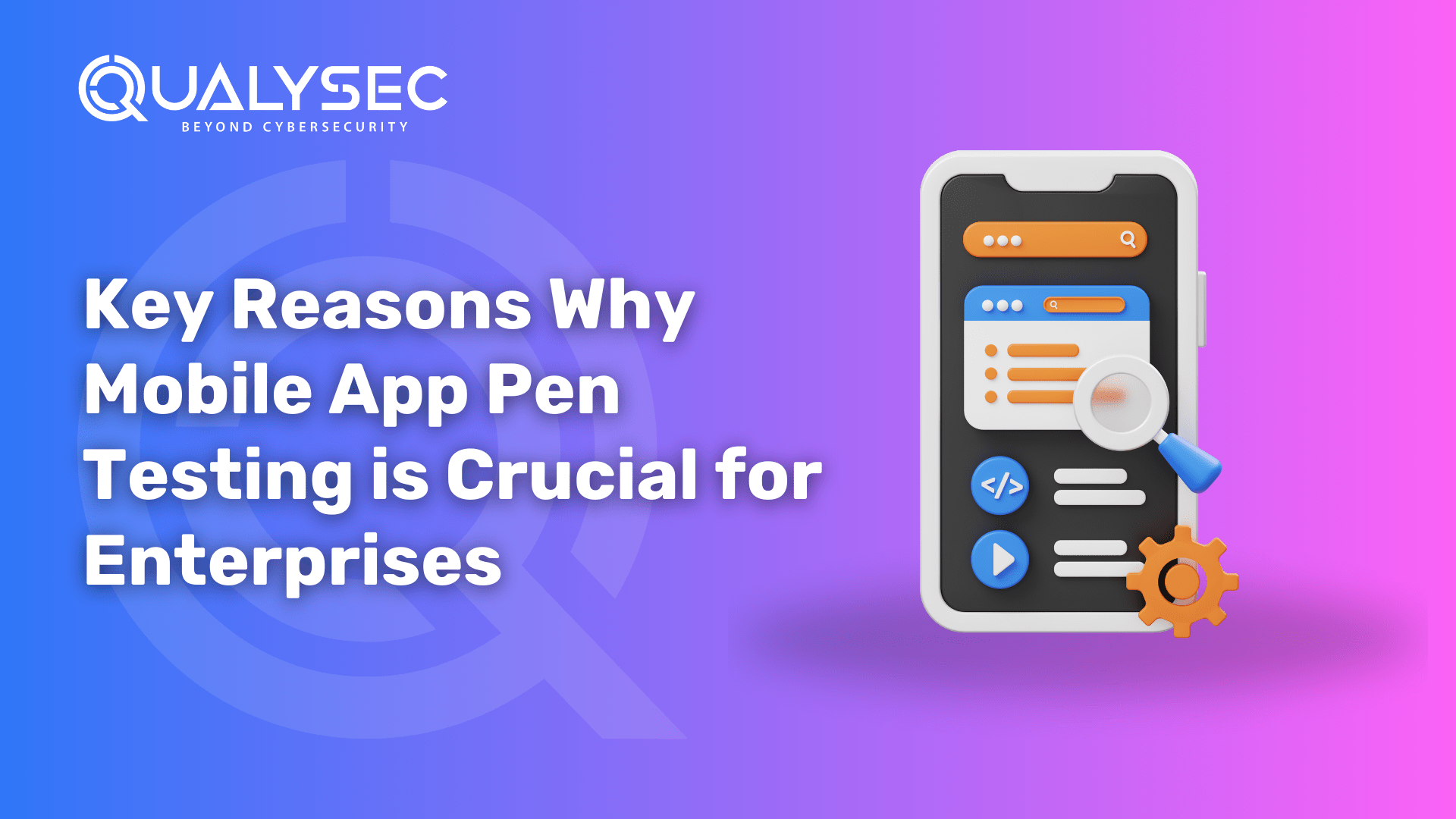
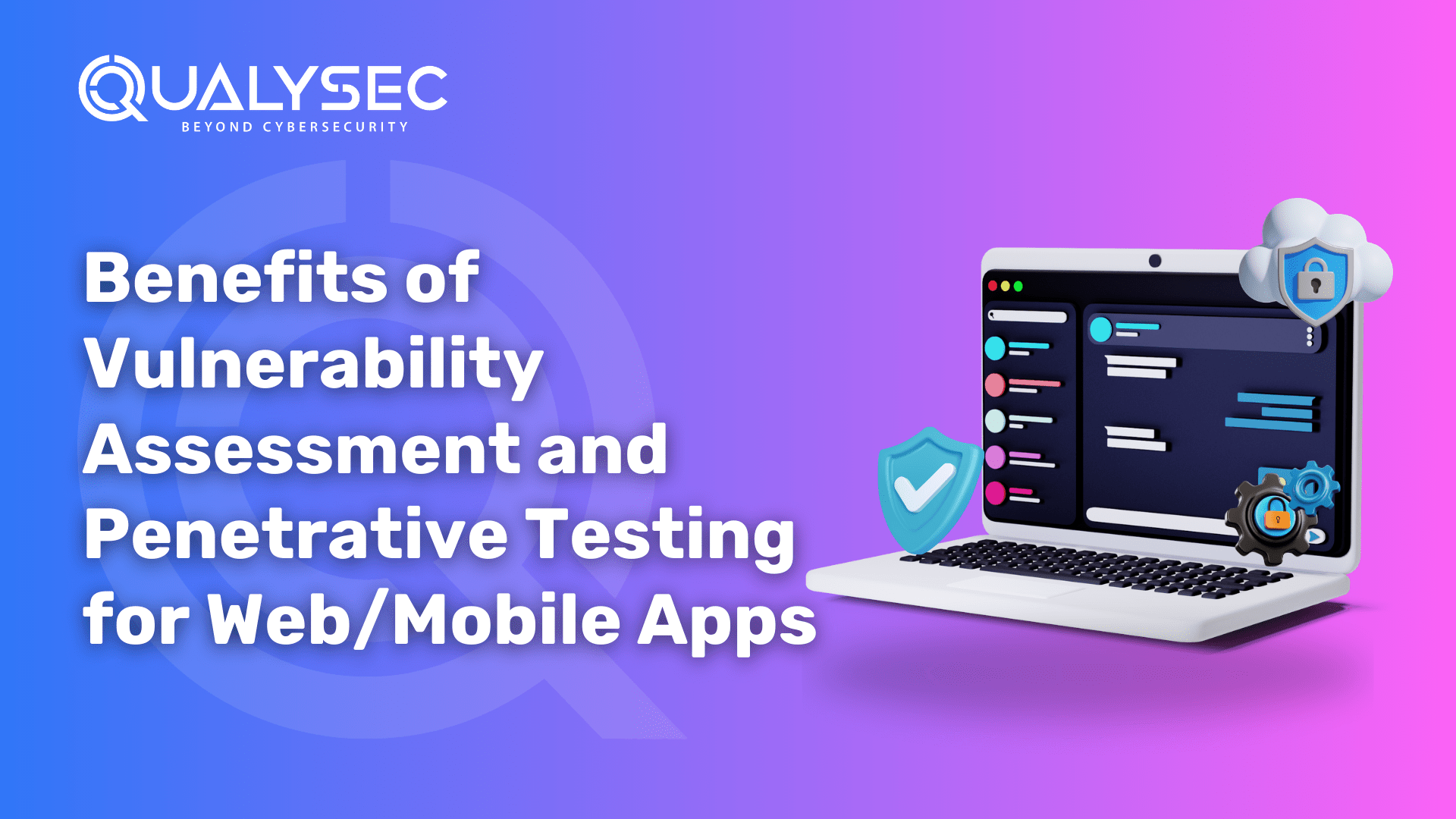
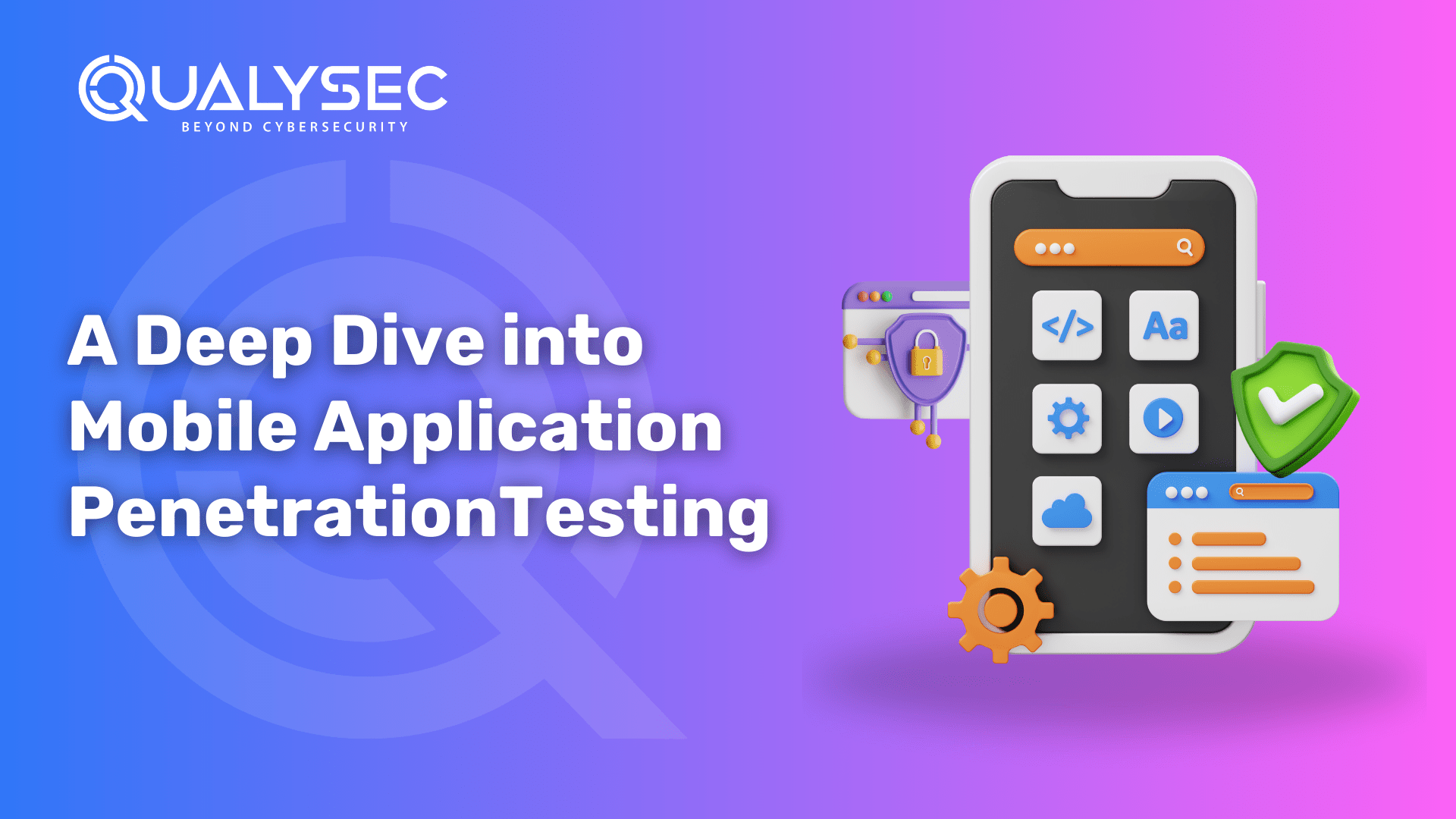

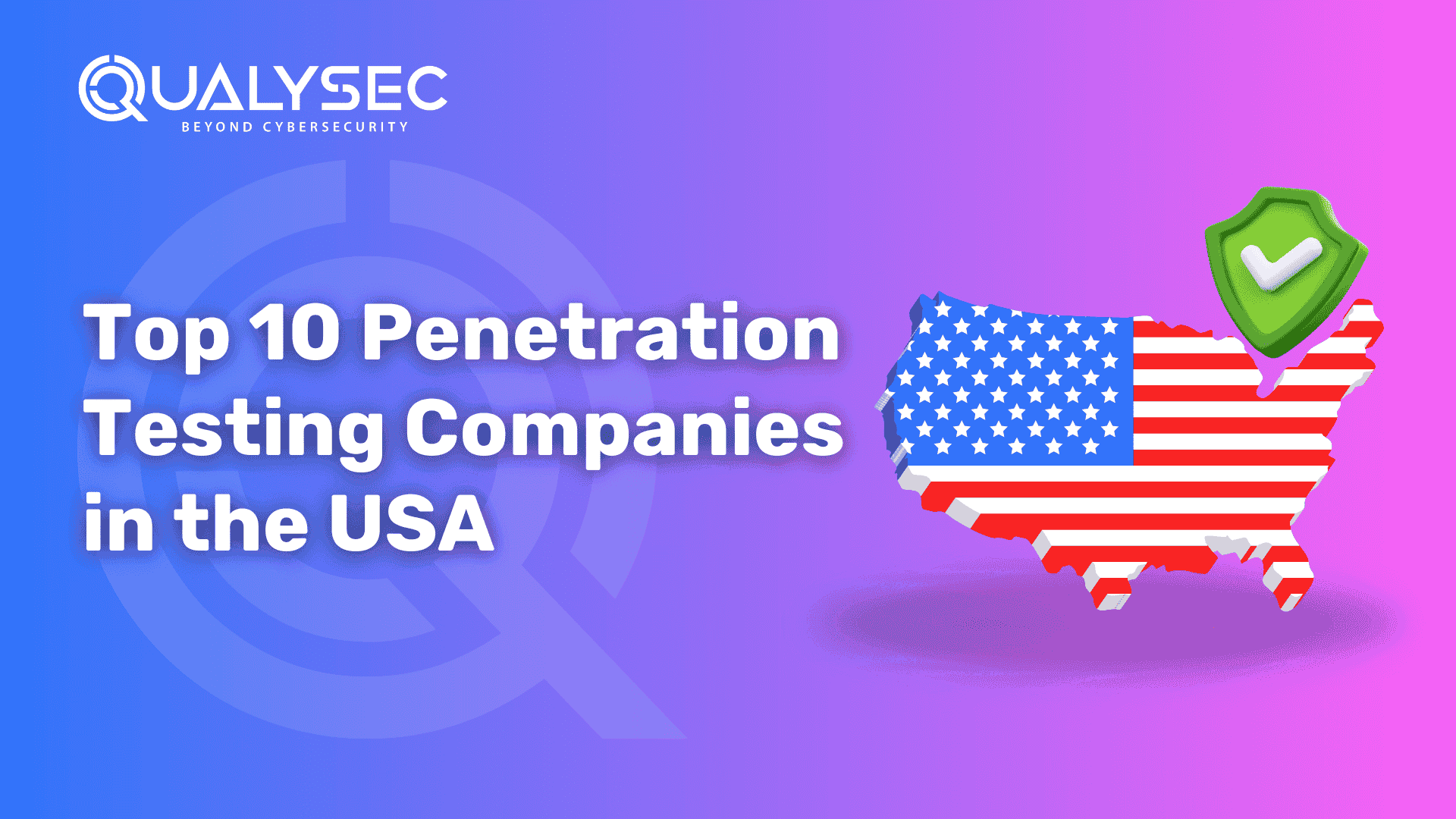
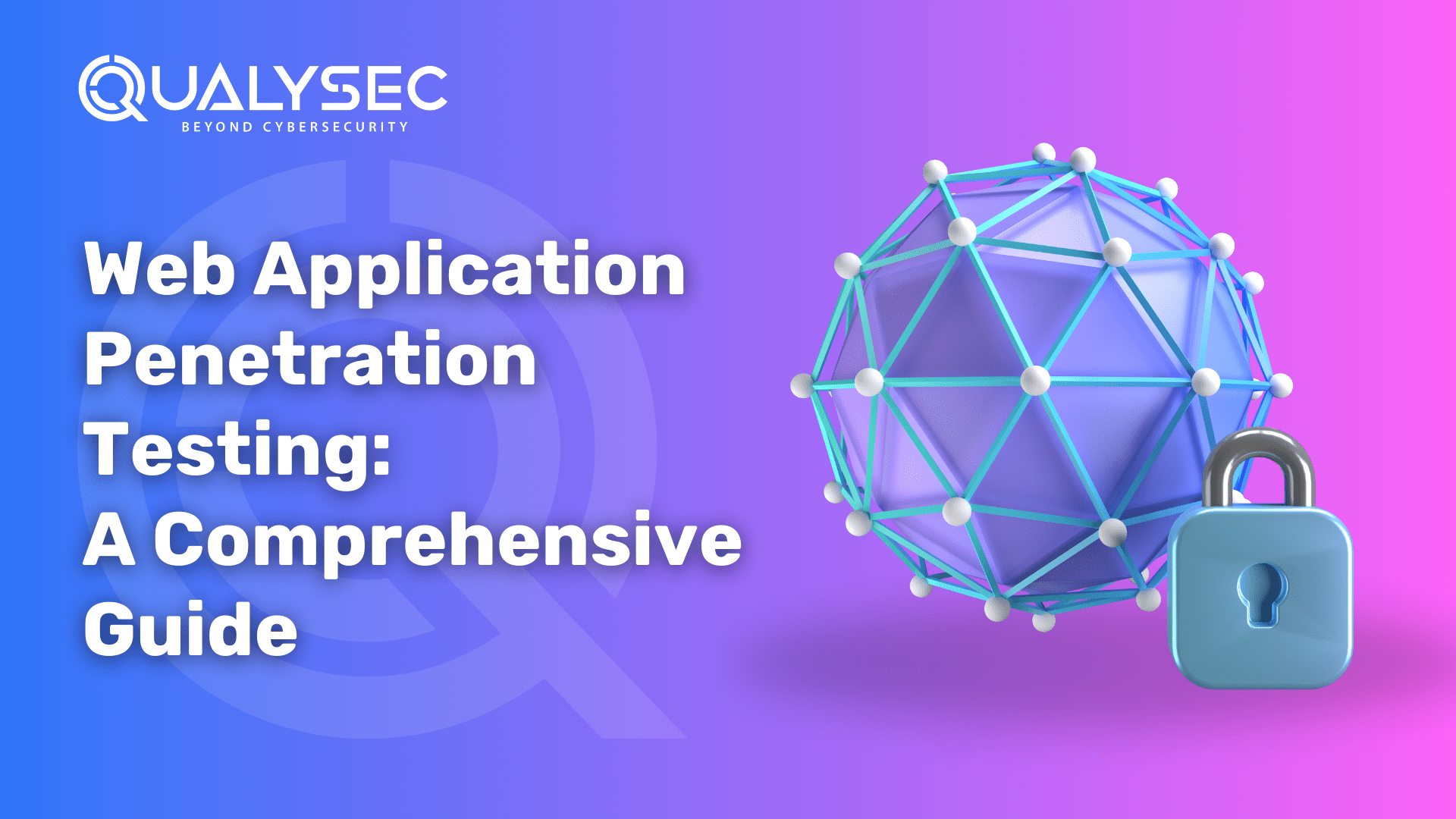


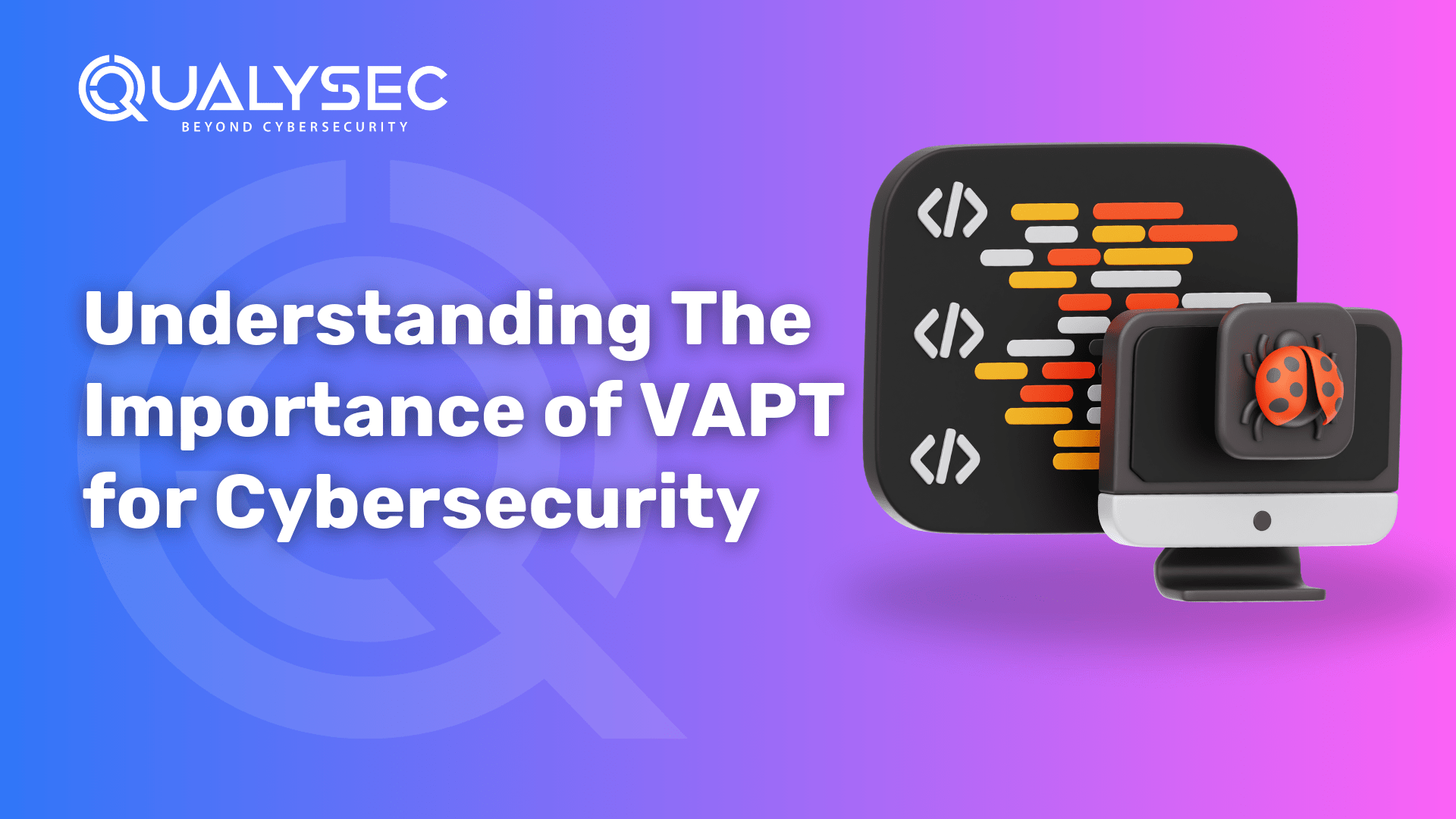

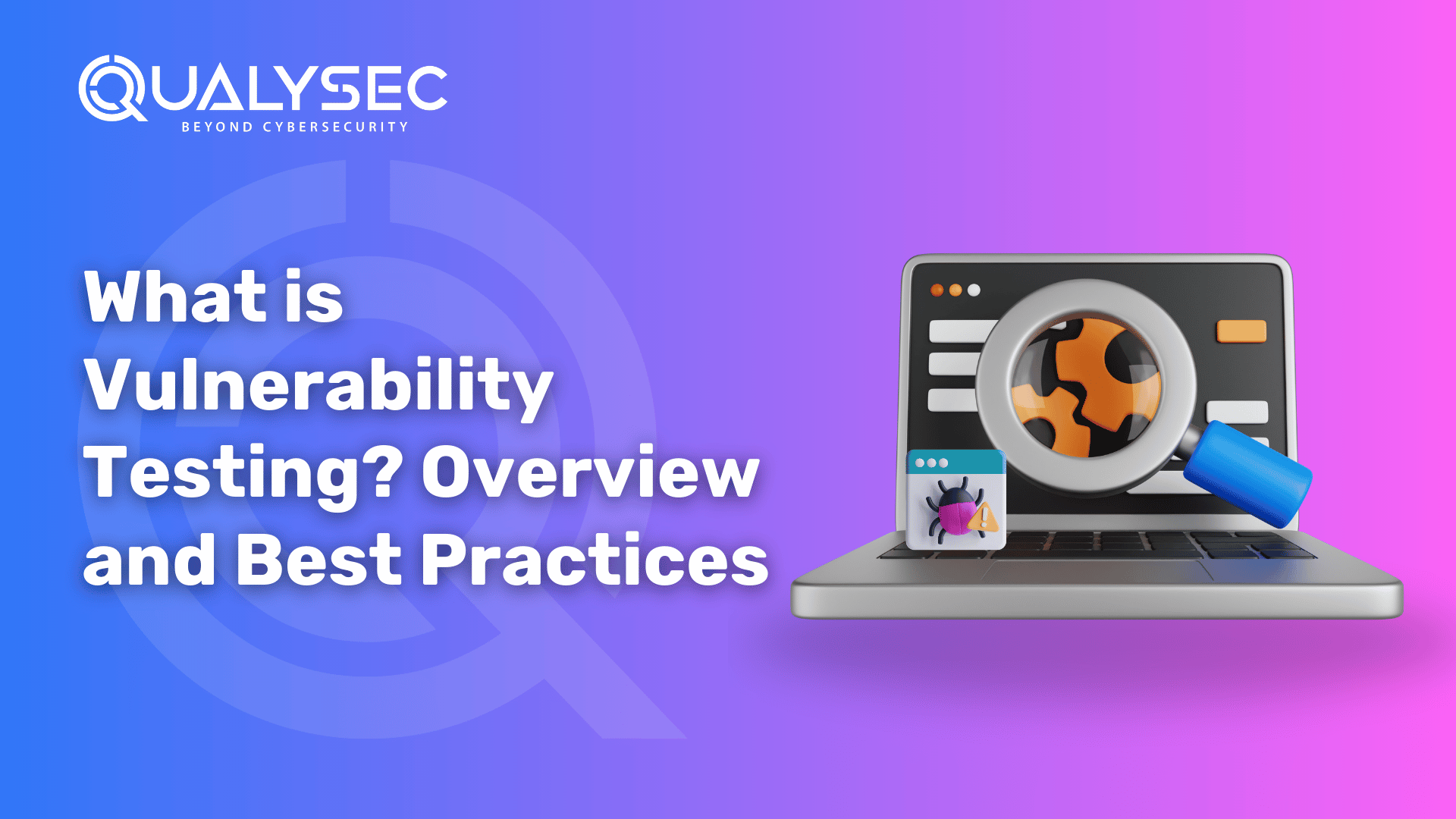

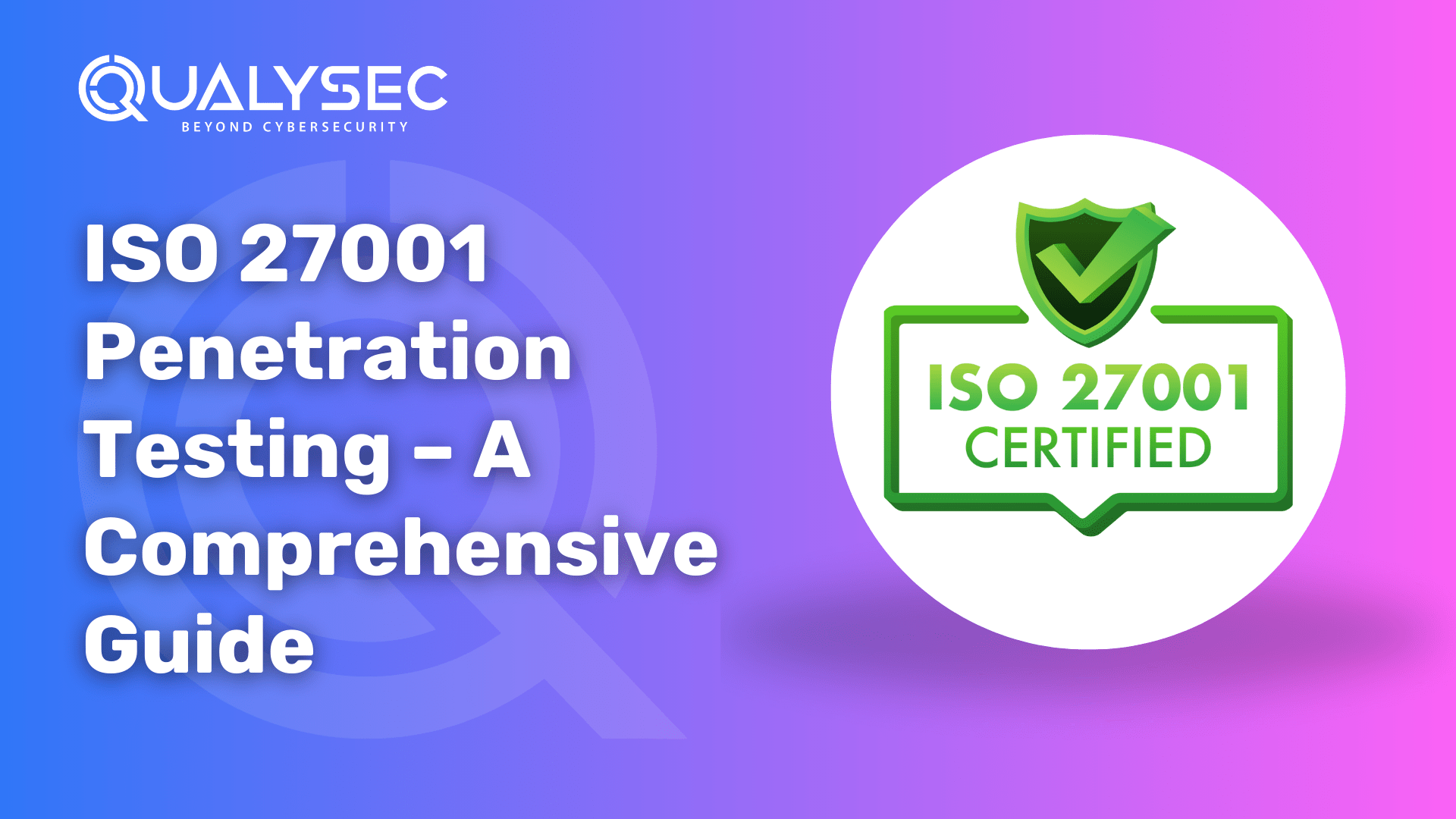
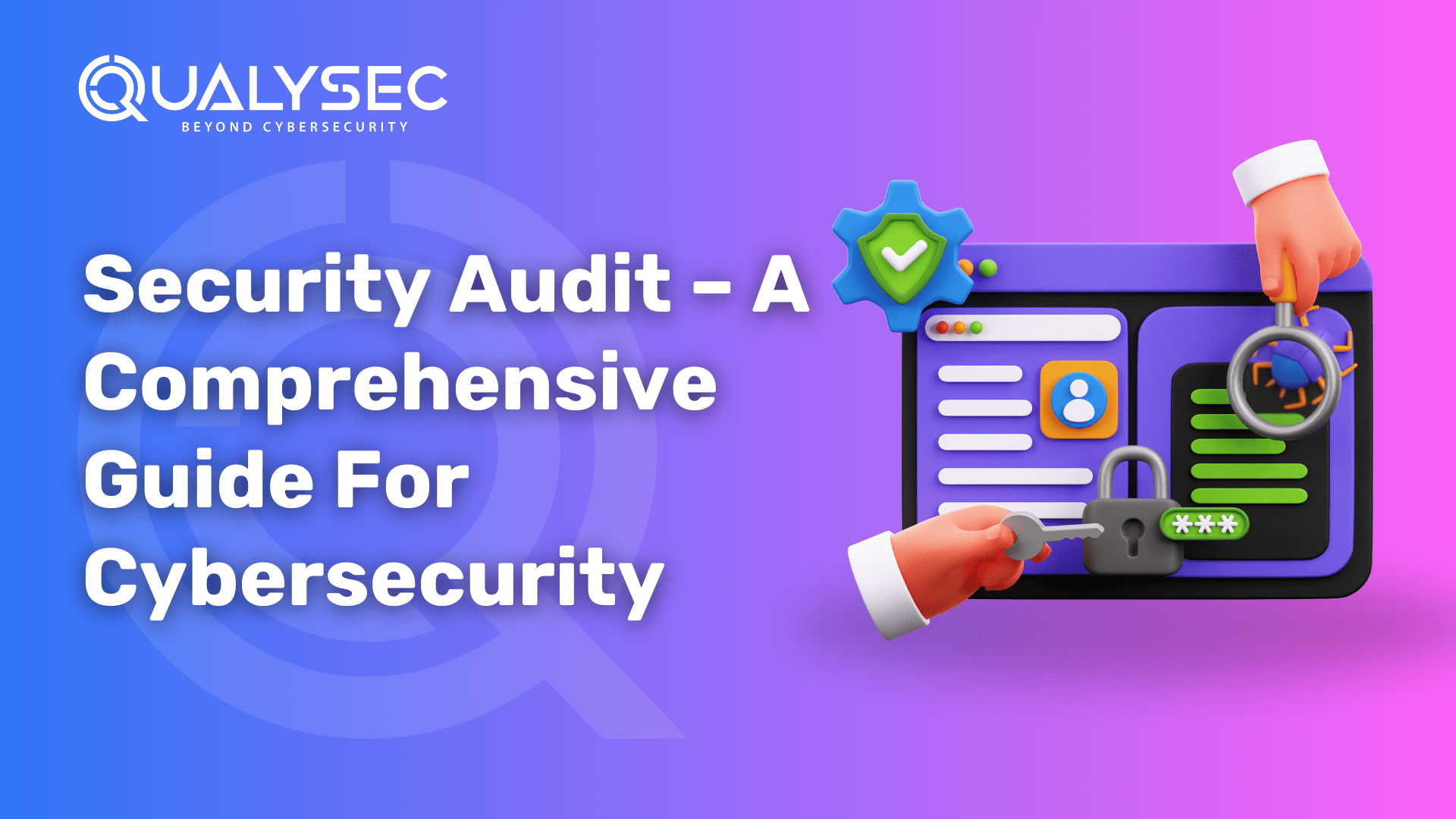
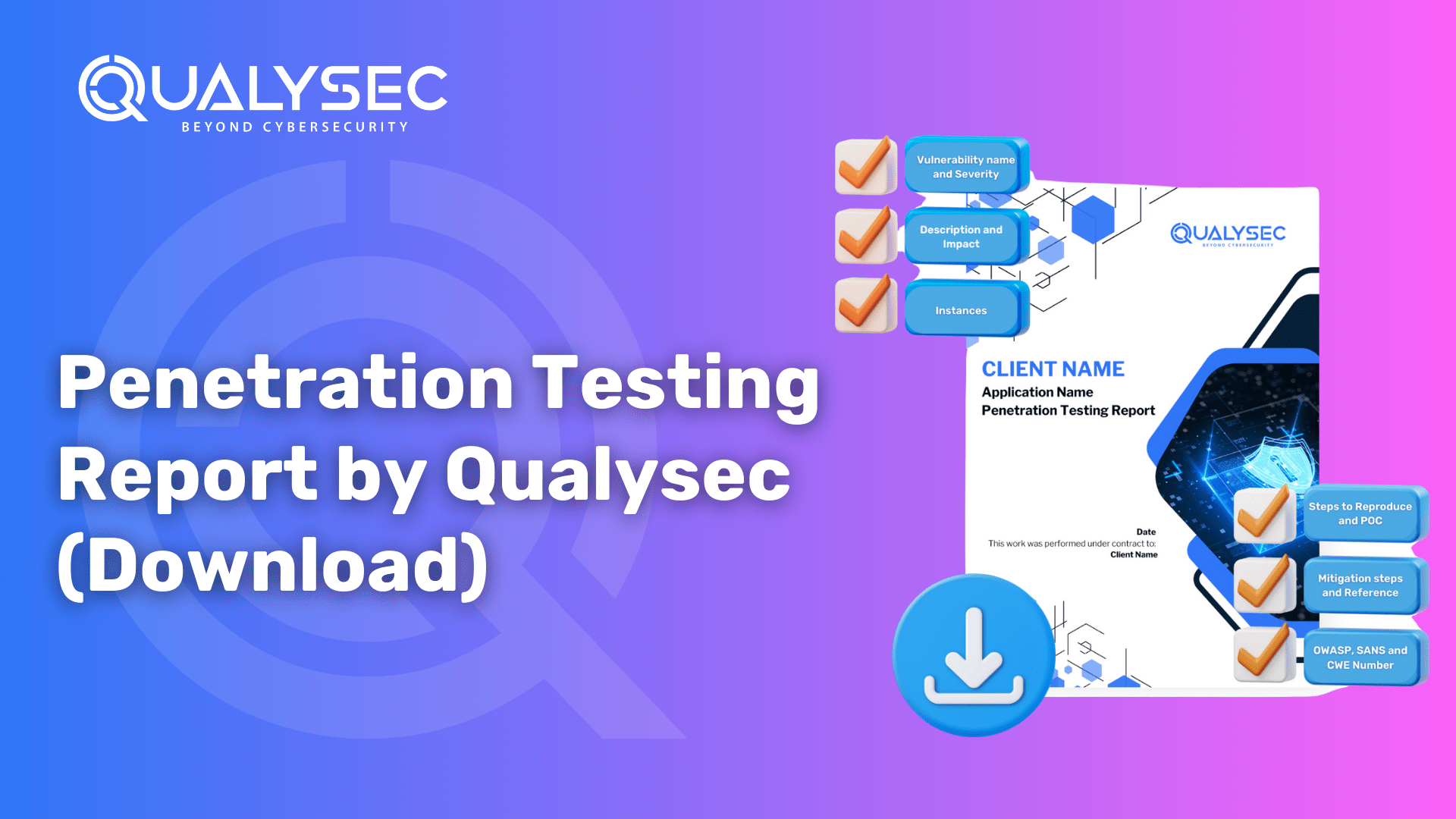
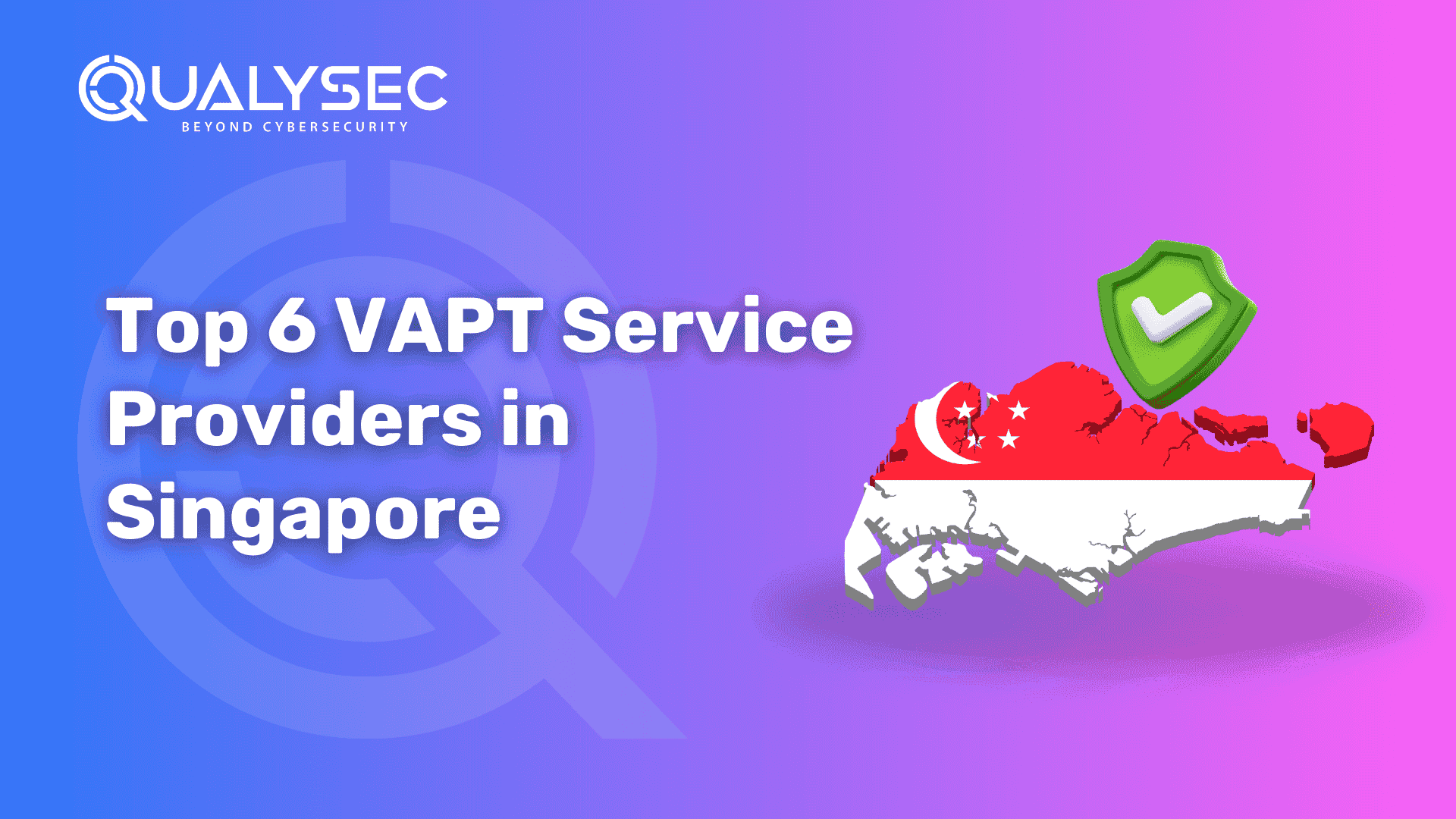


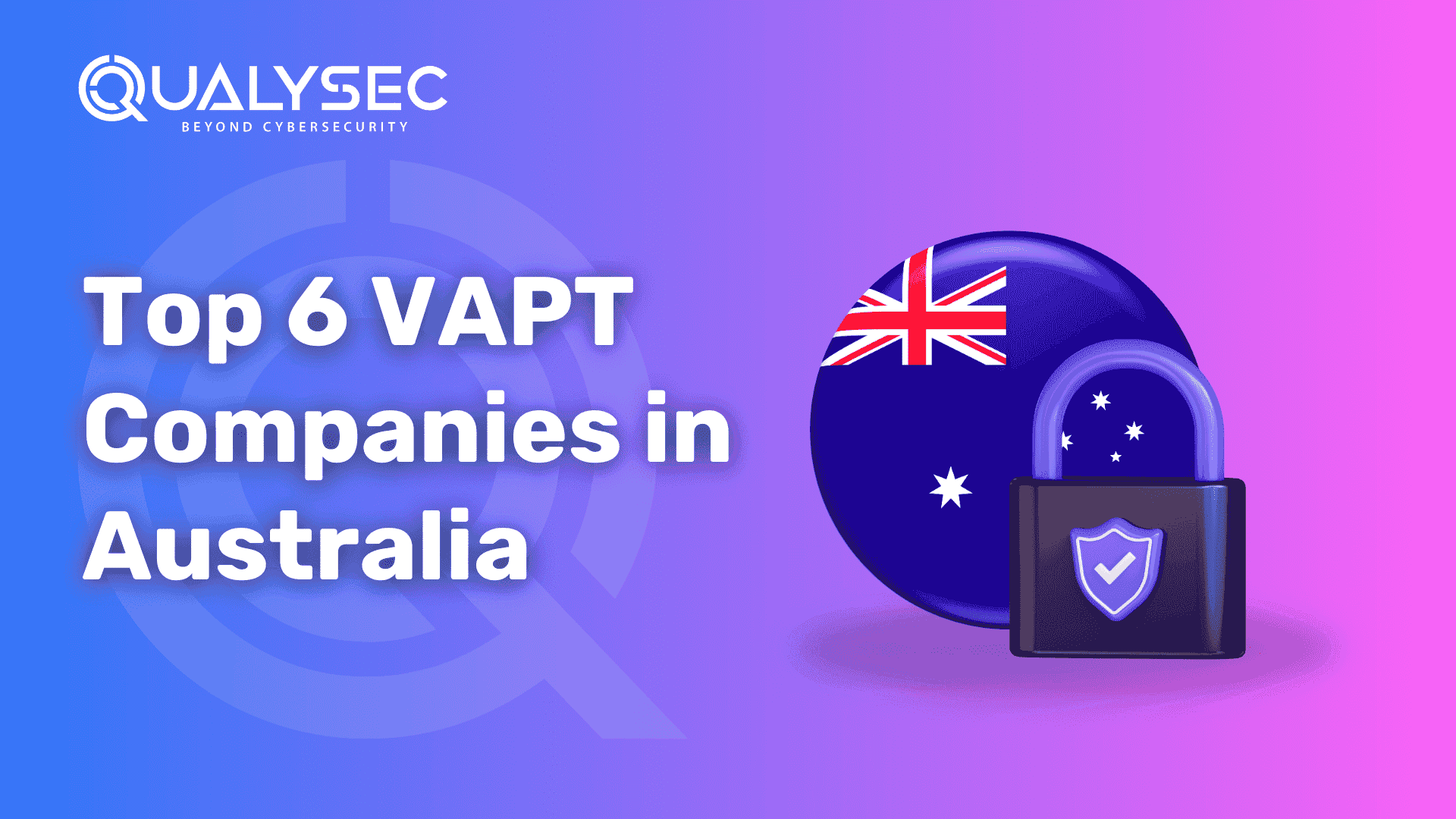
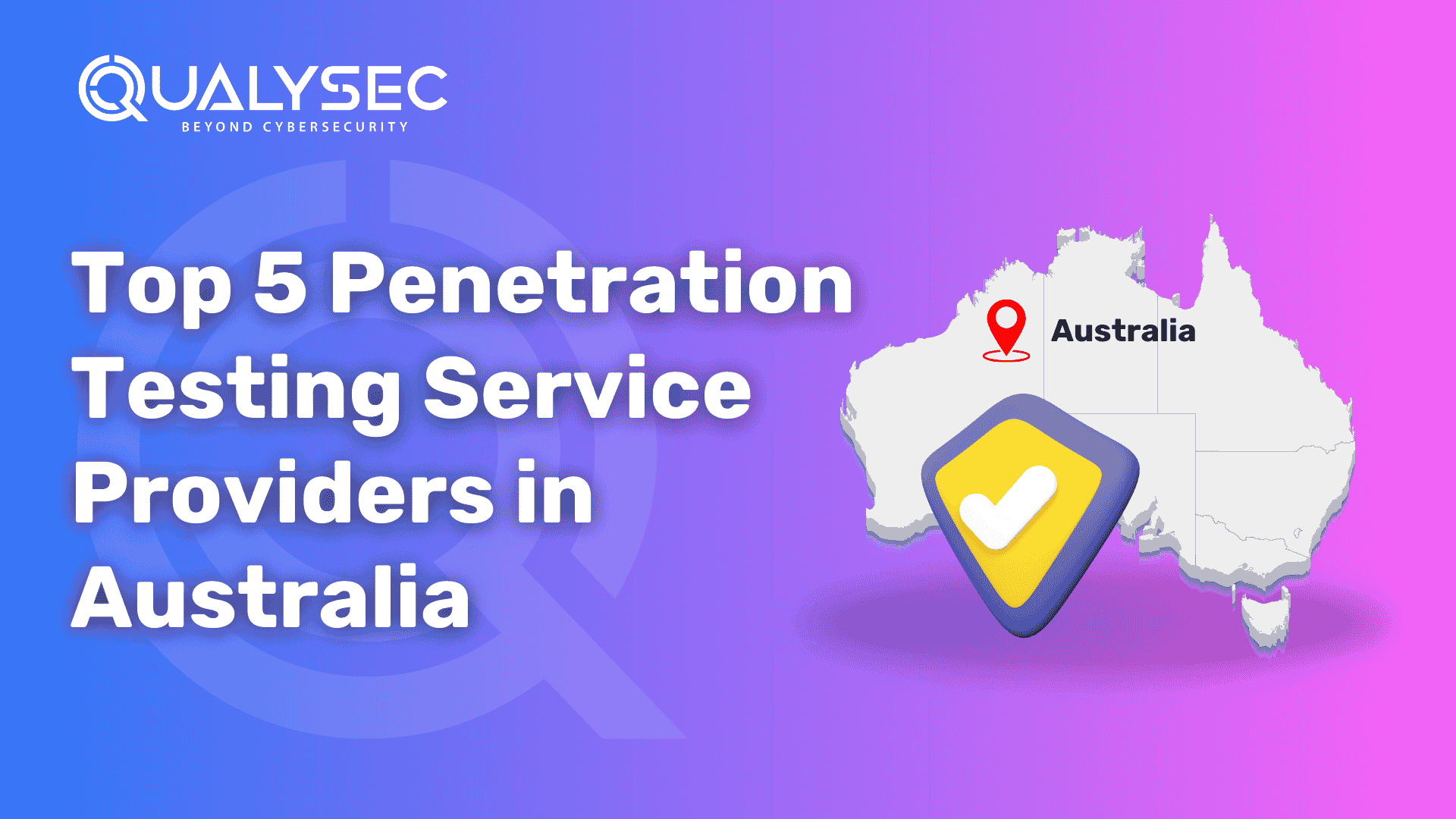
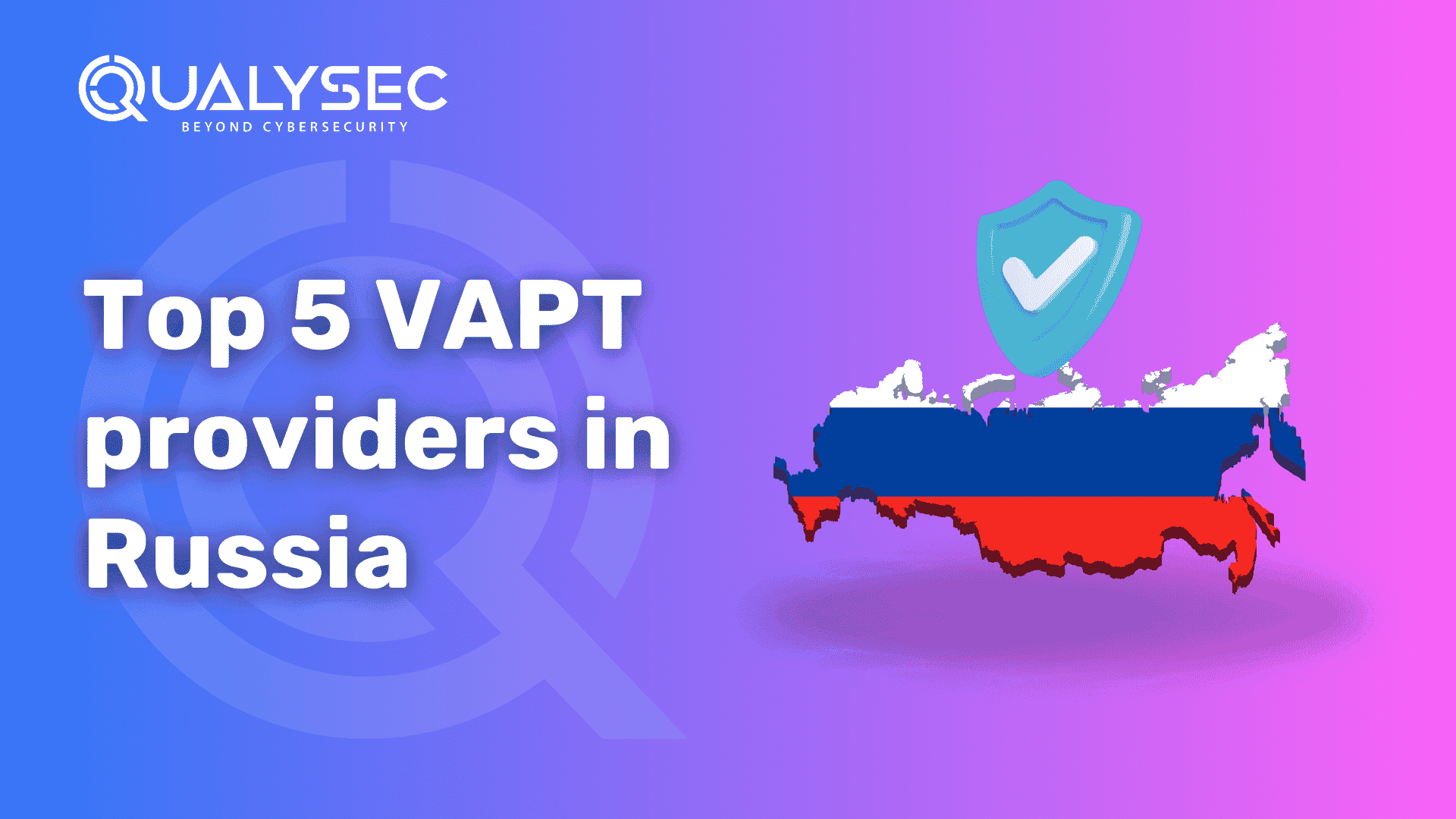
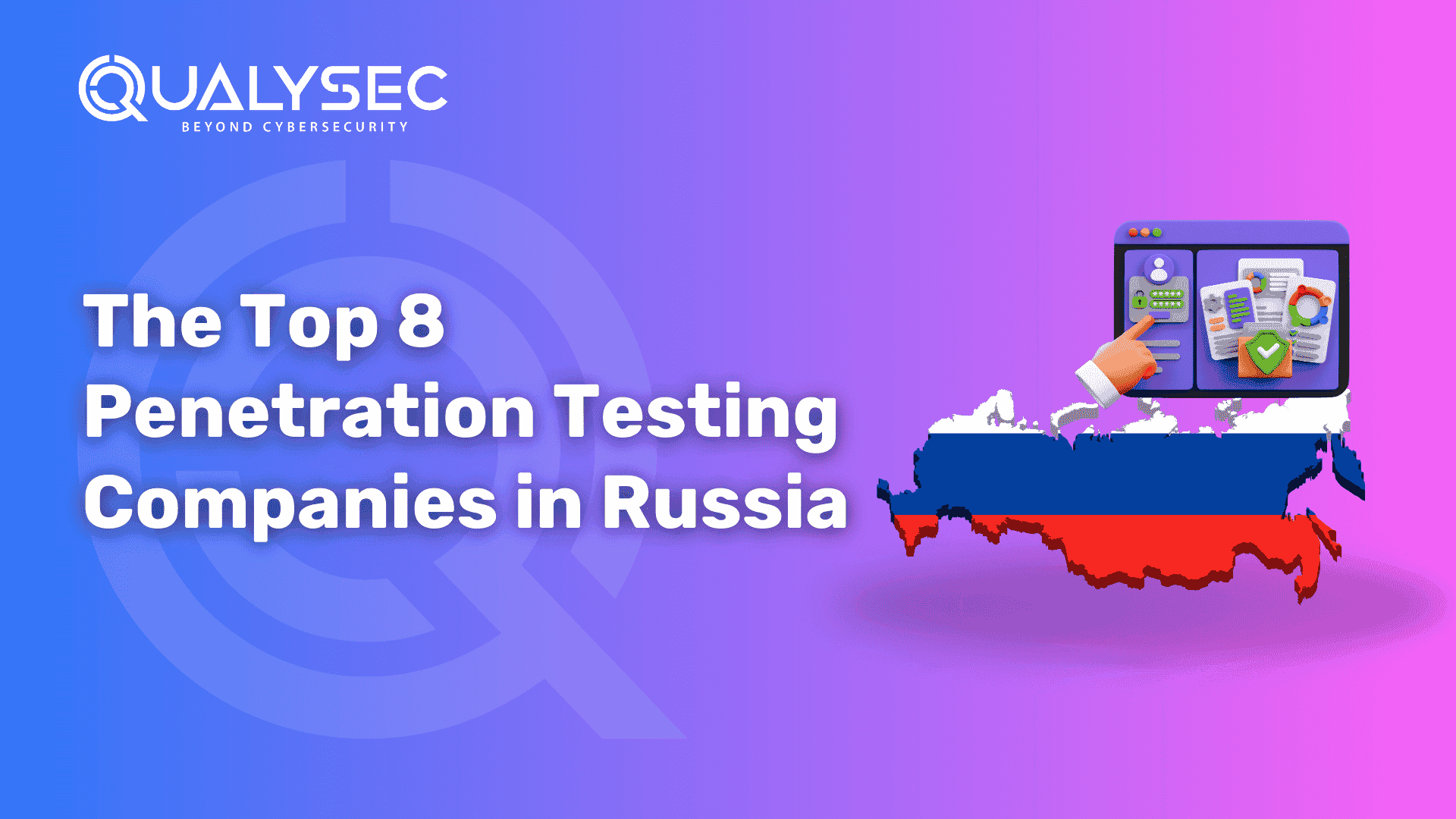
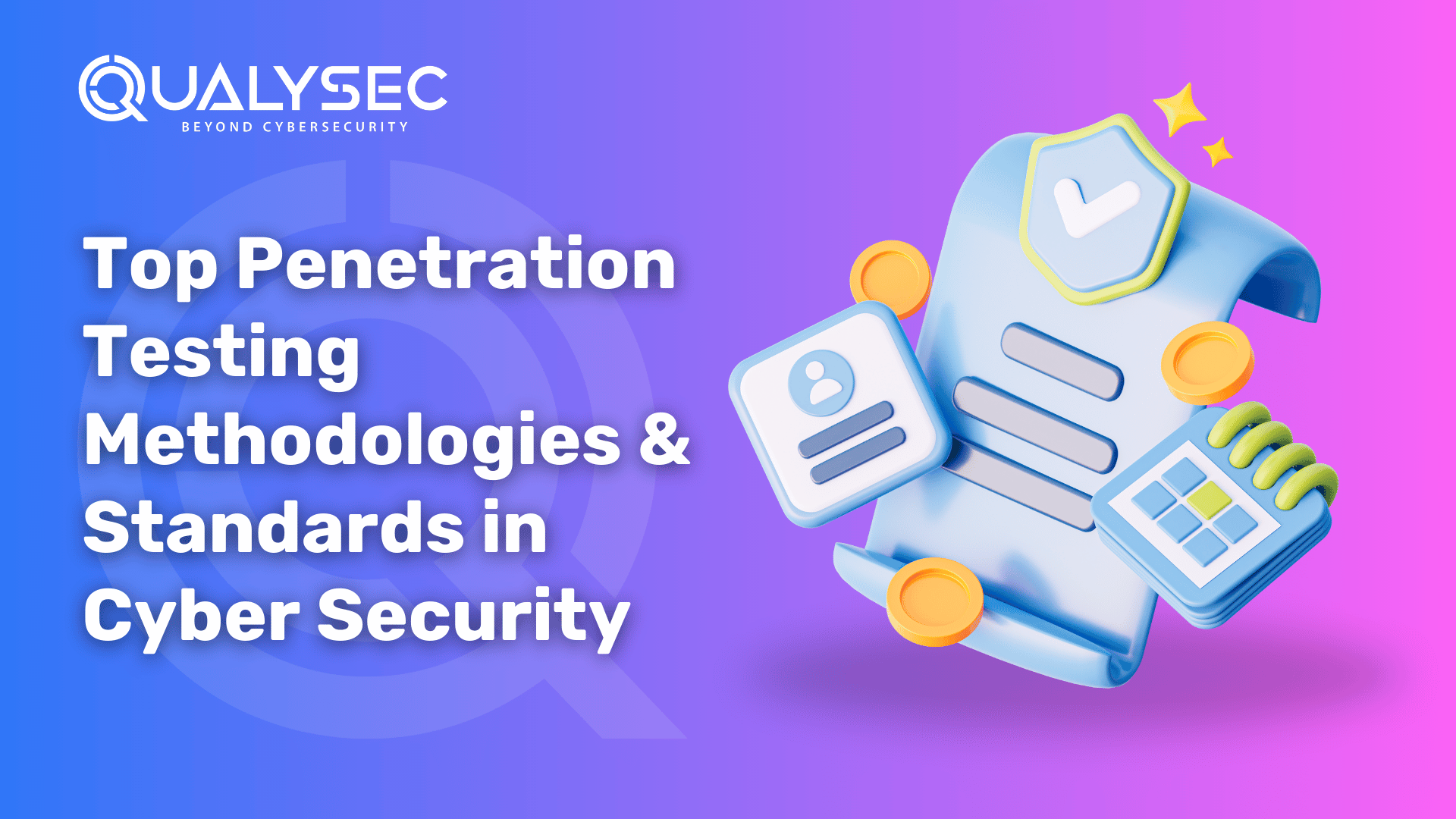

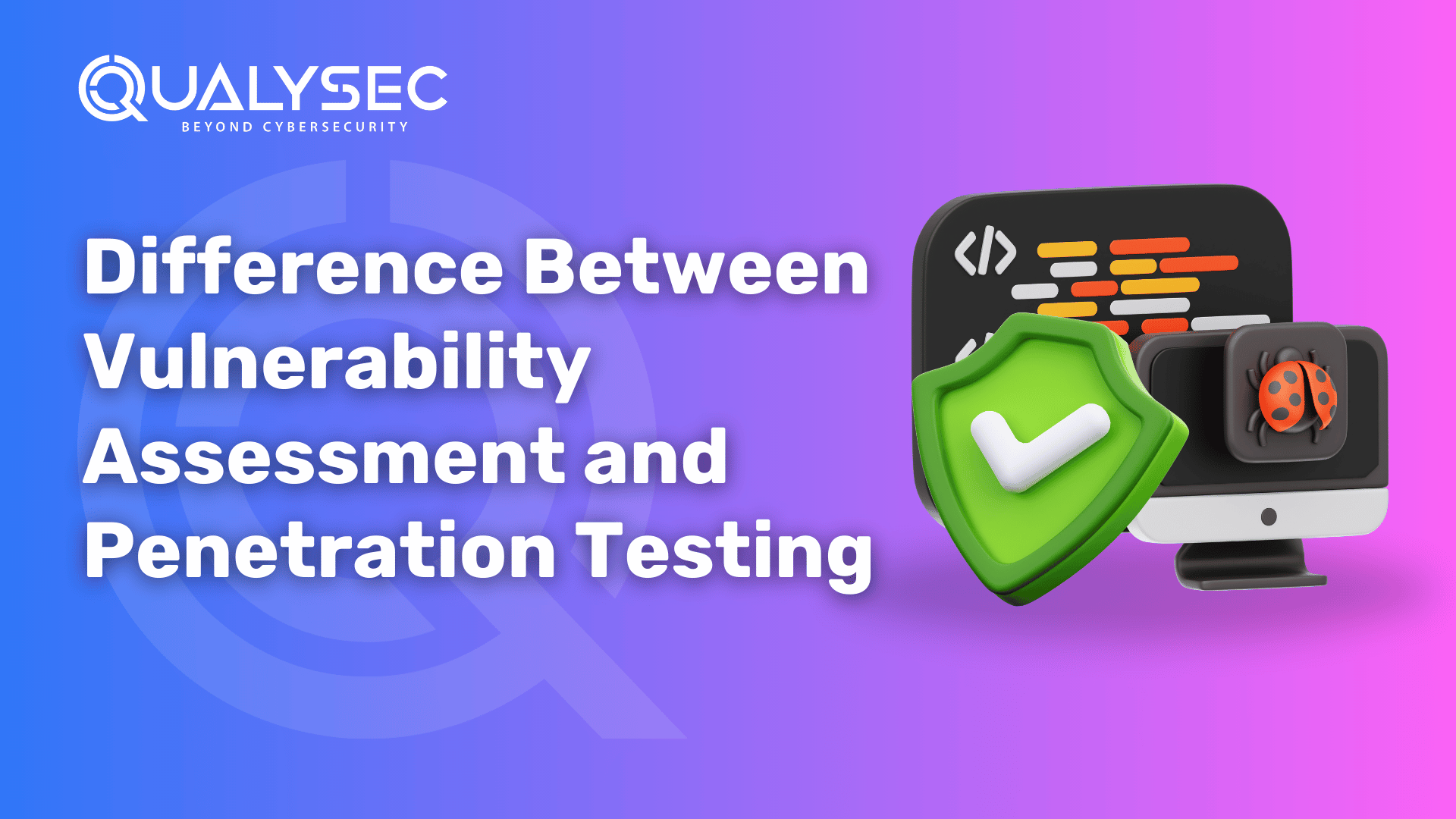
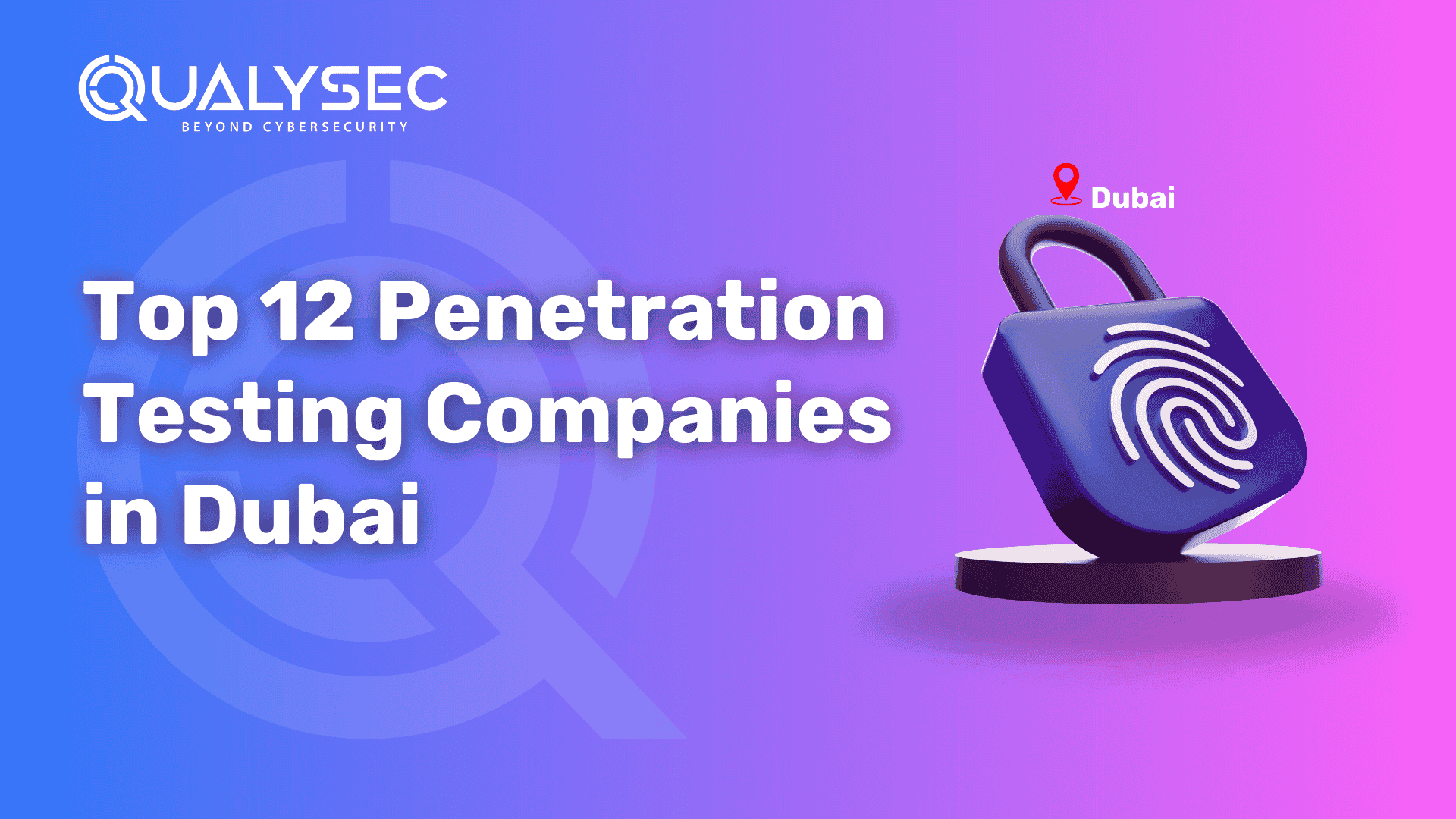


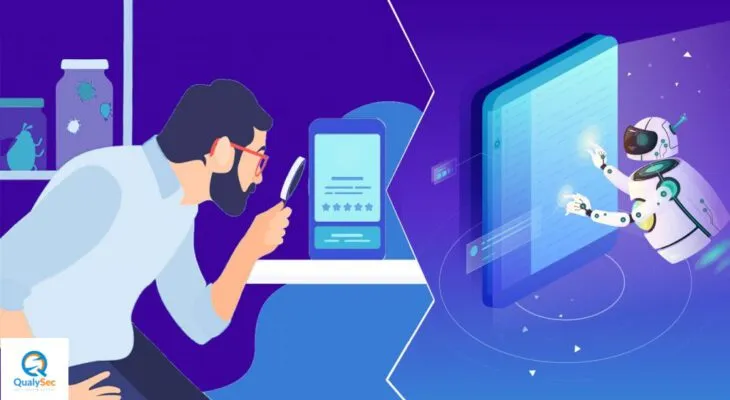



0 Comments